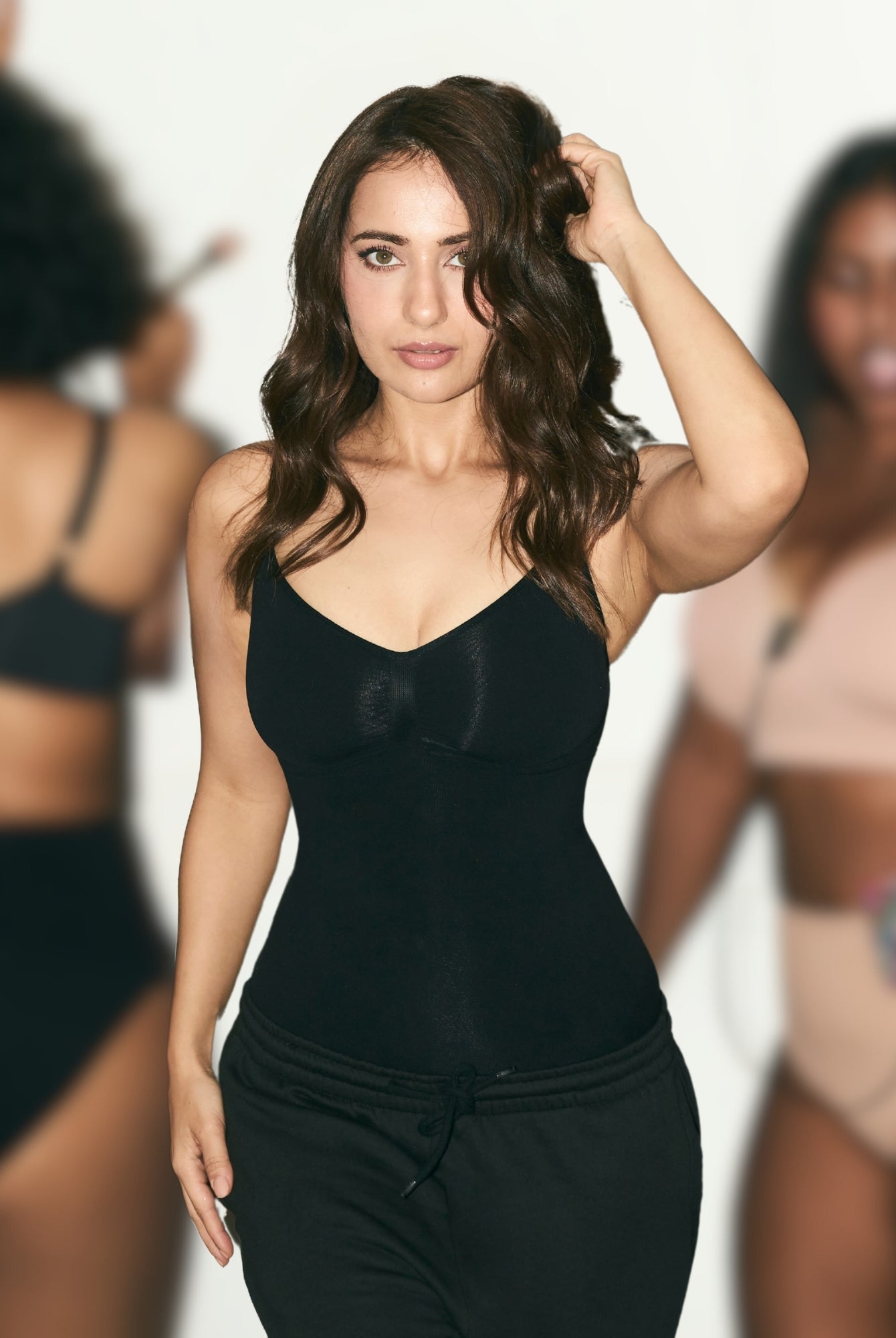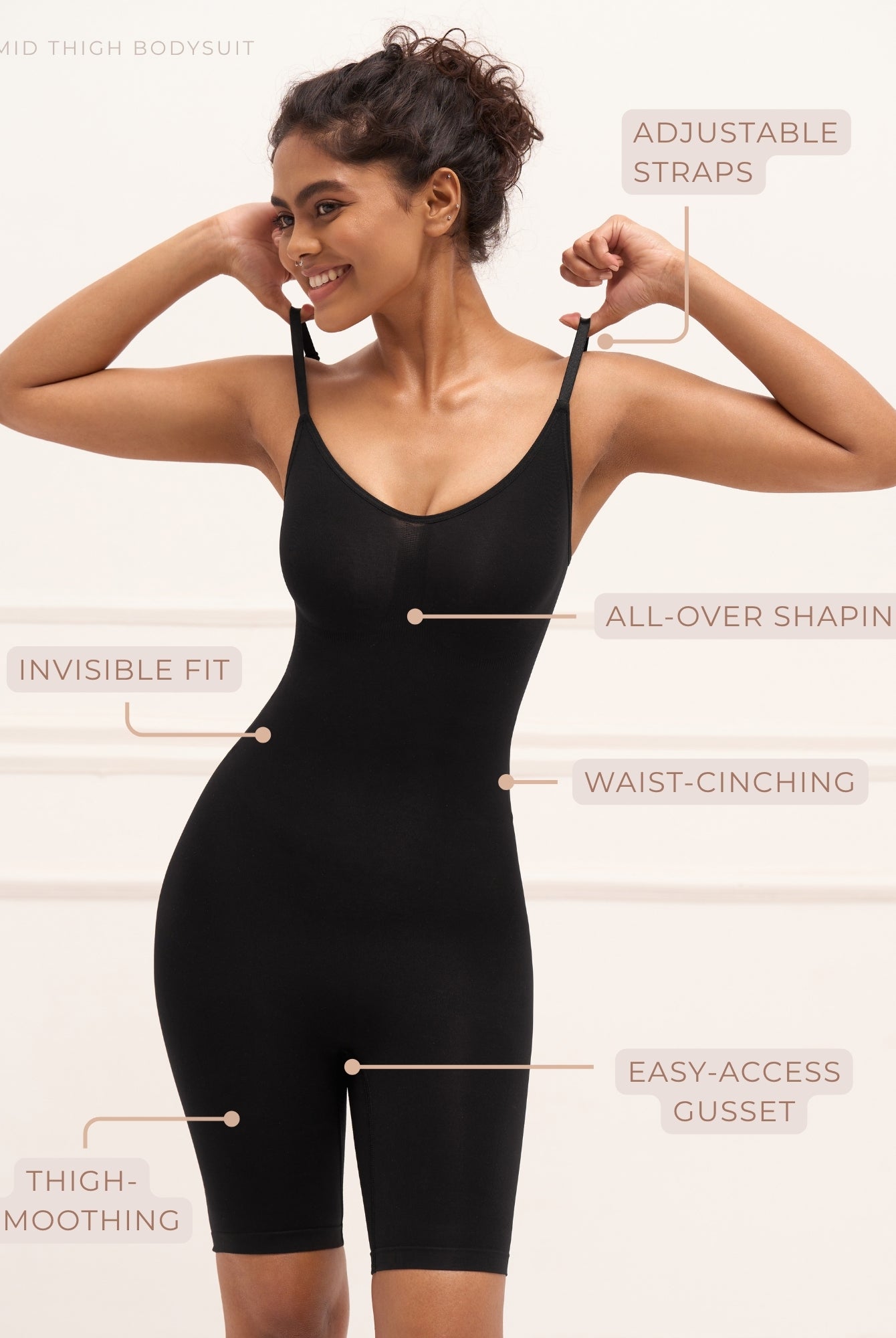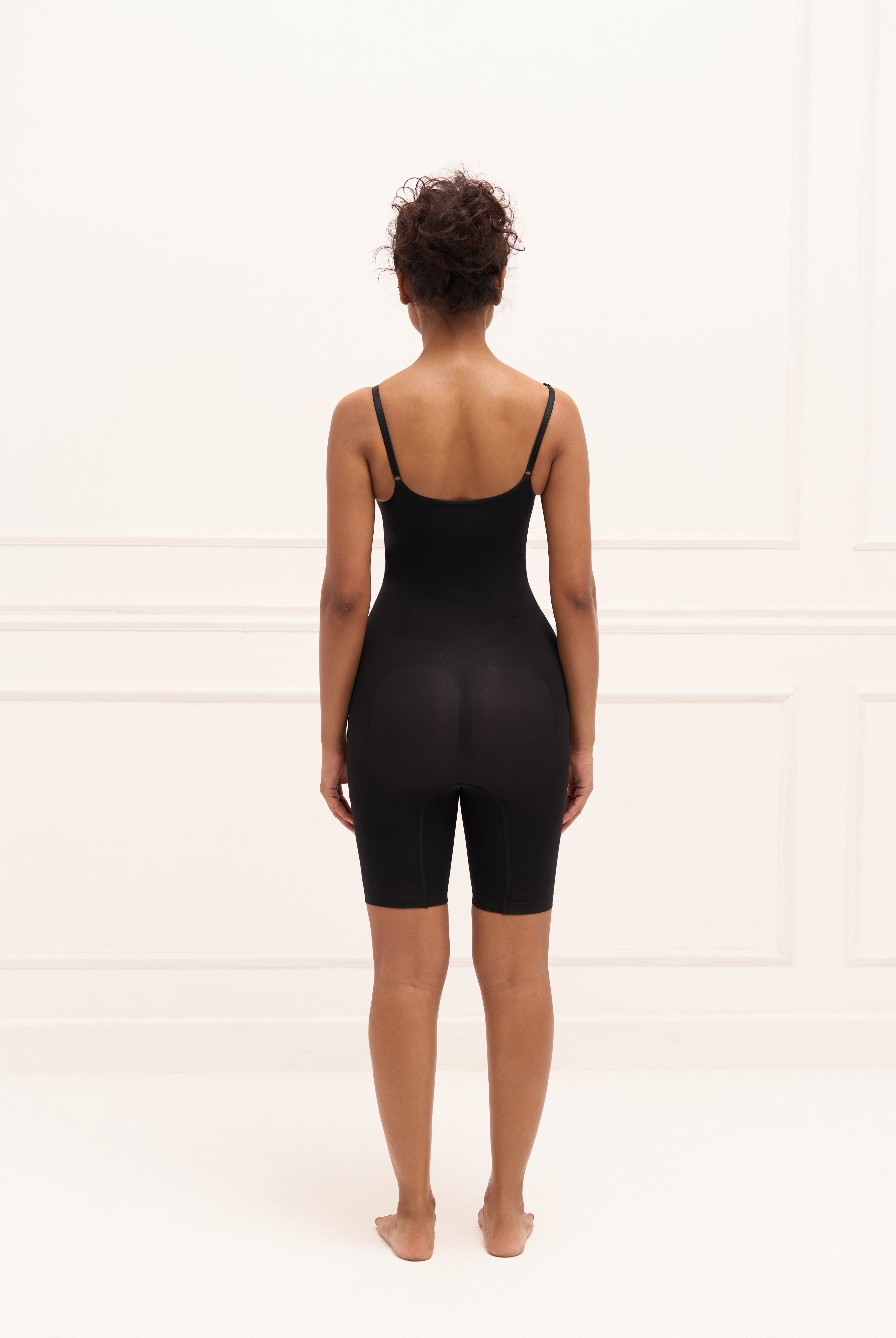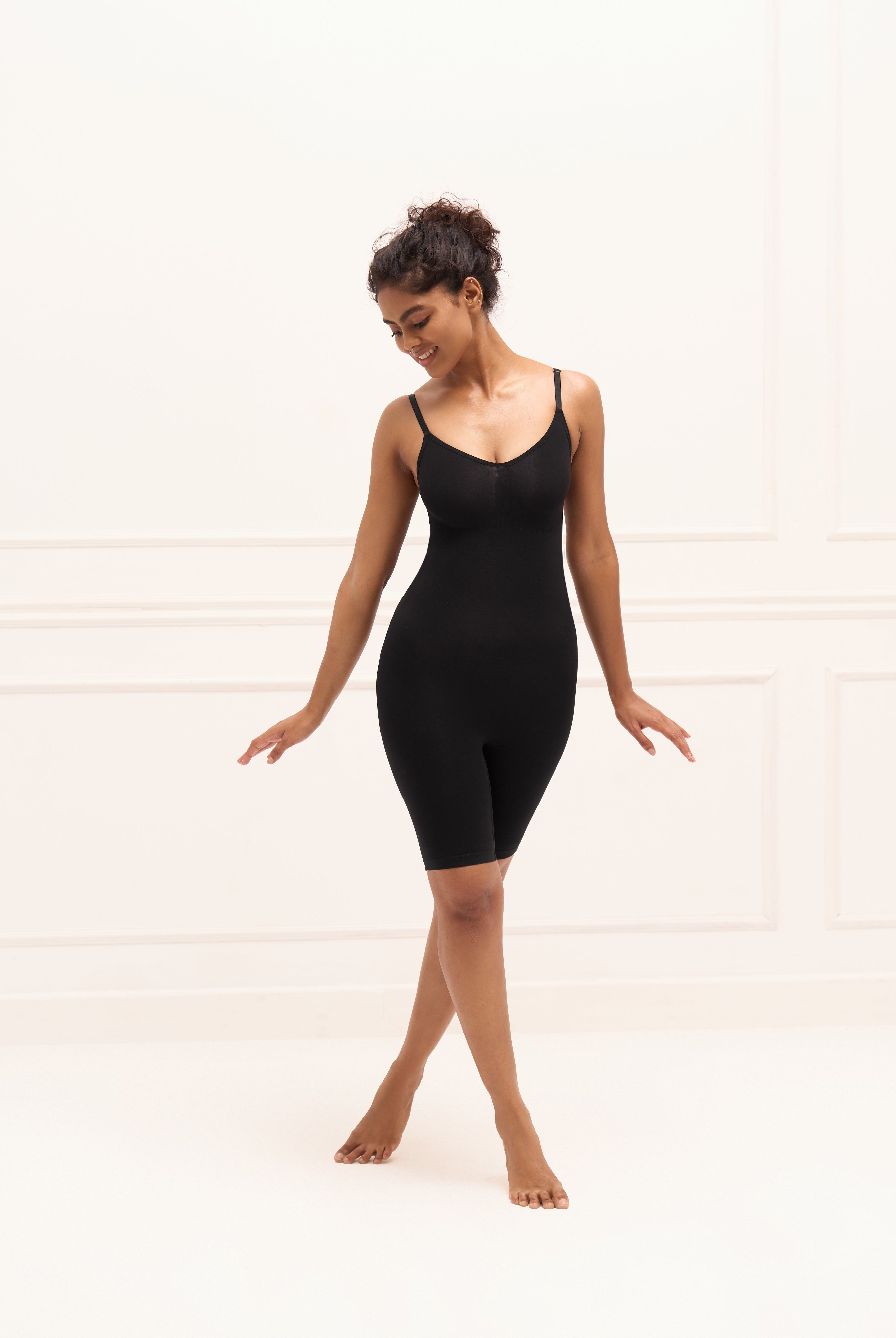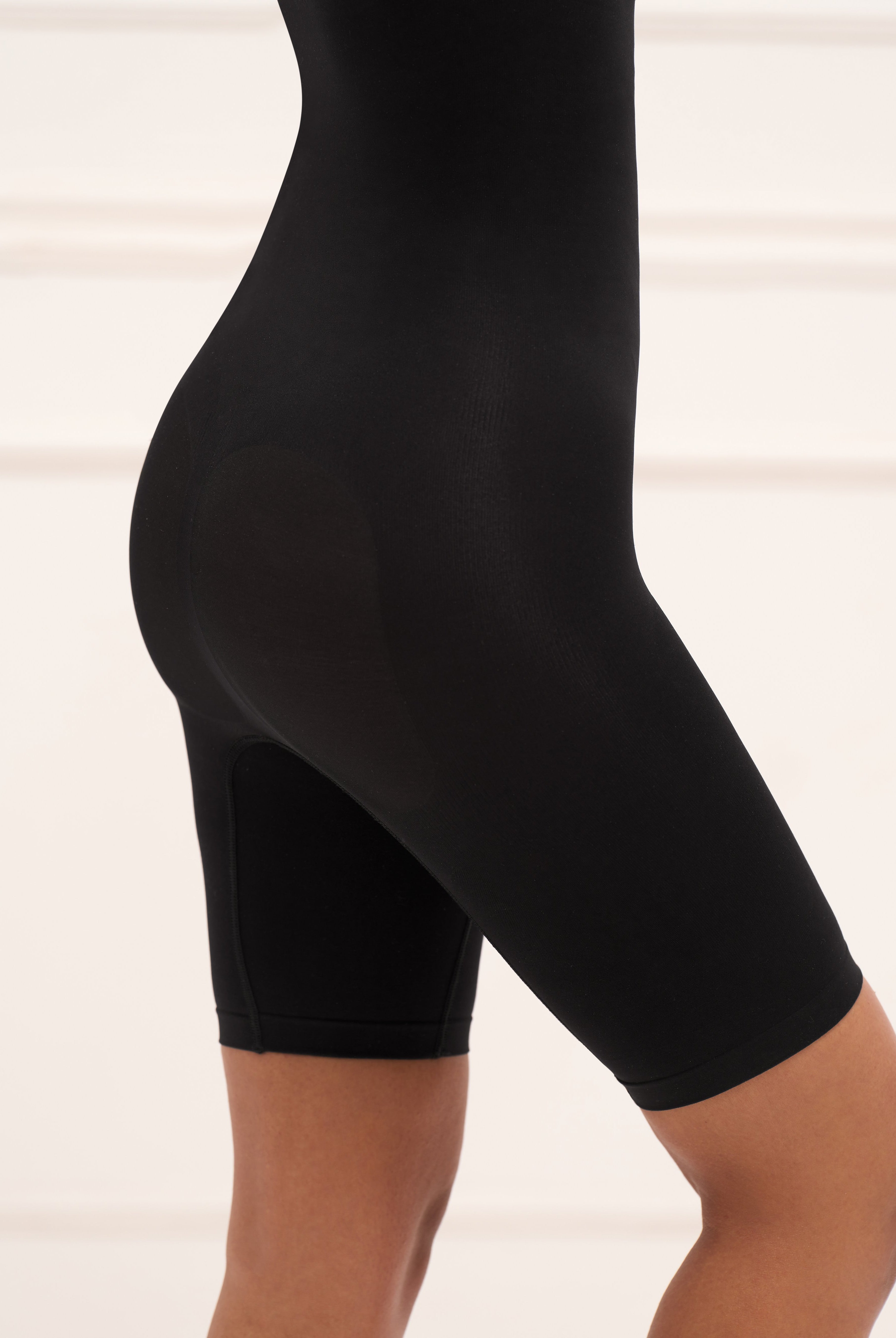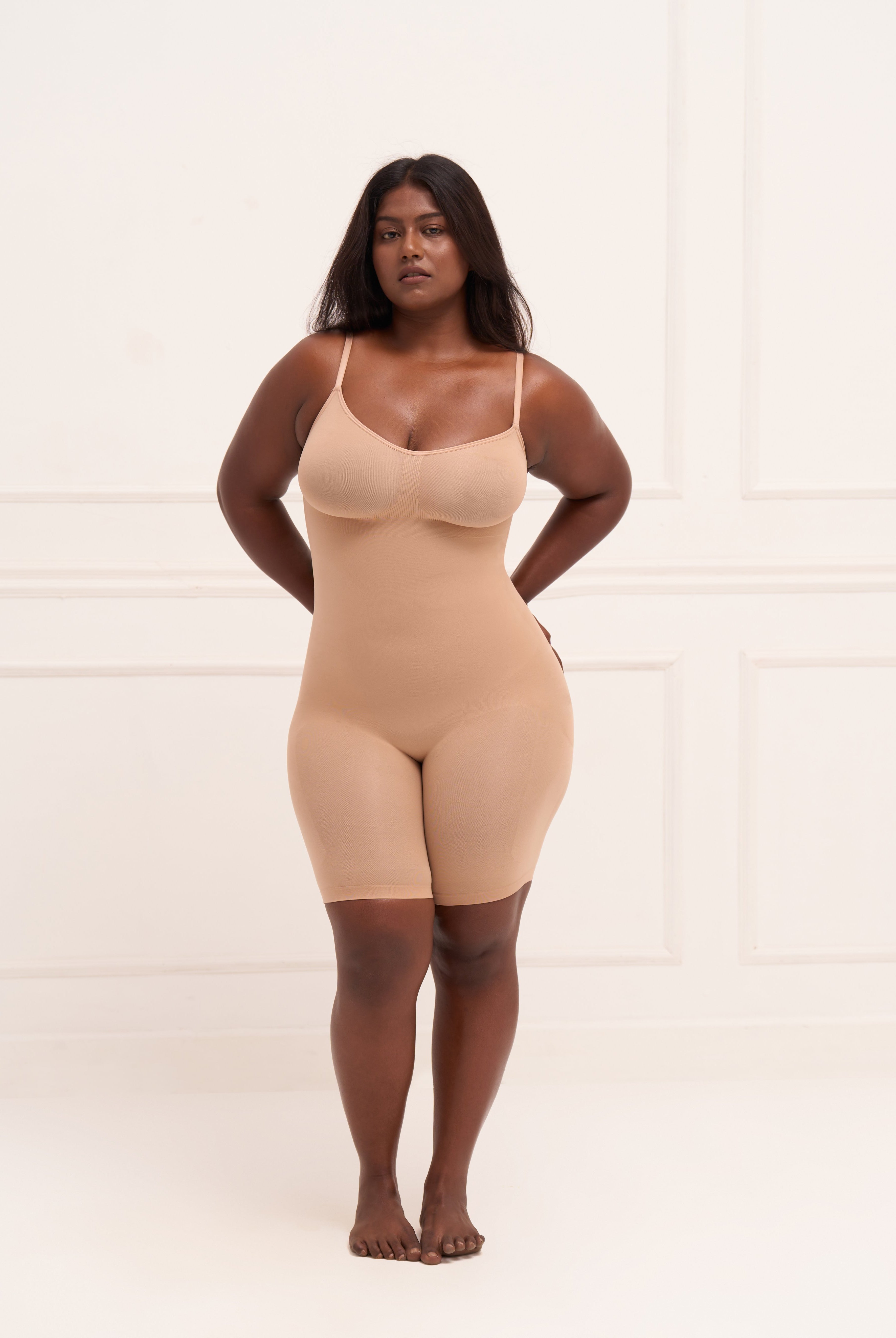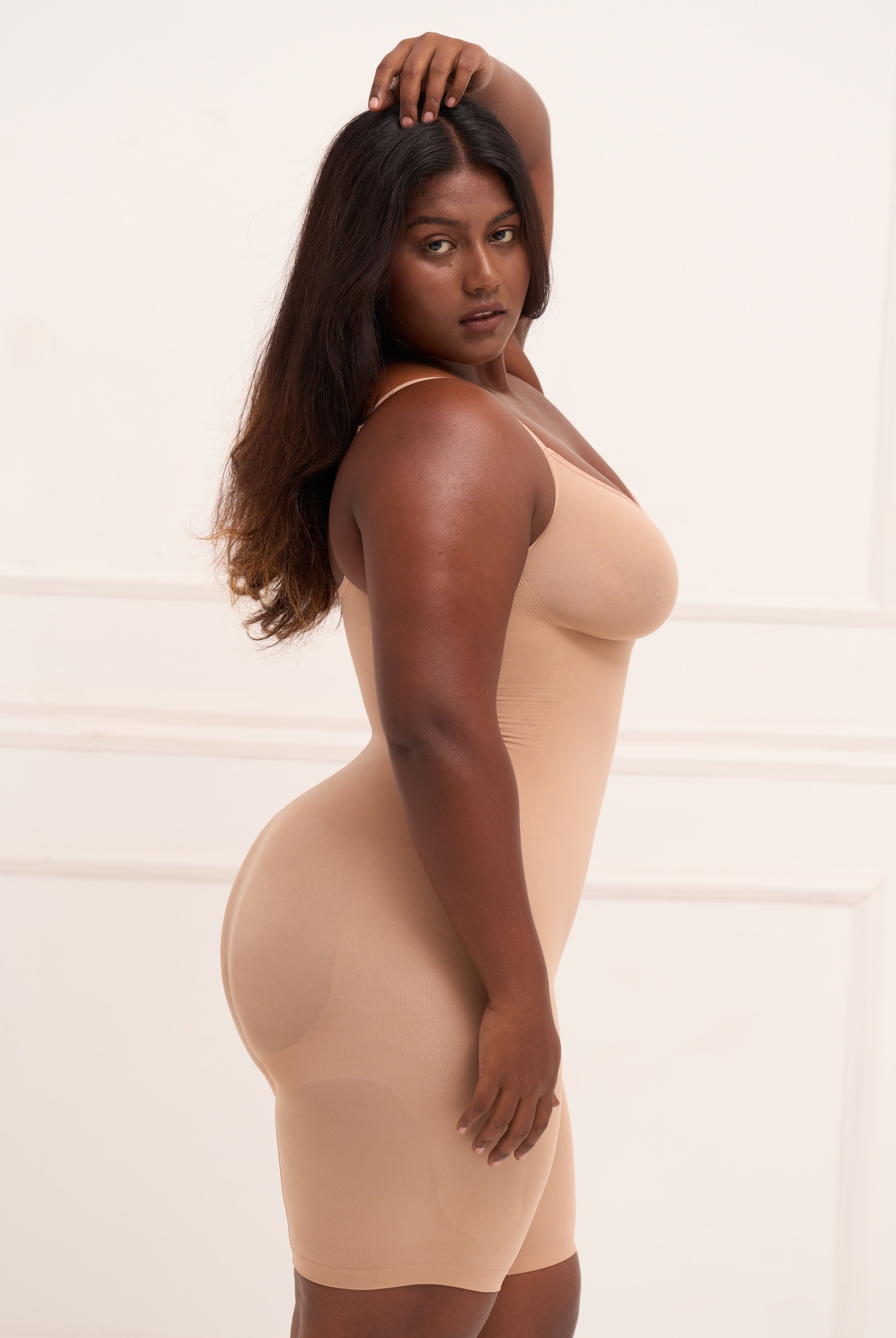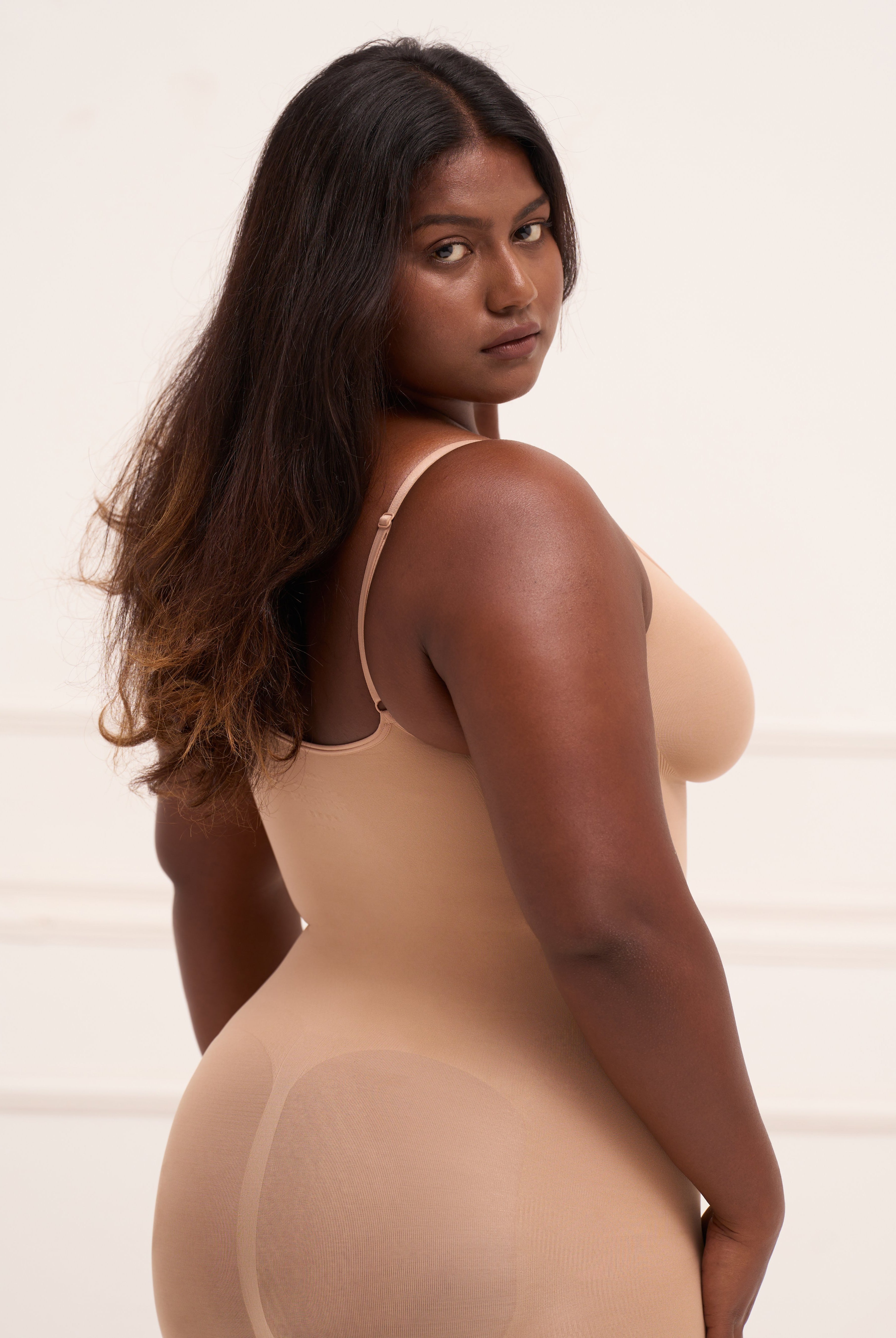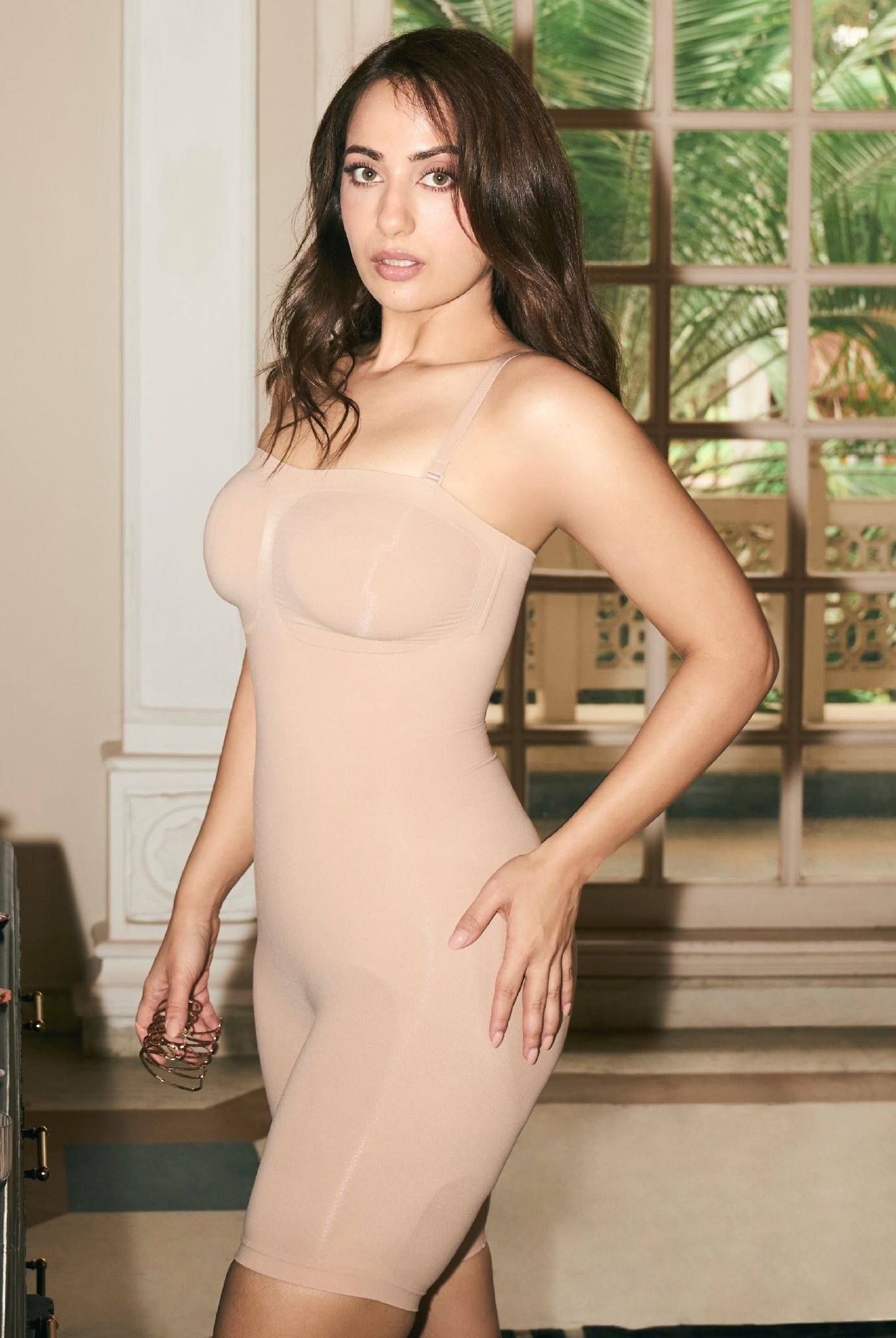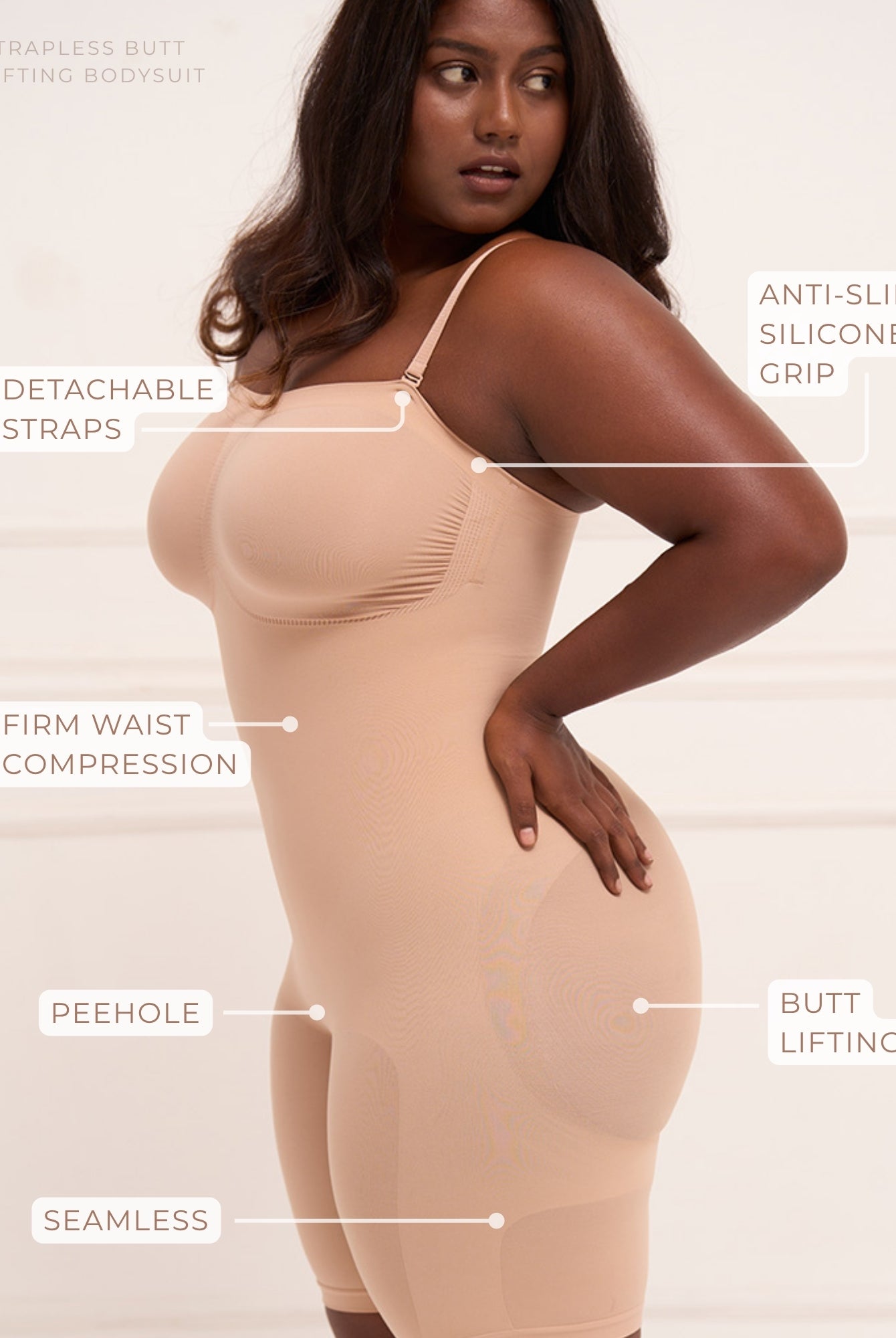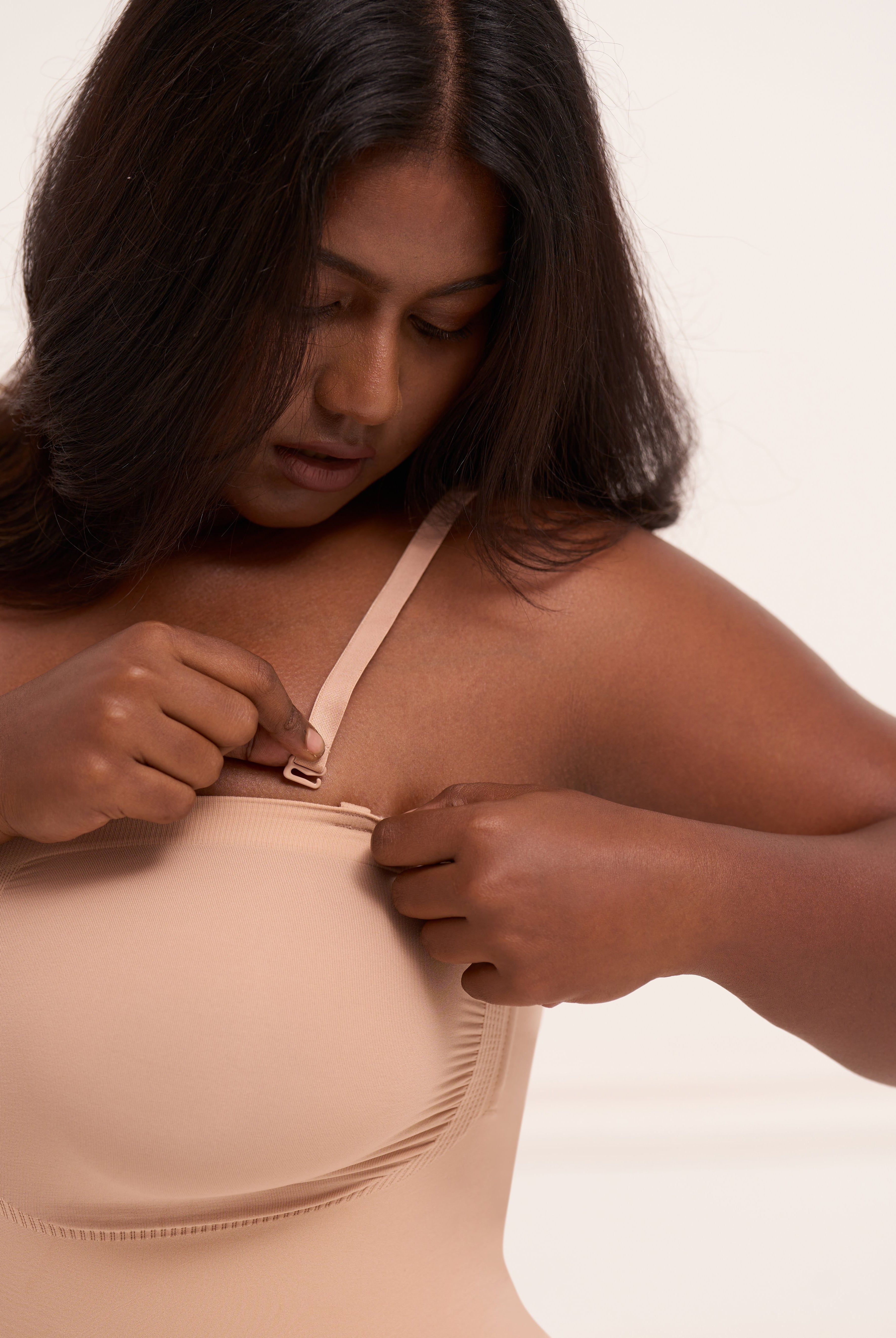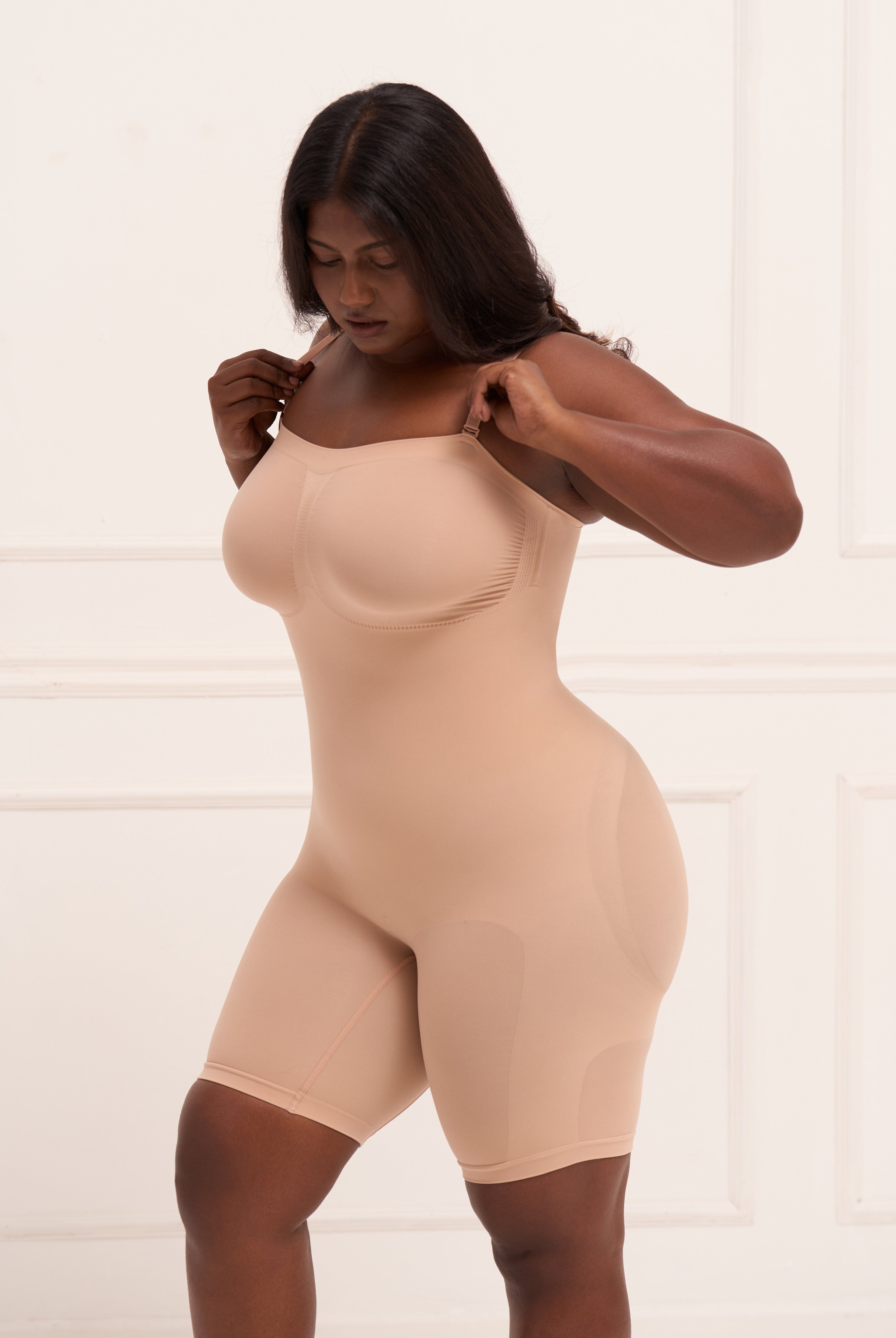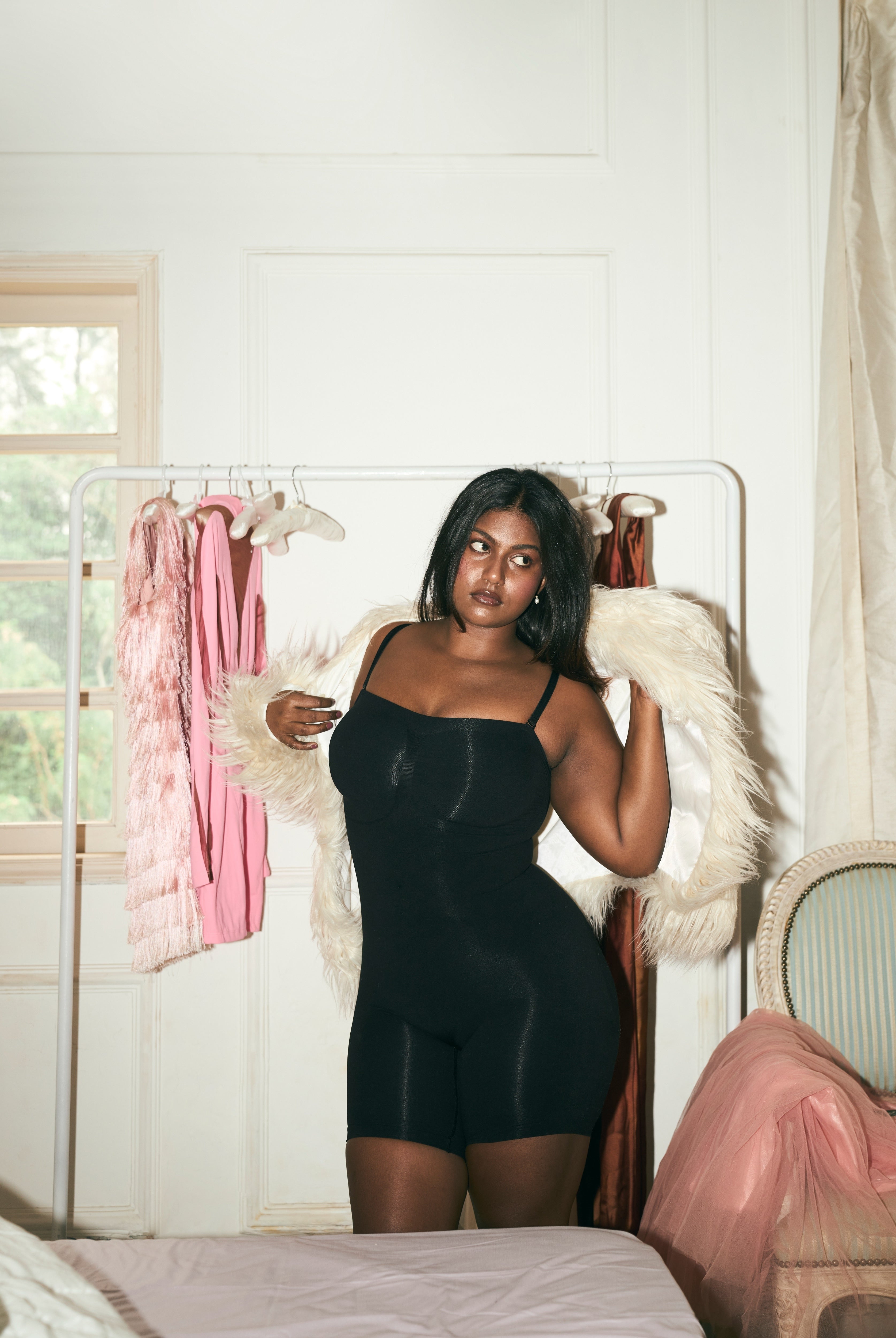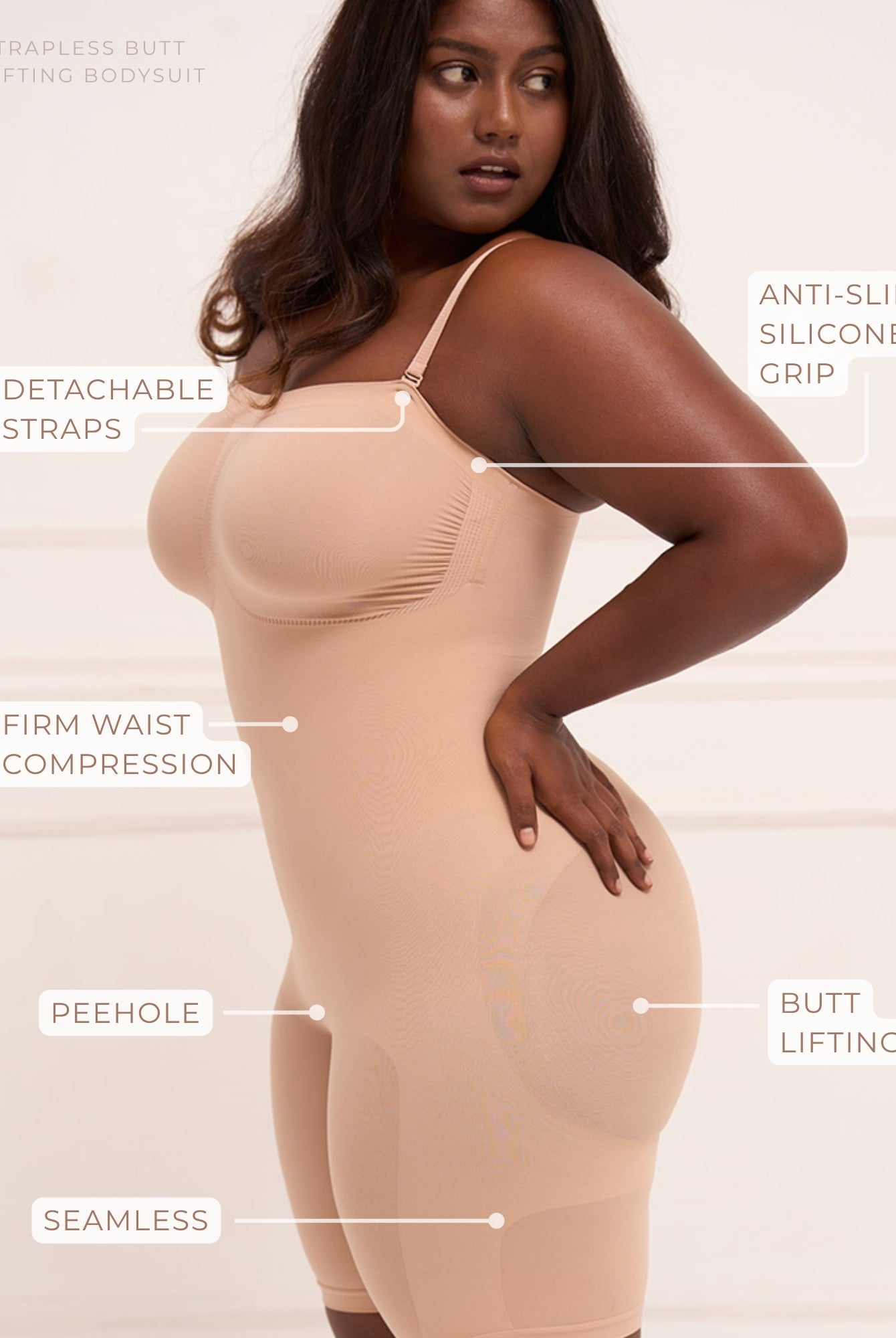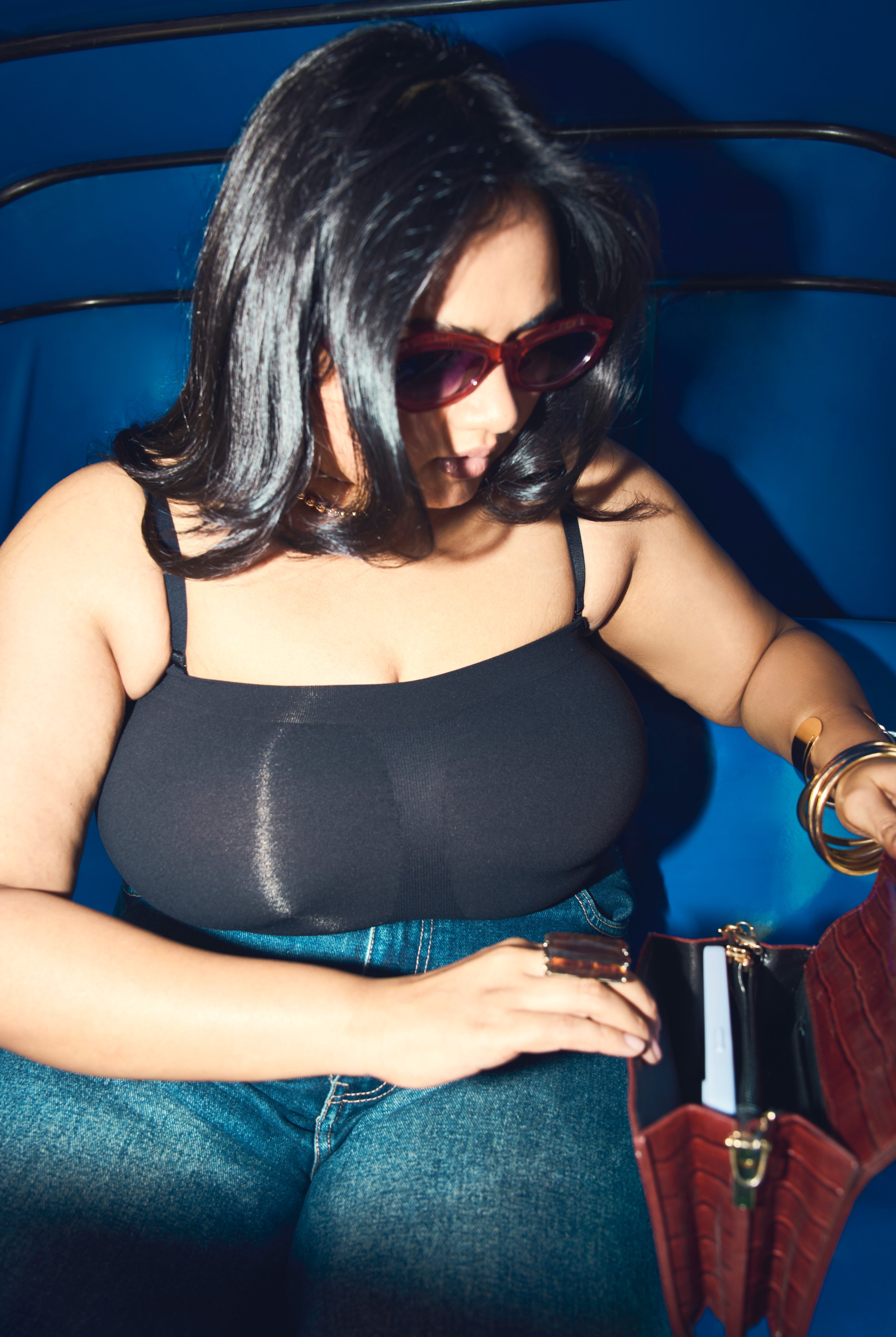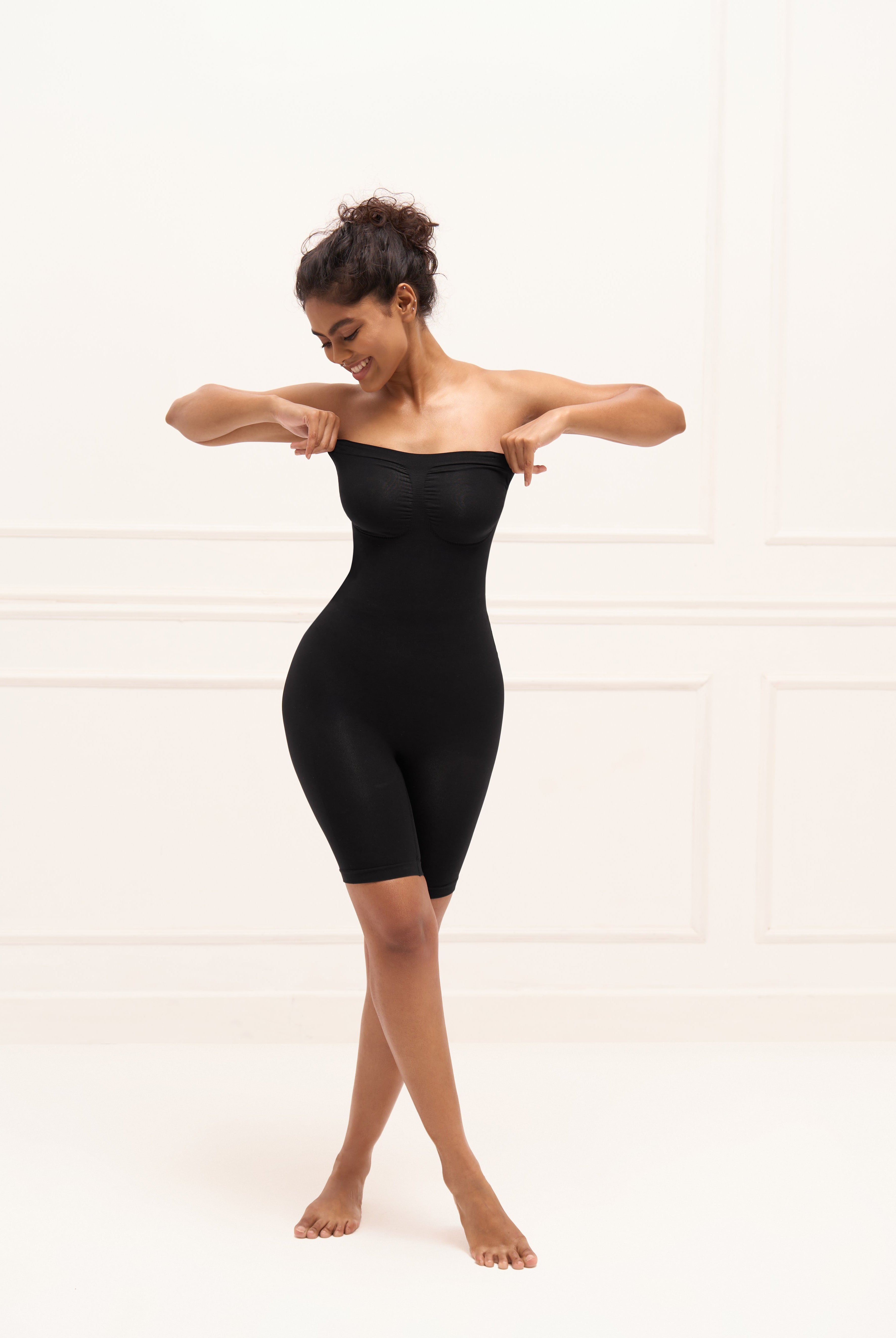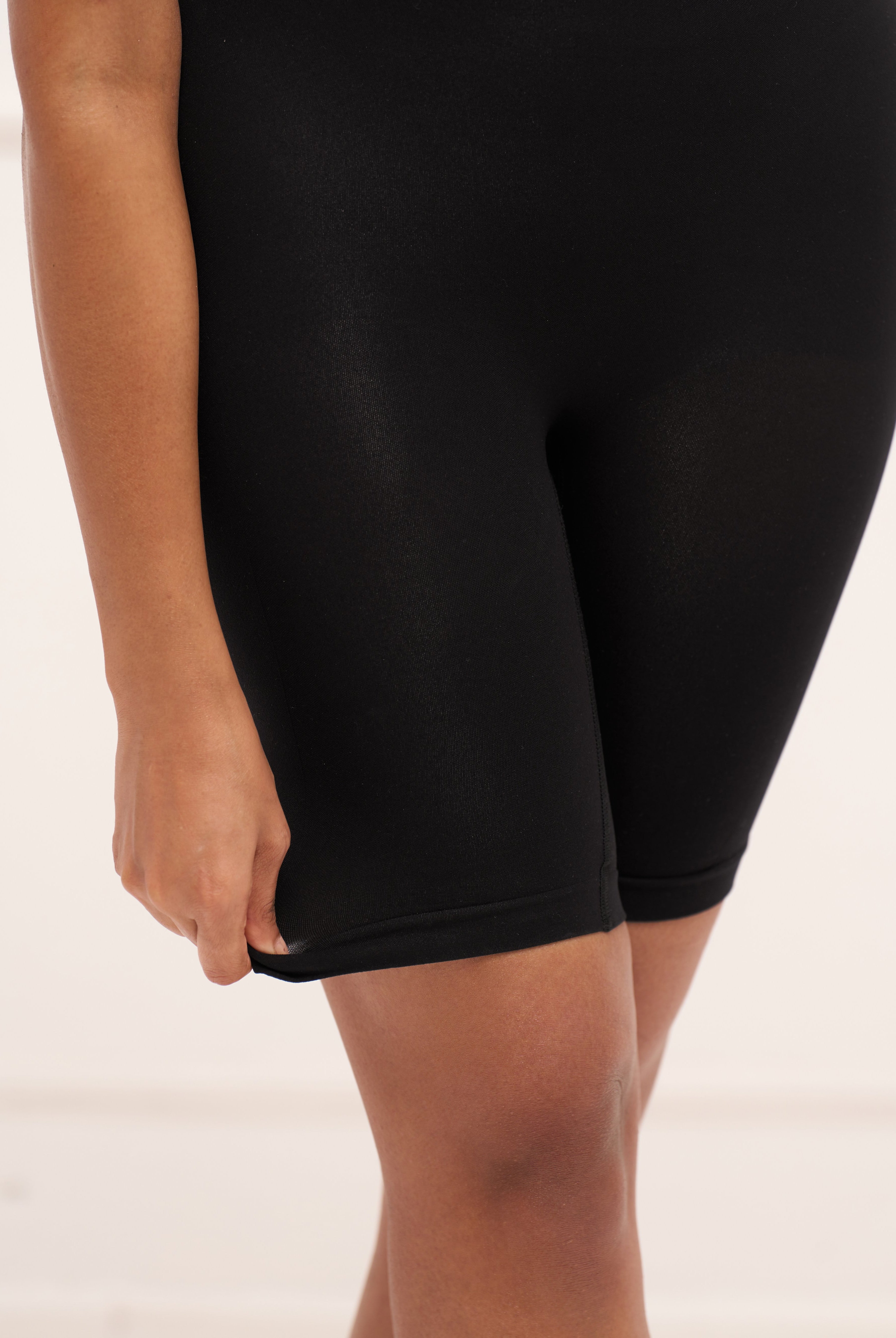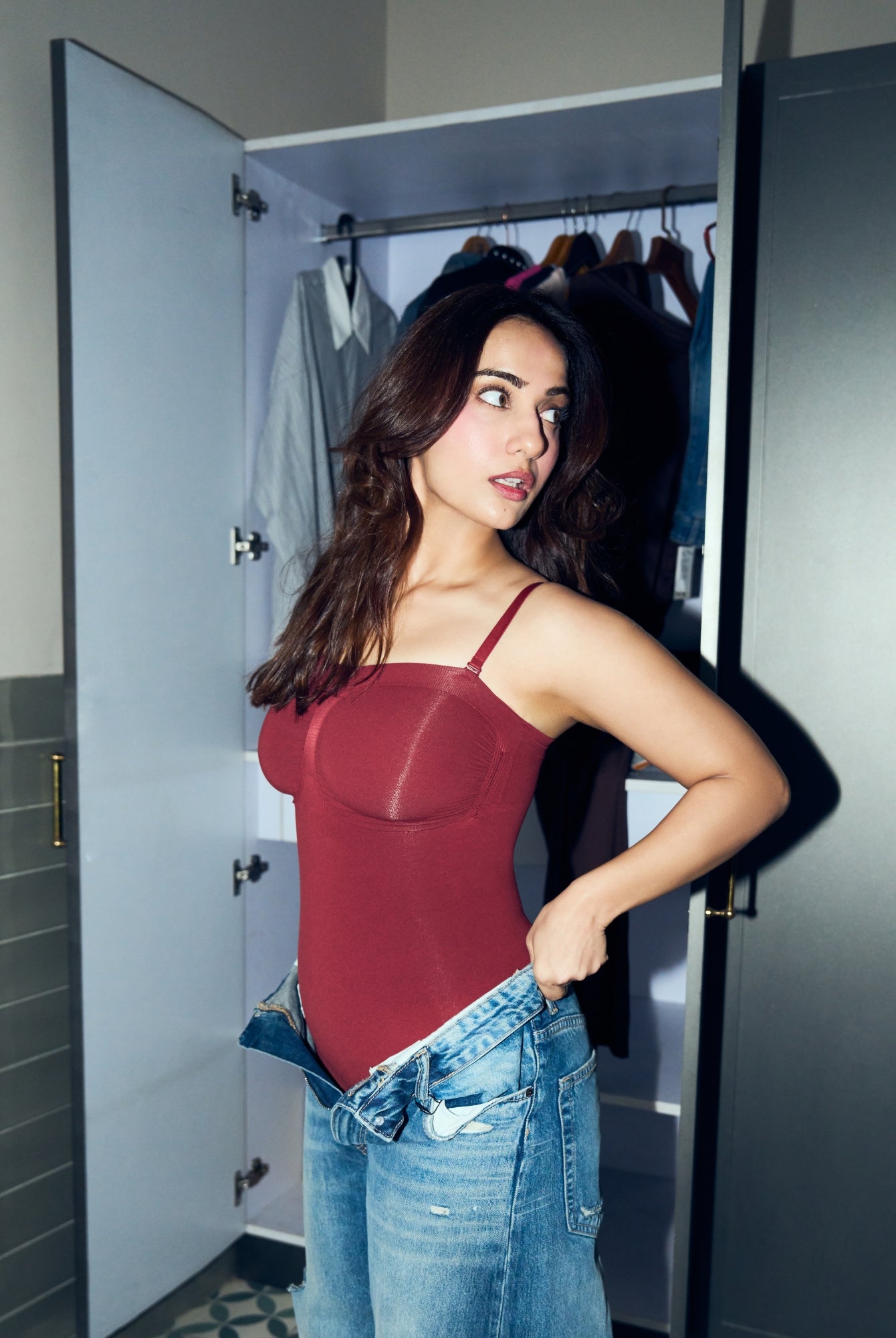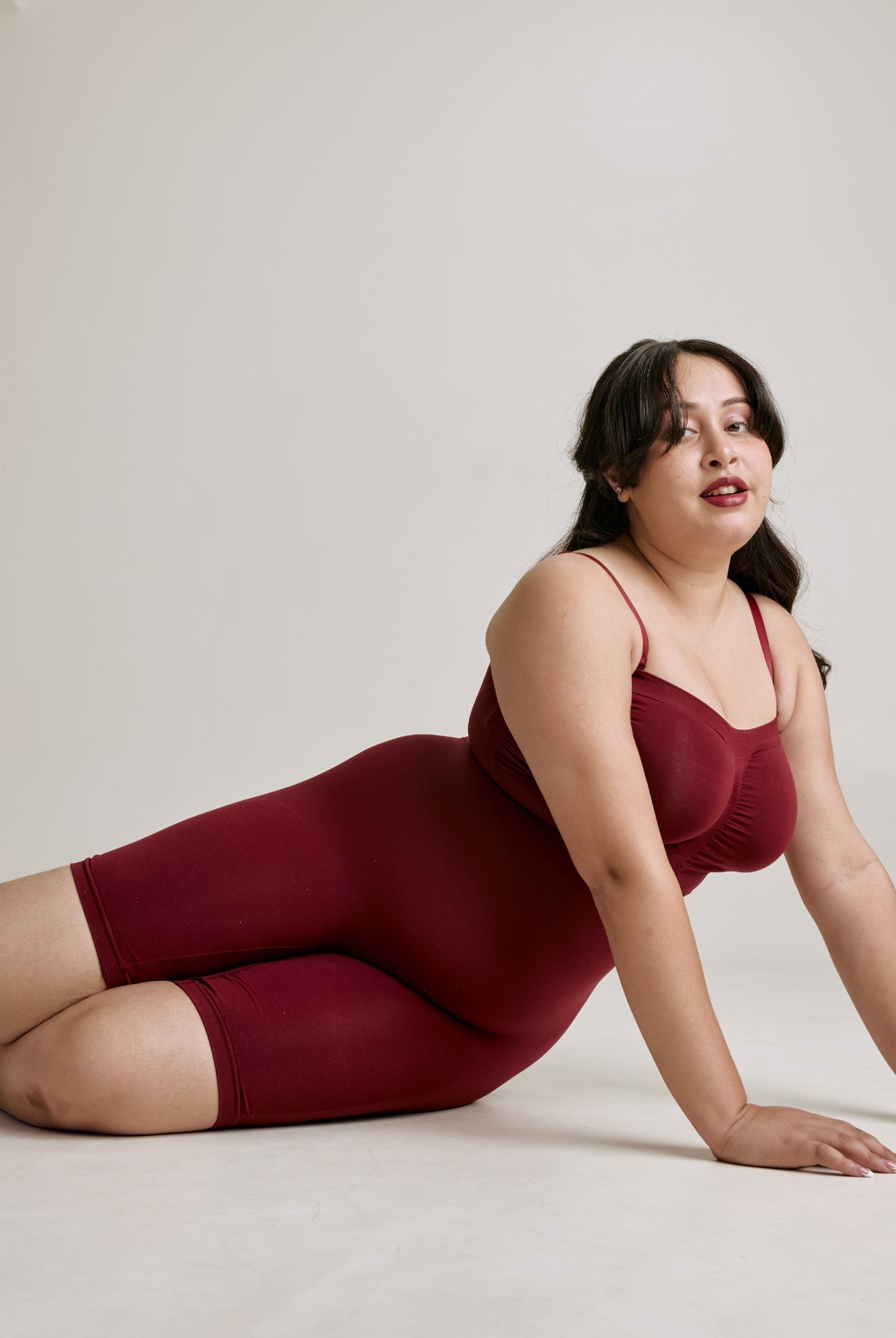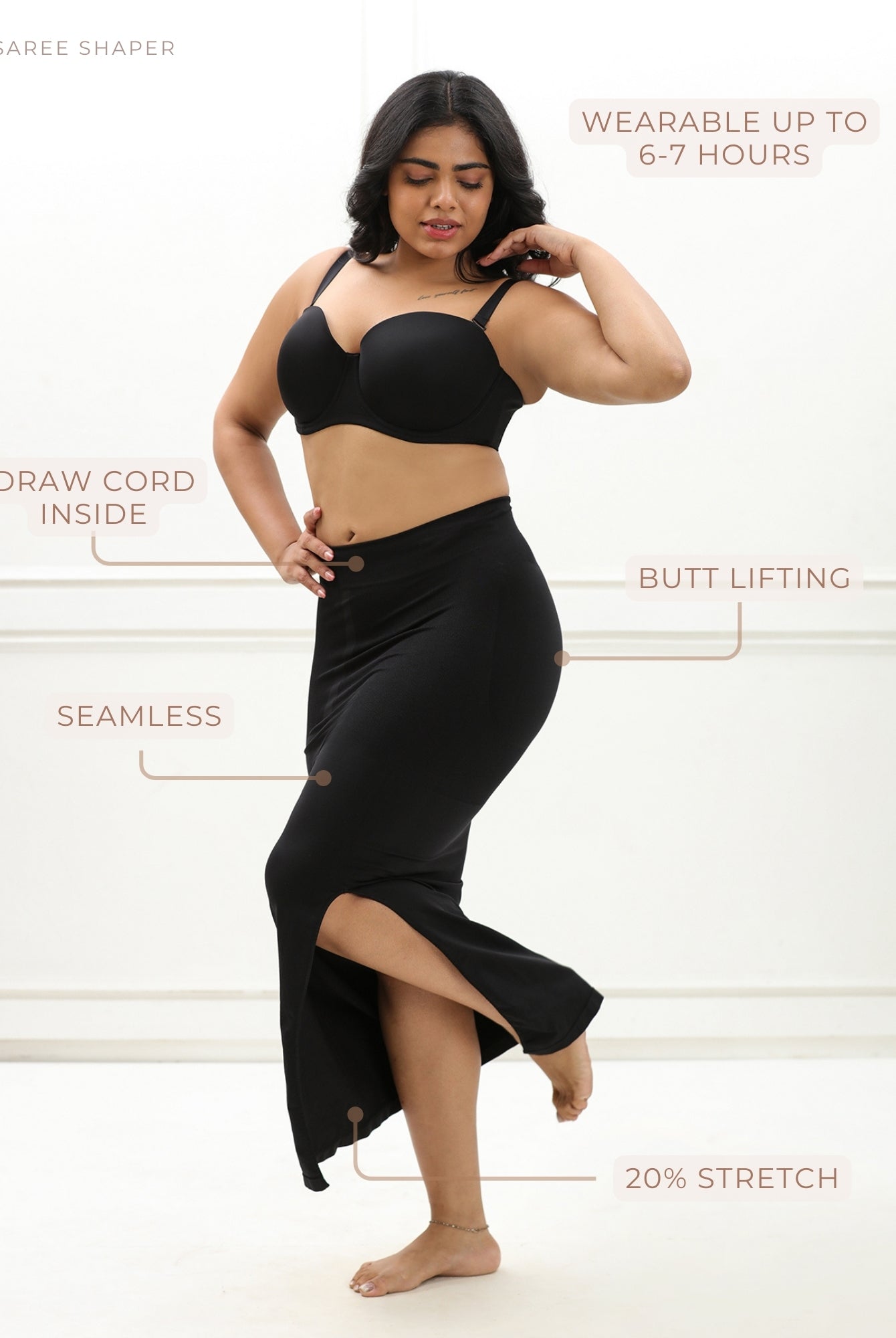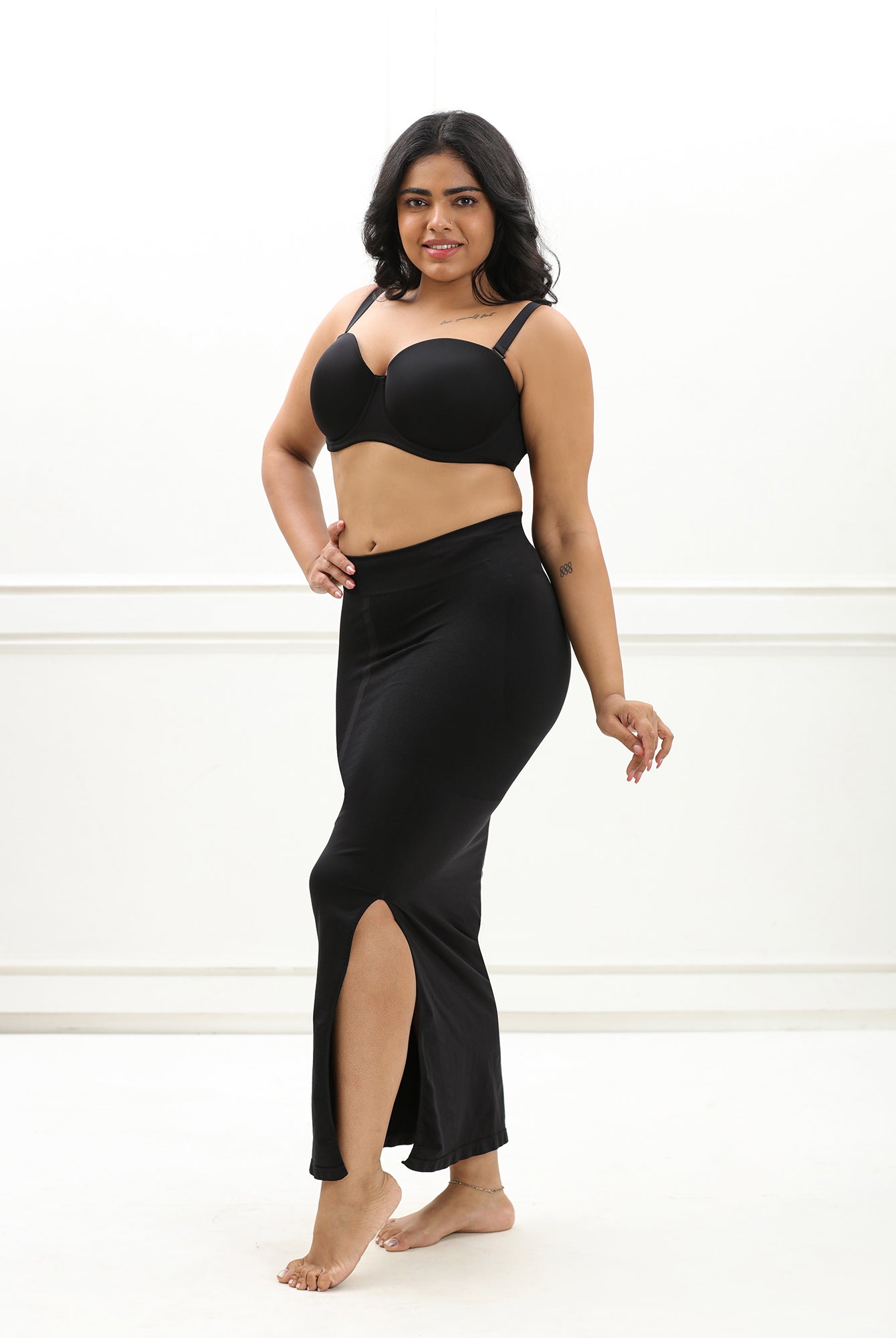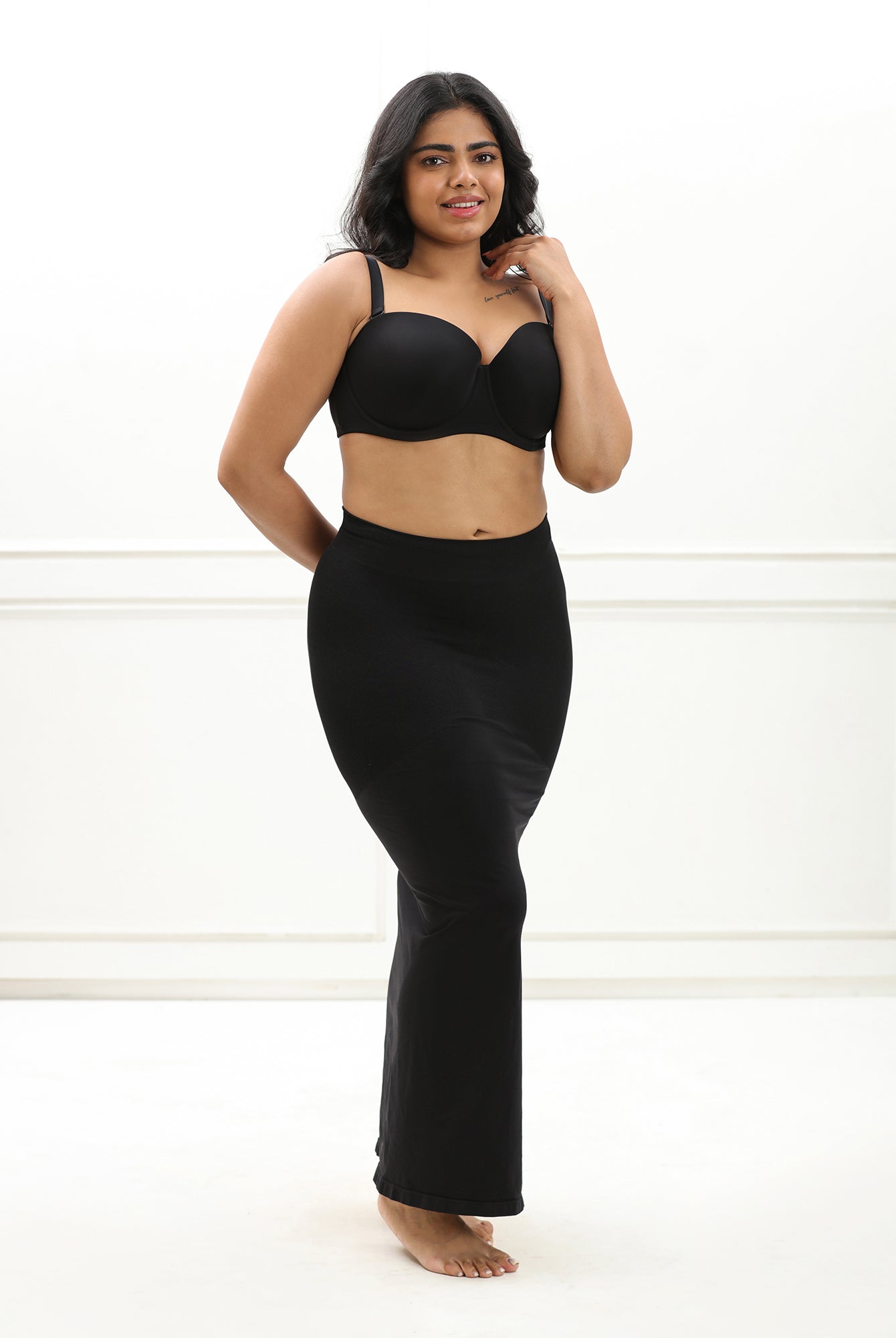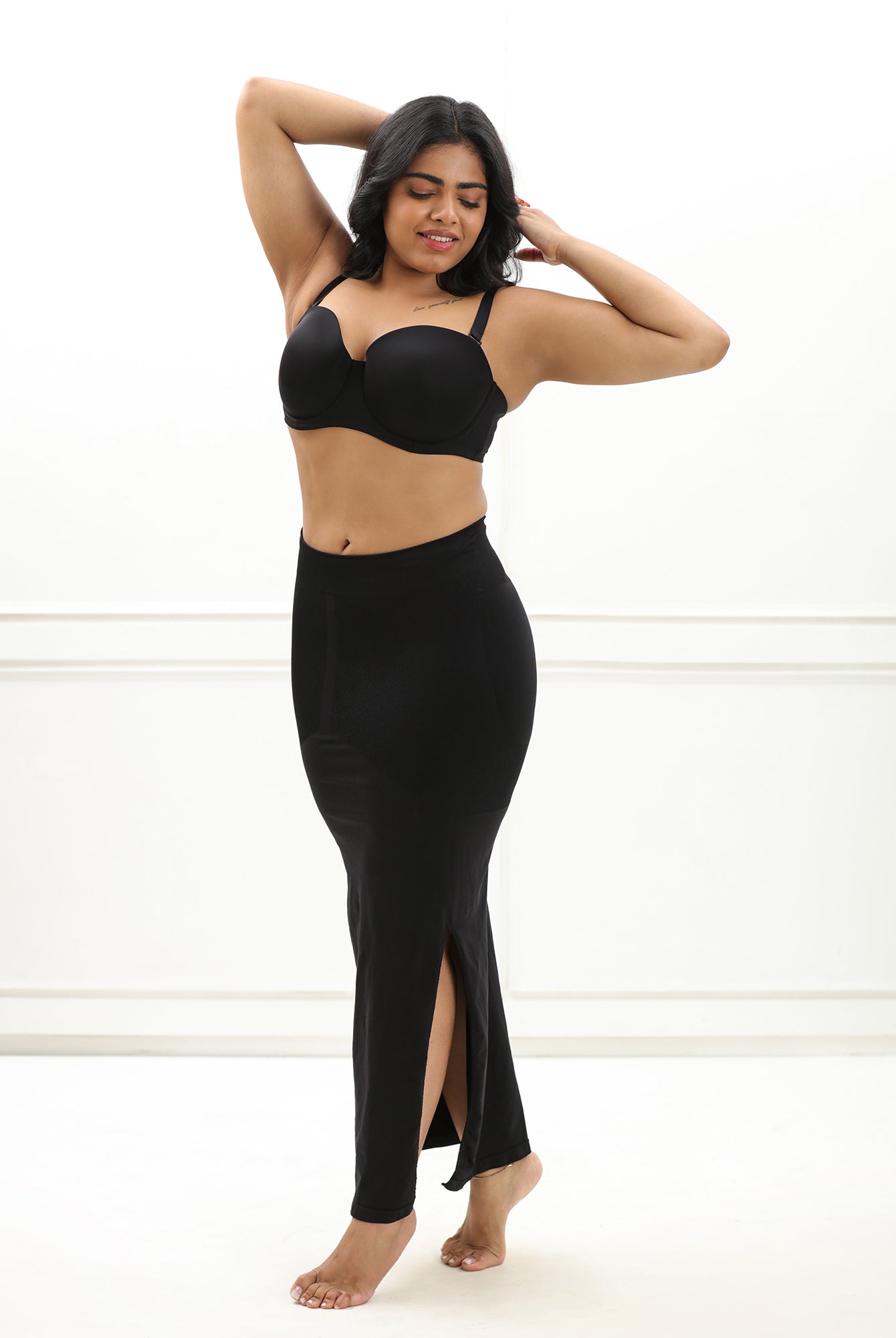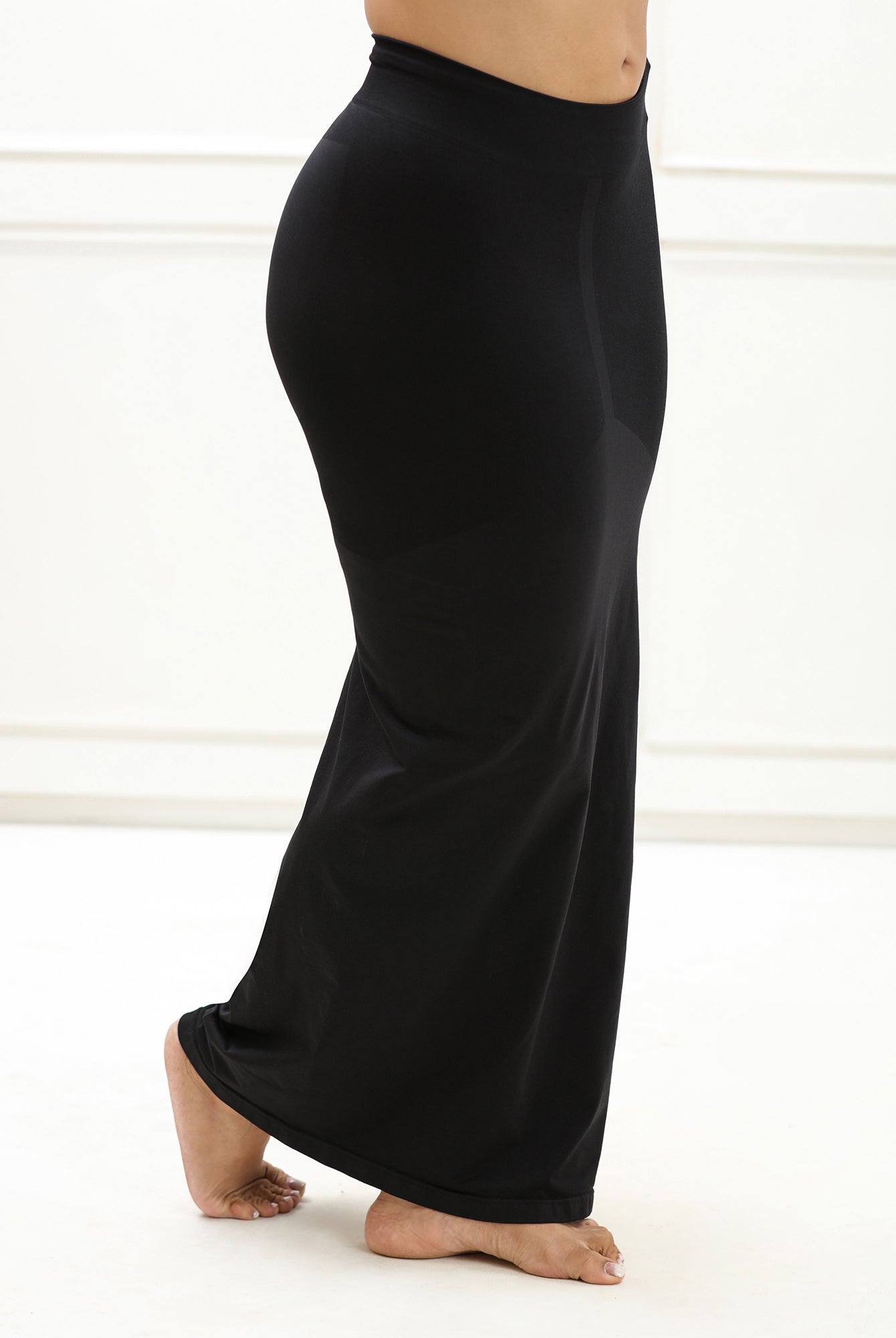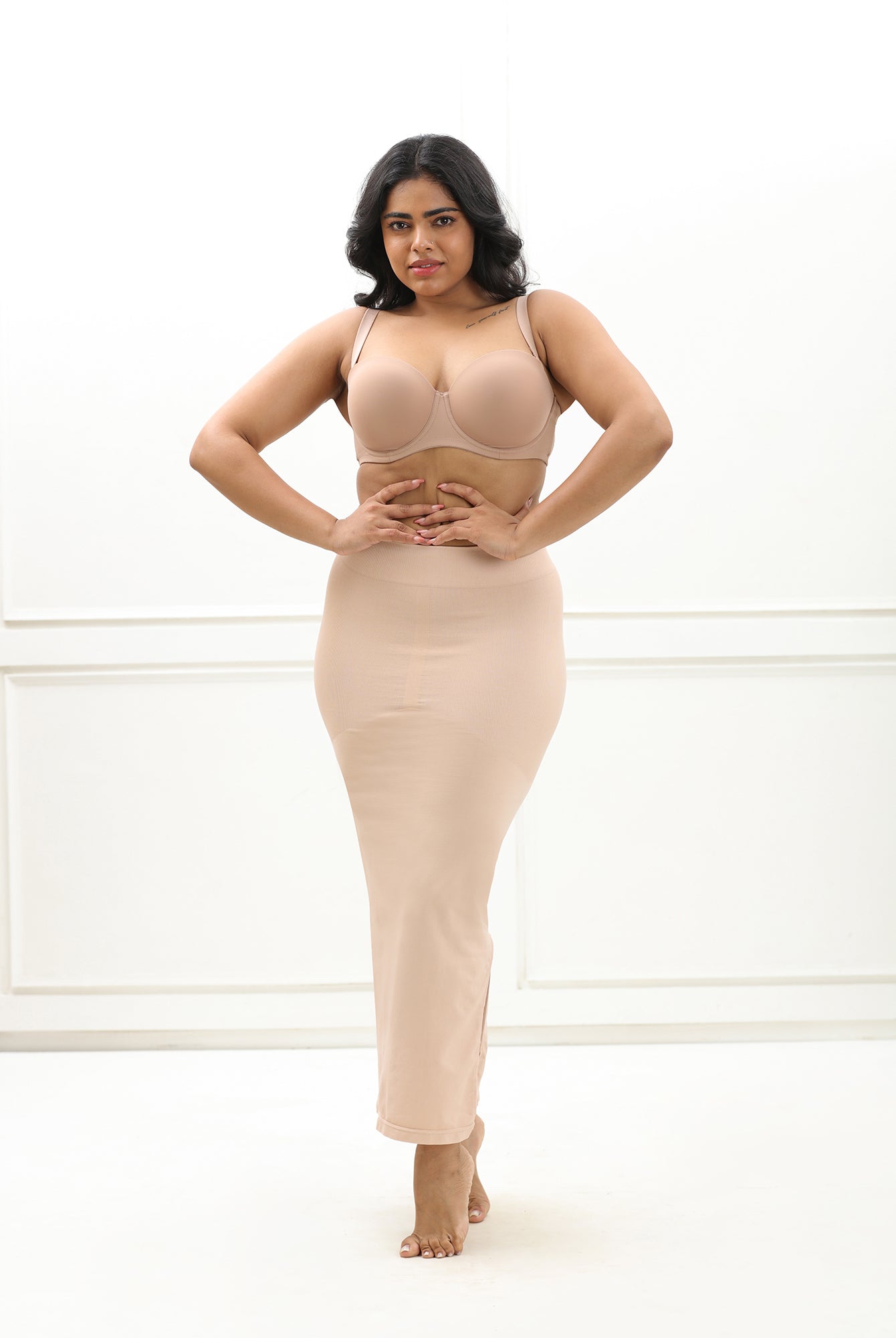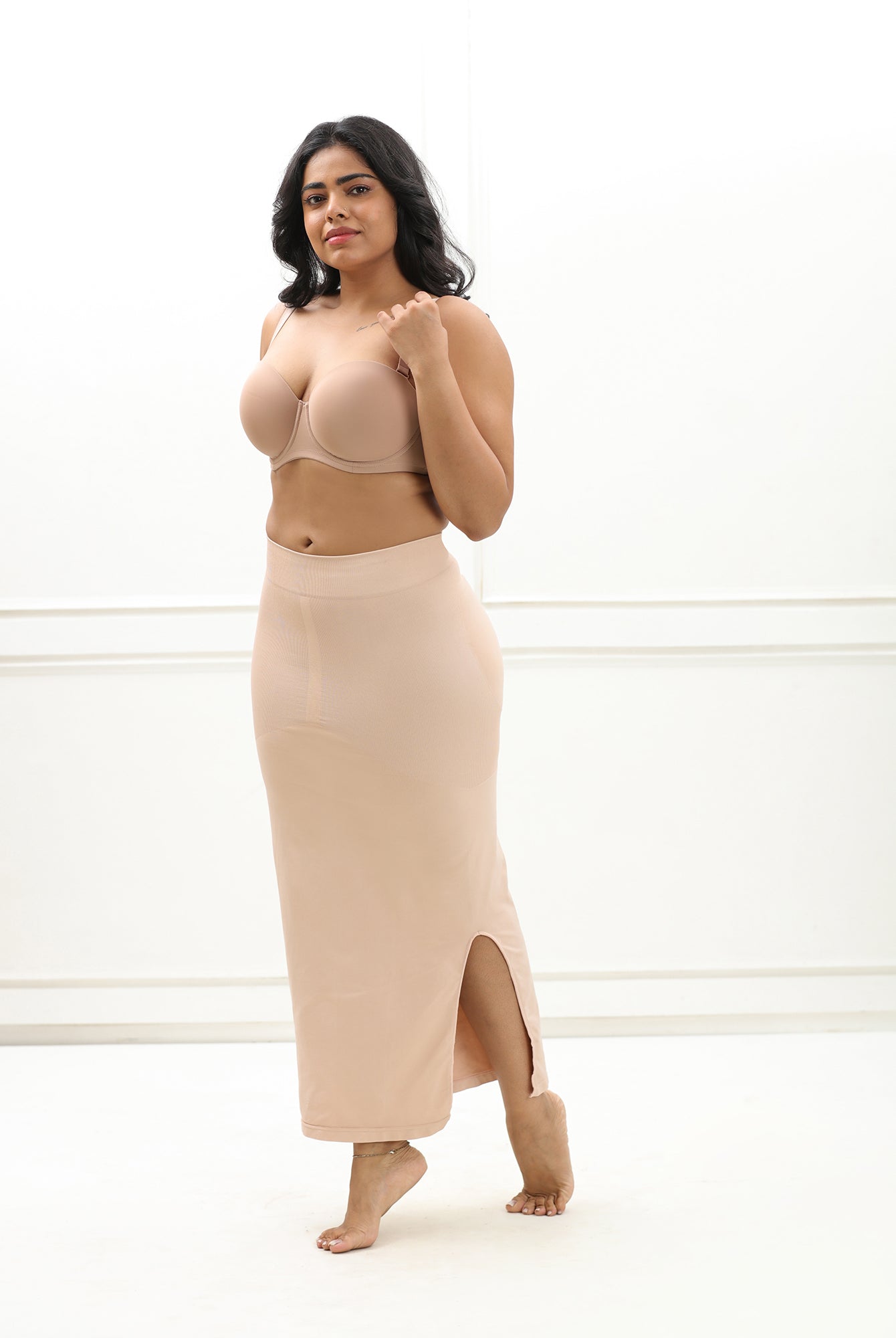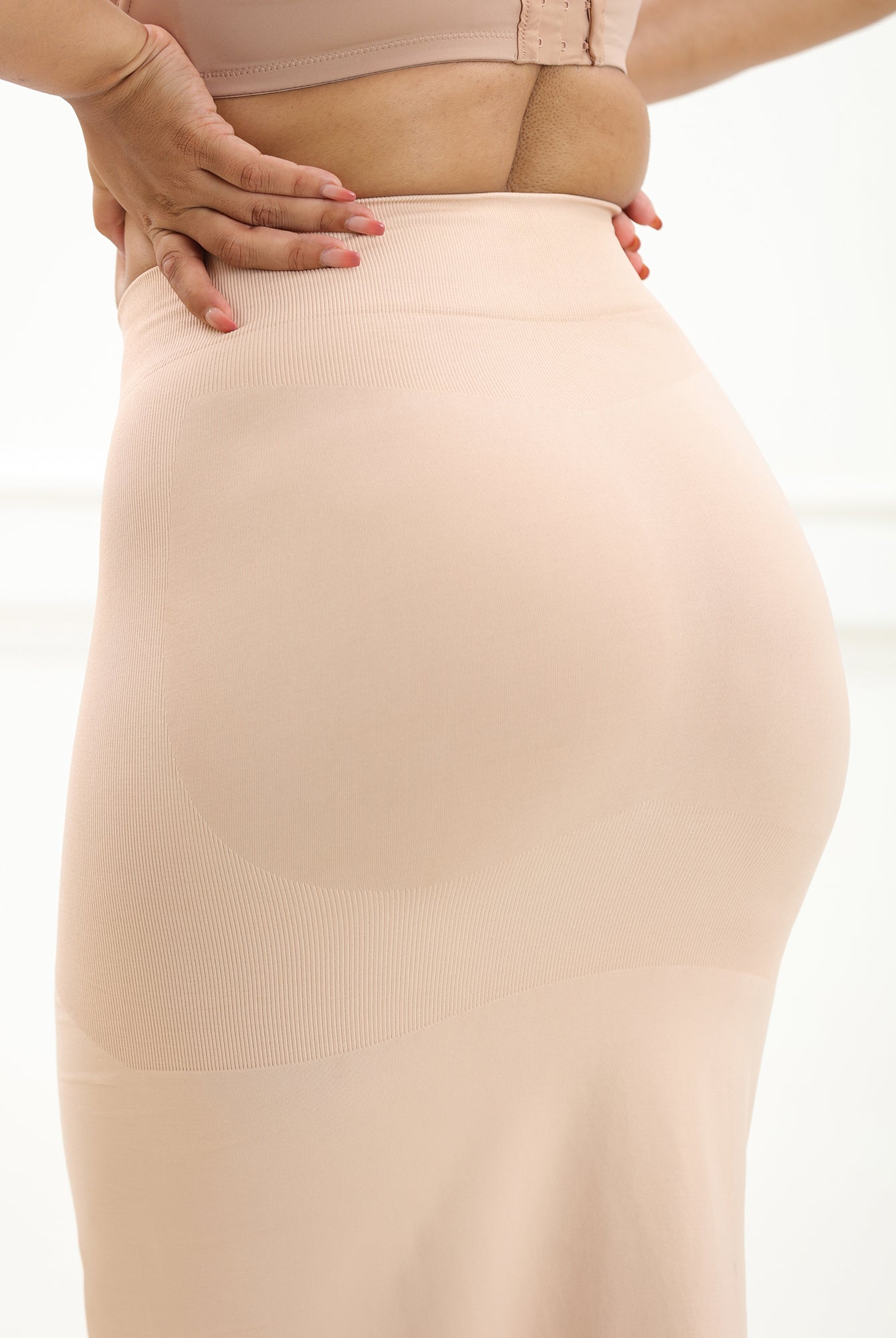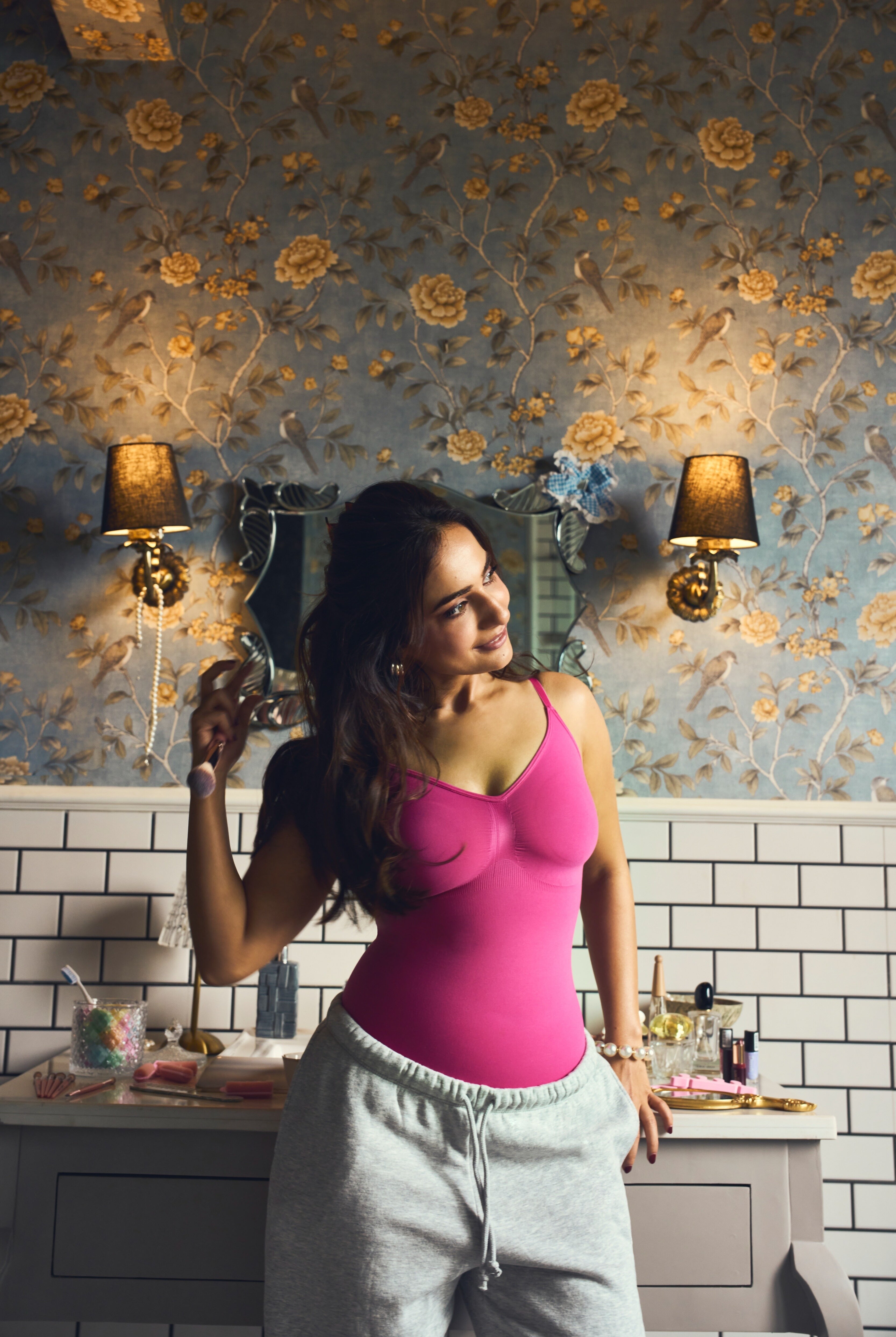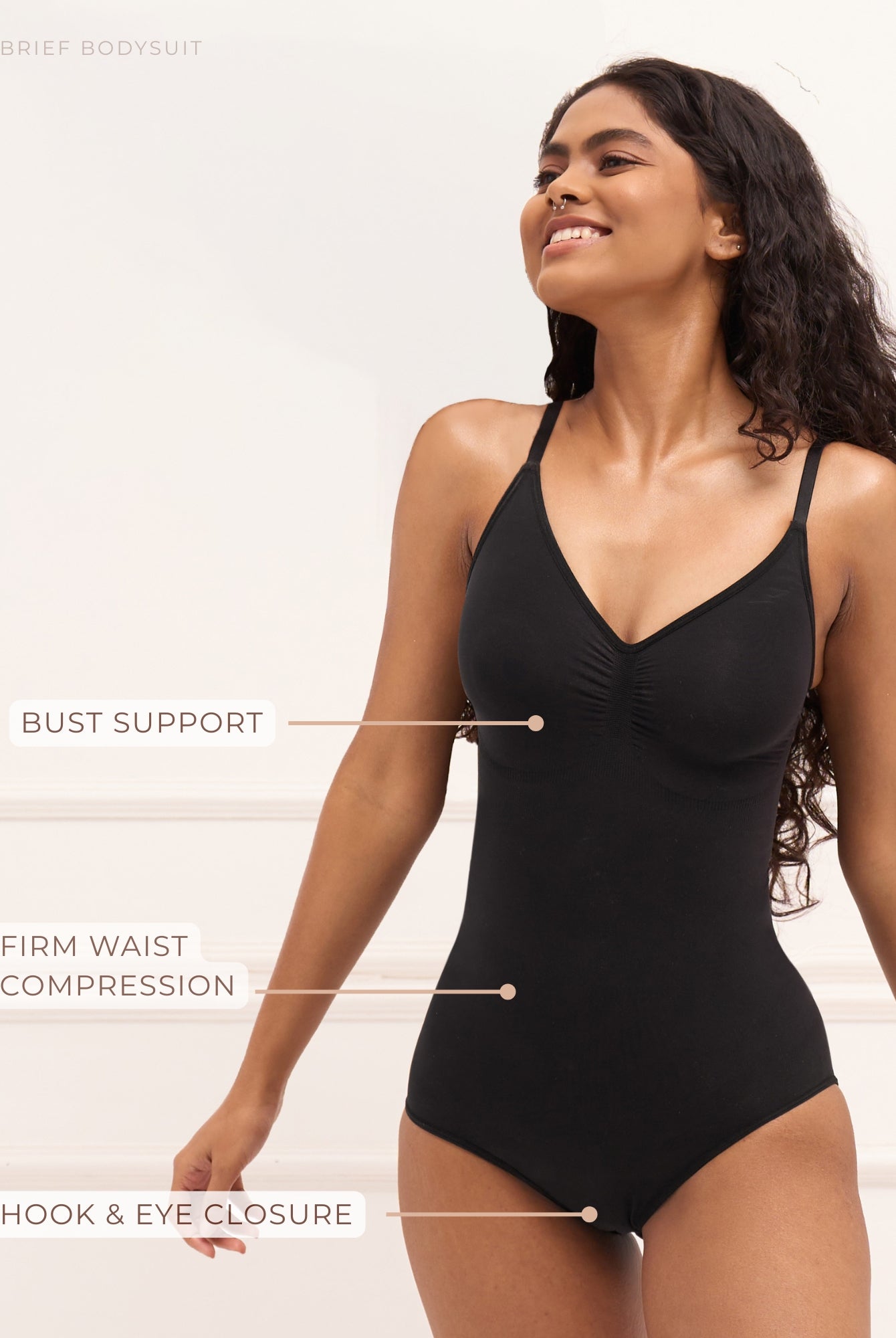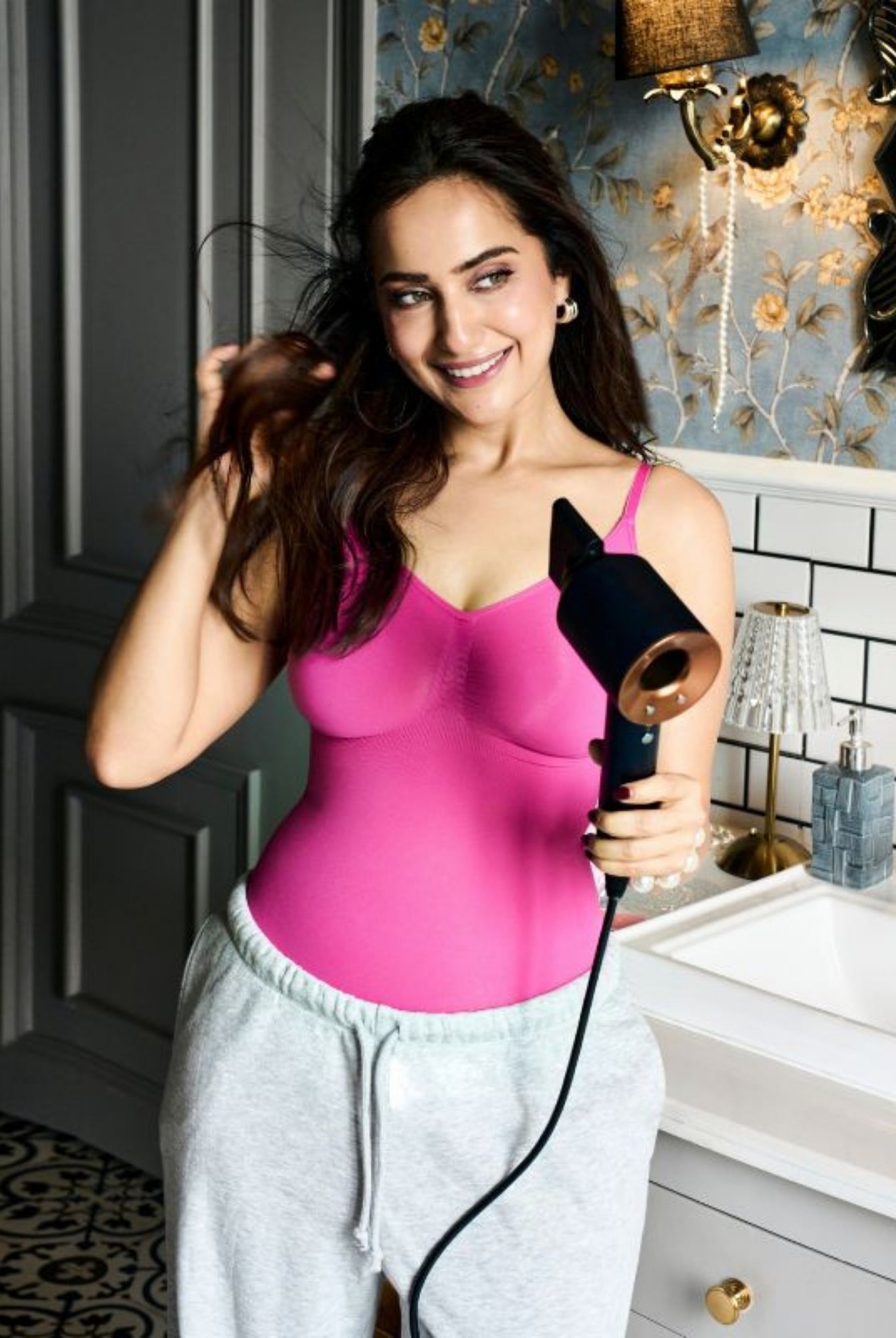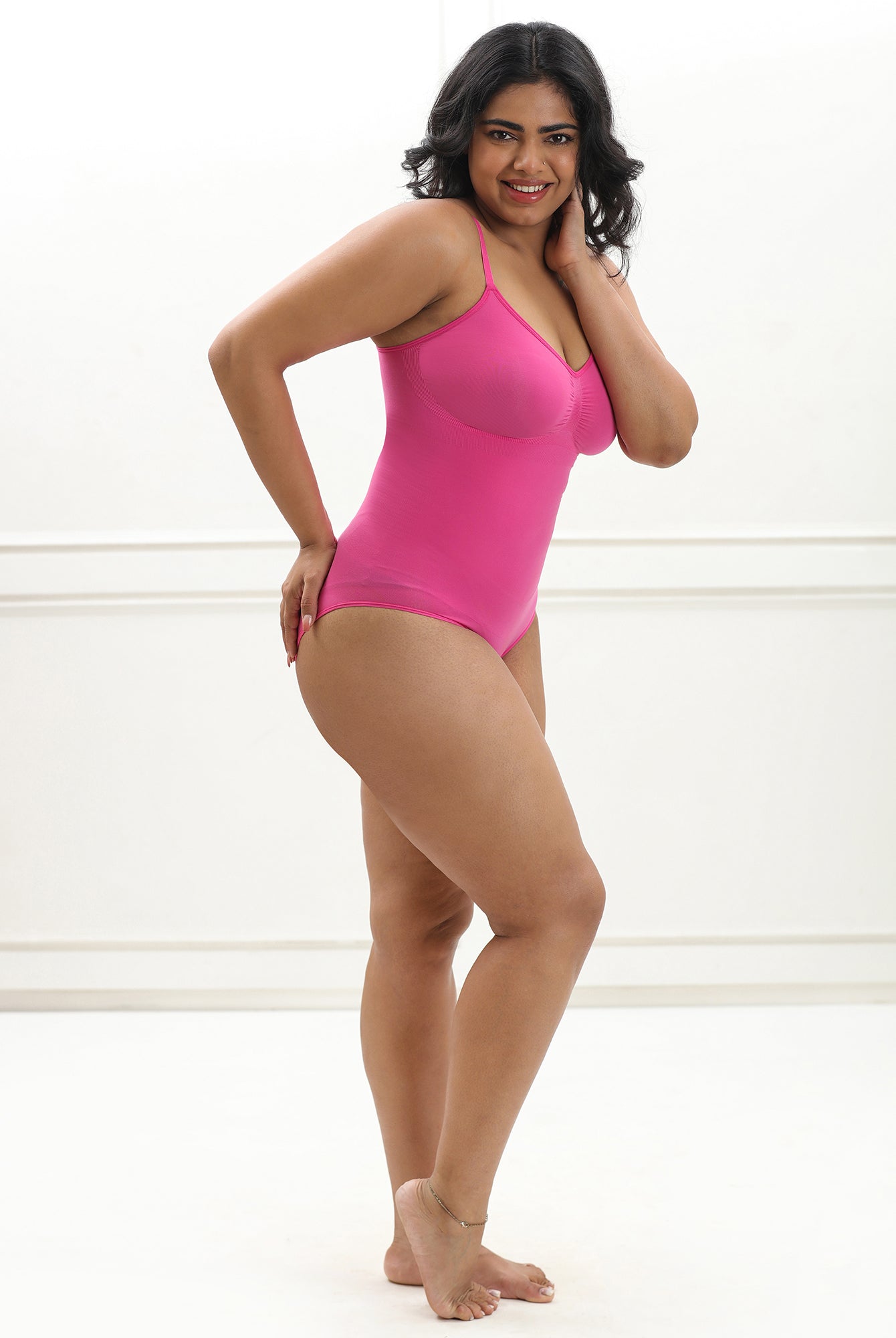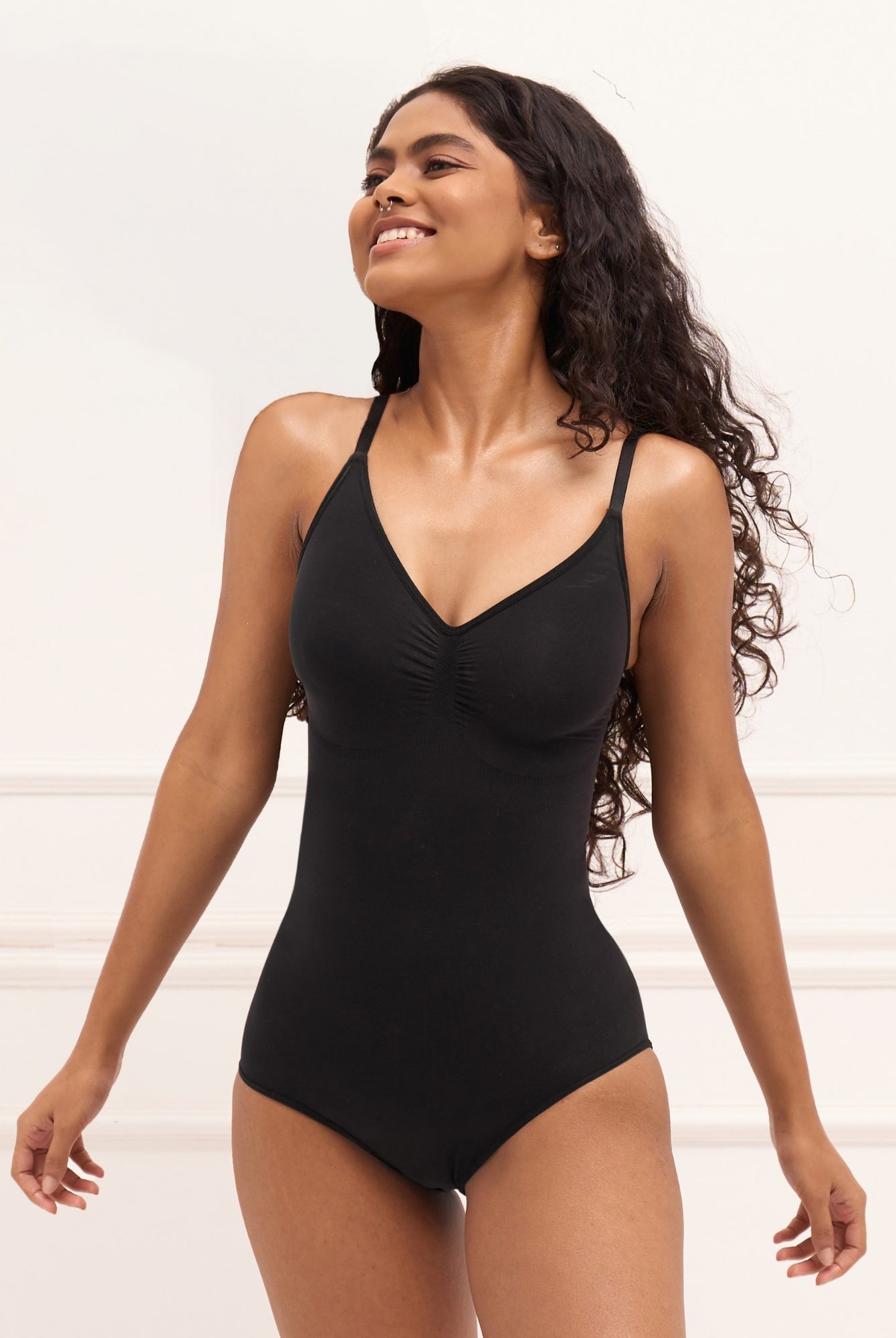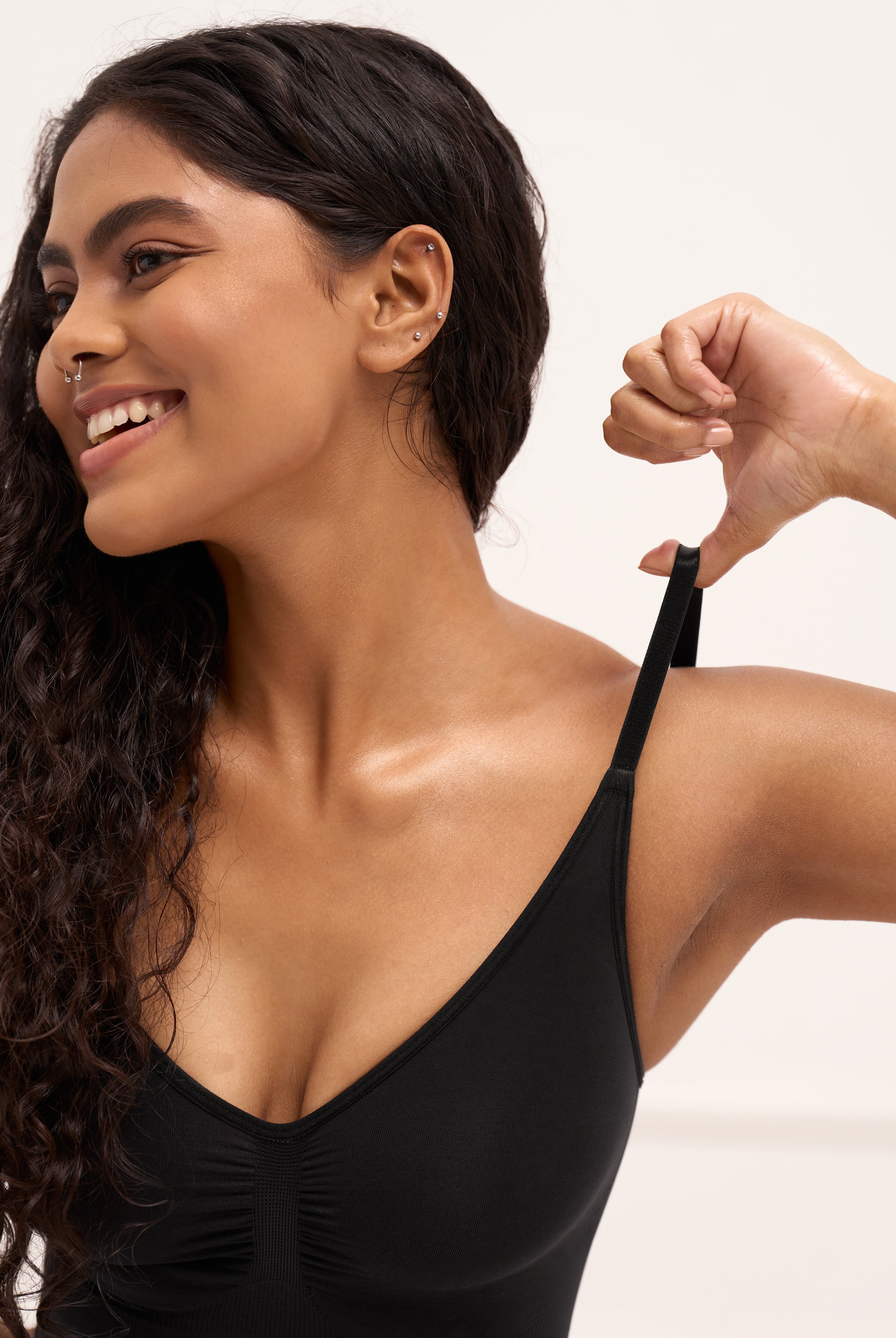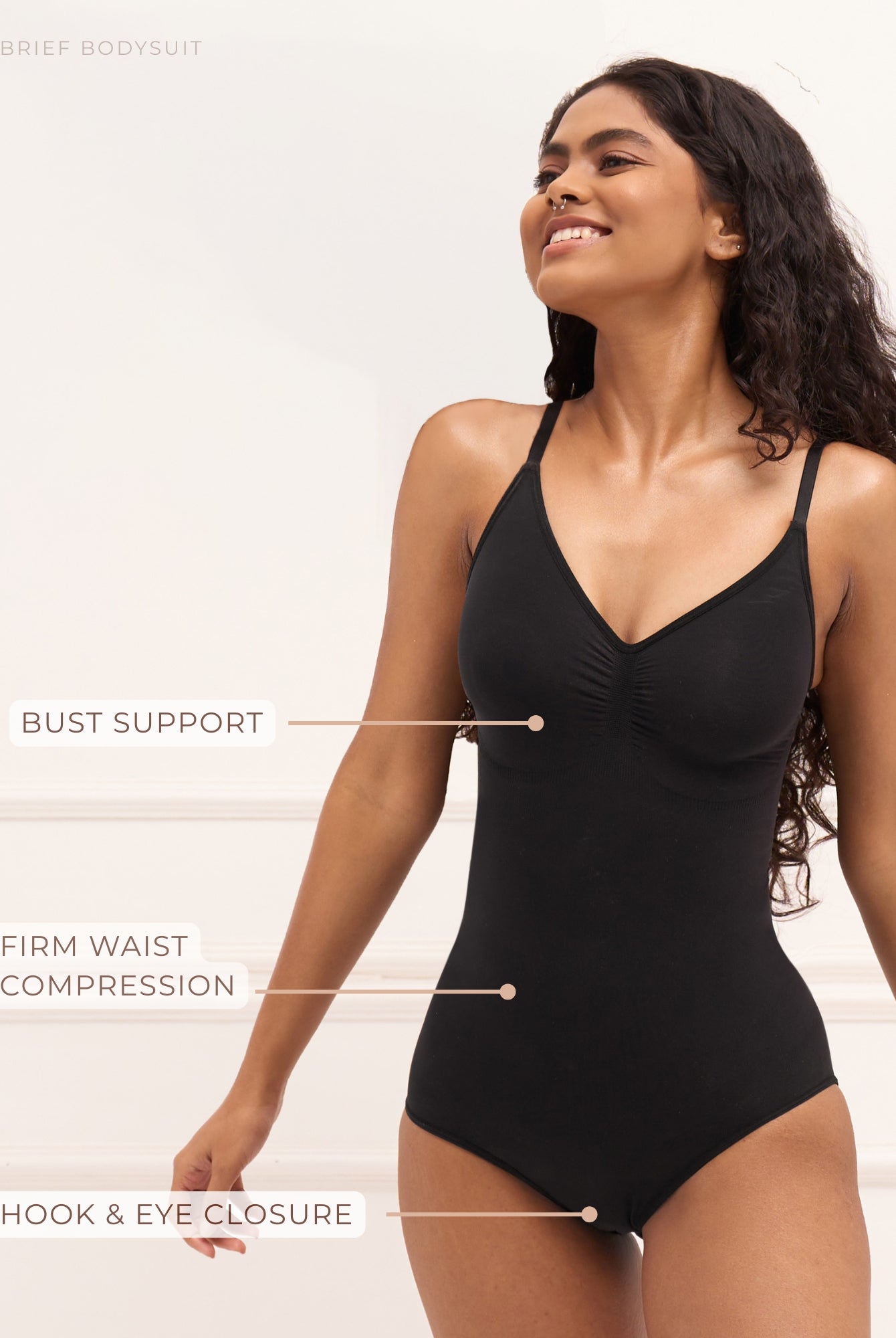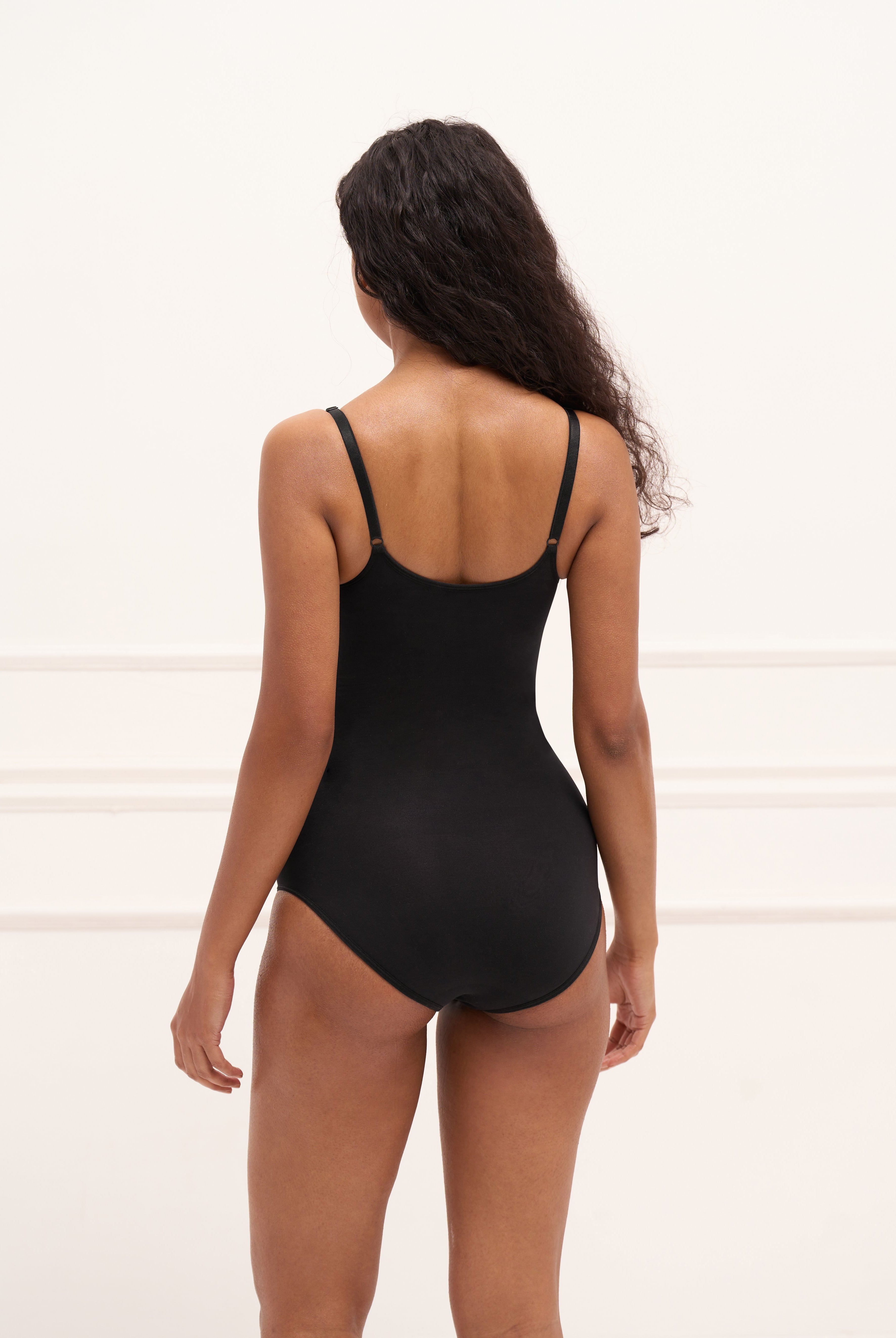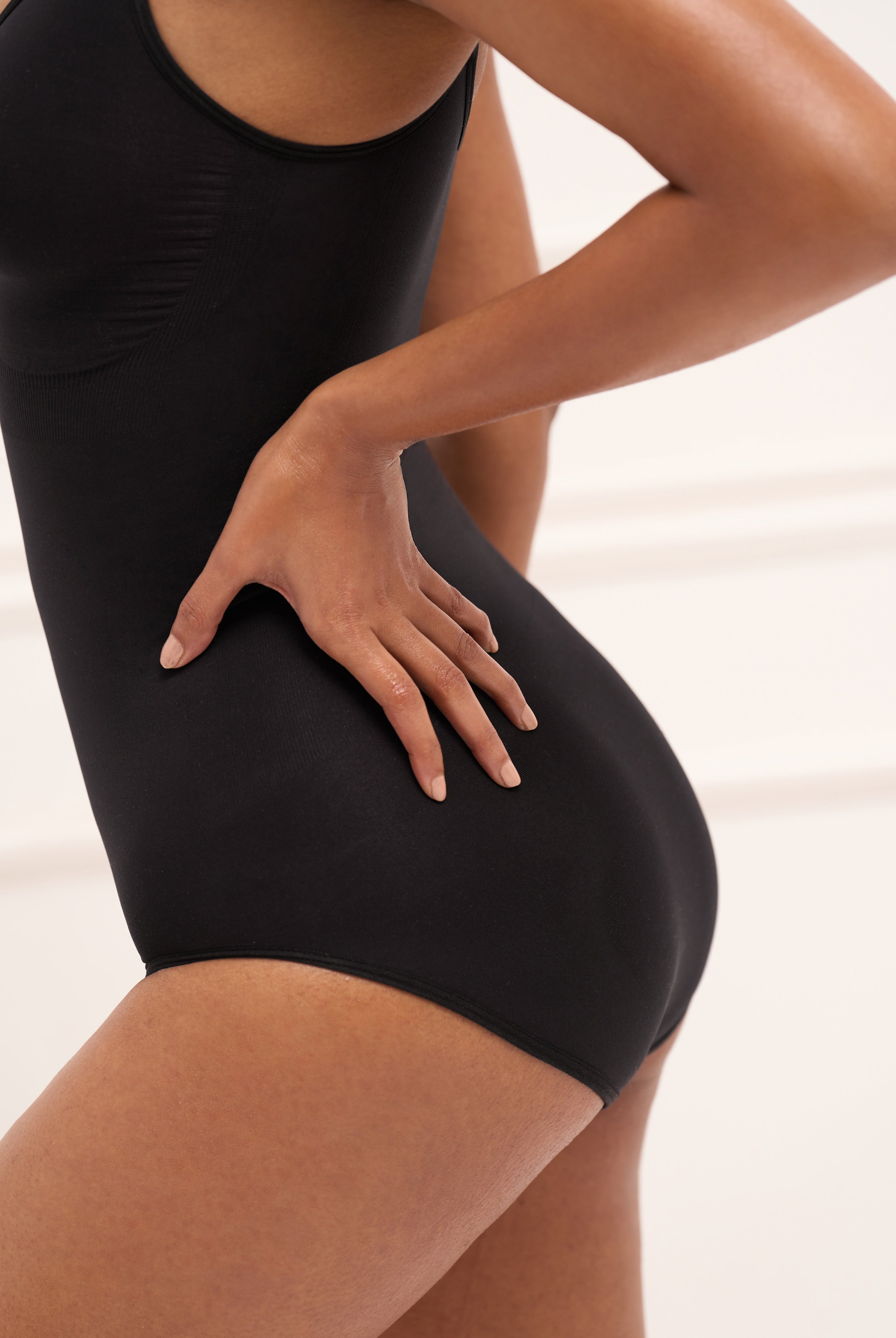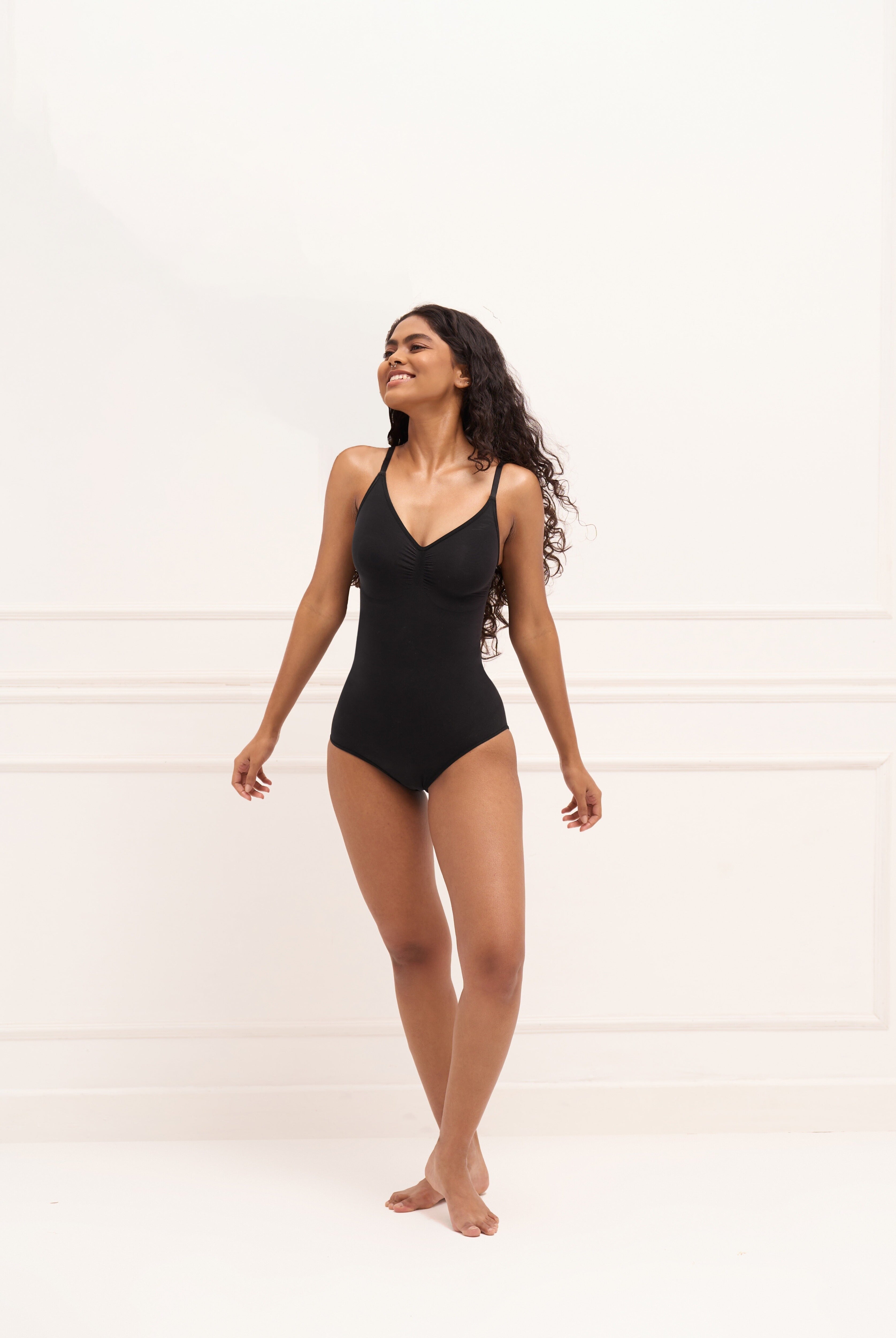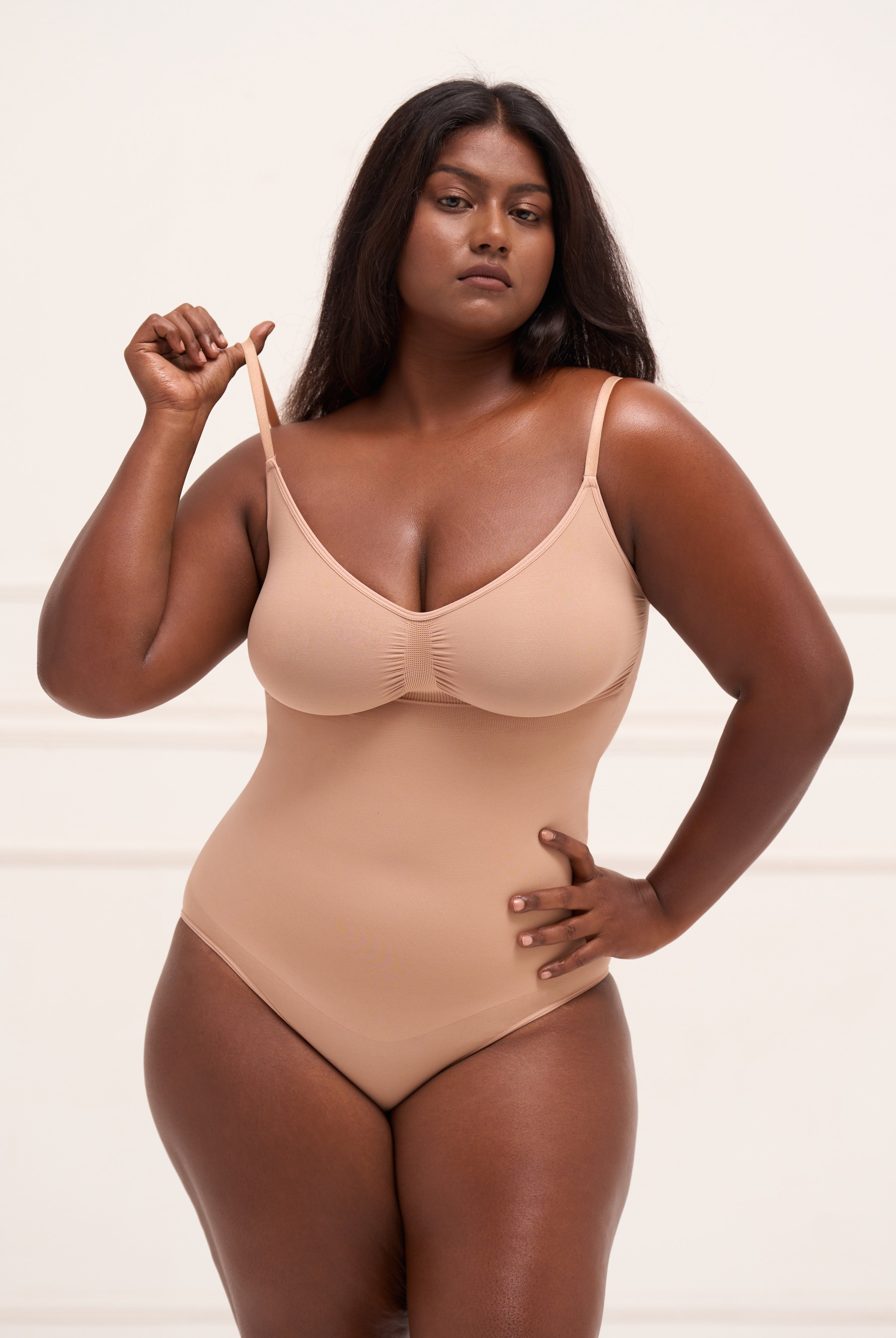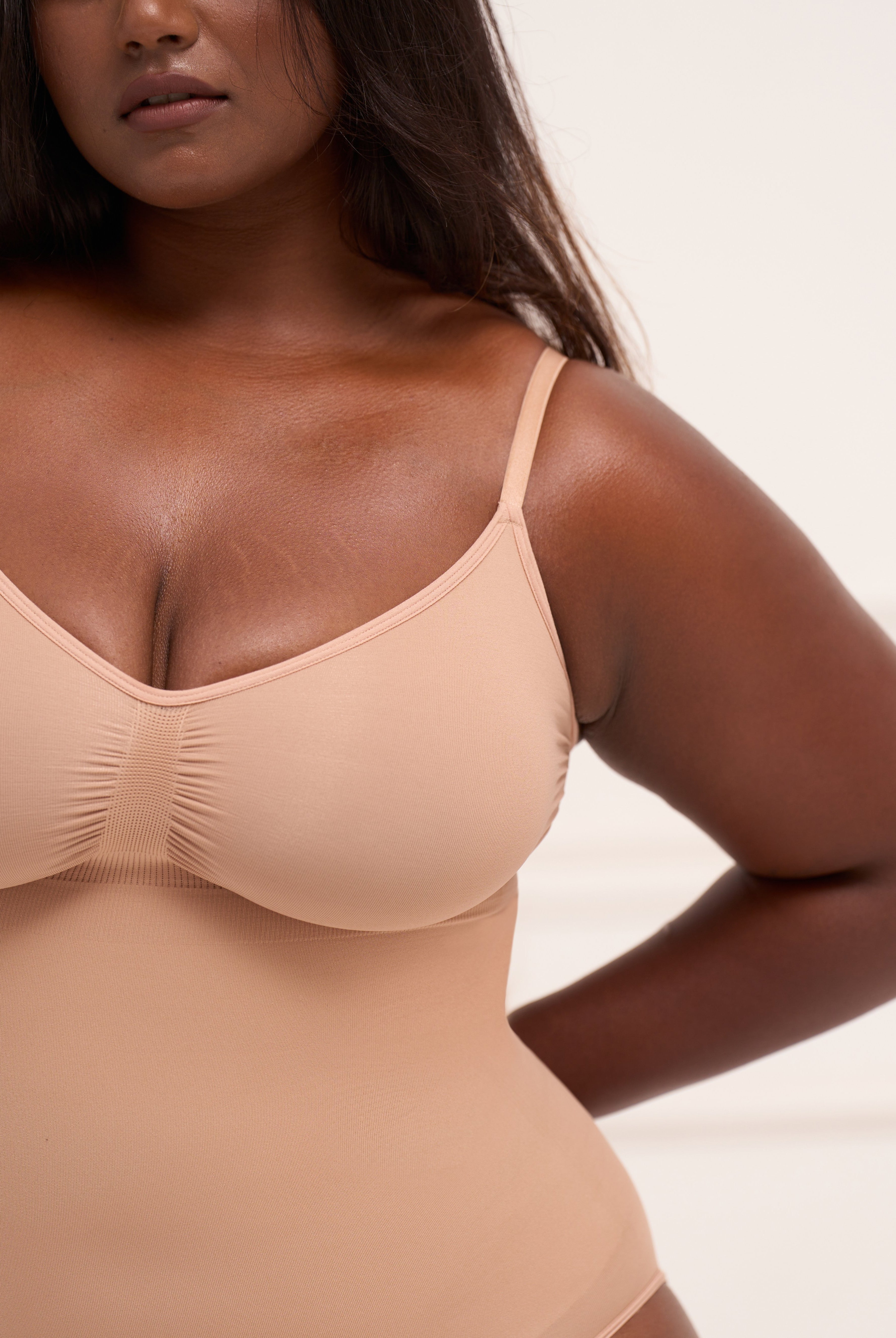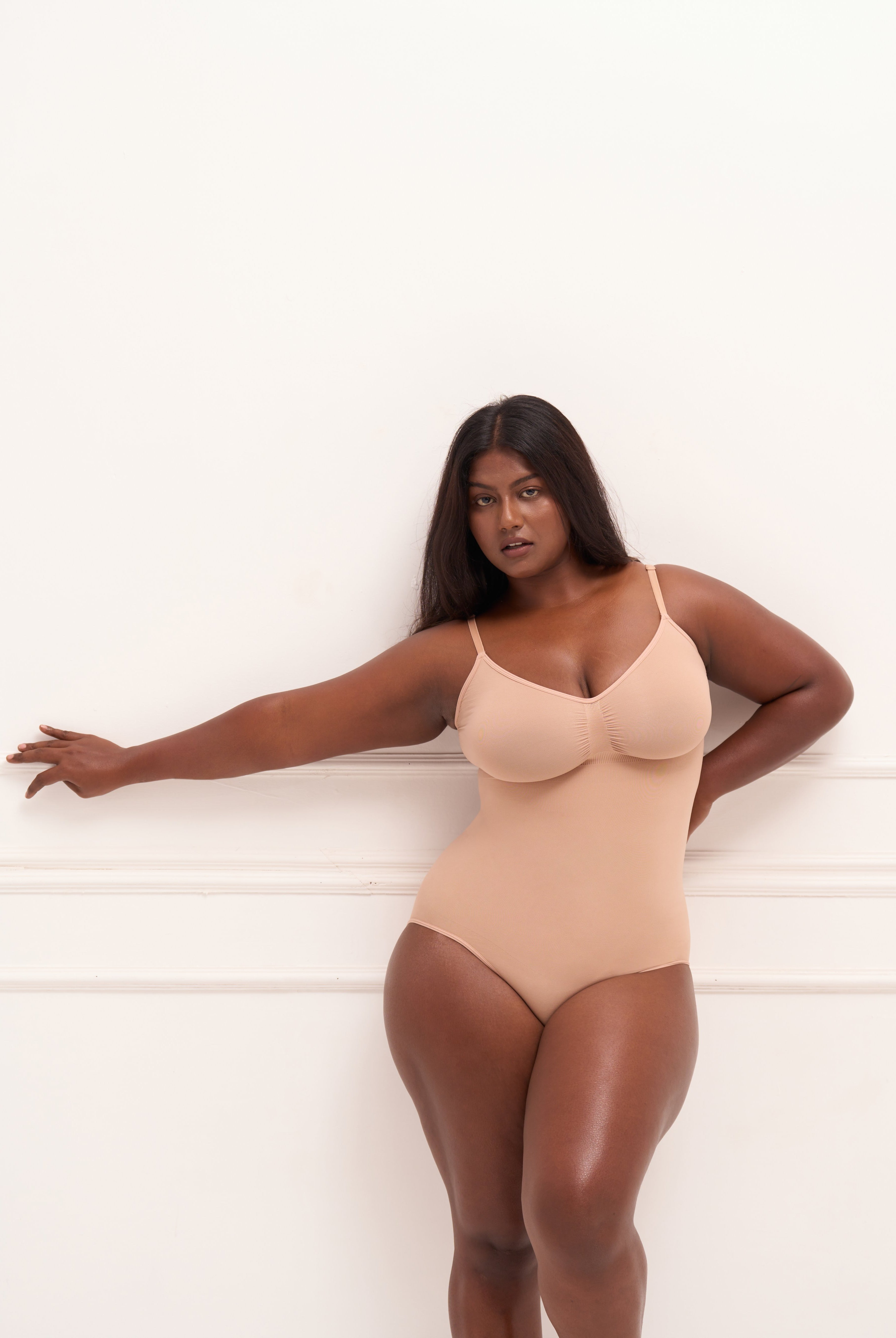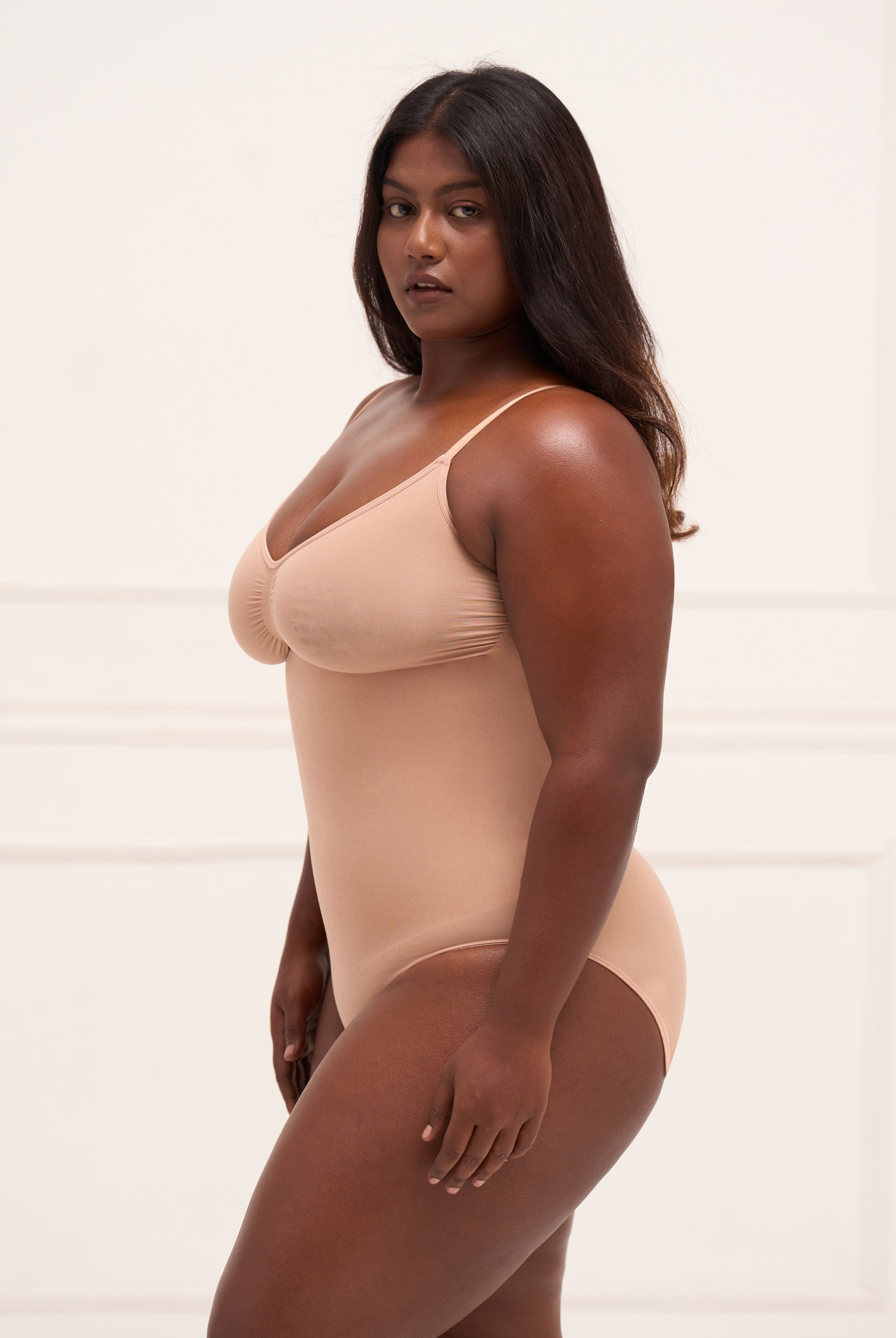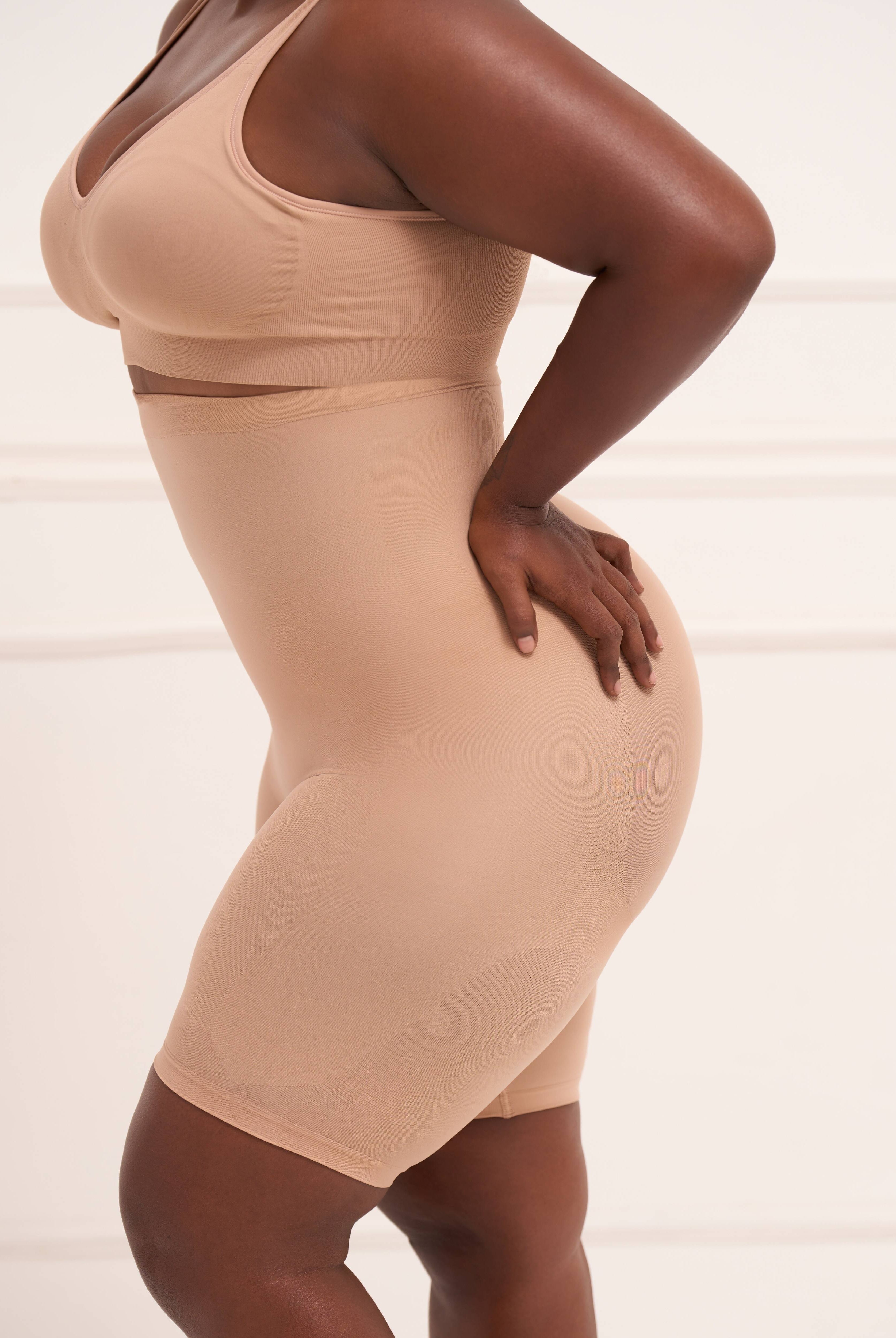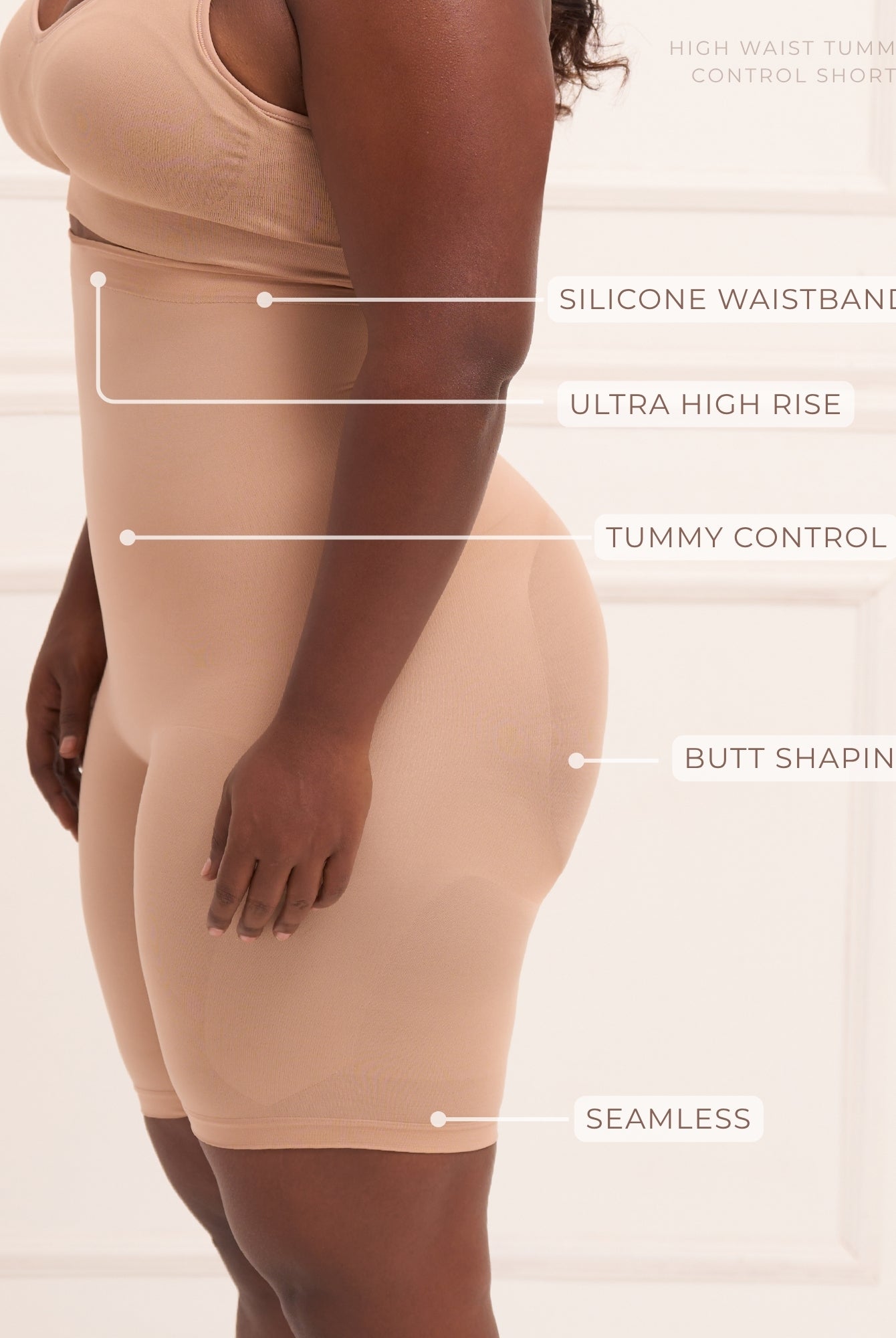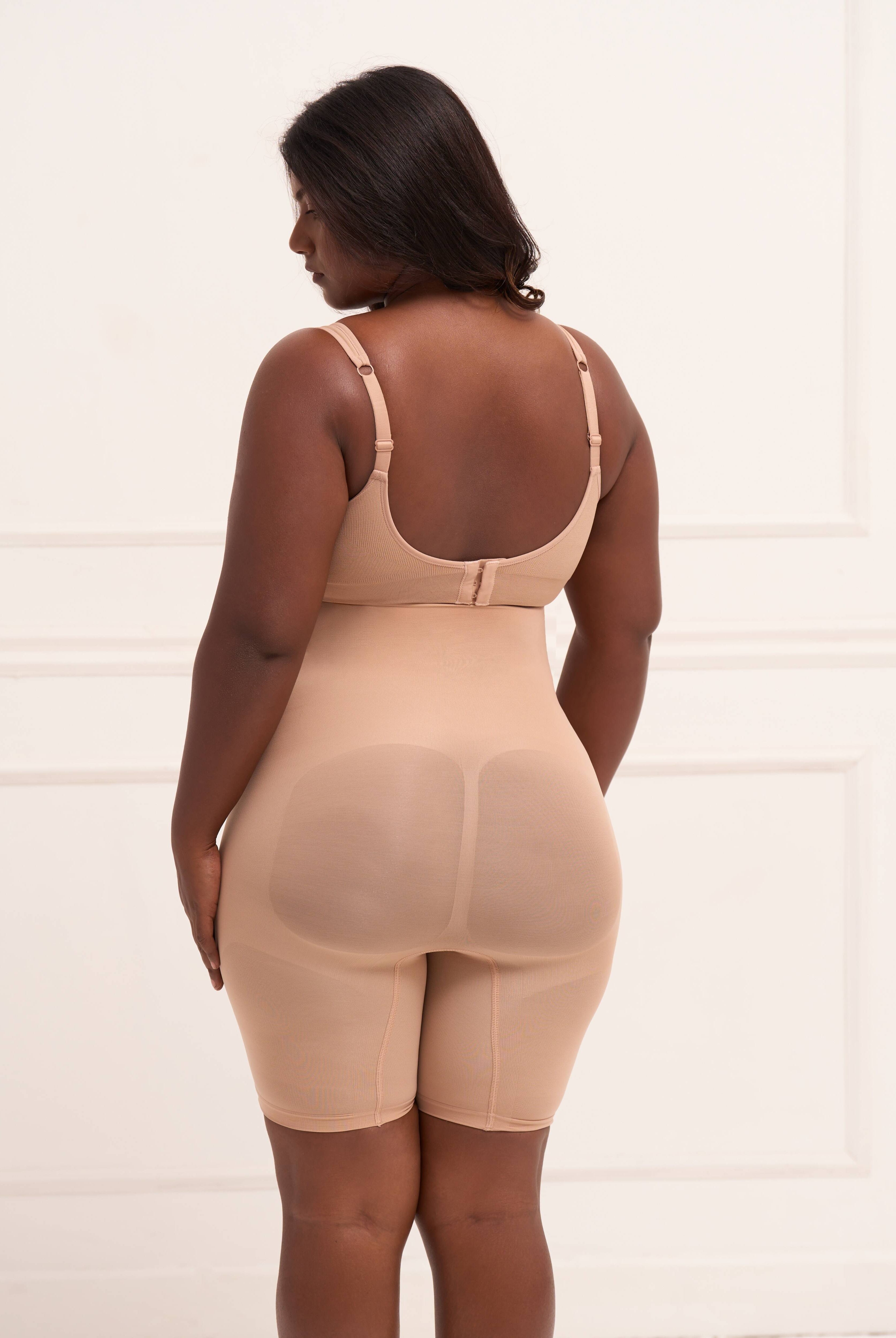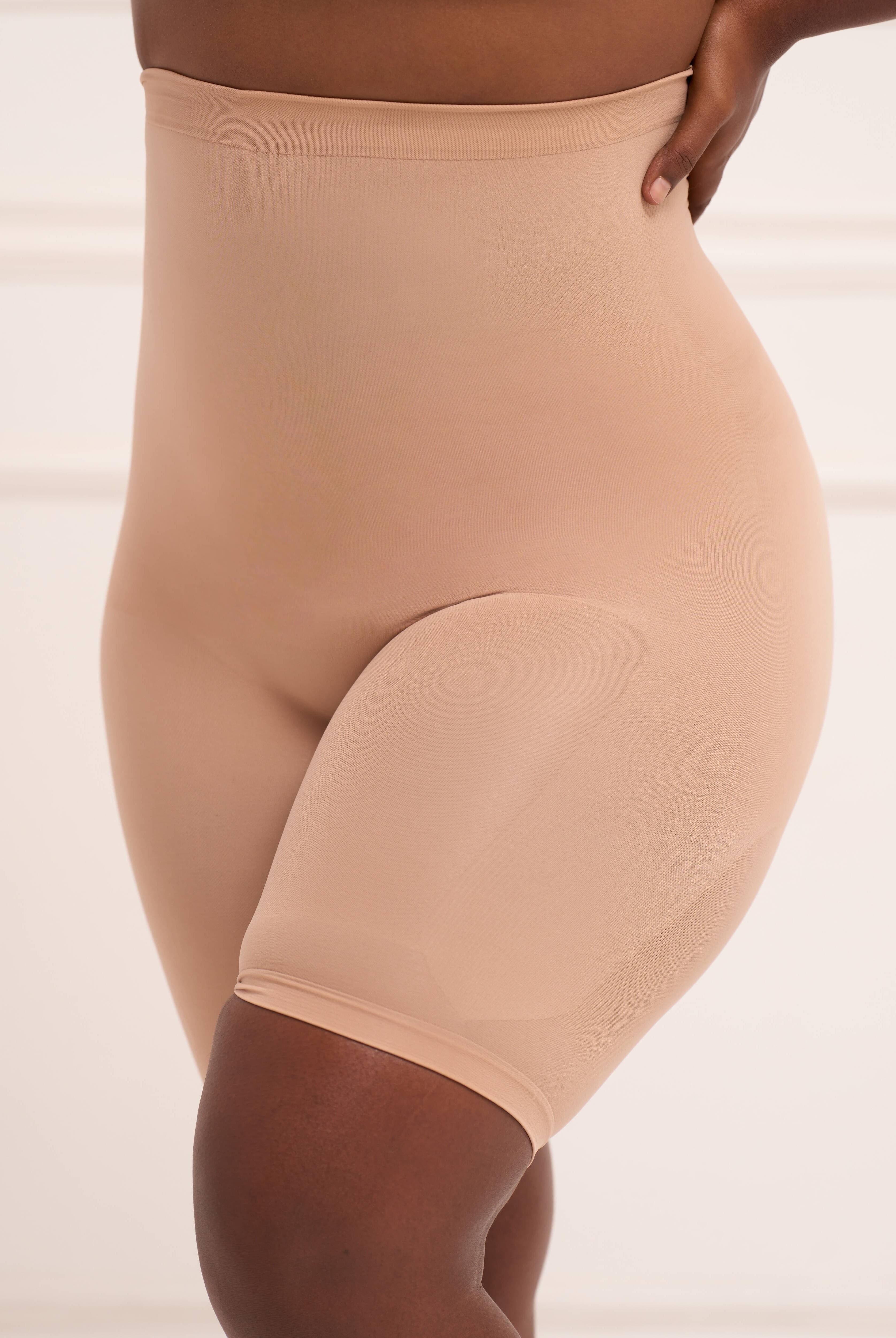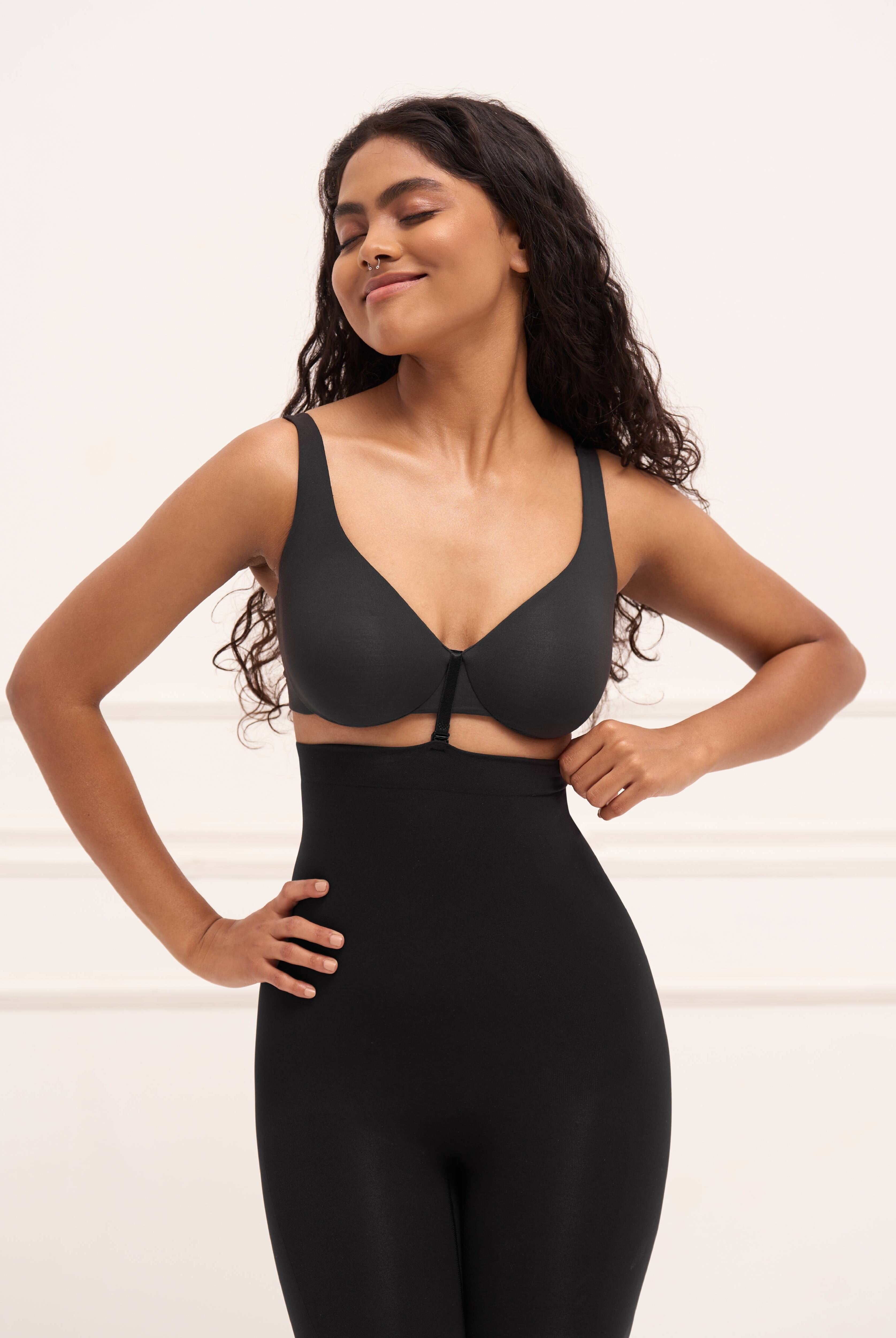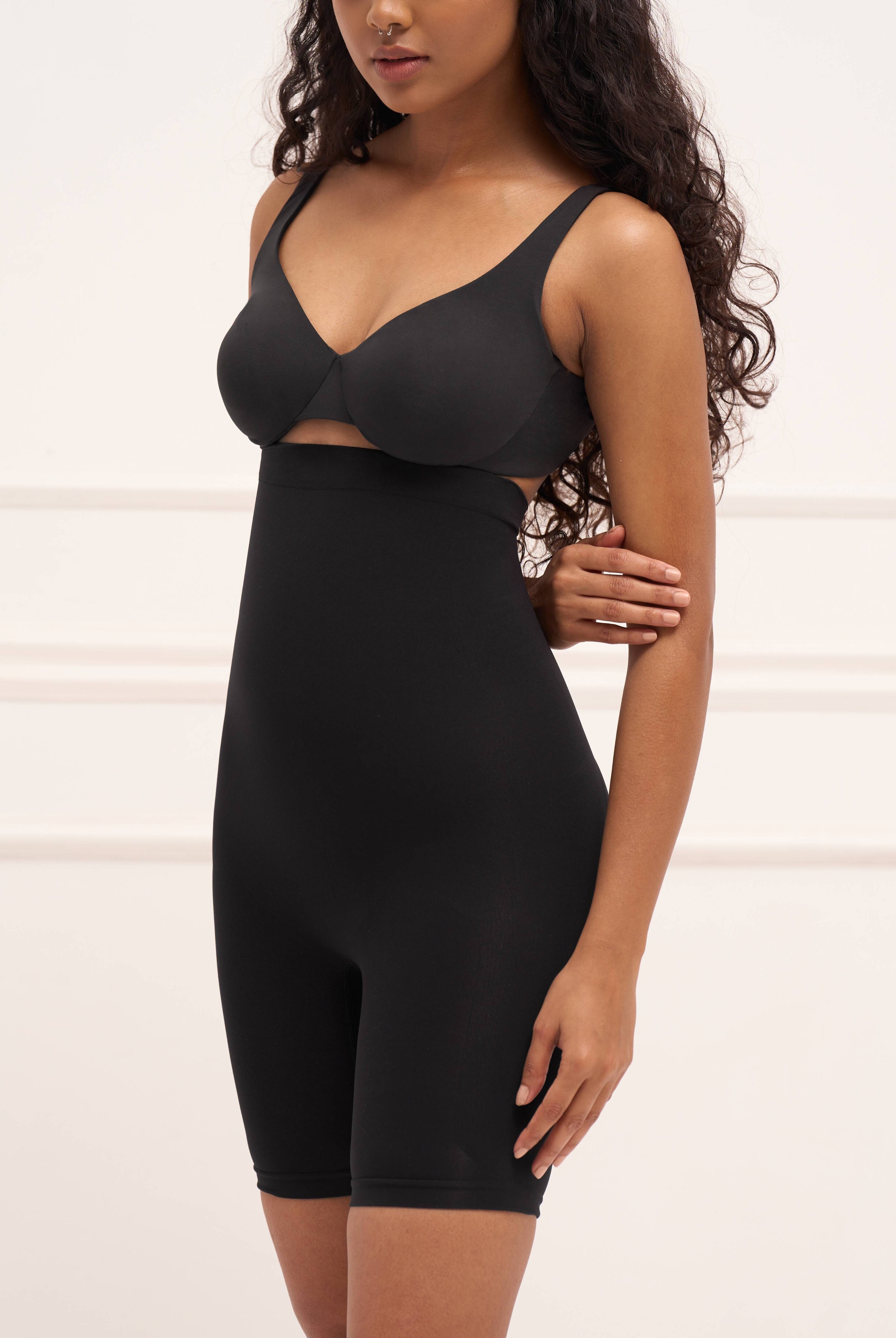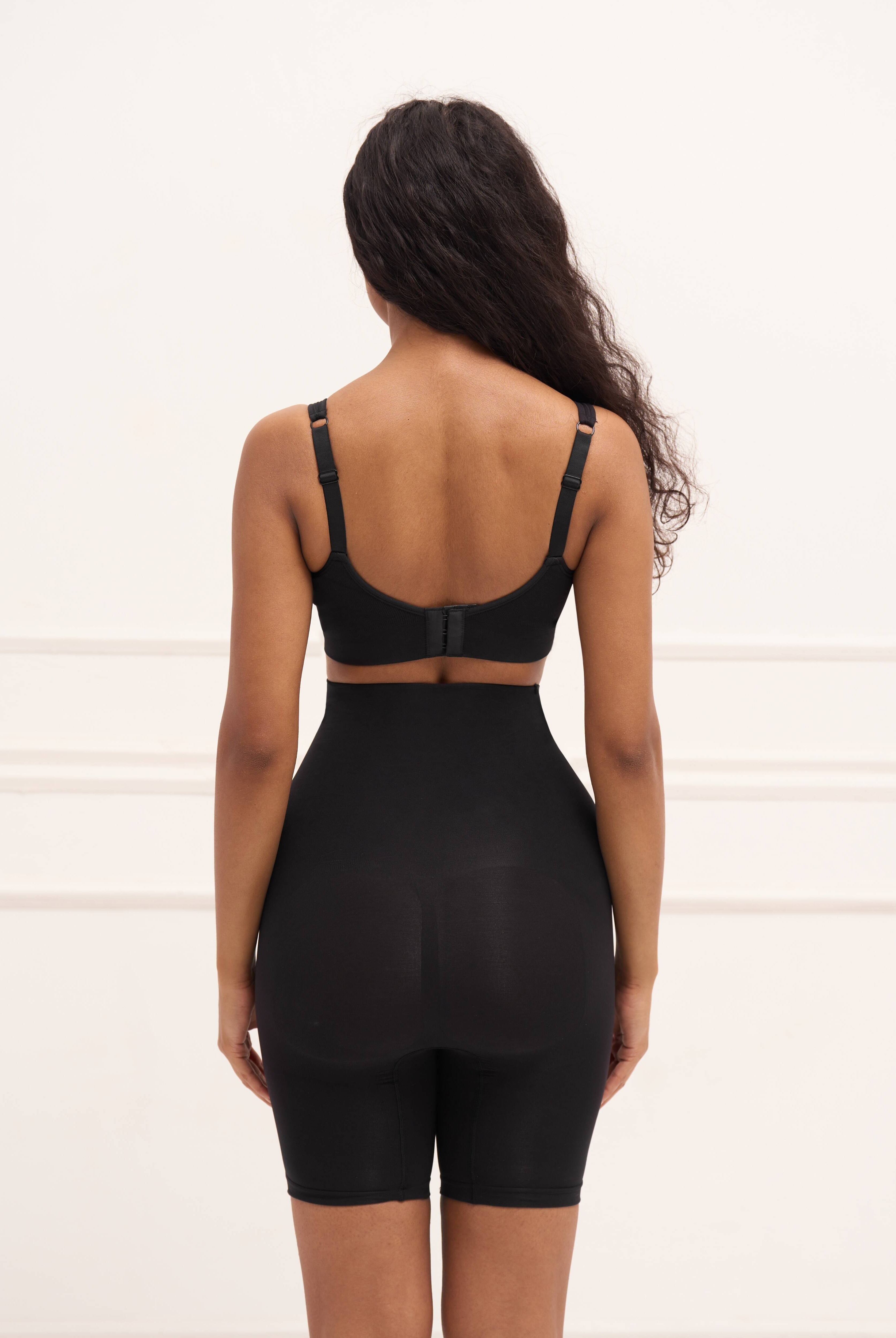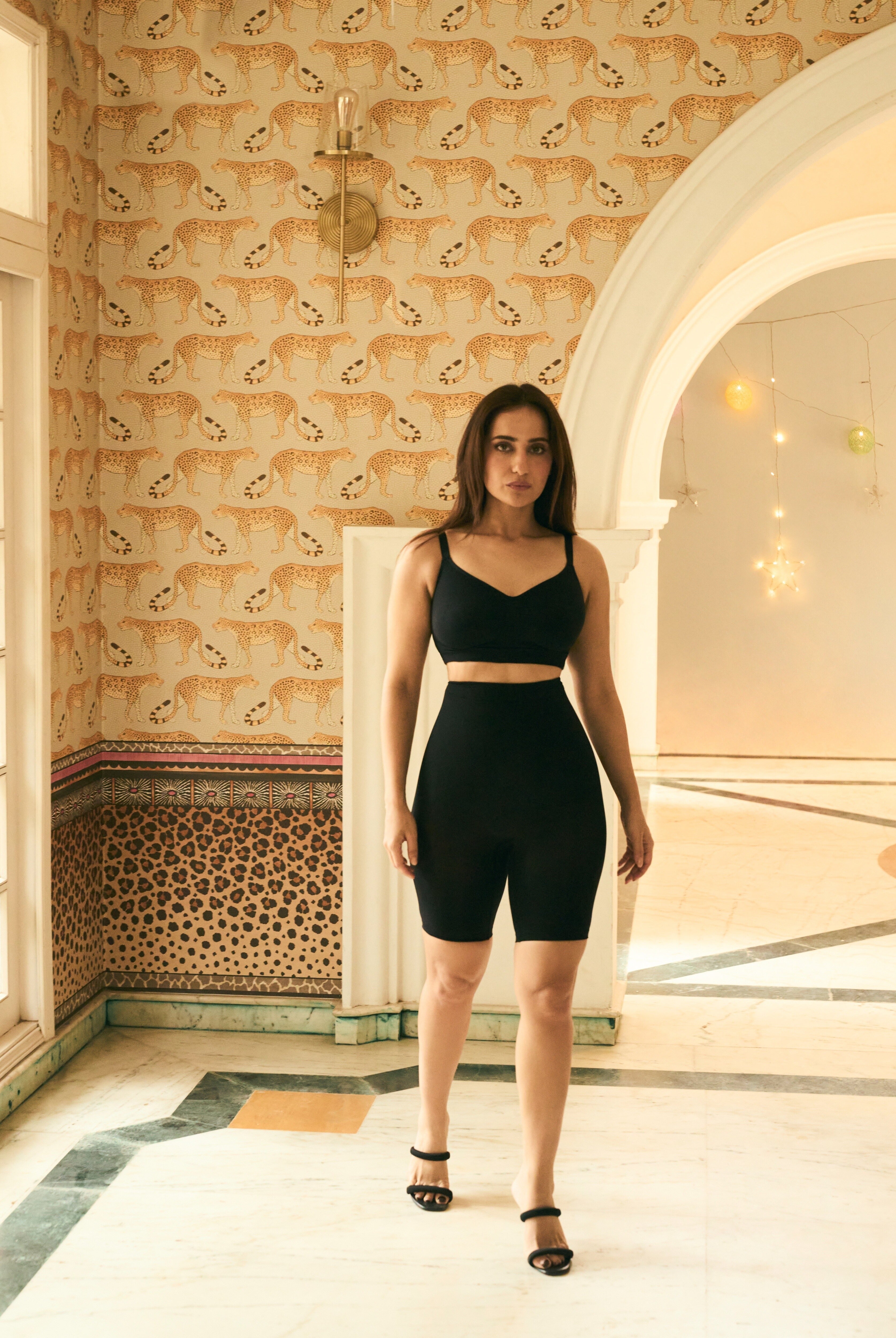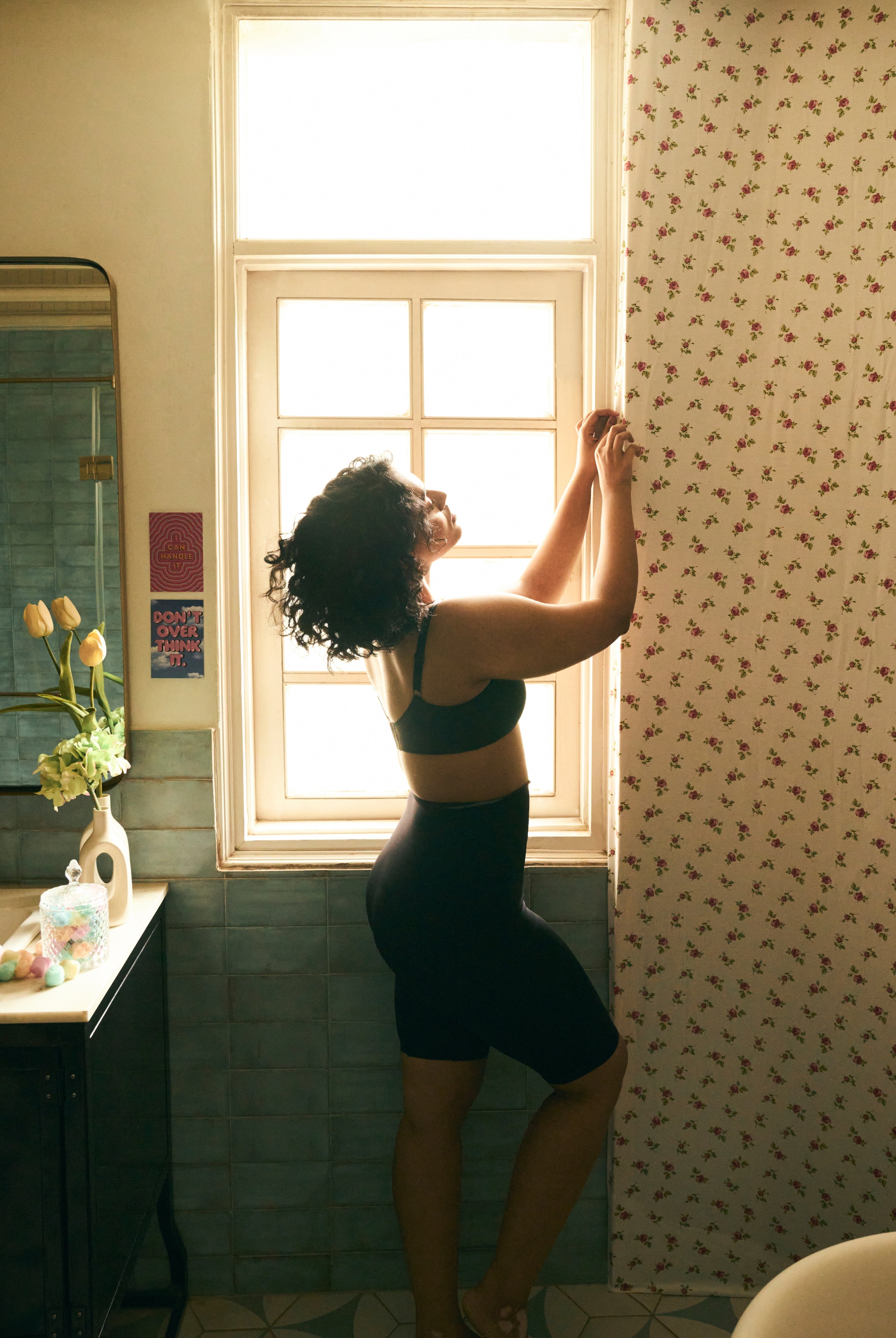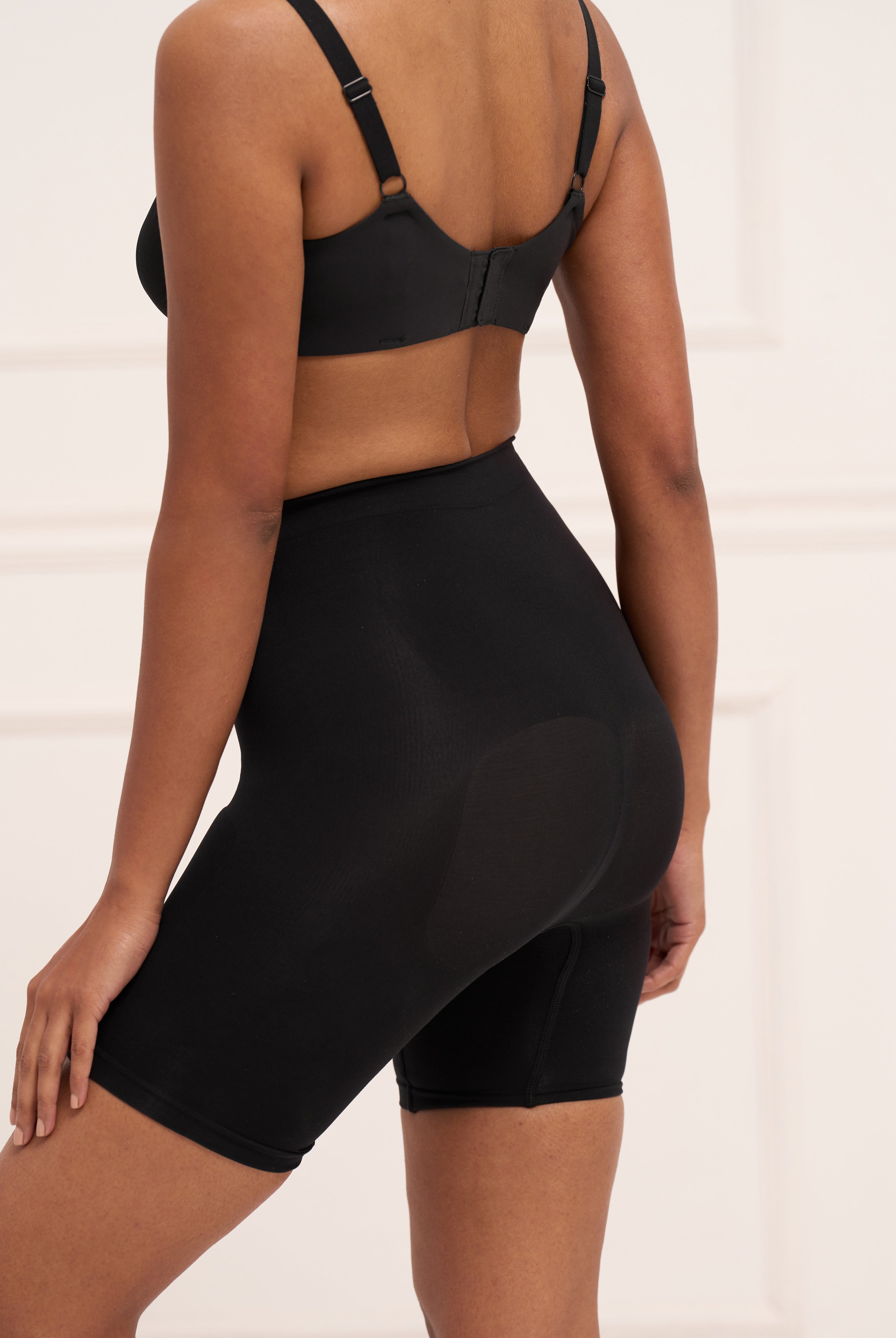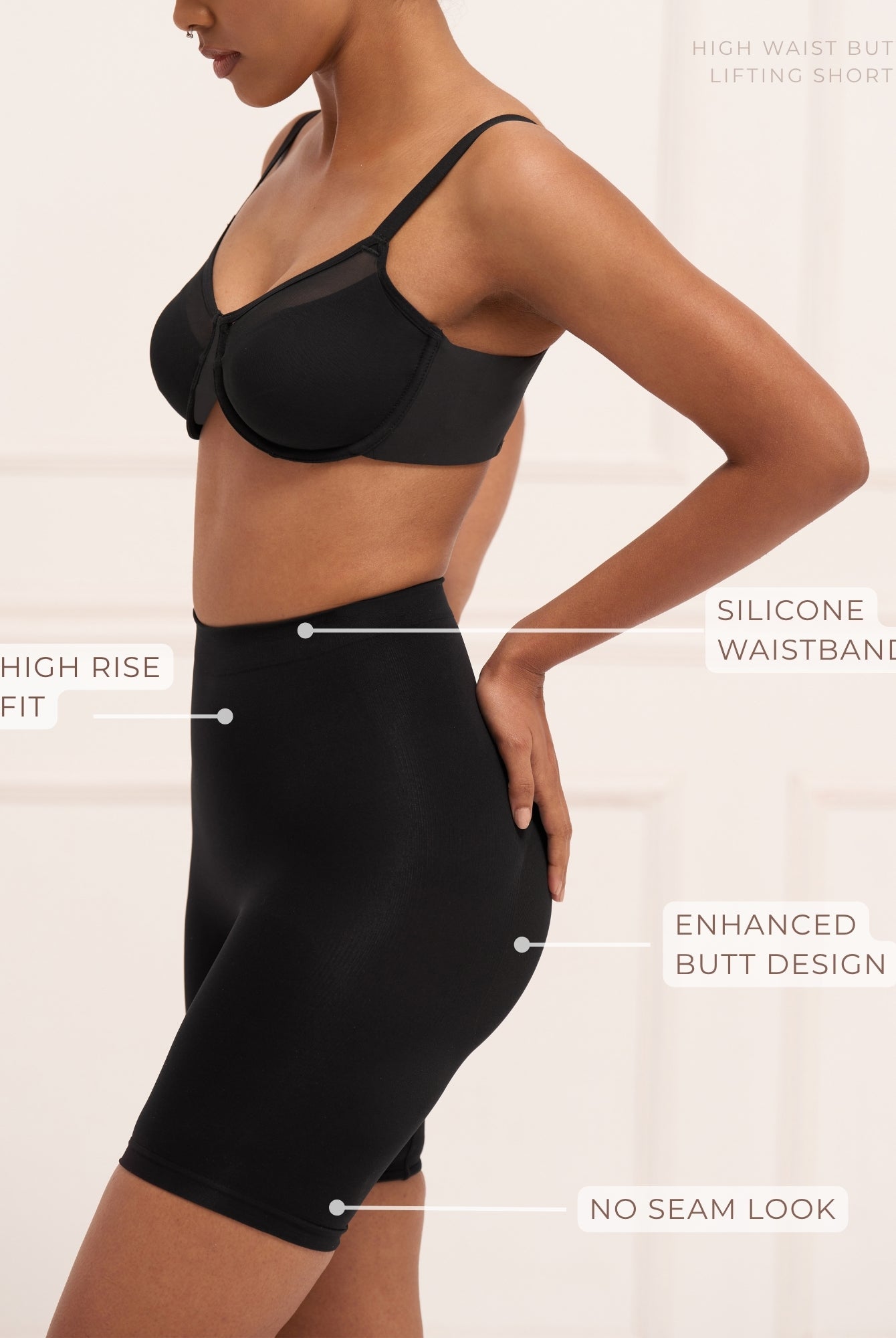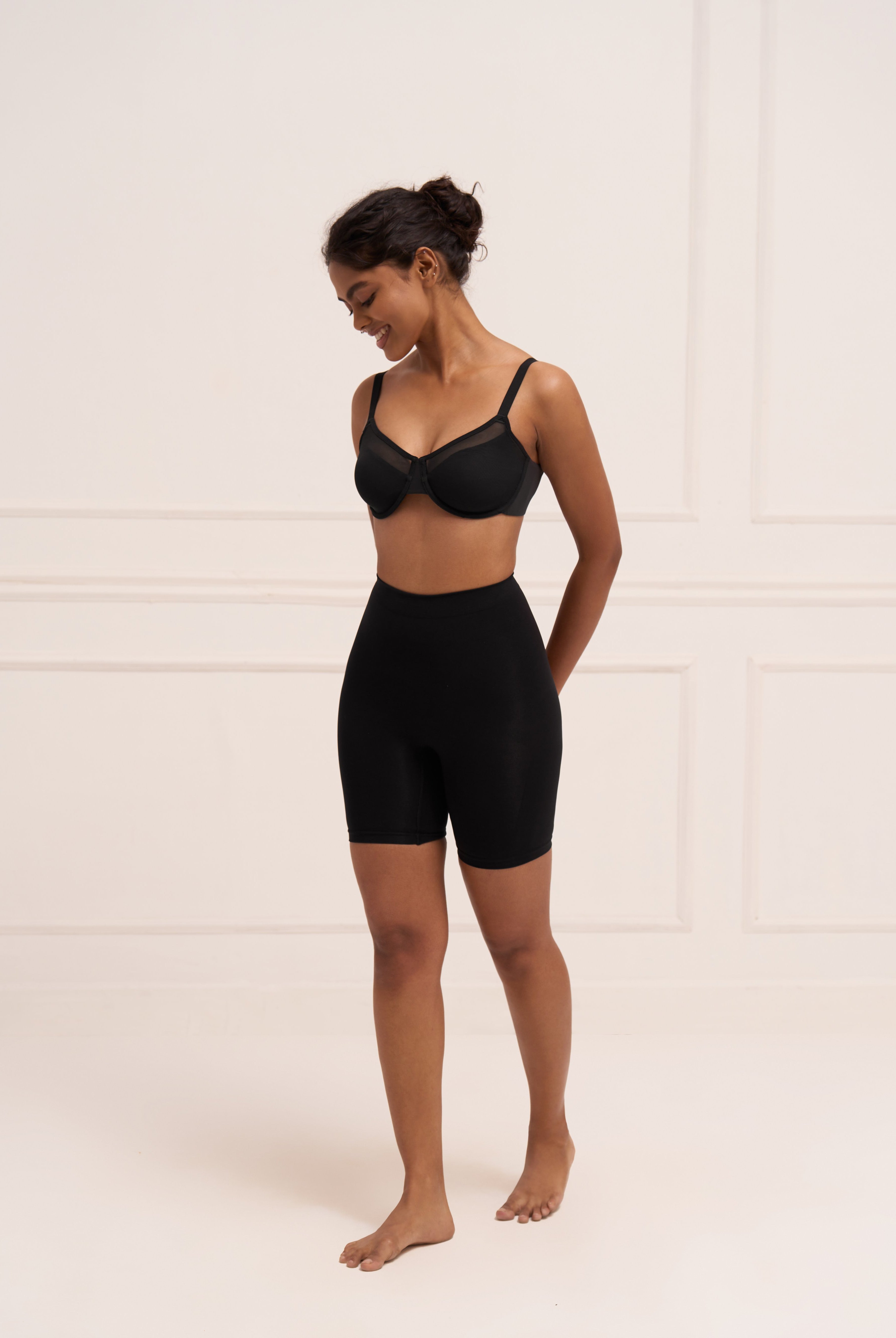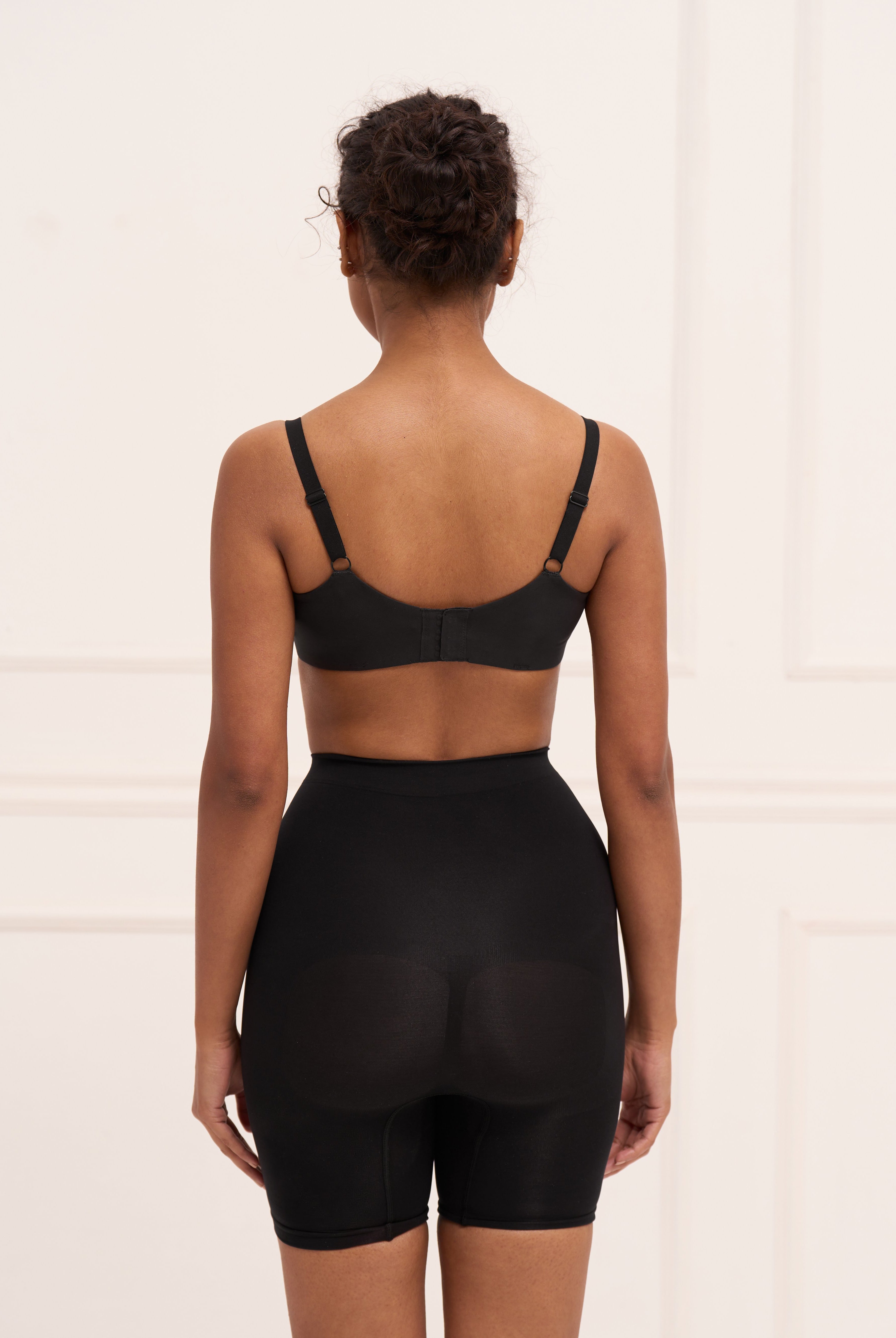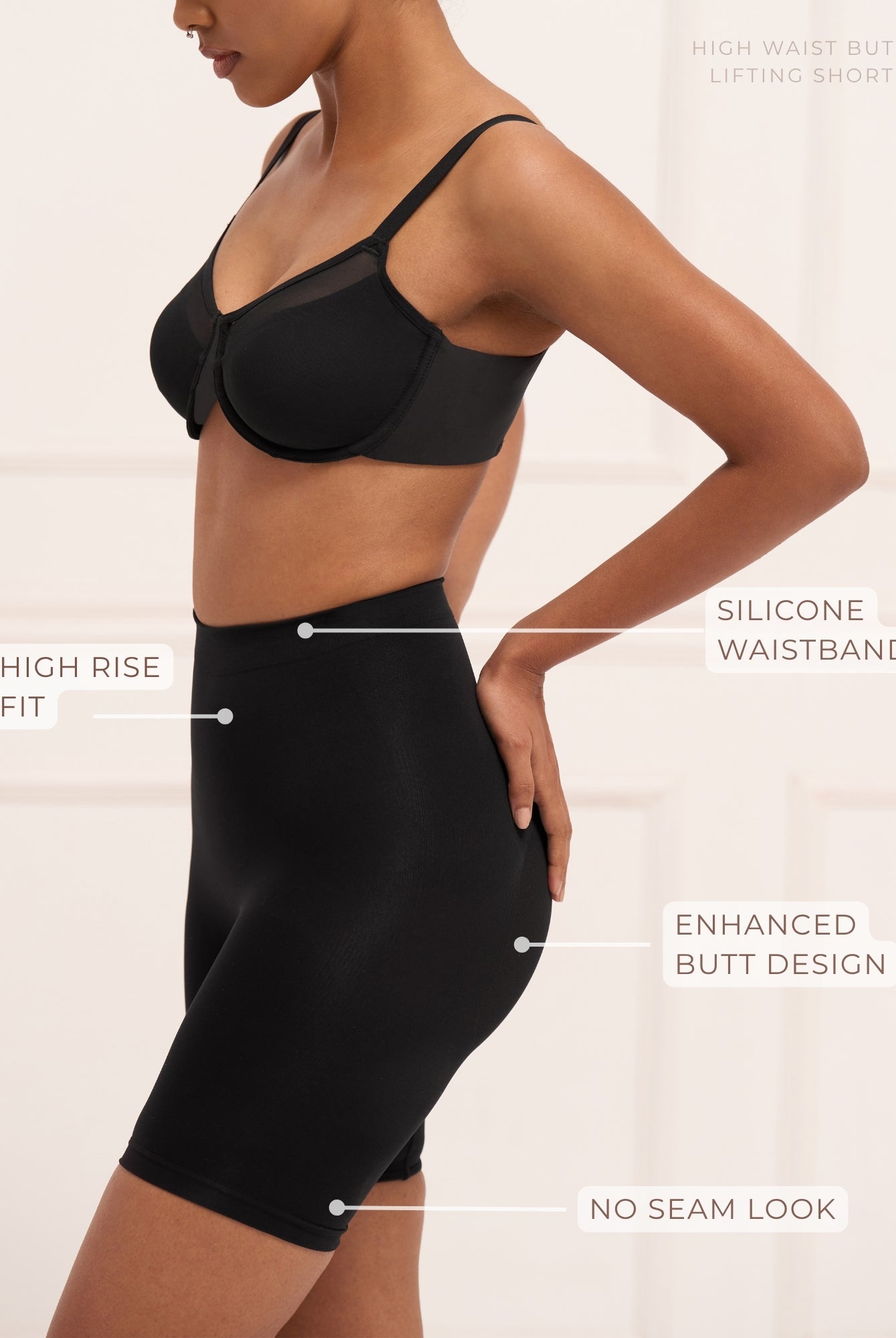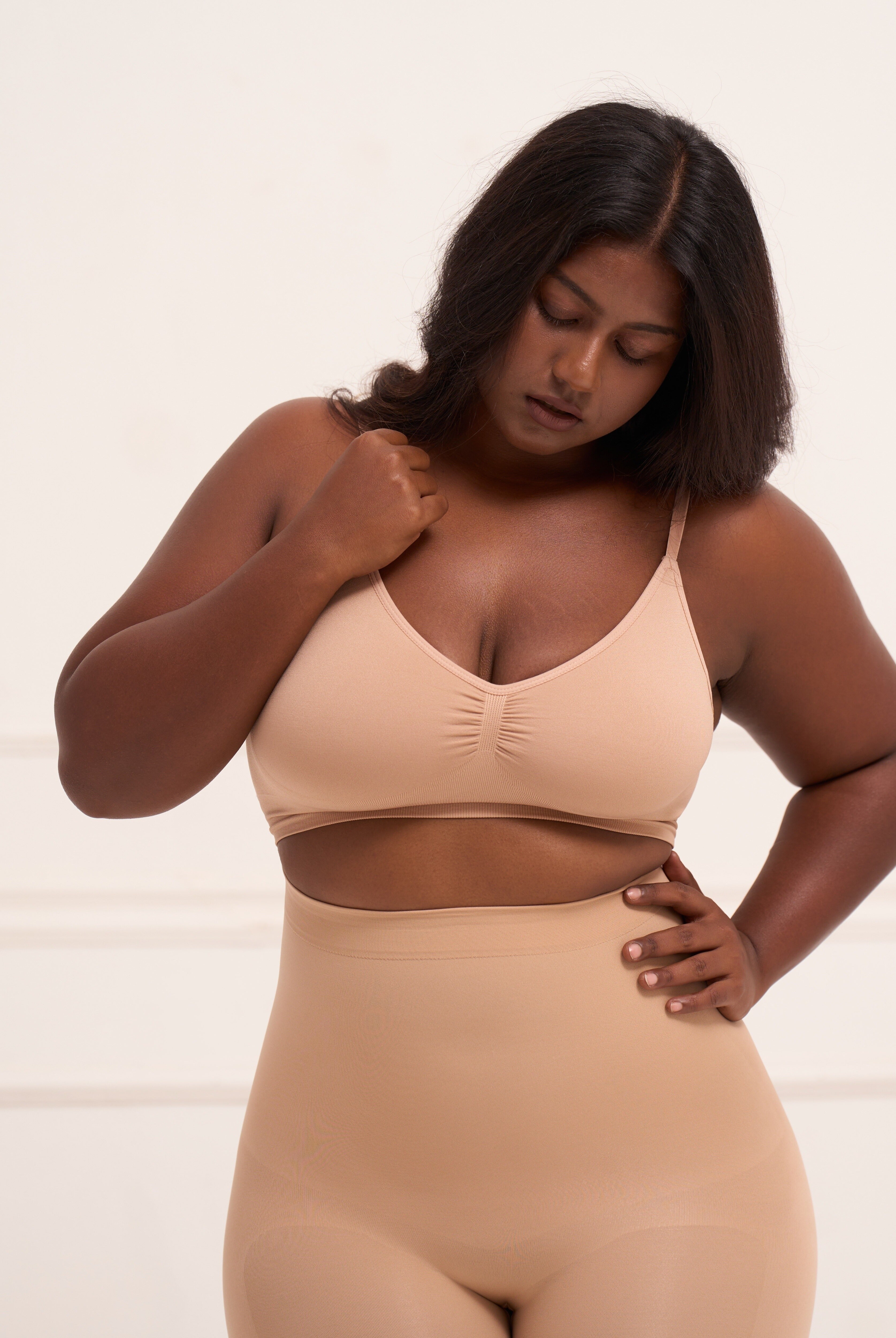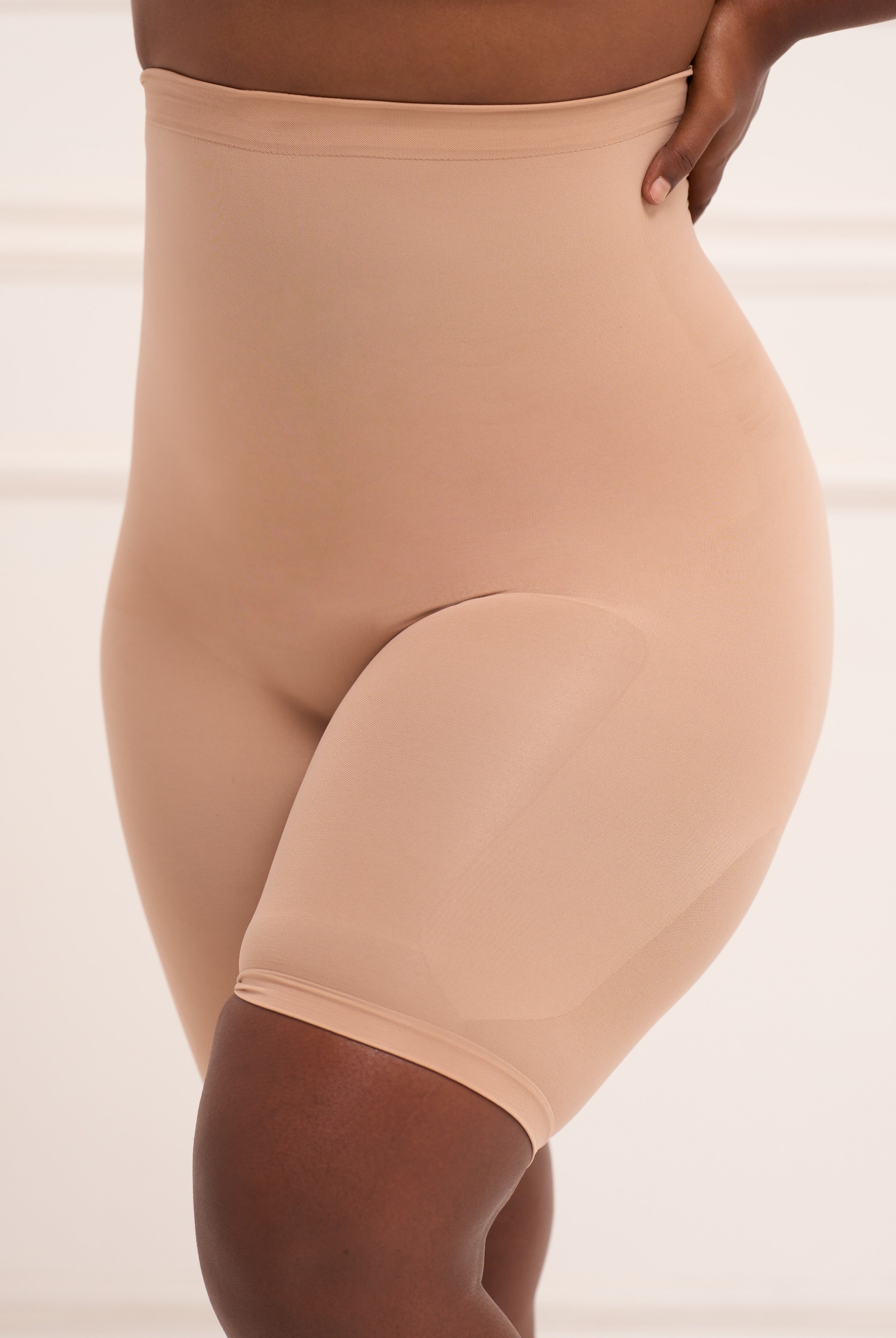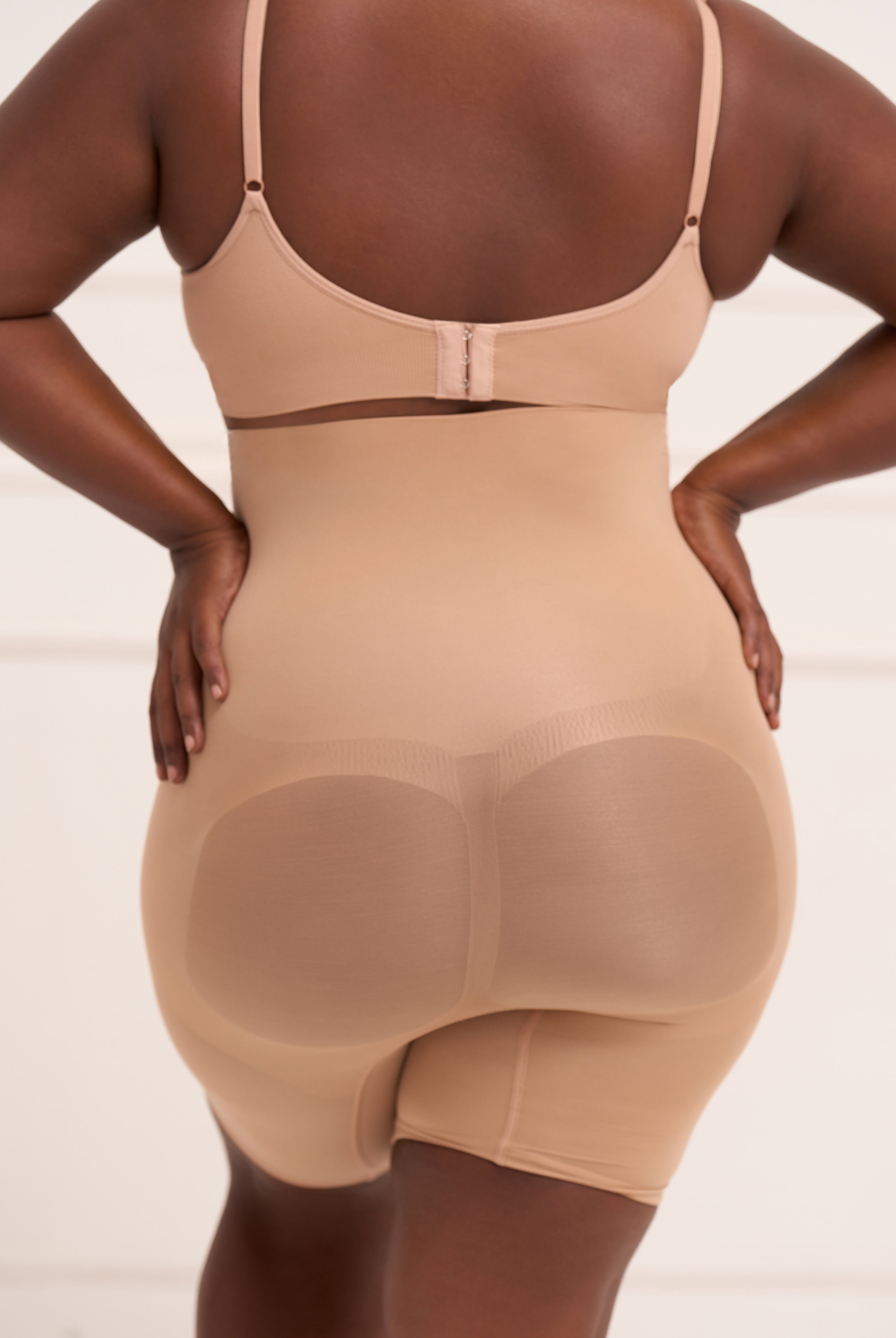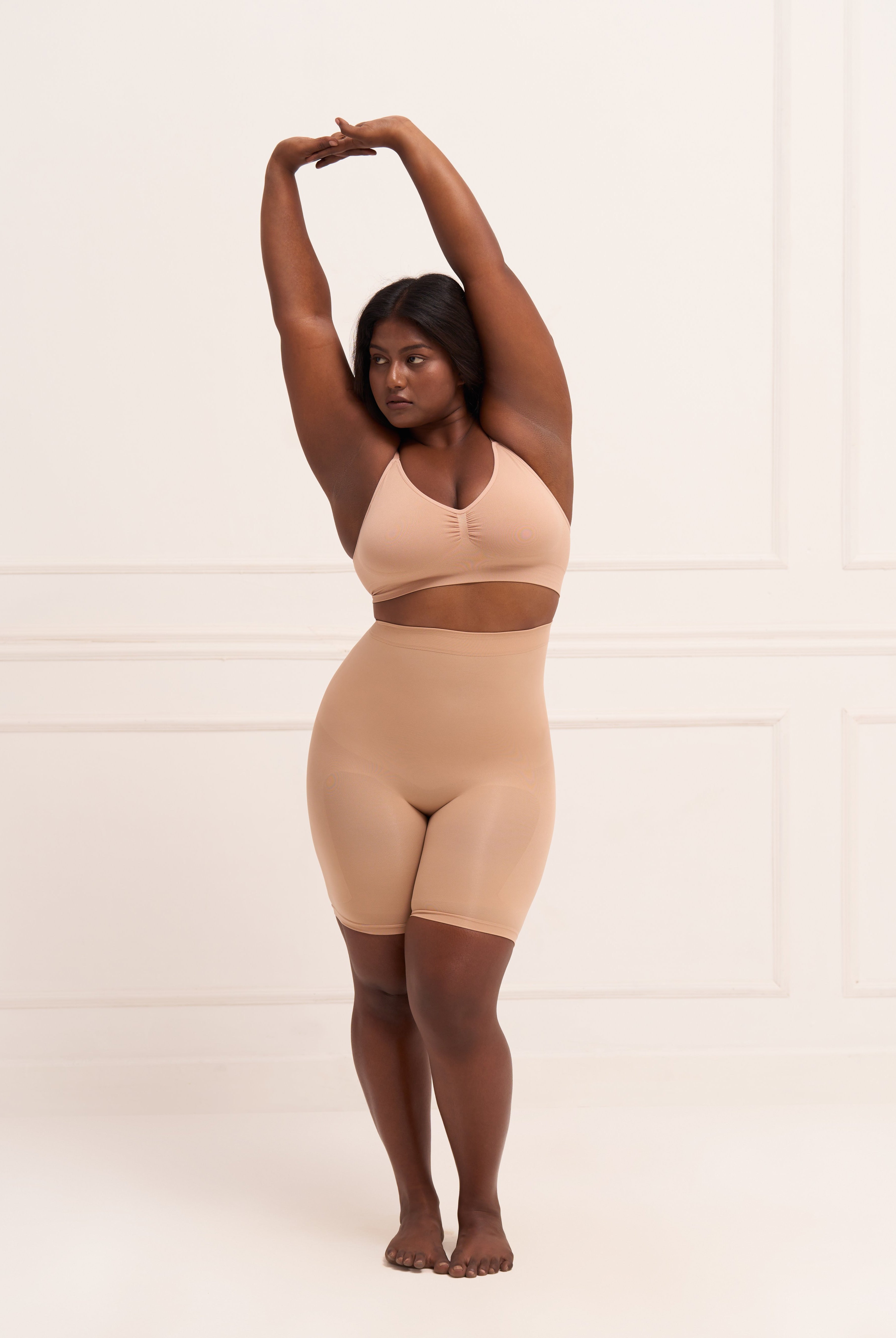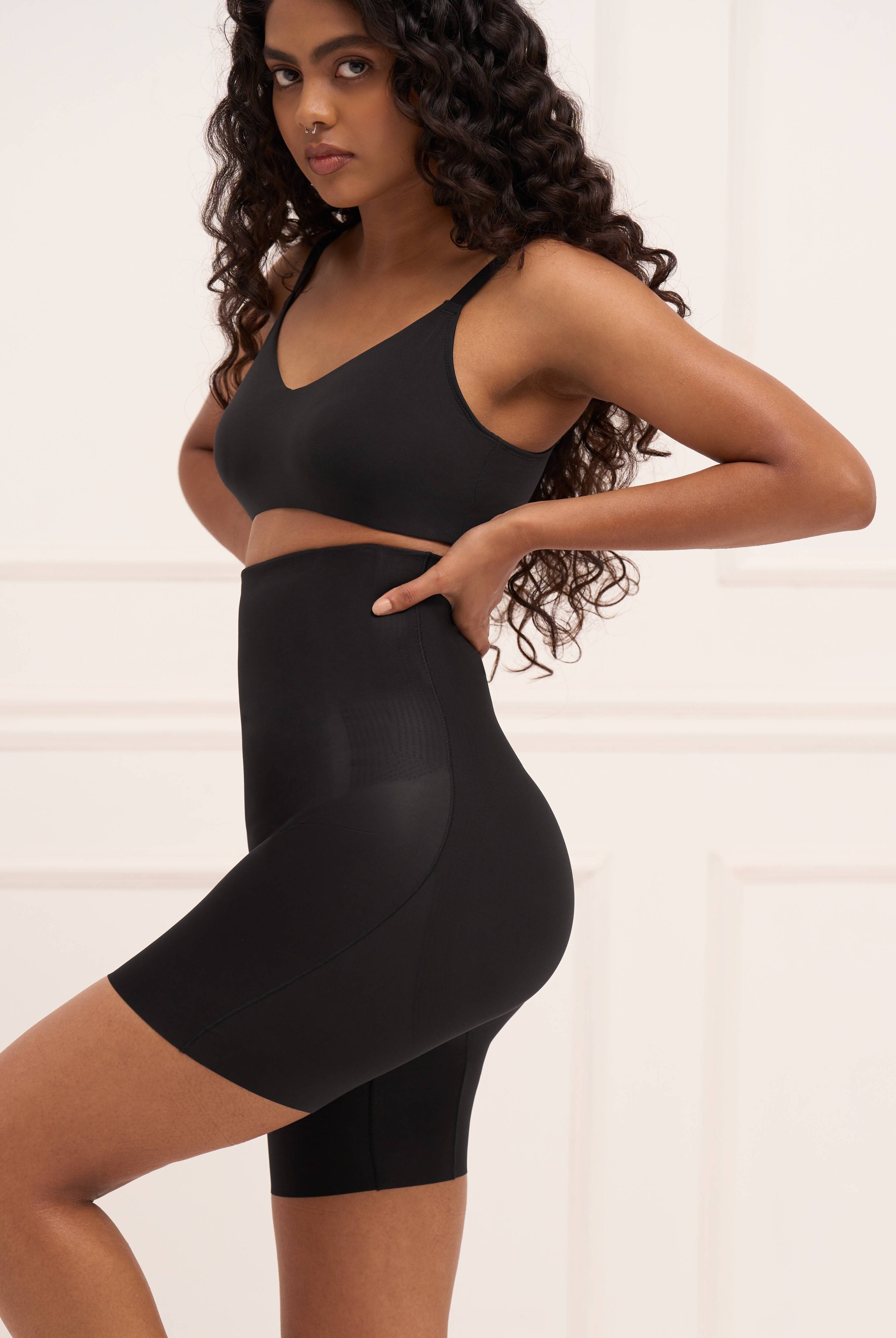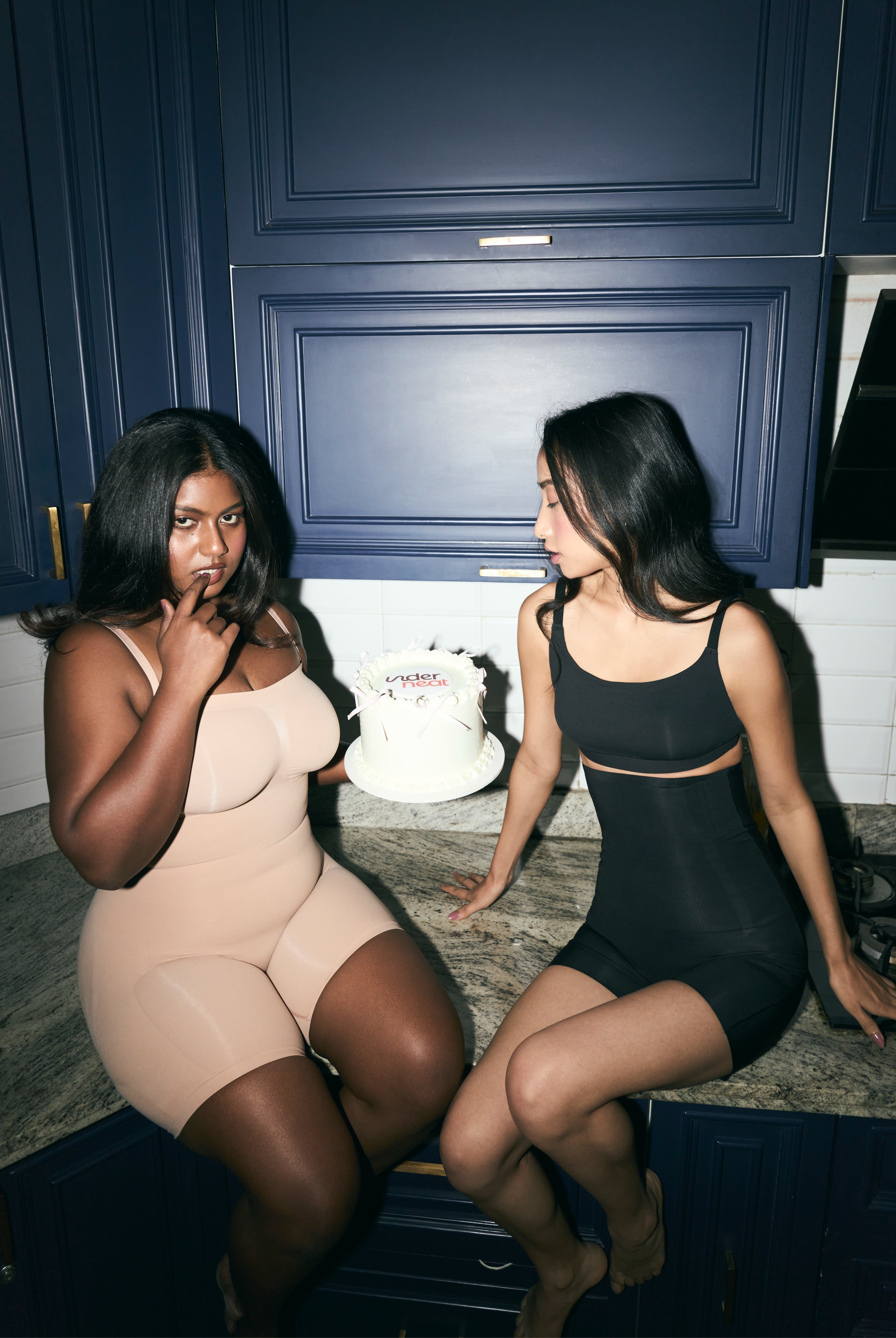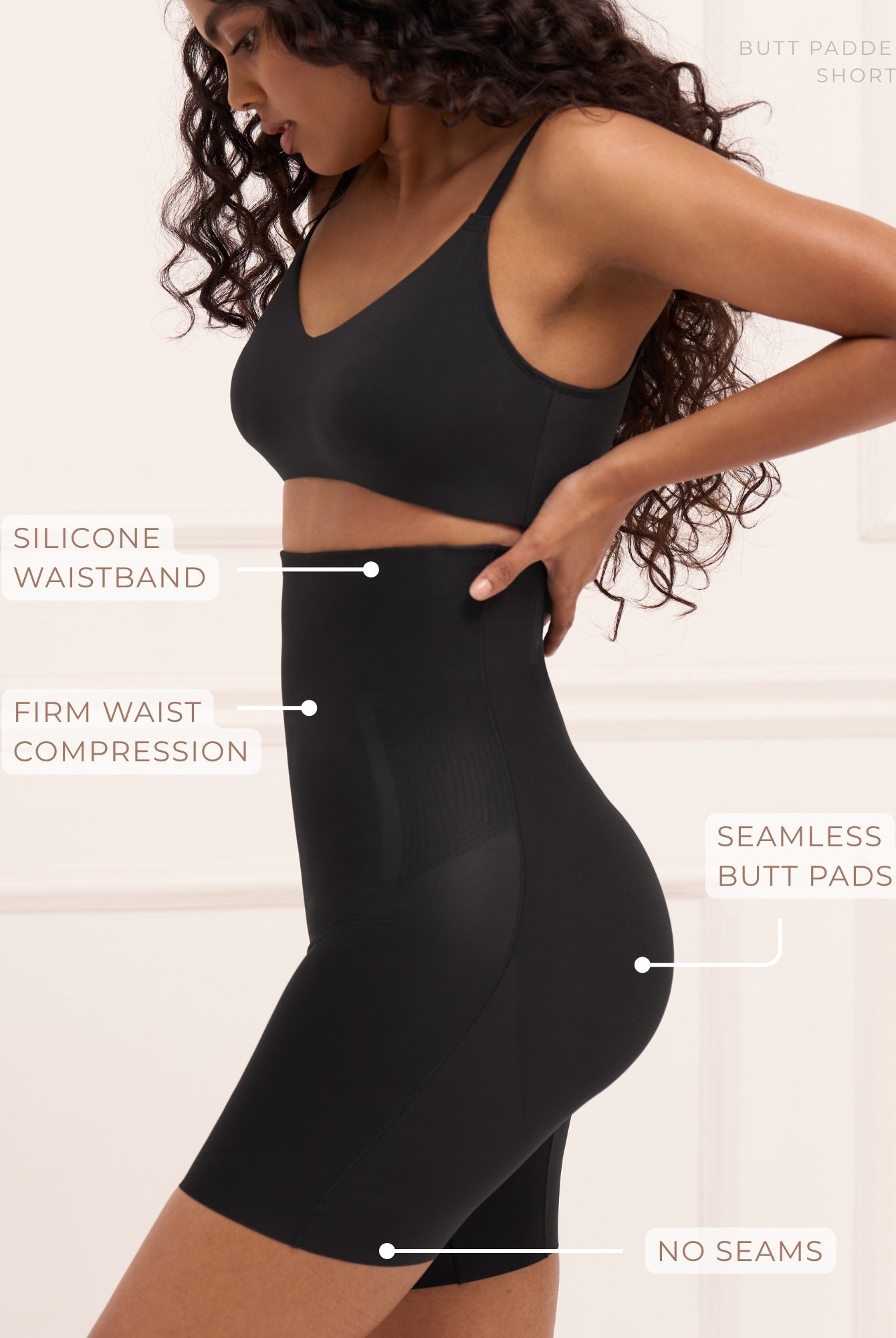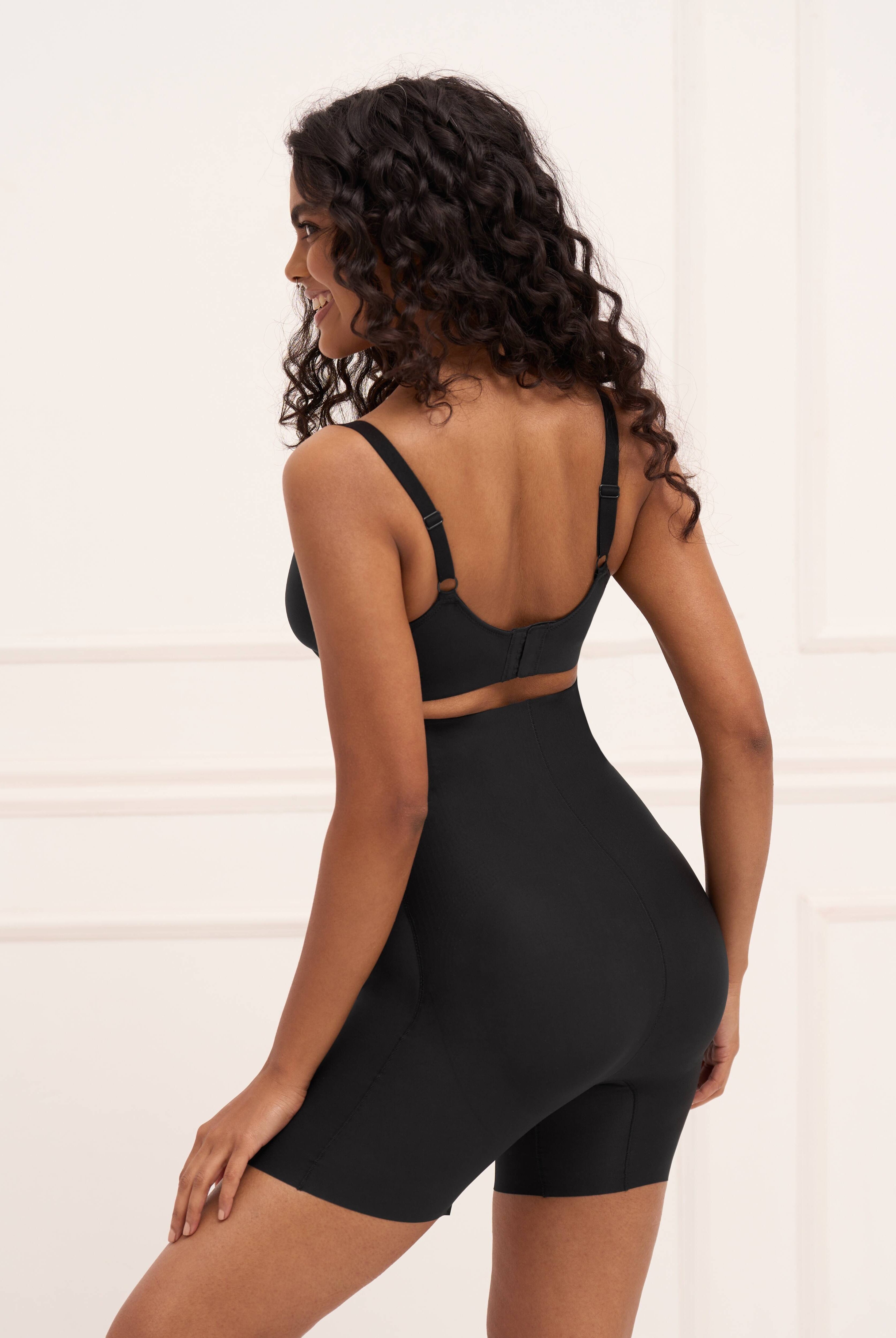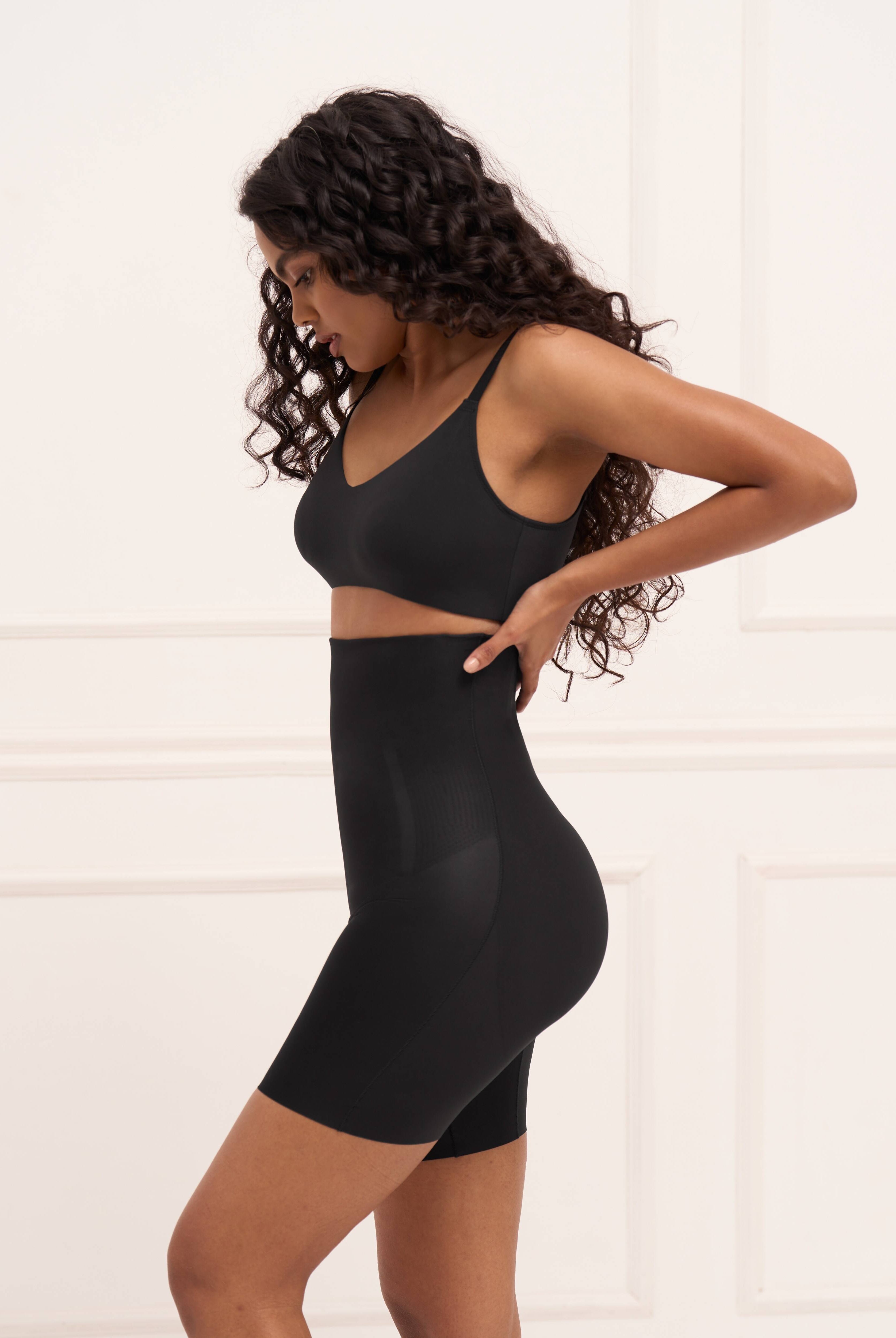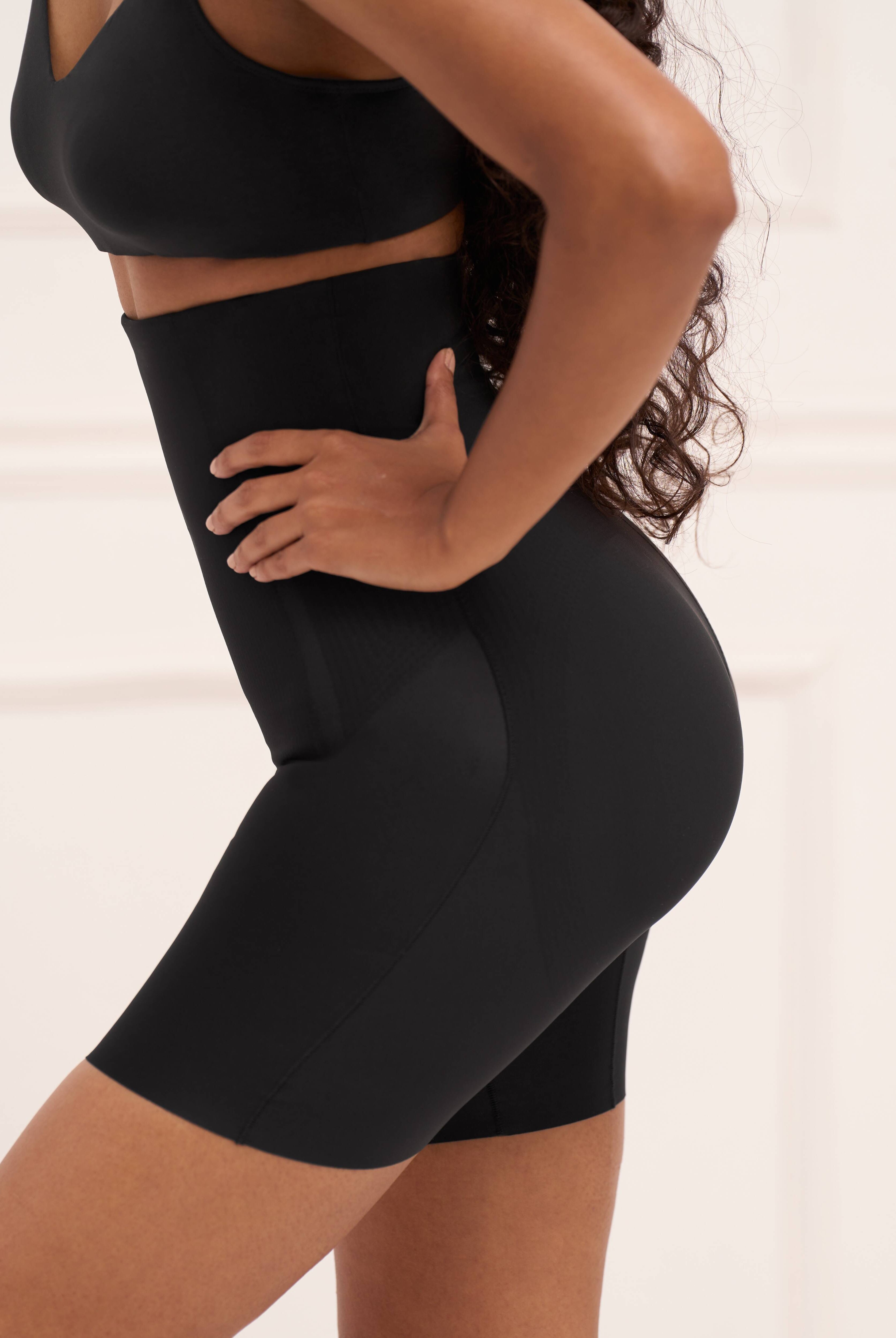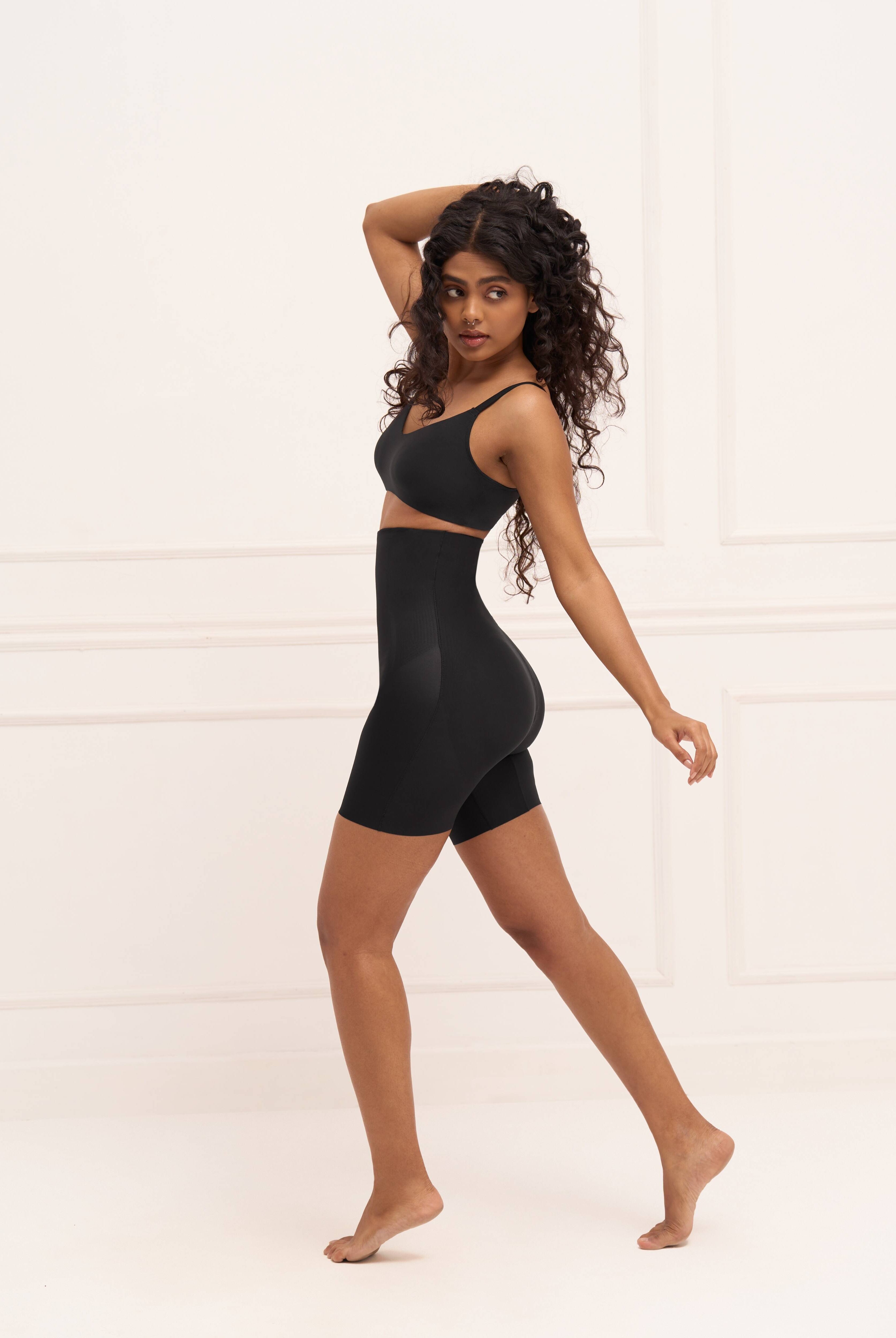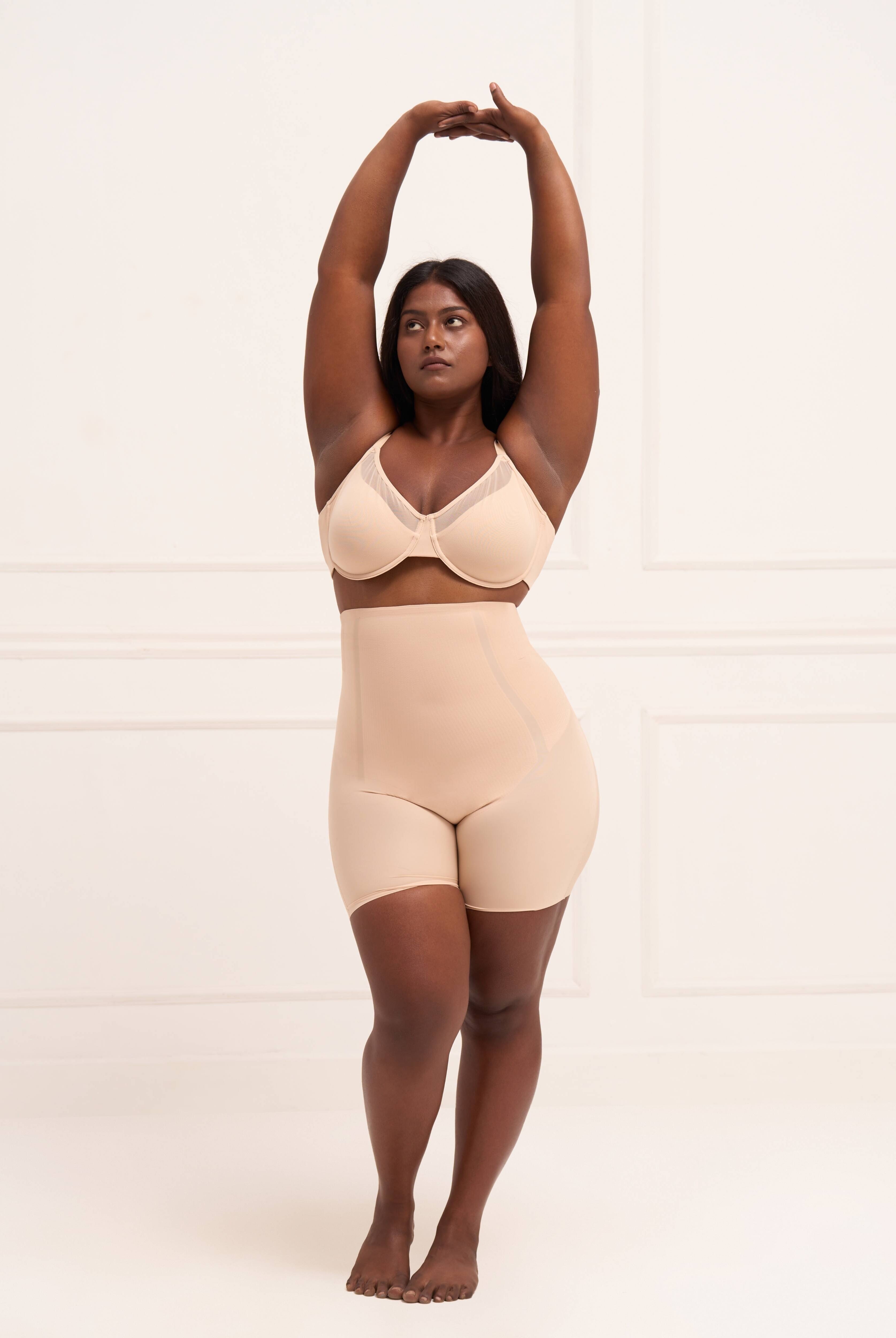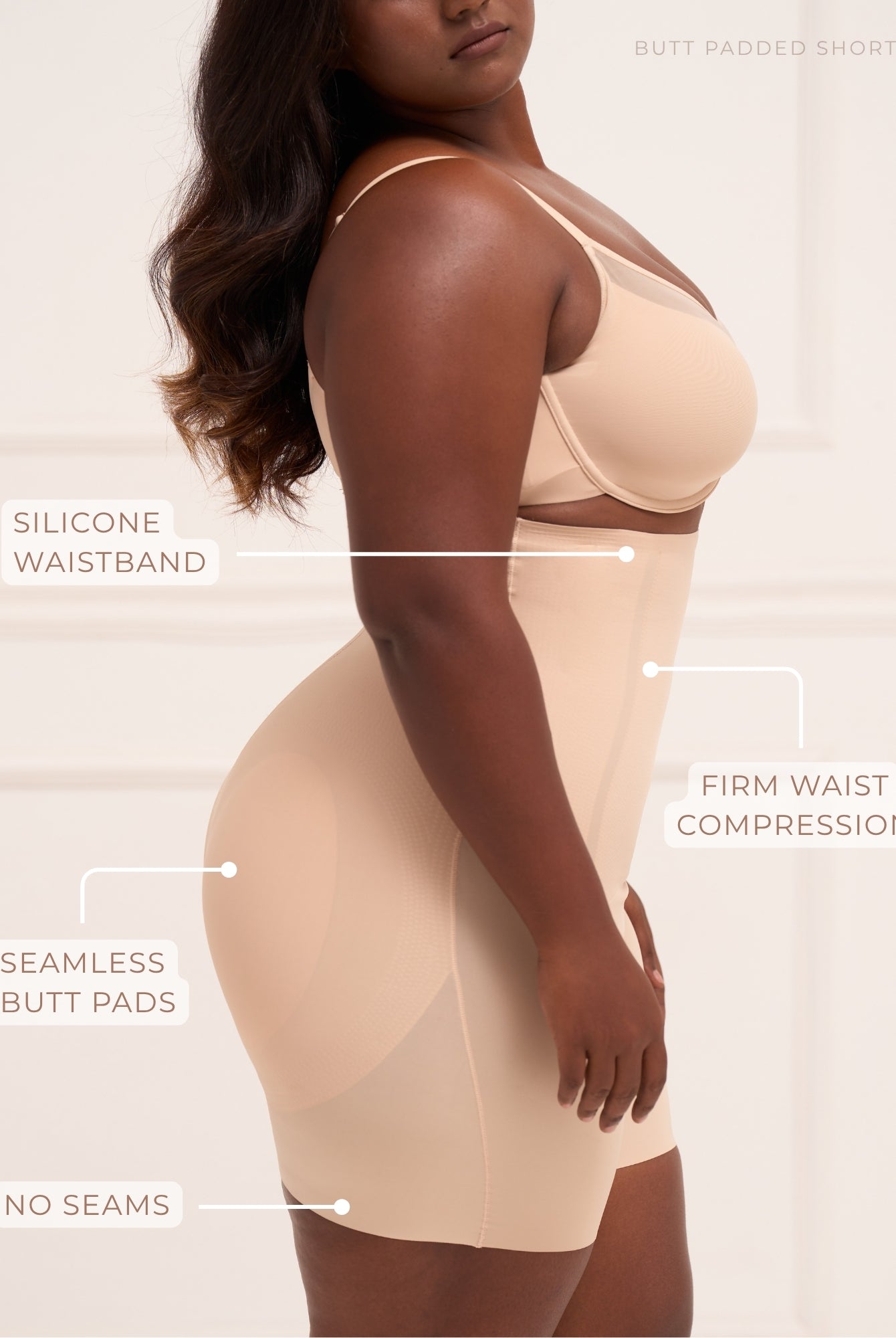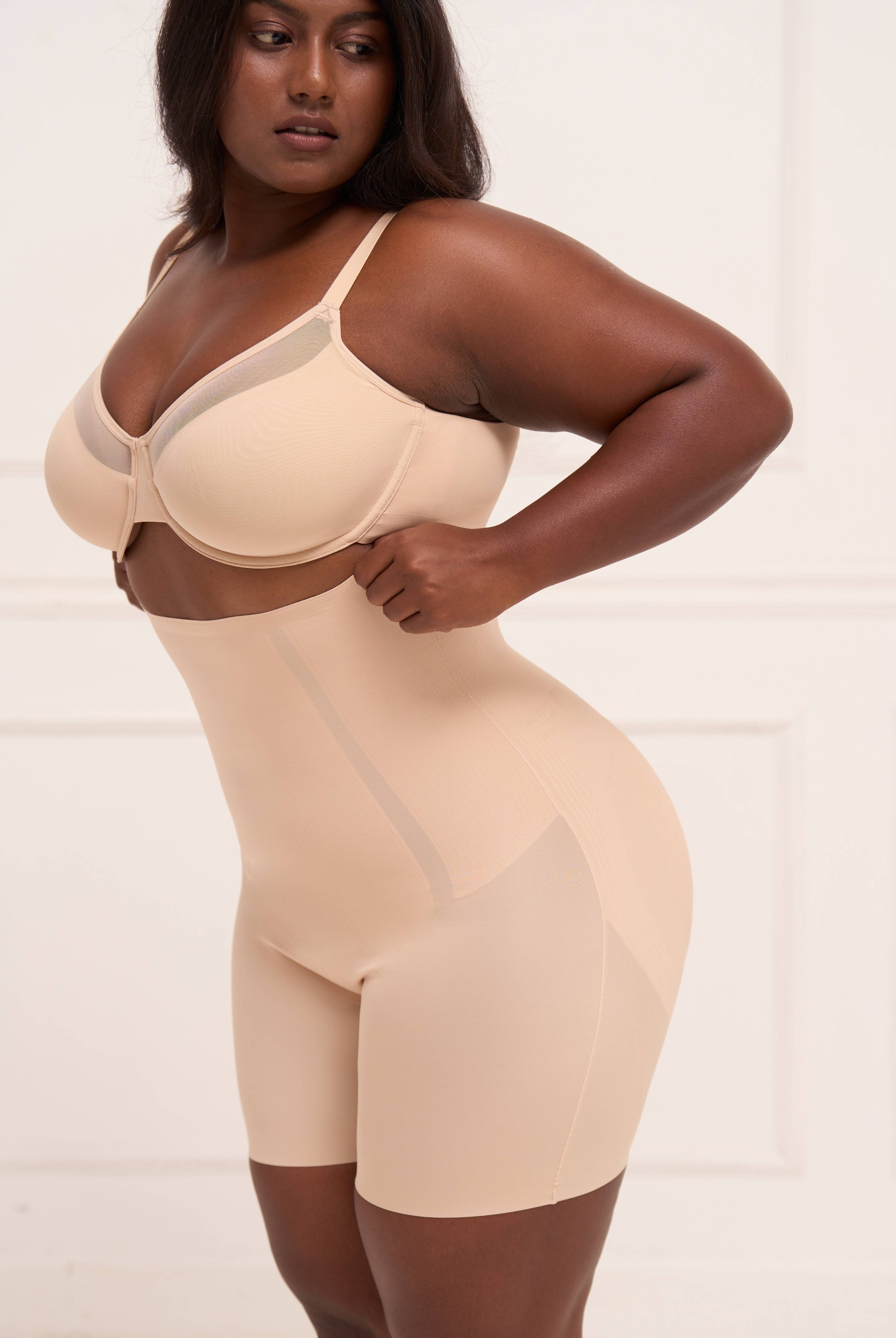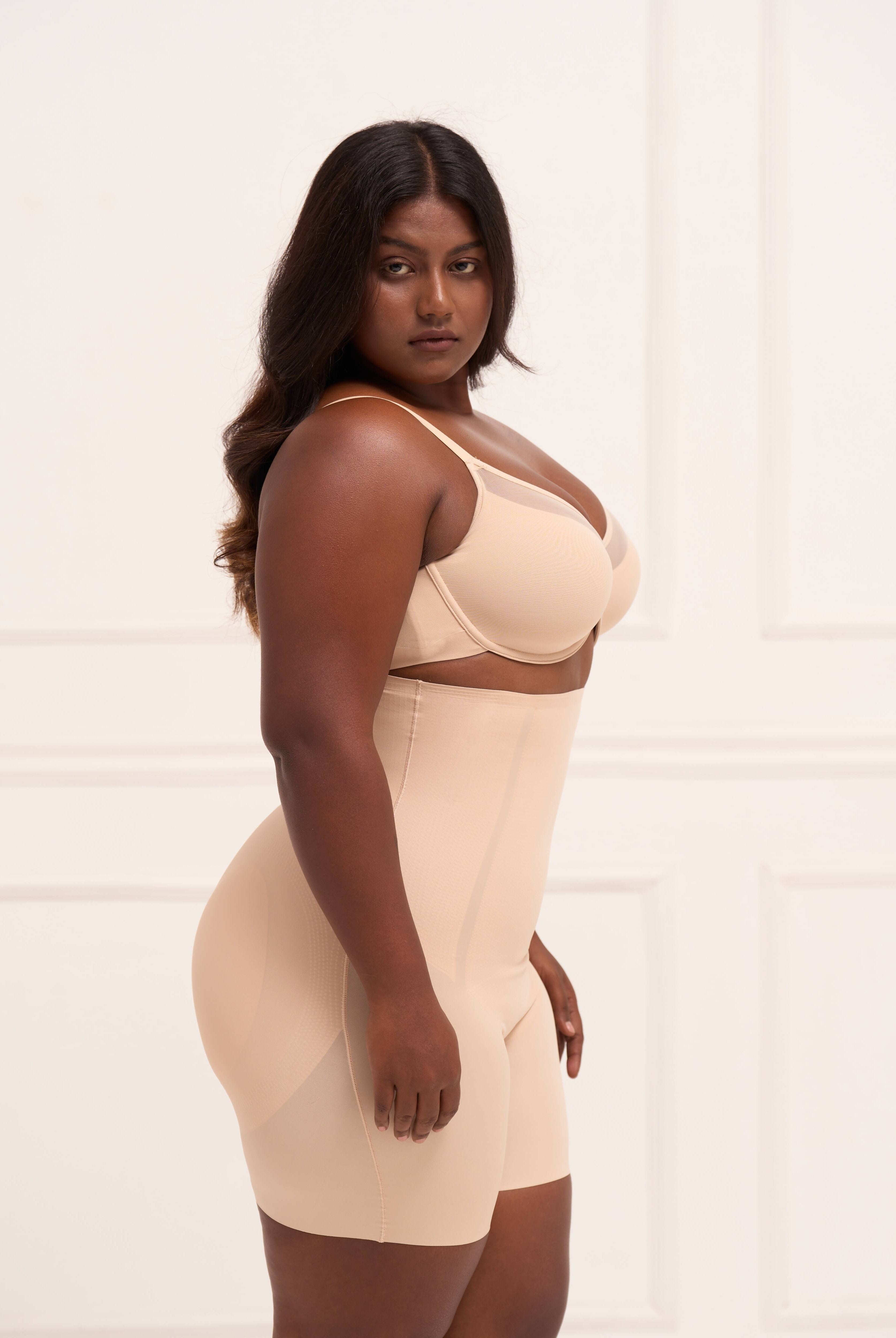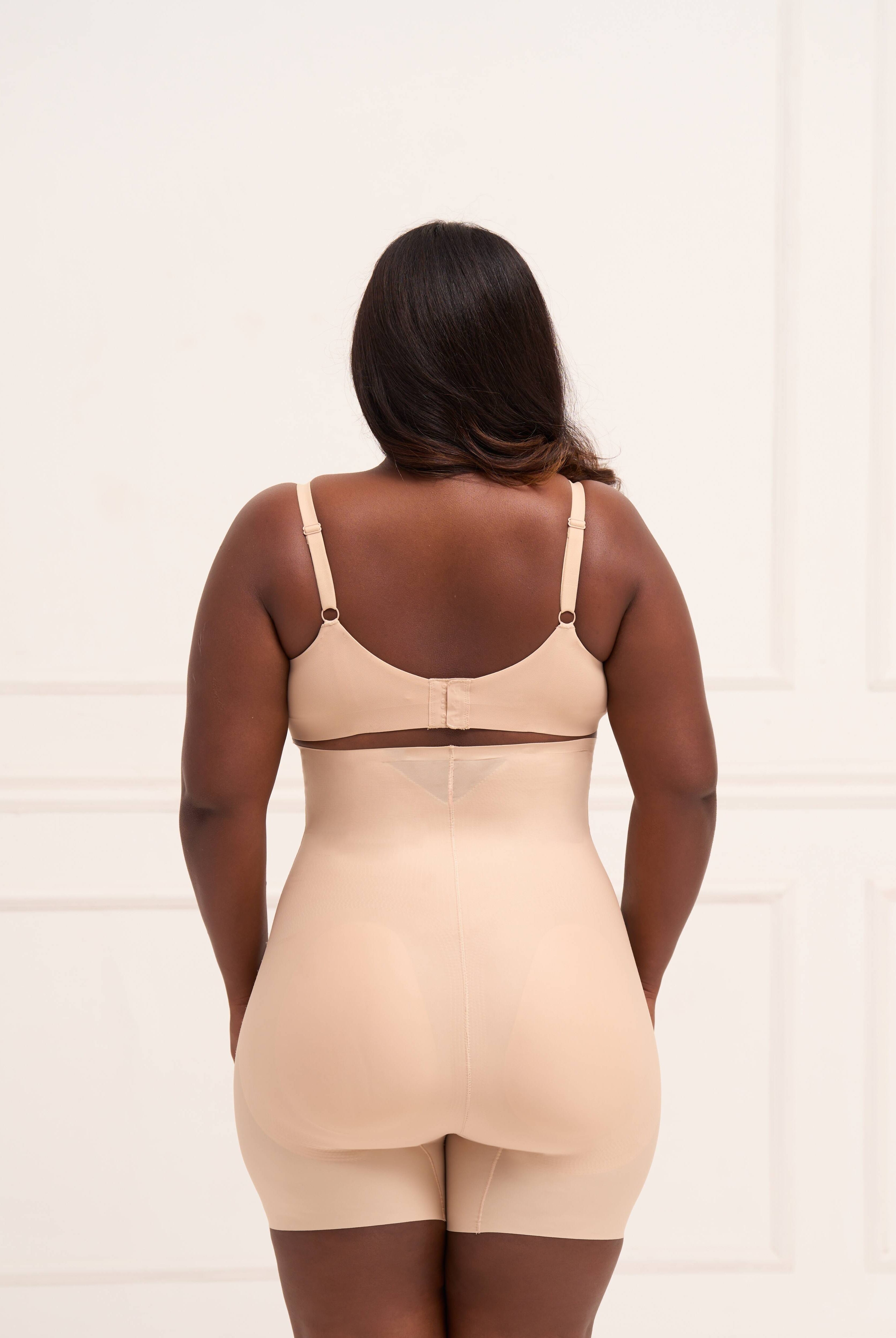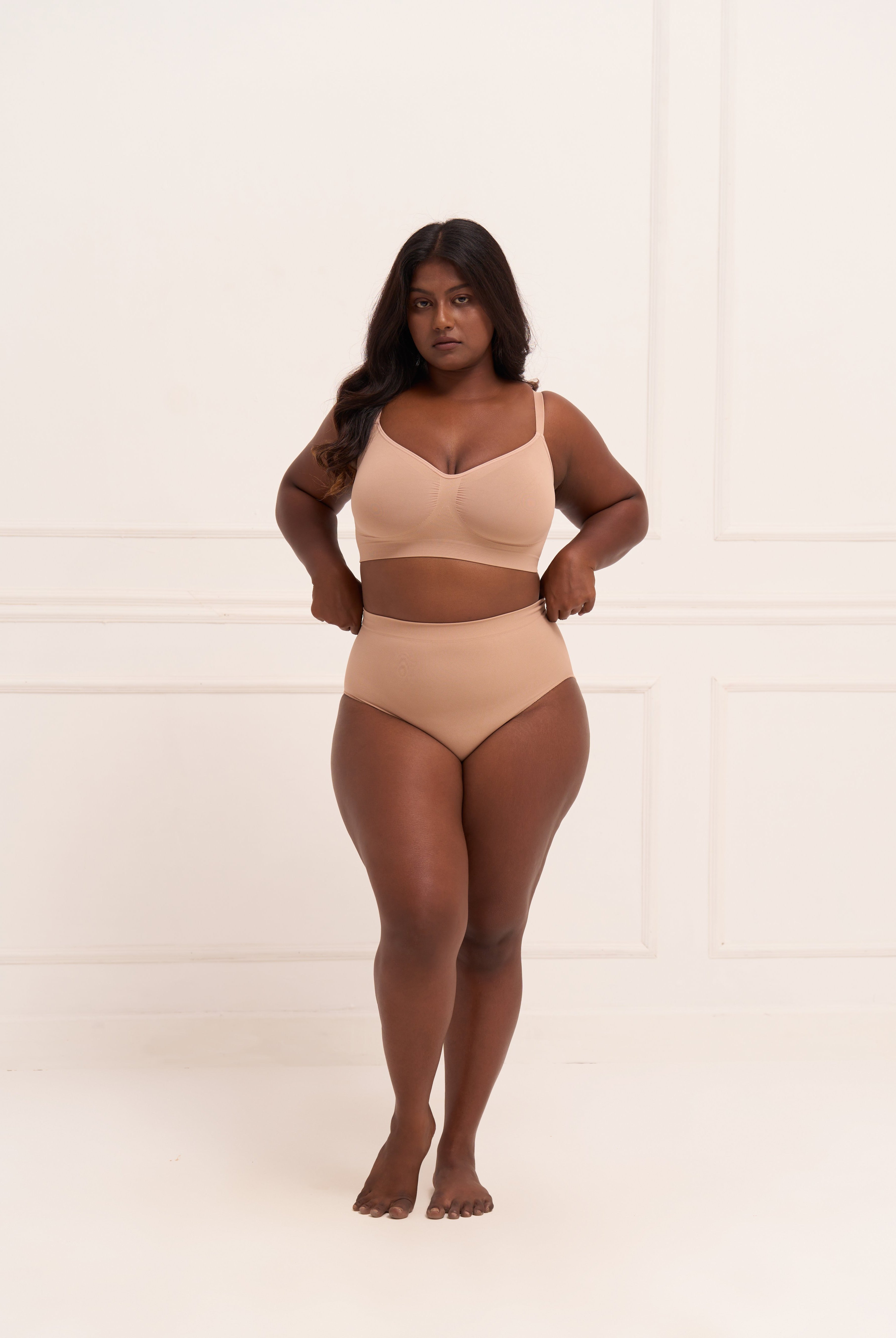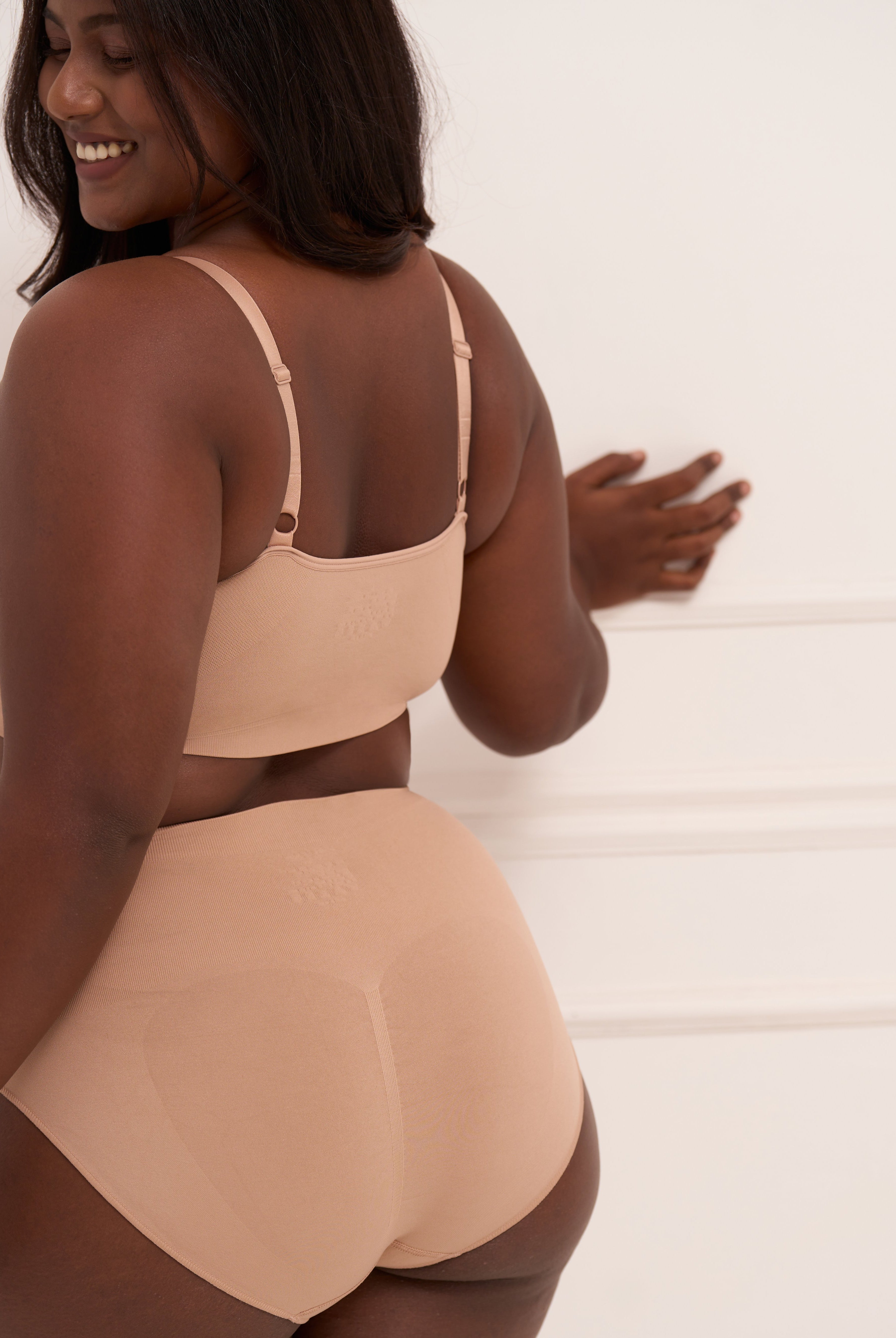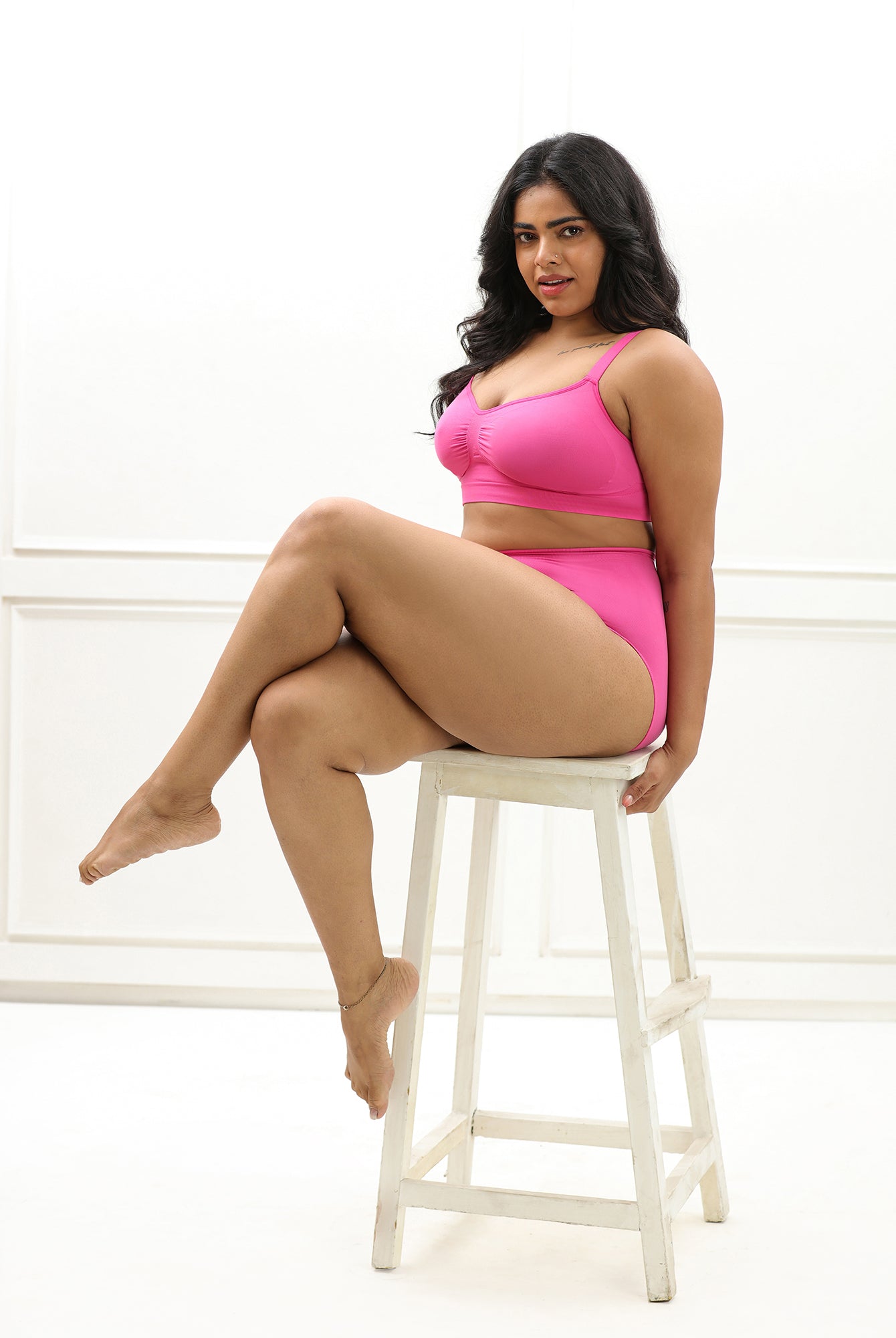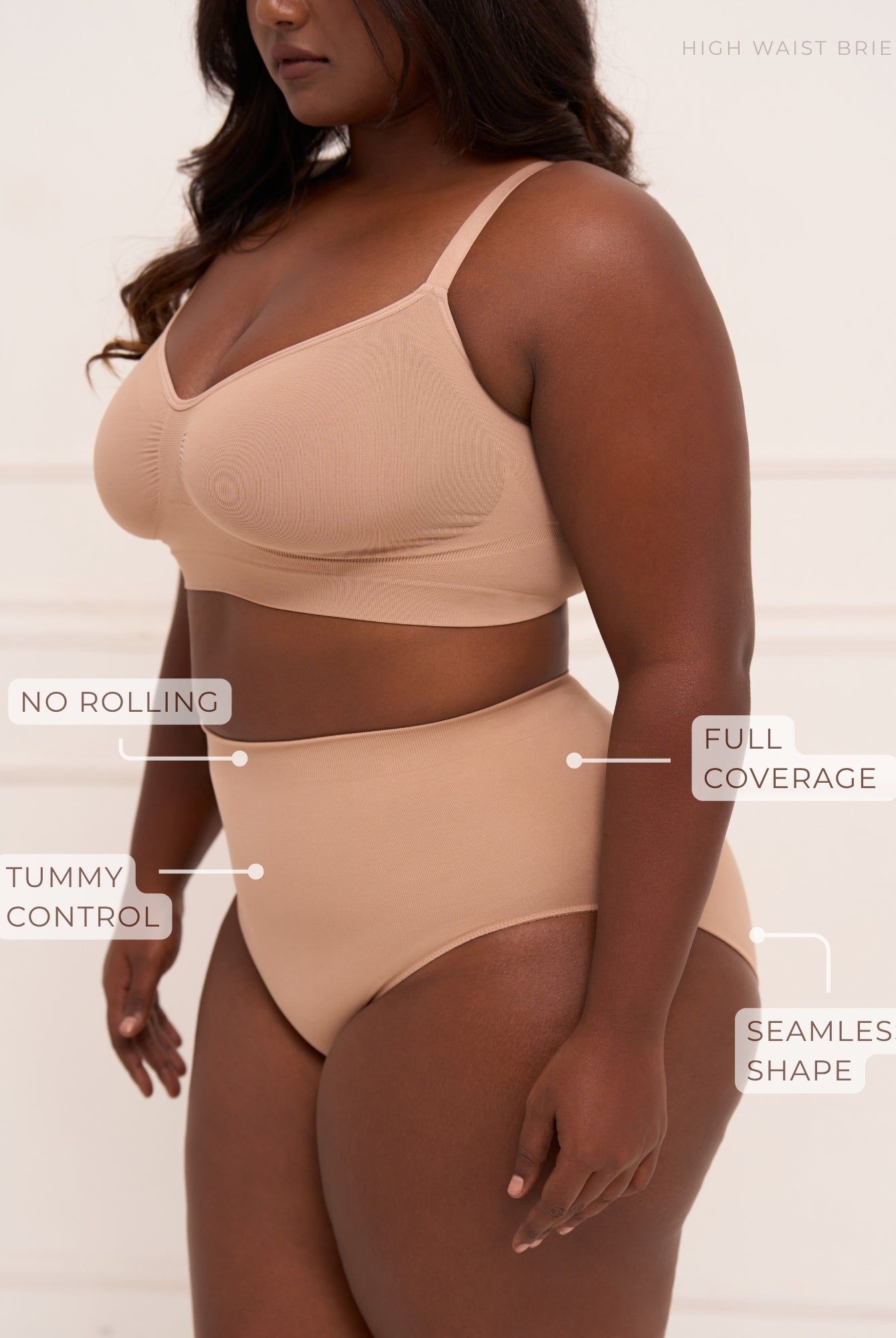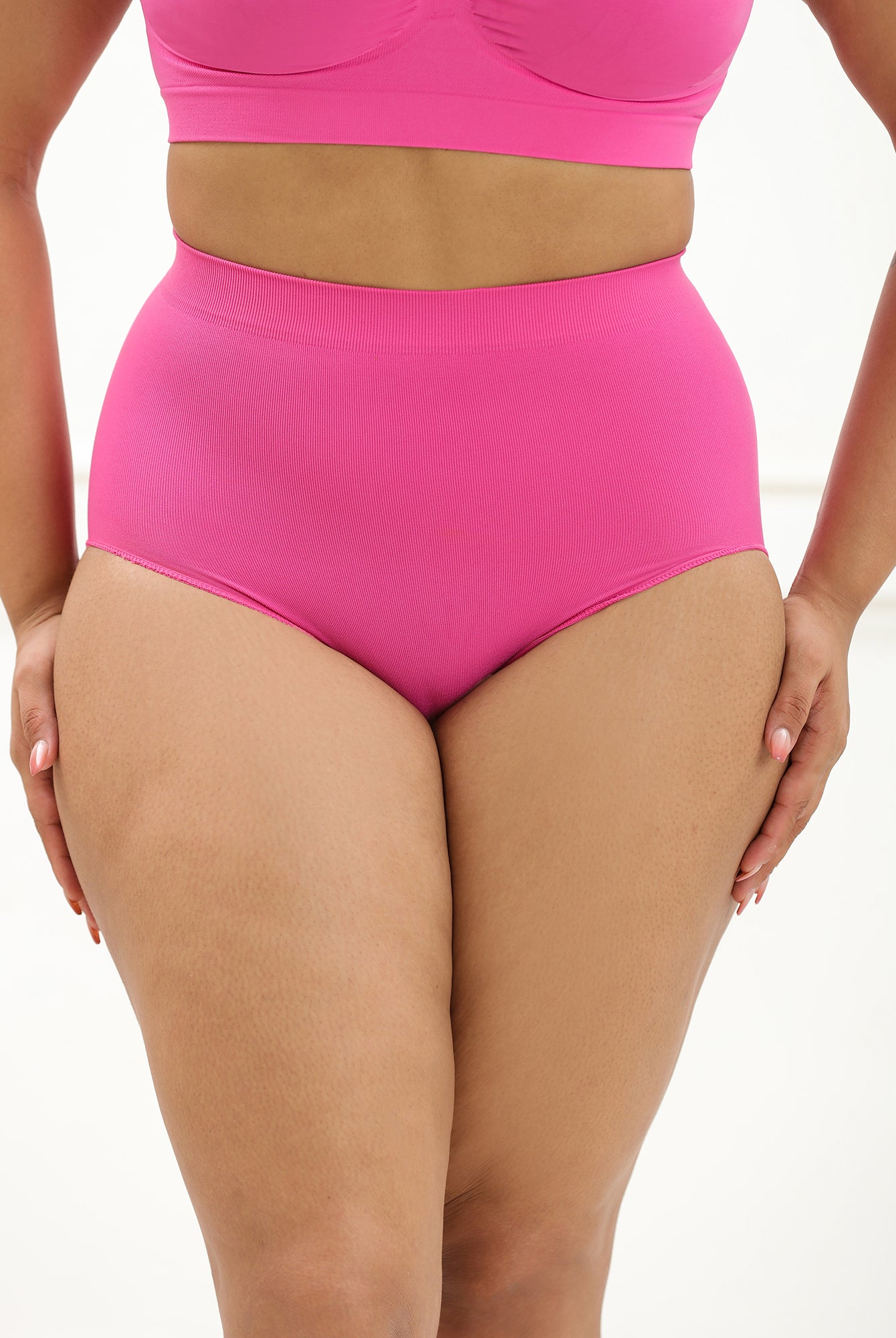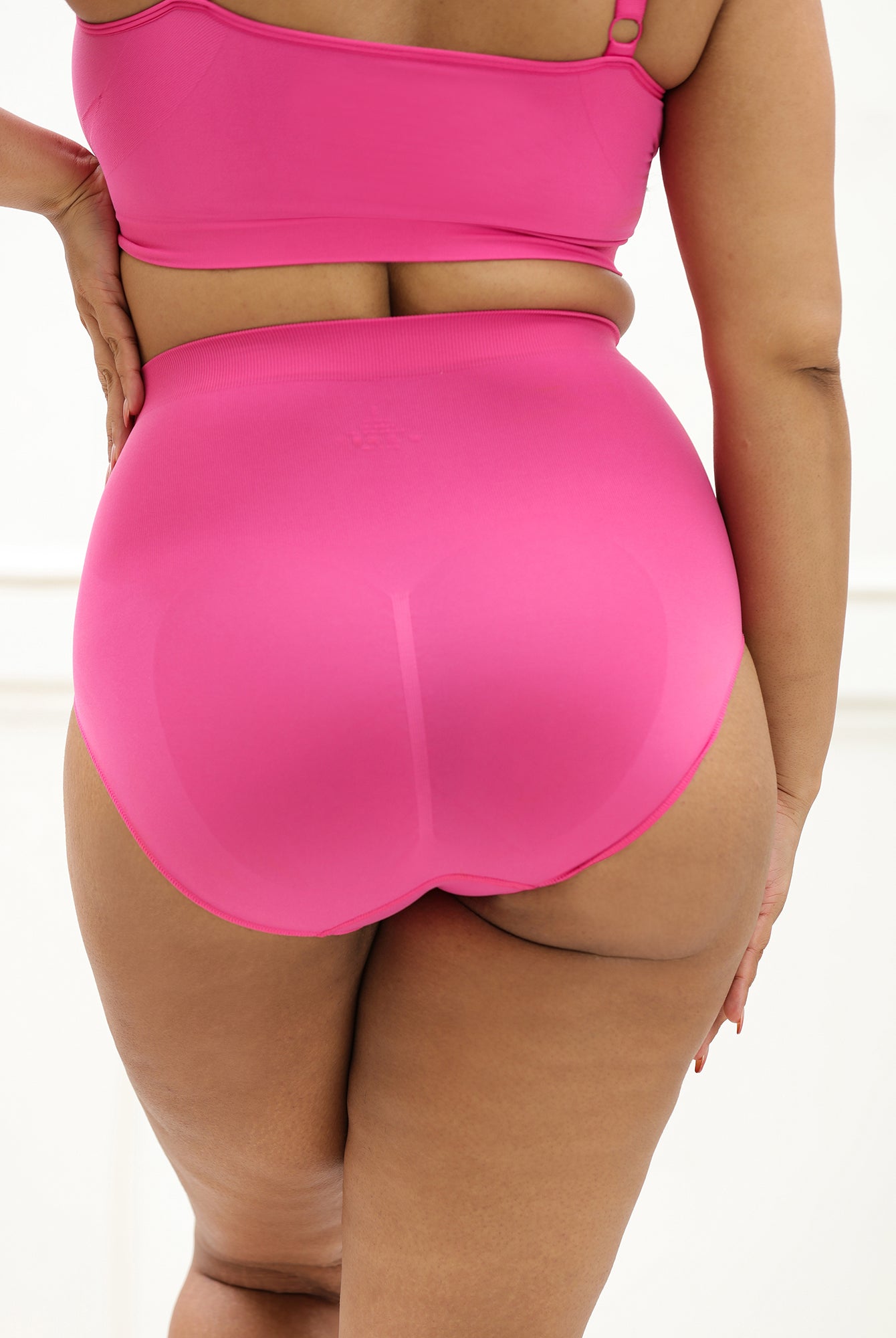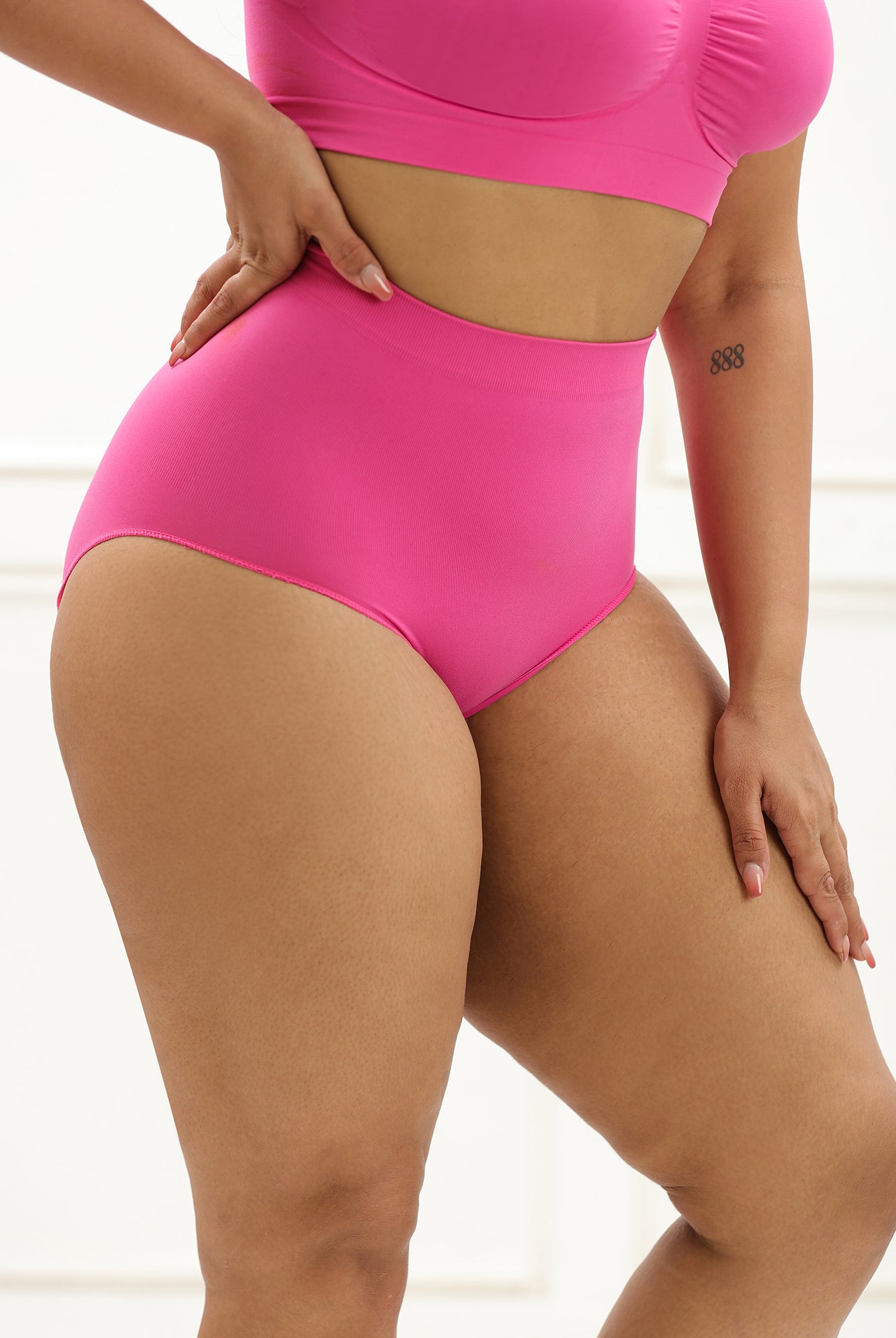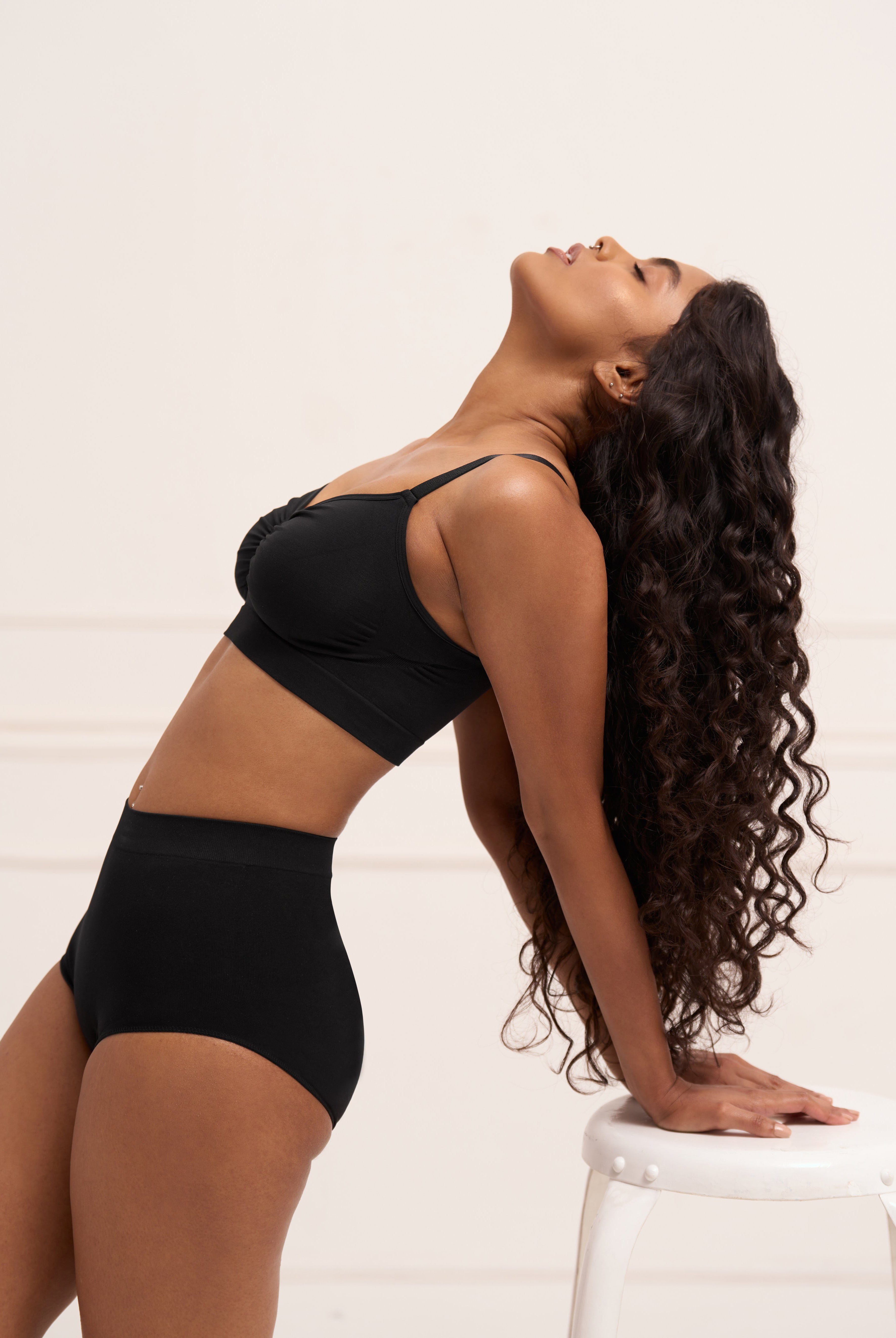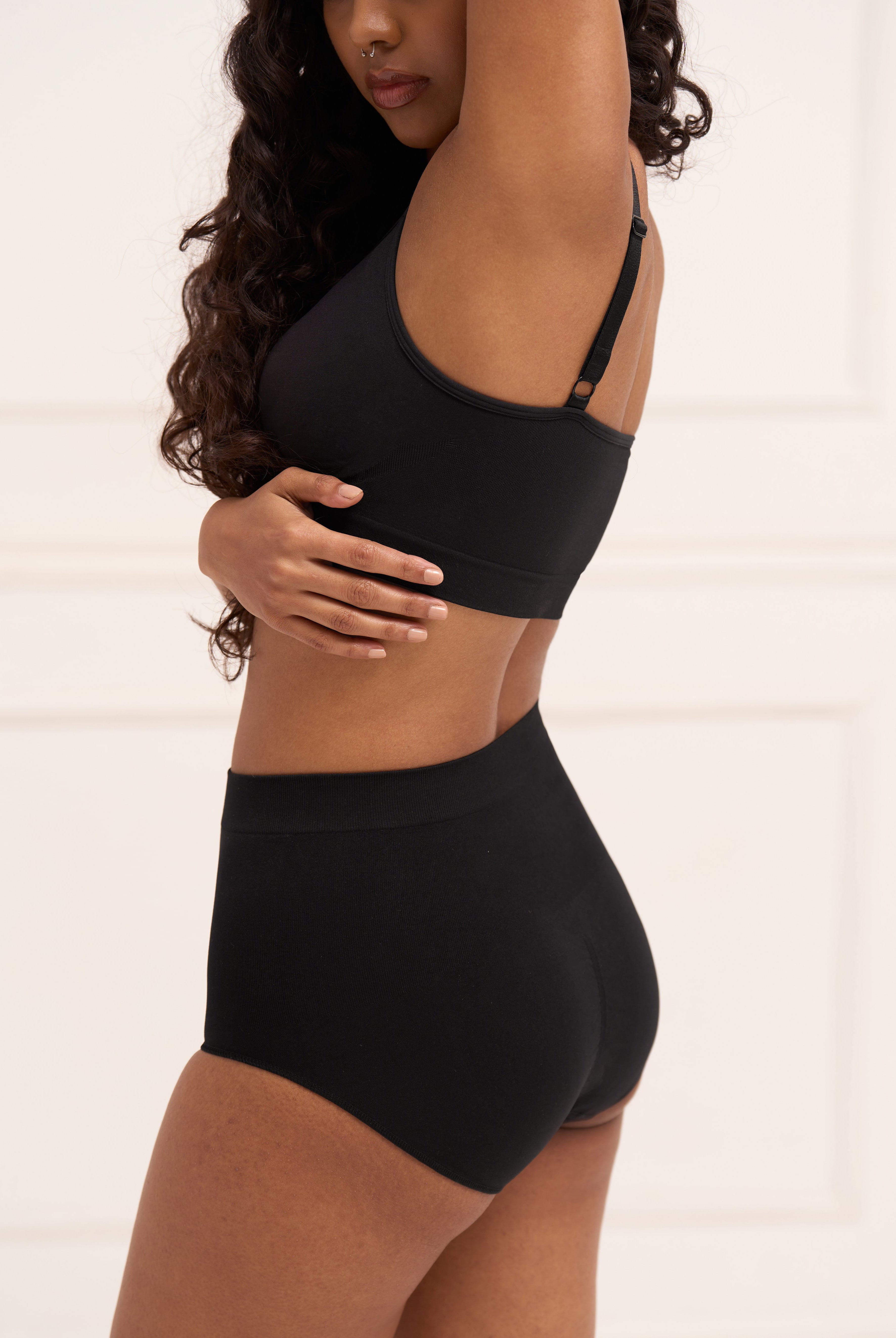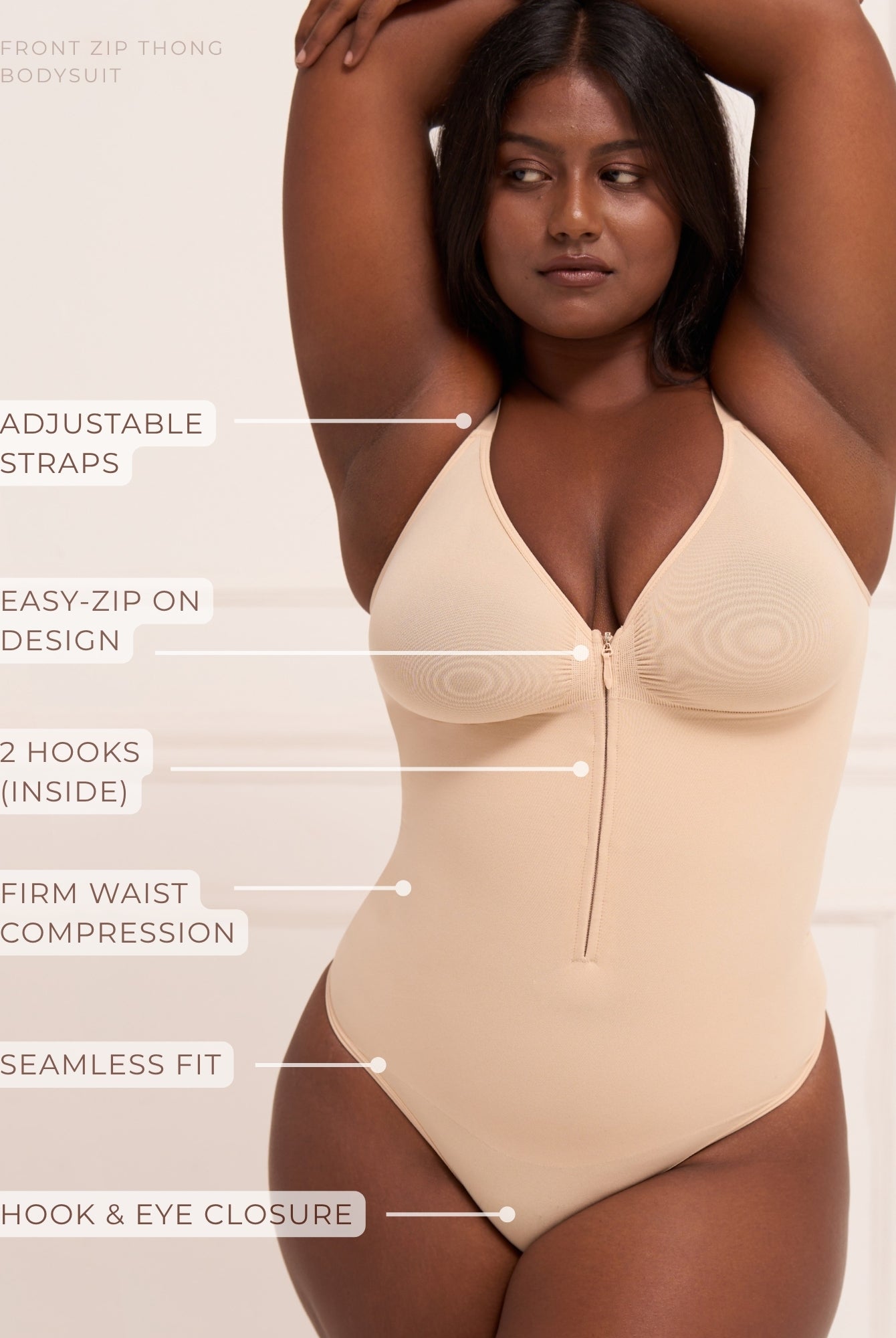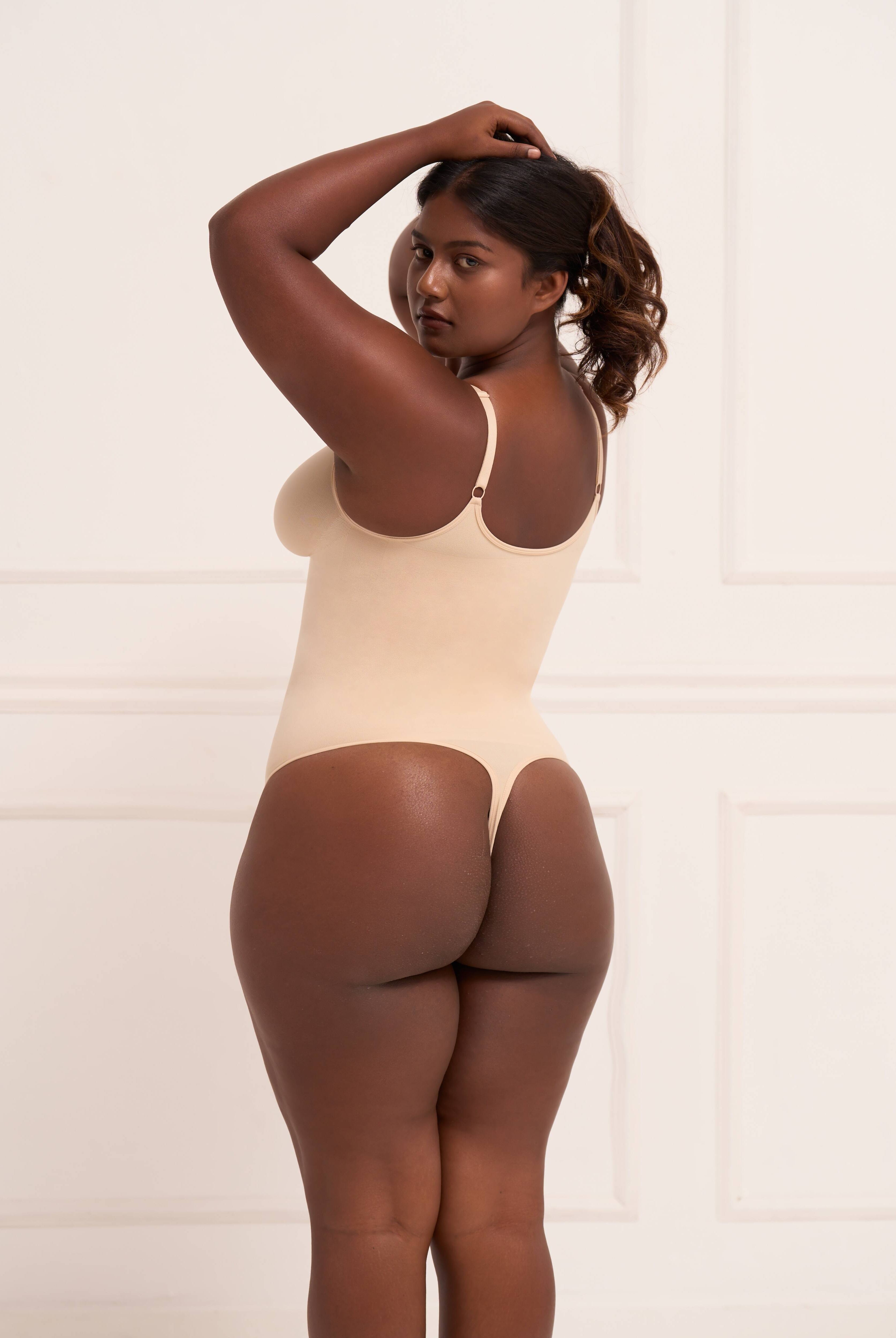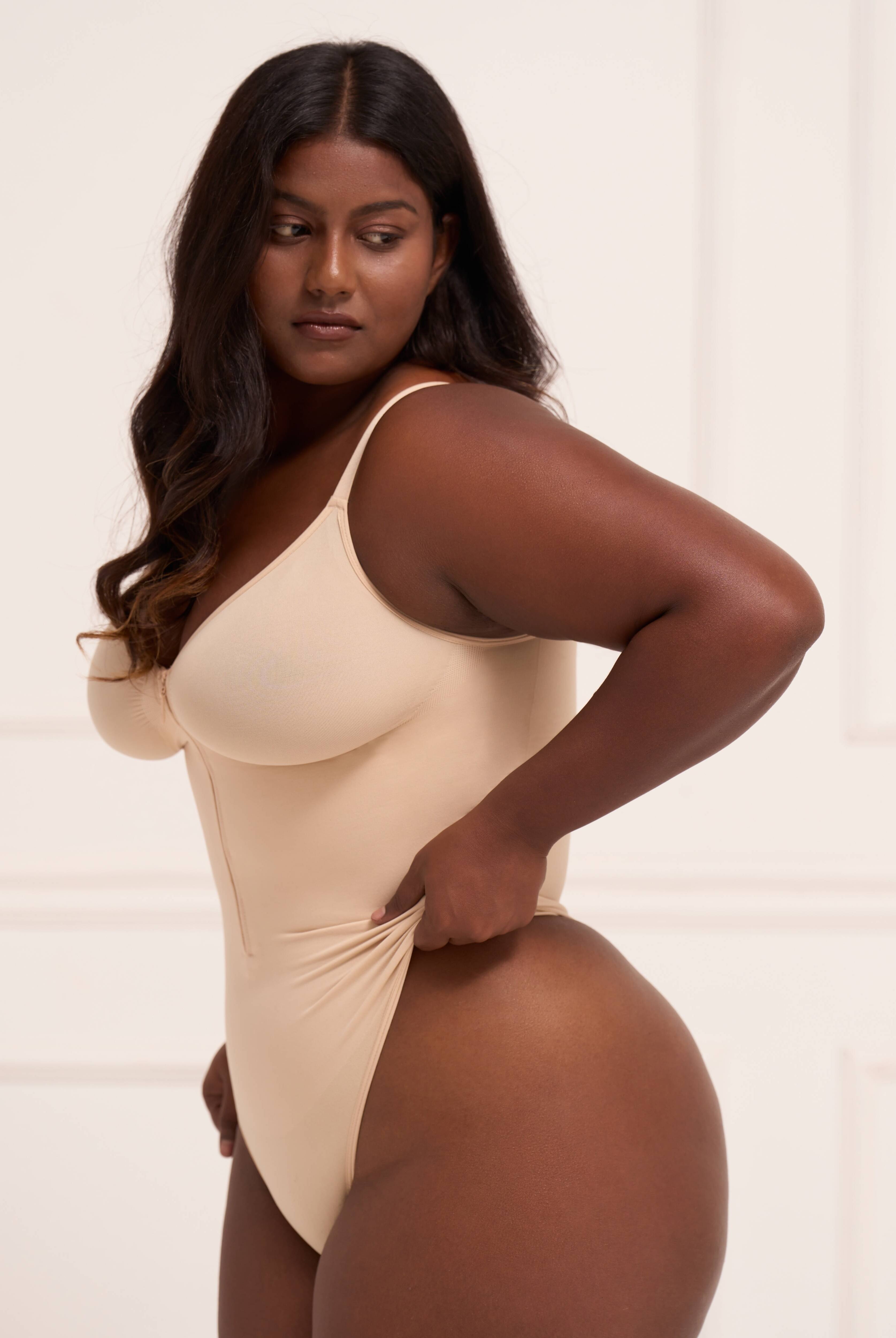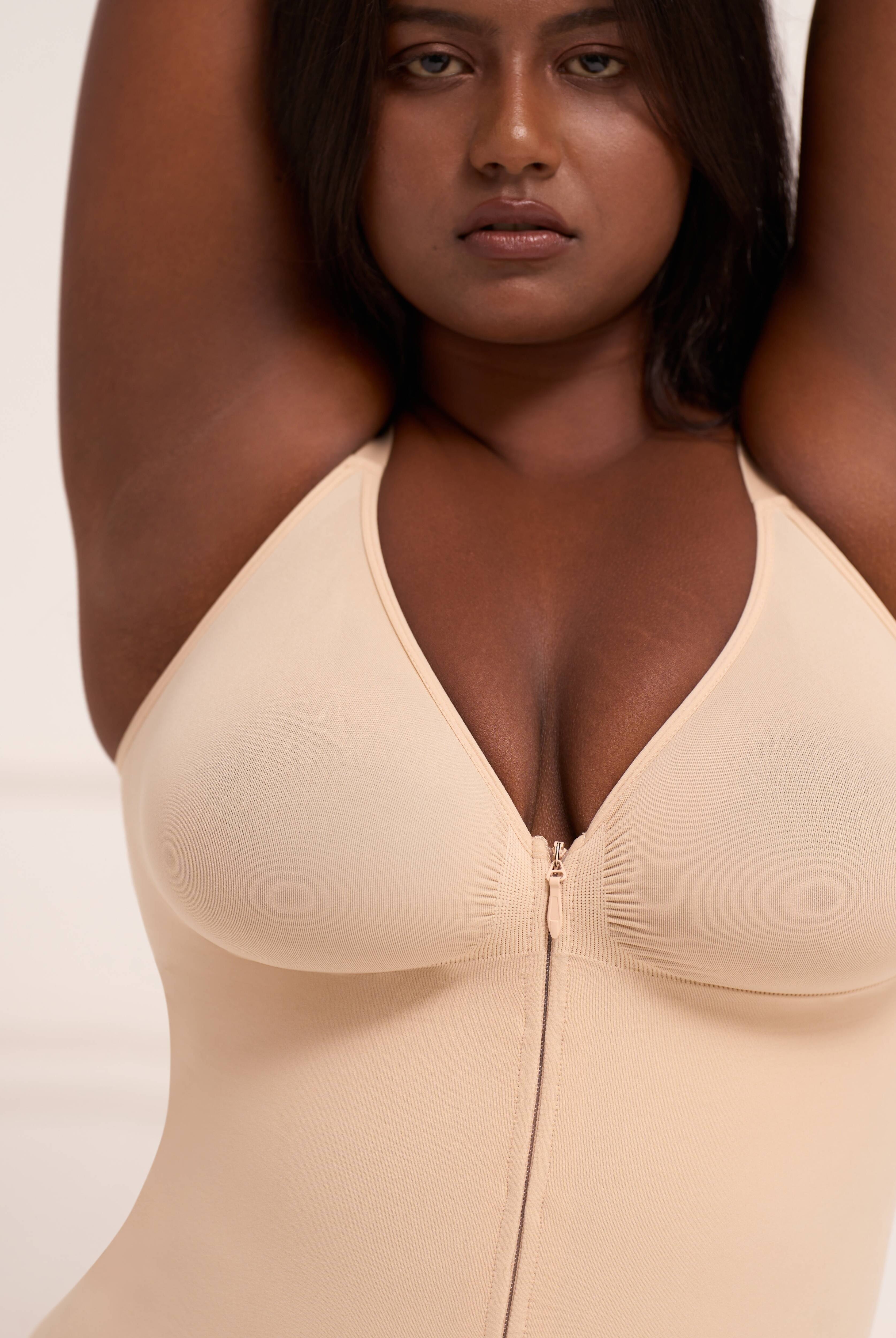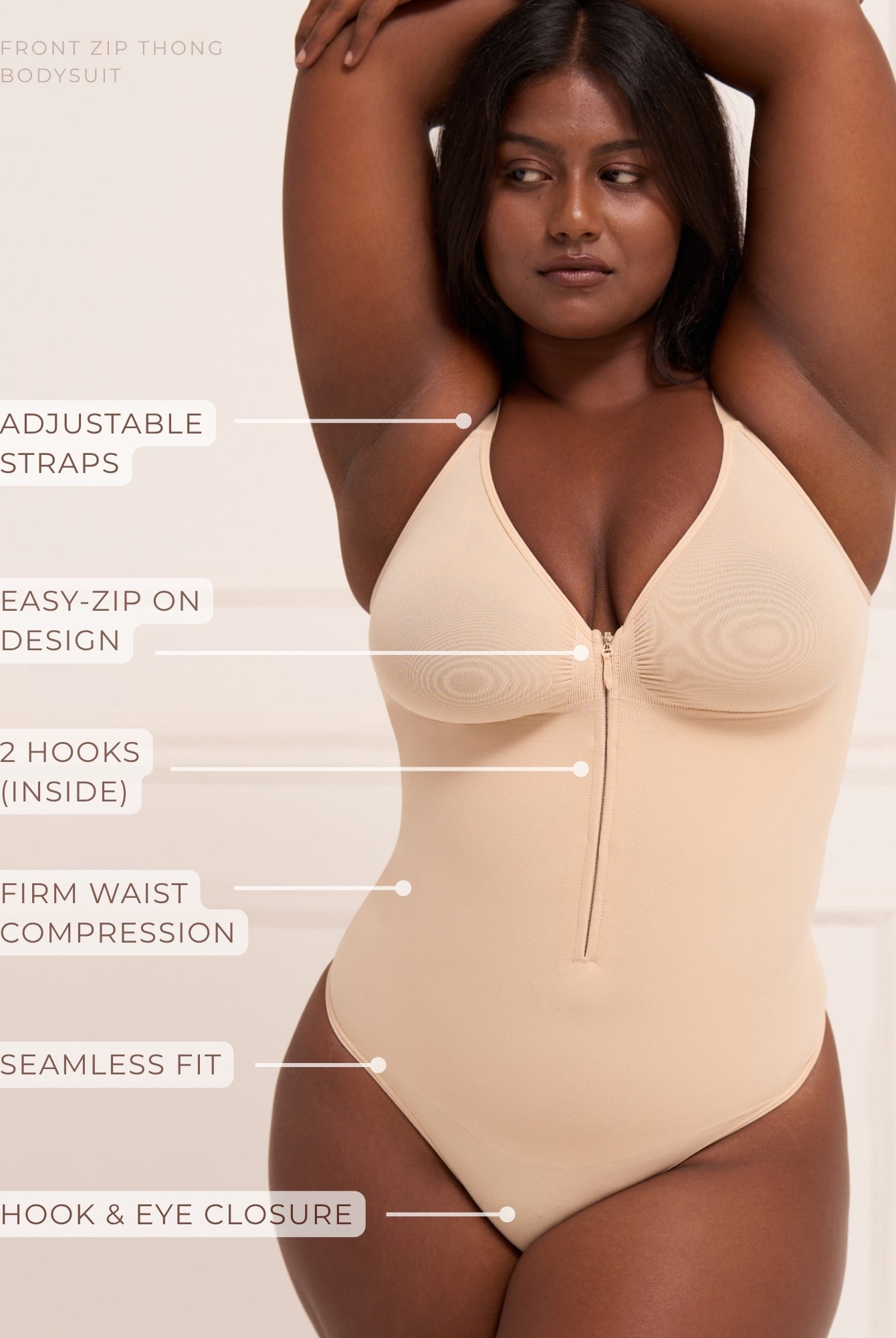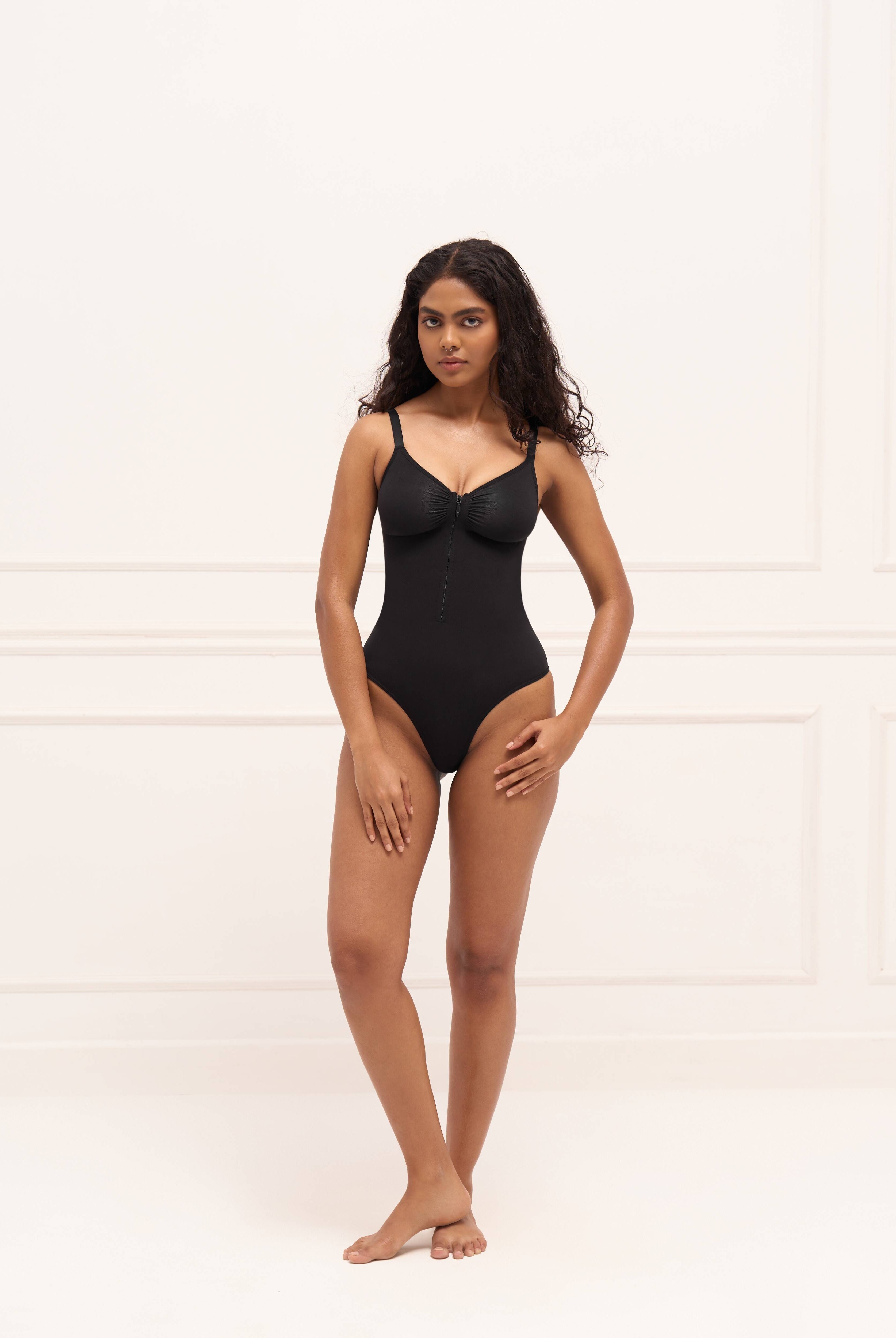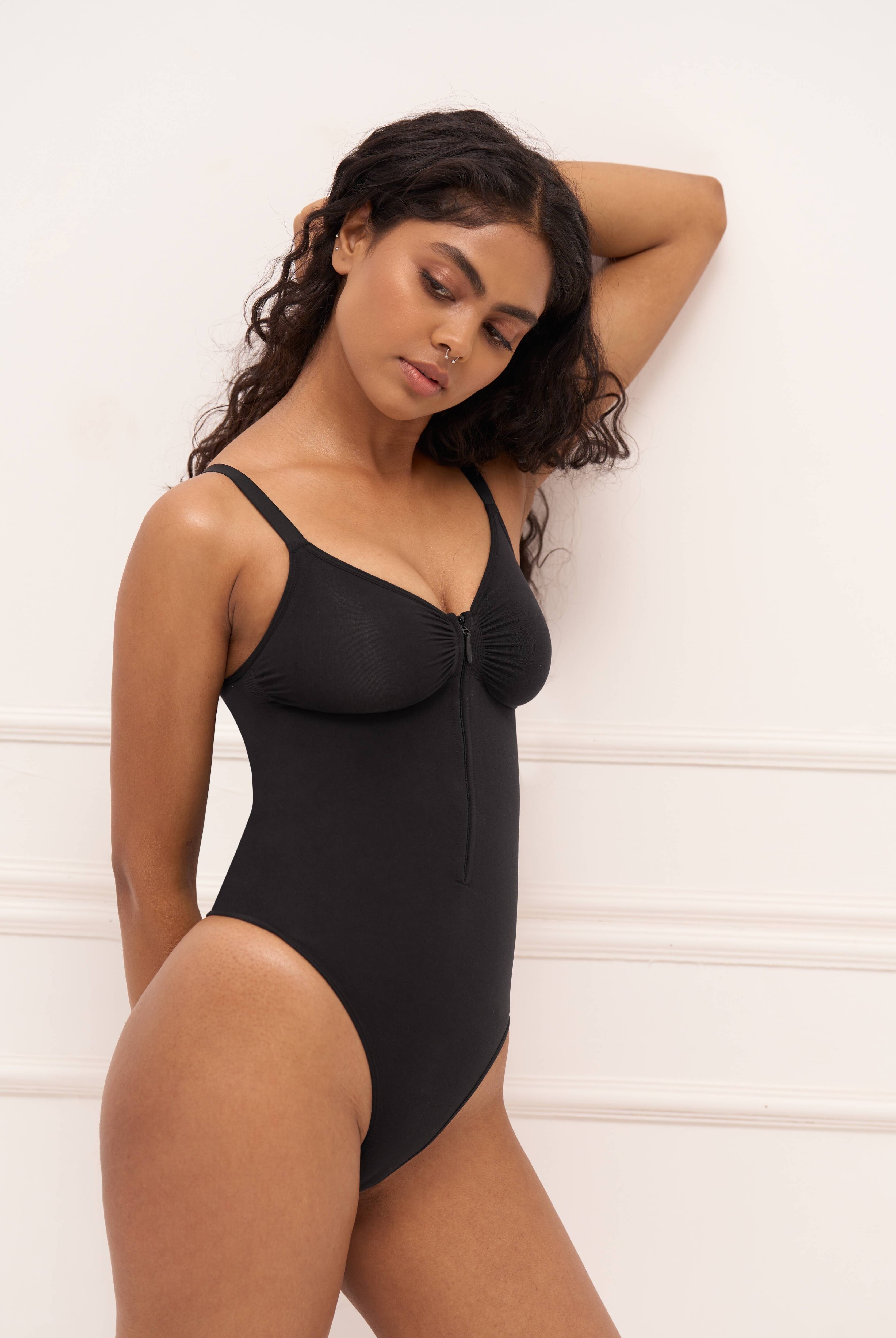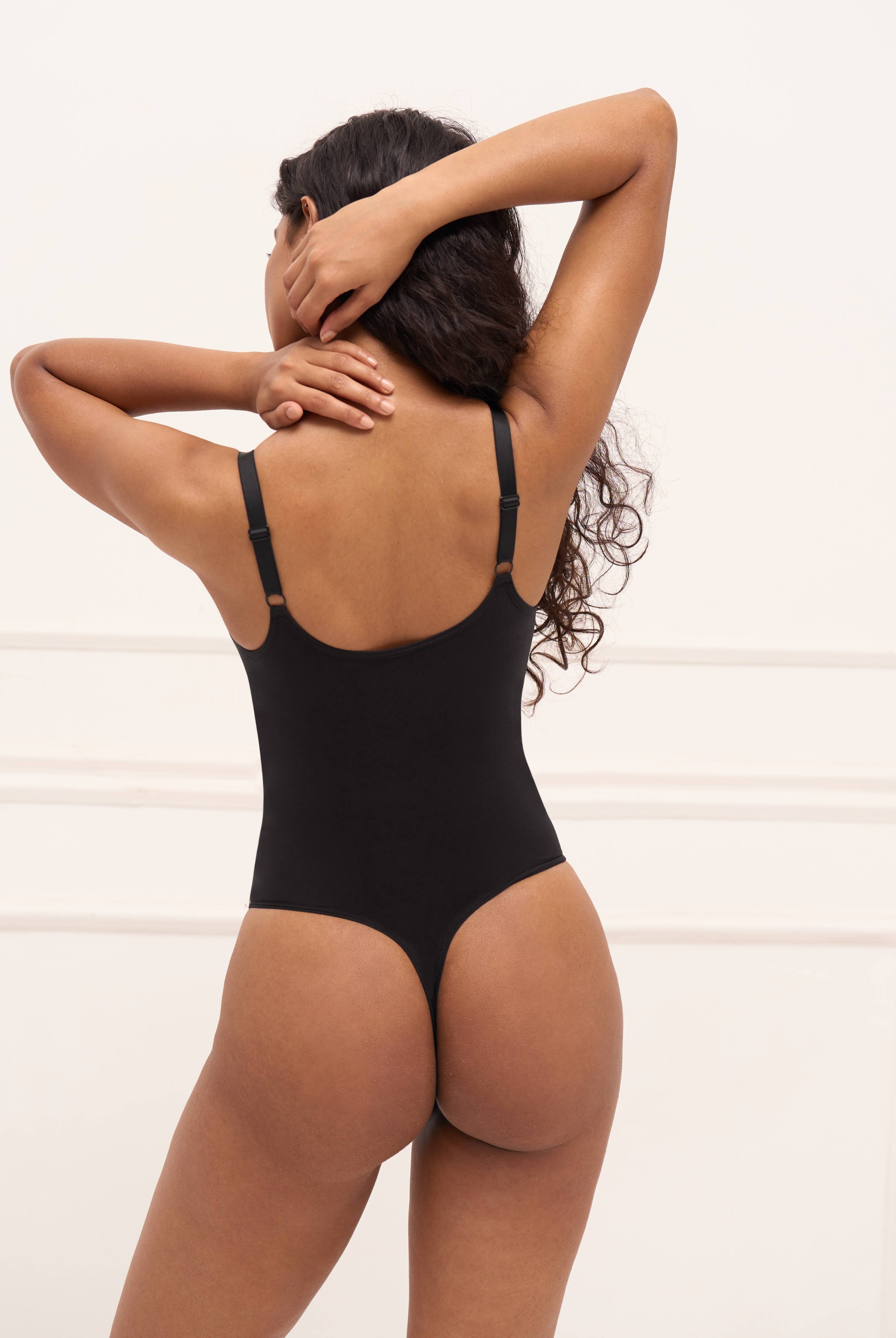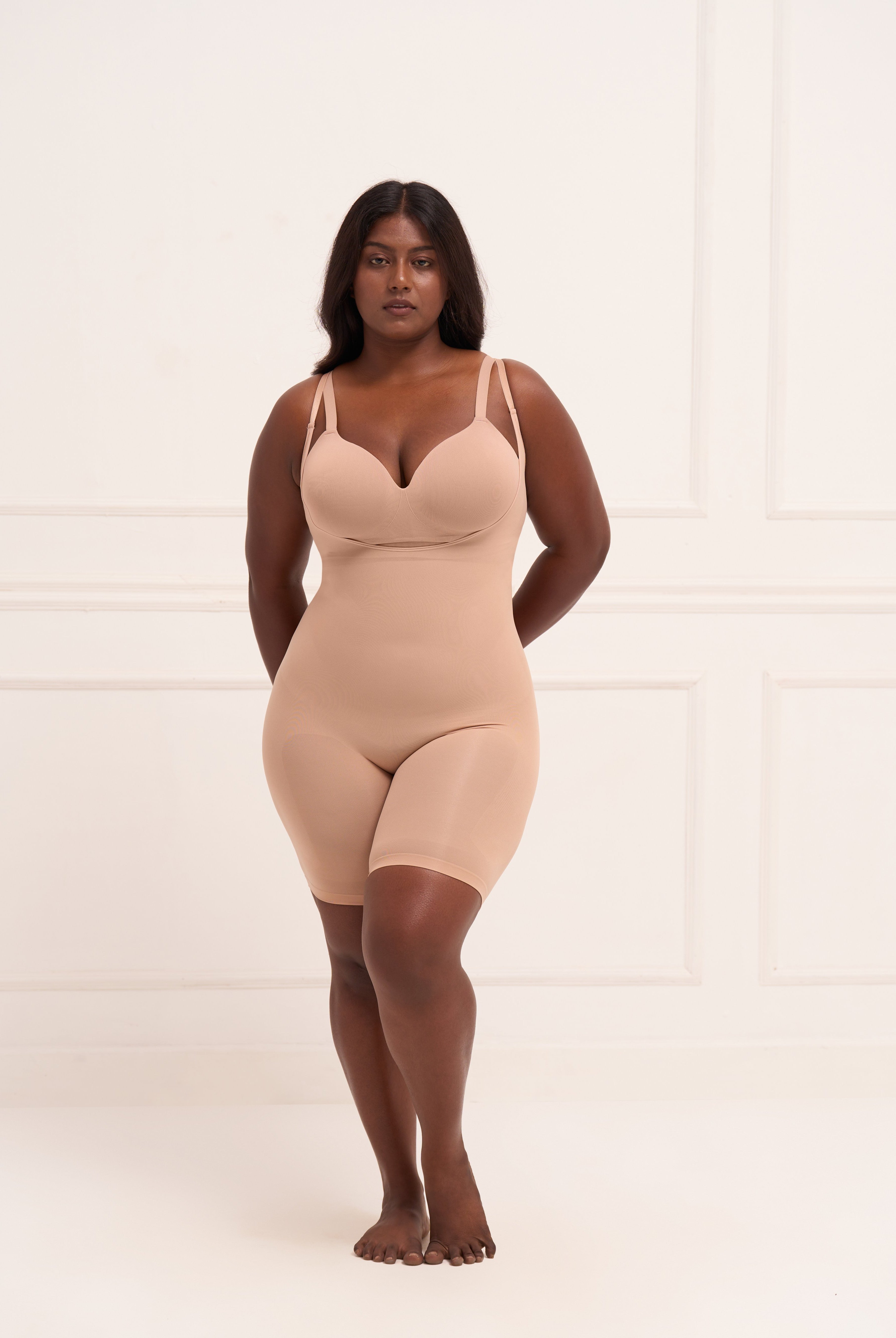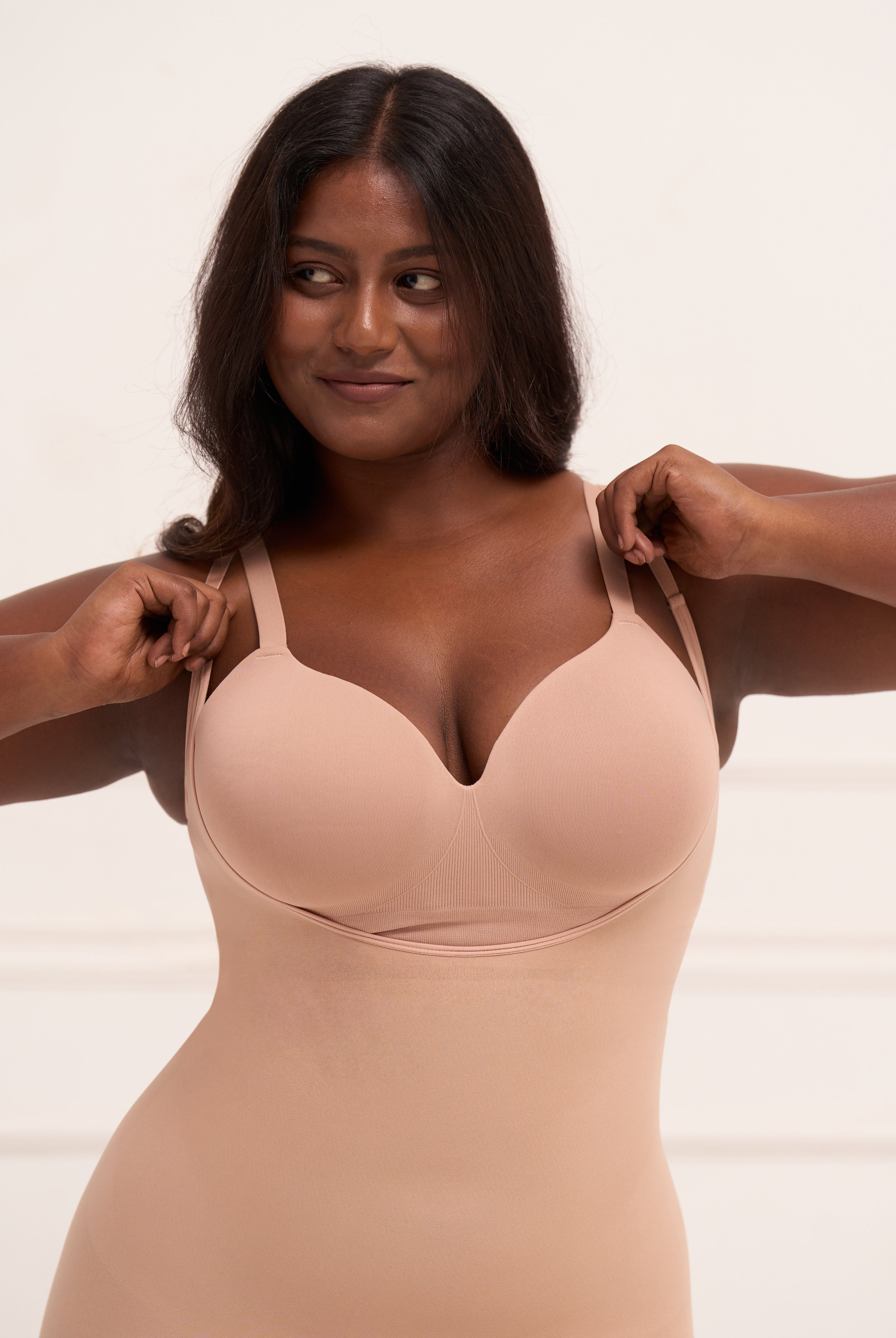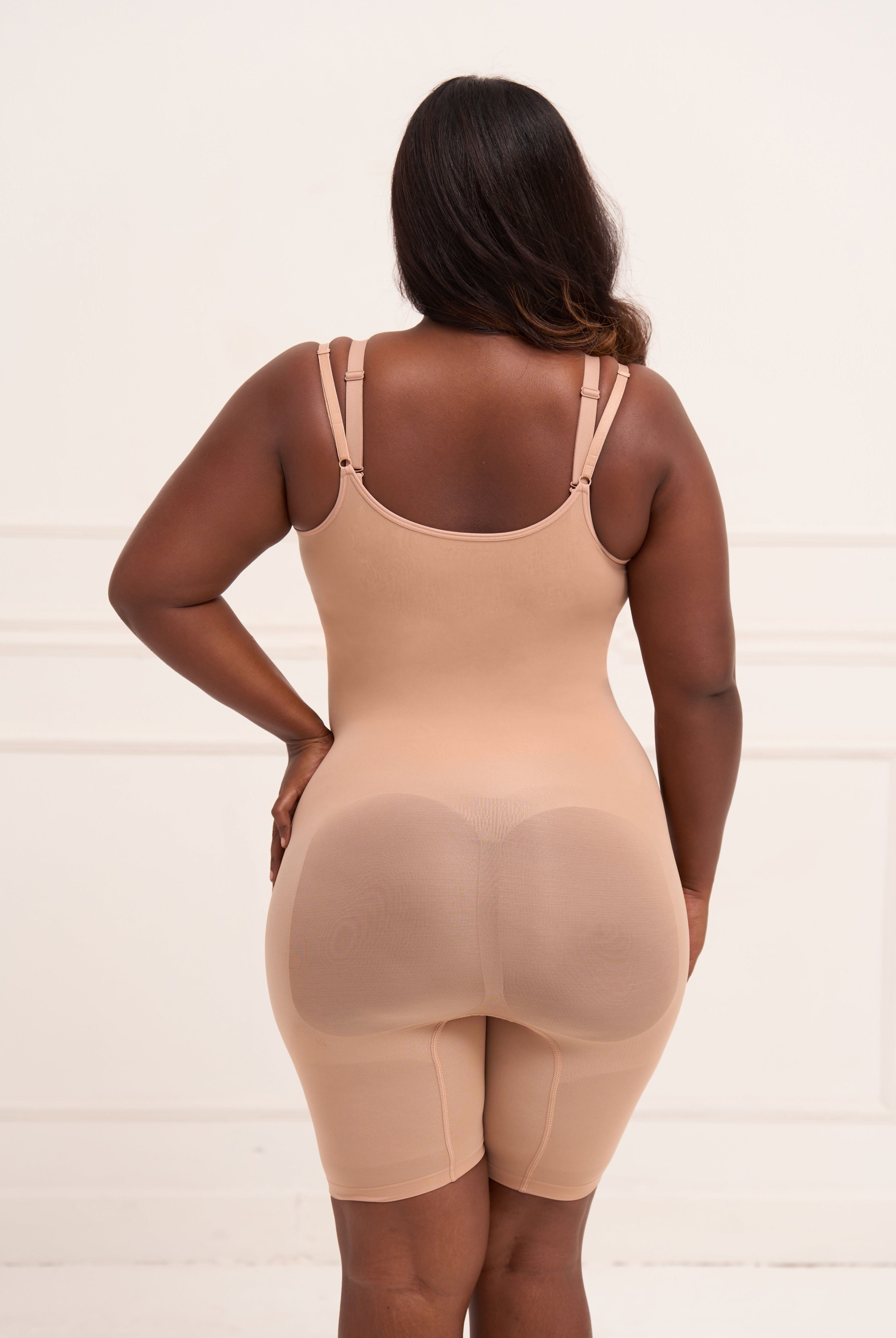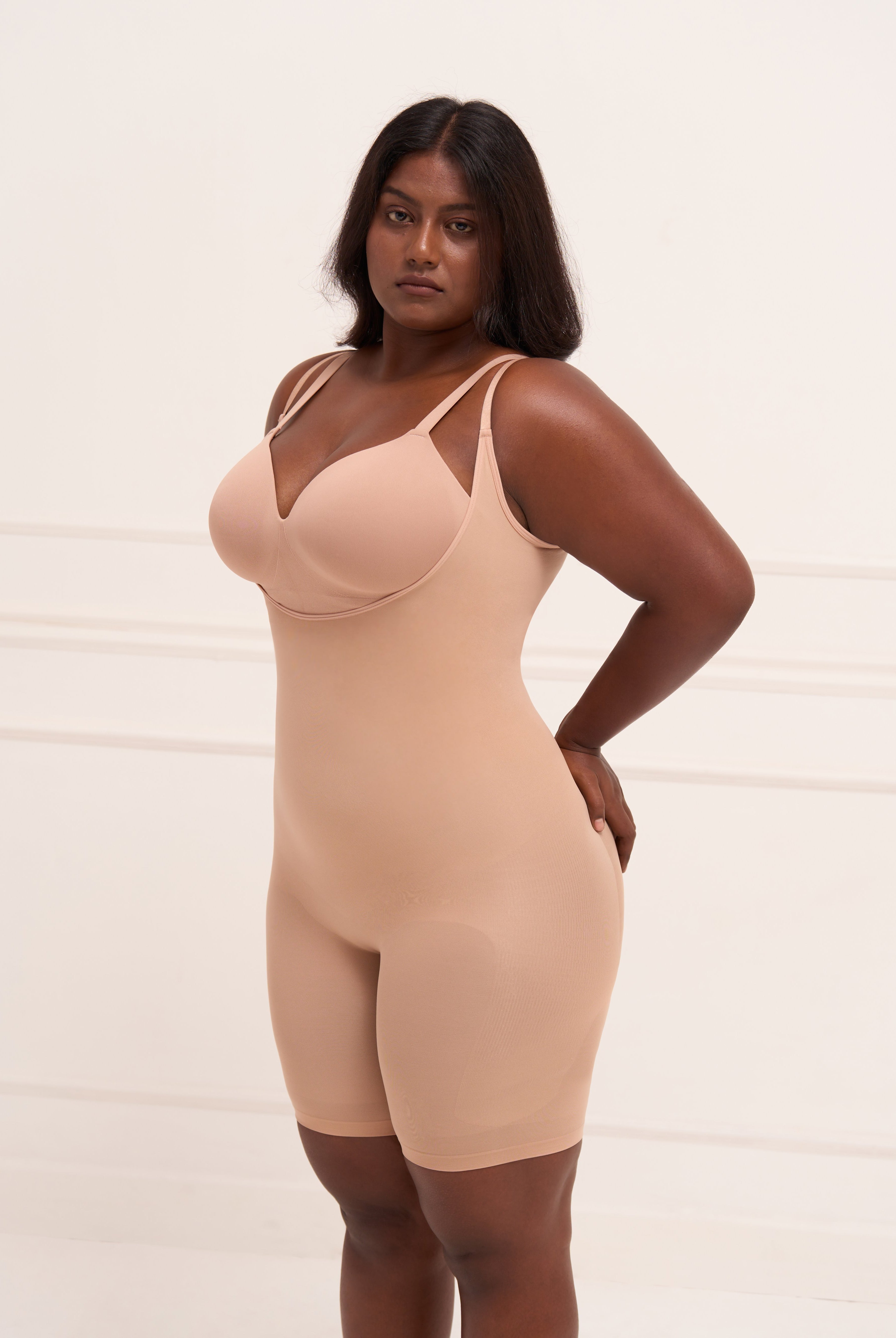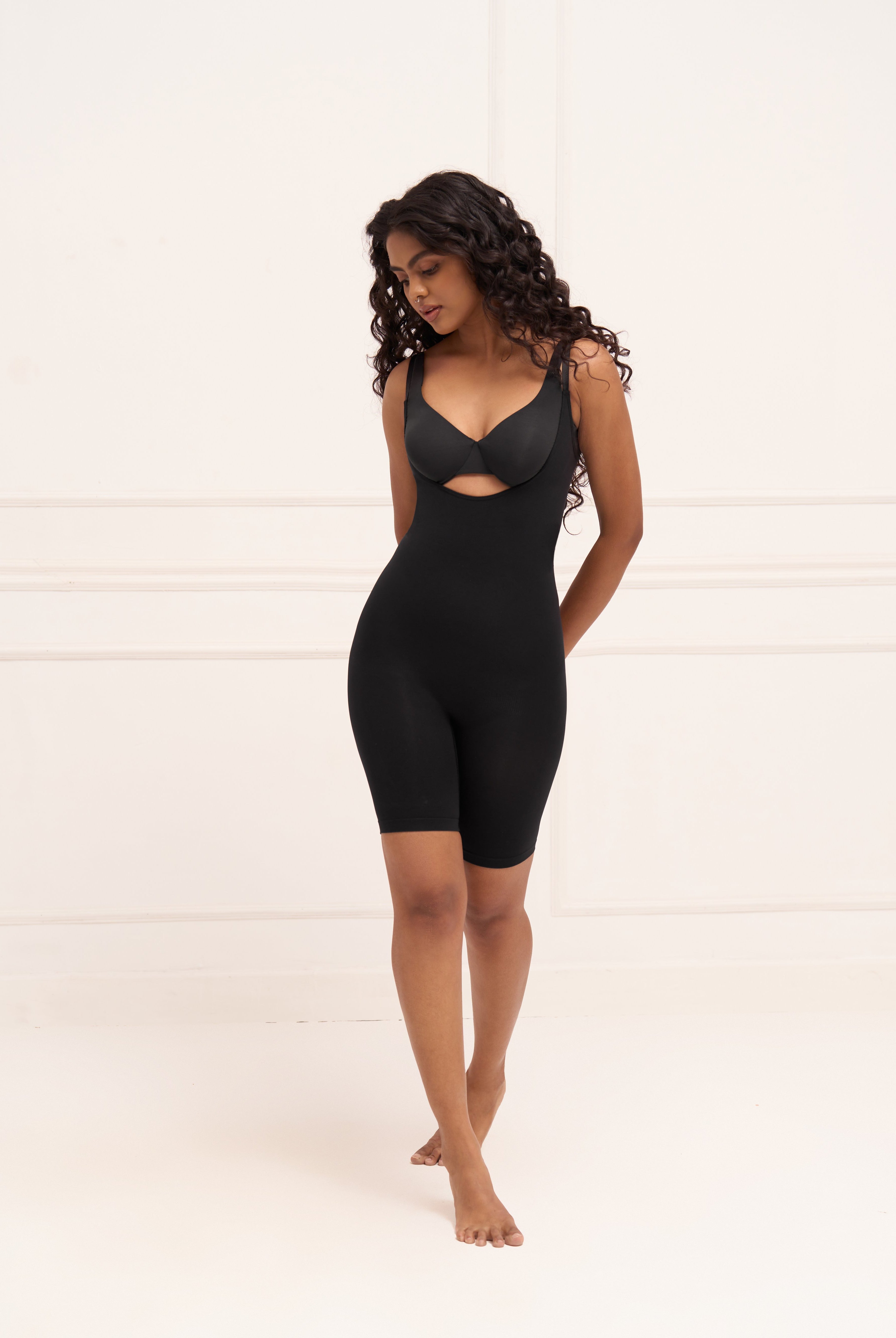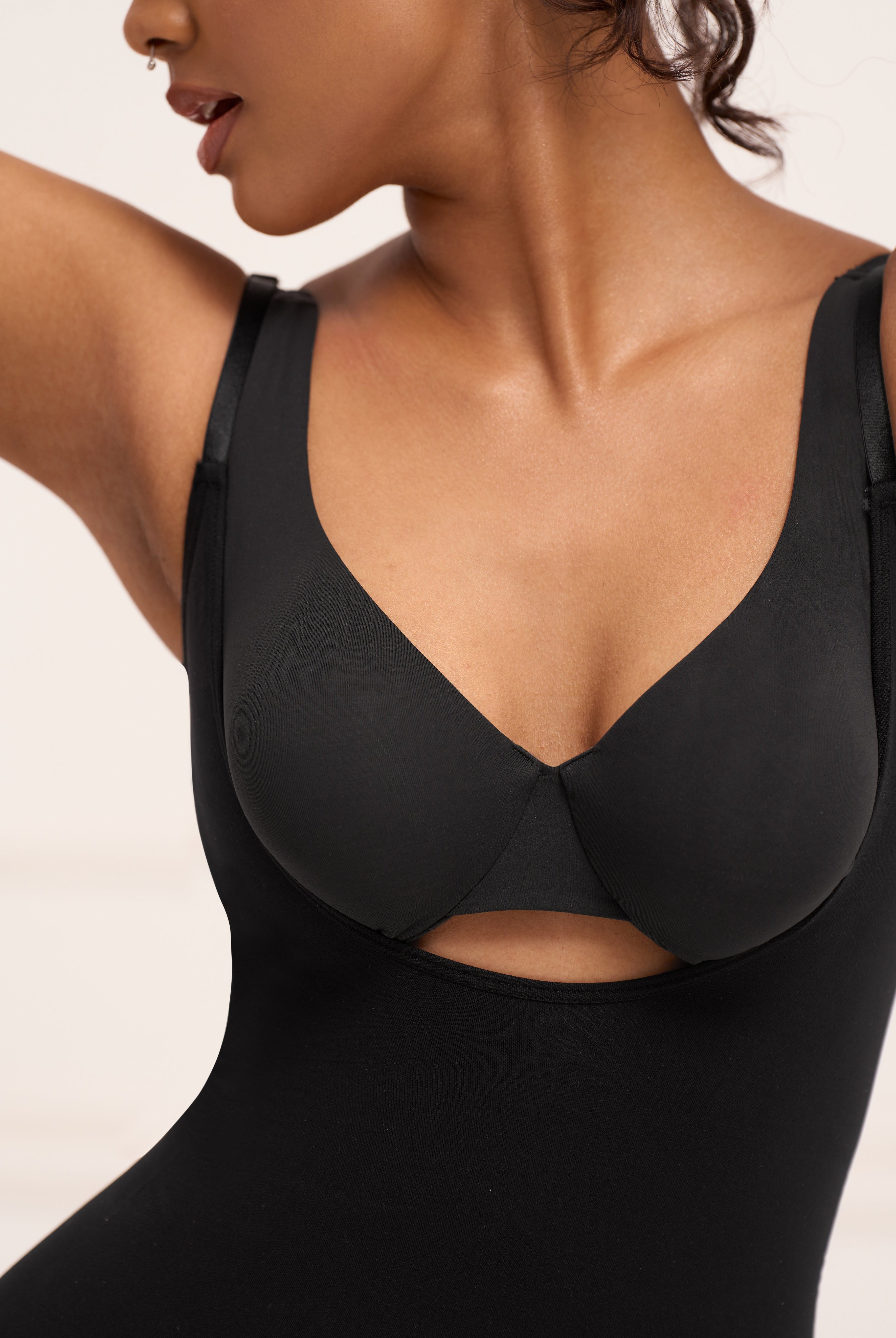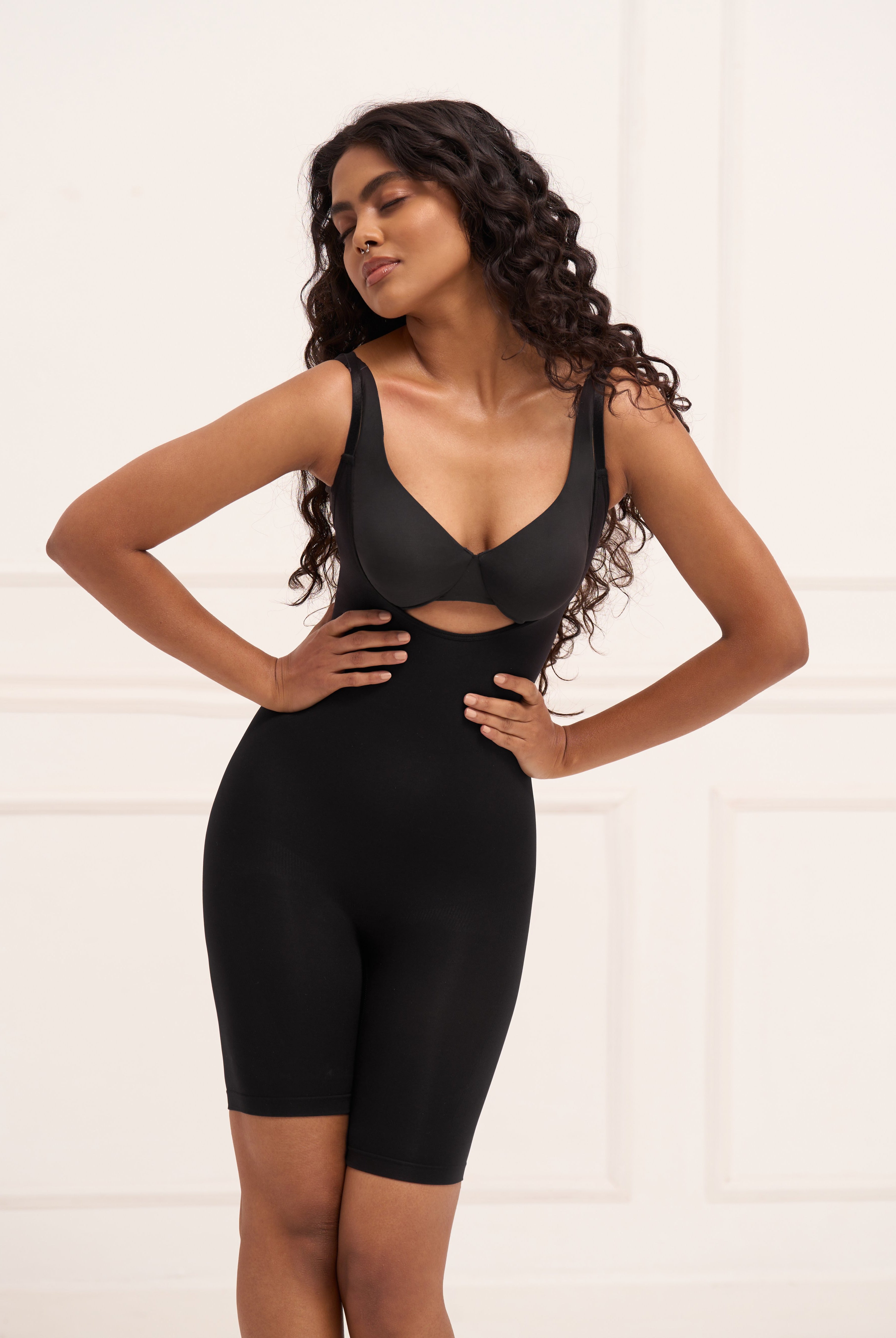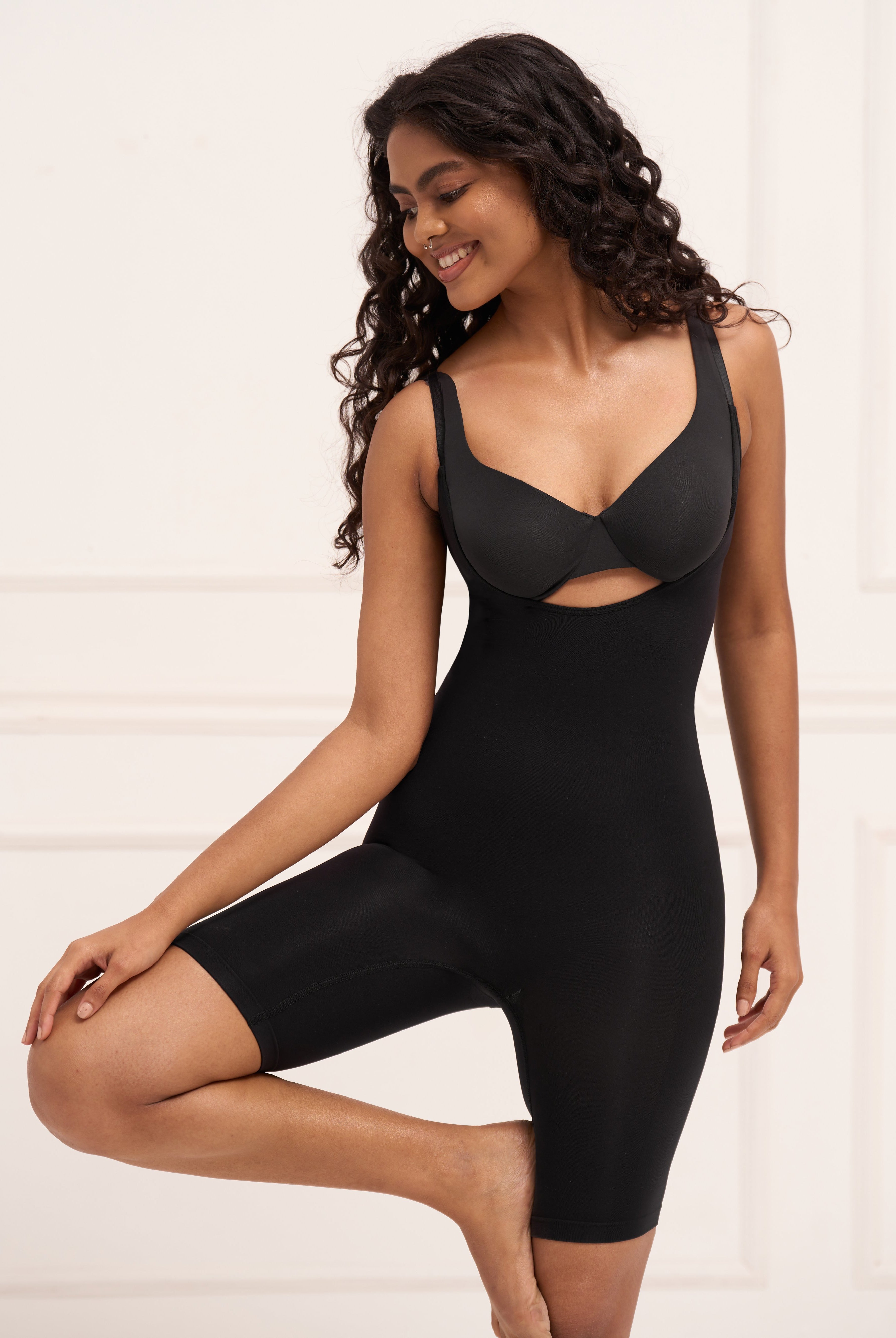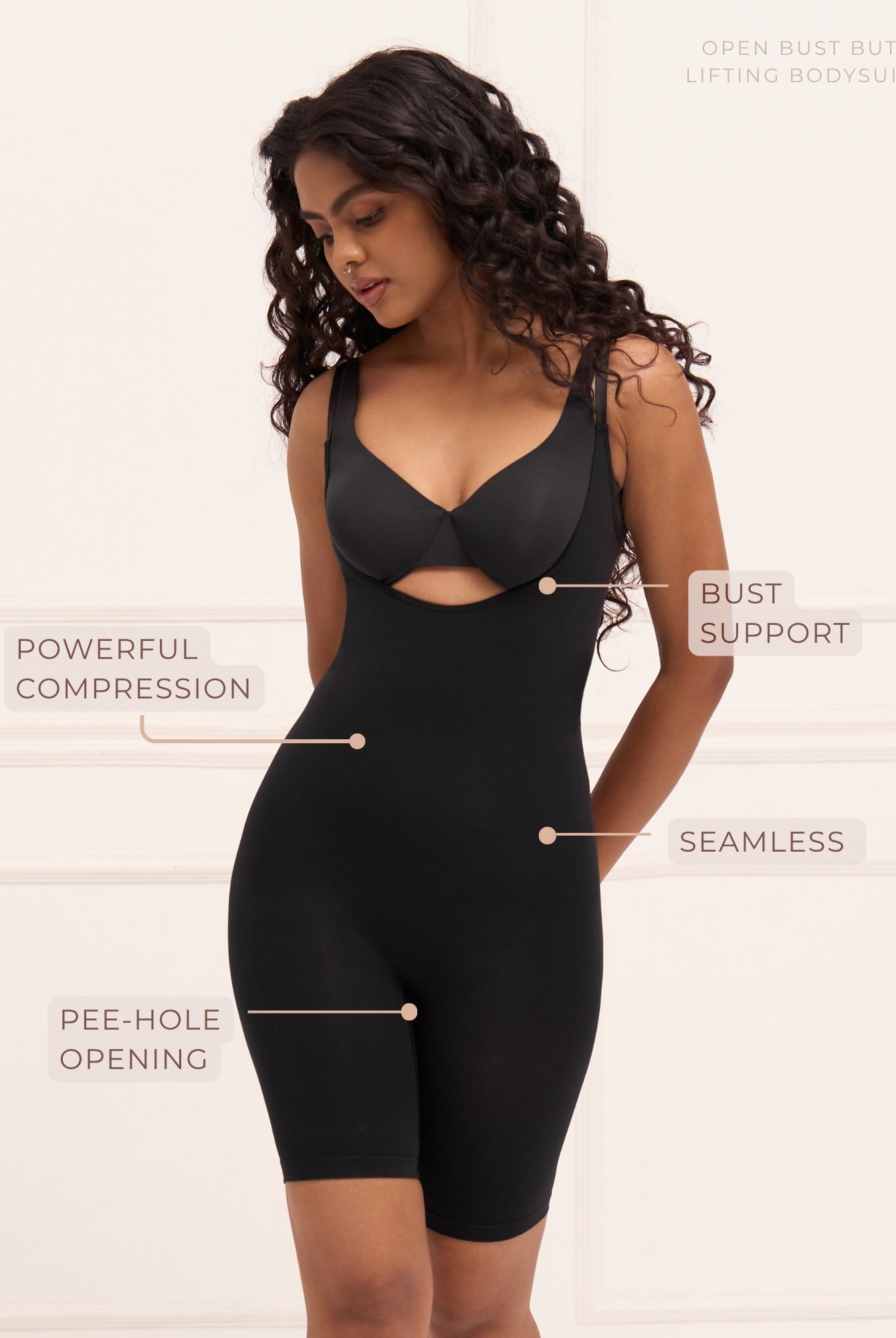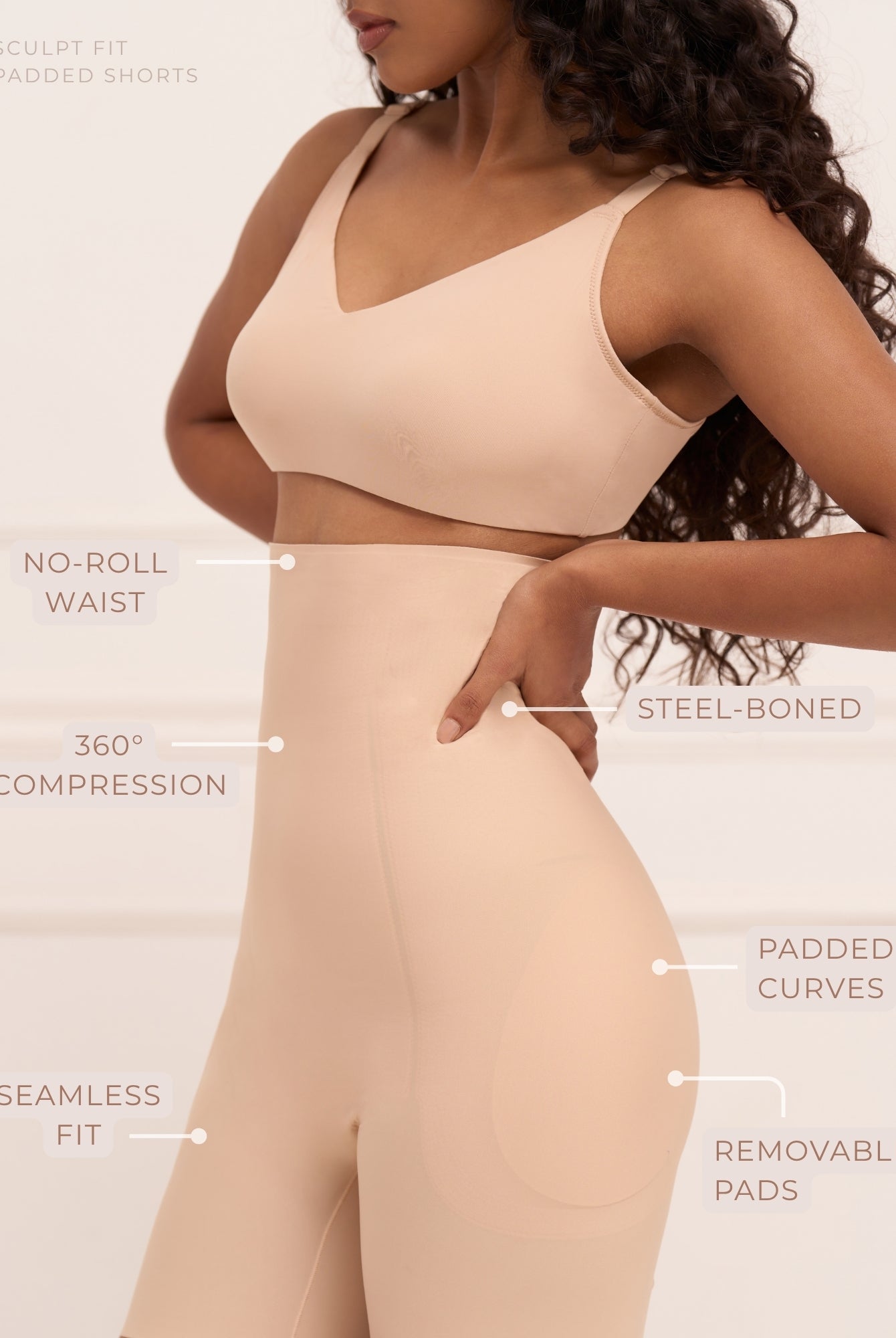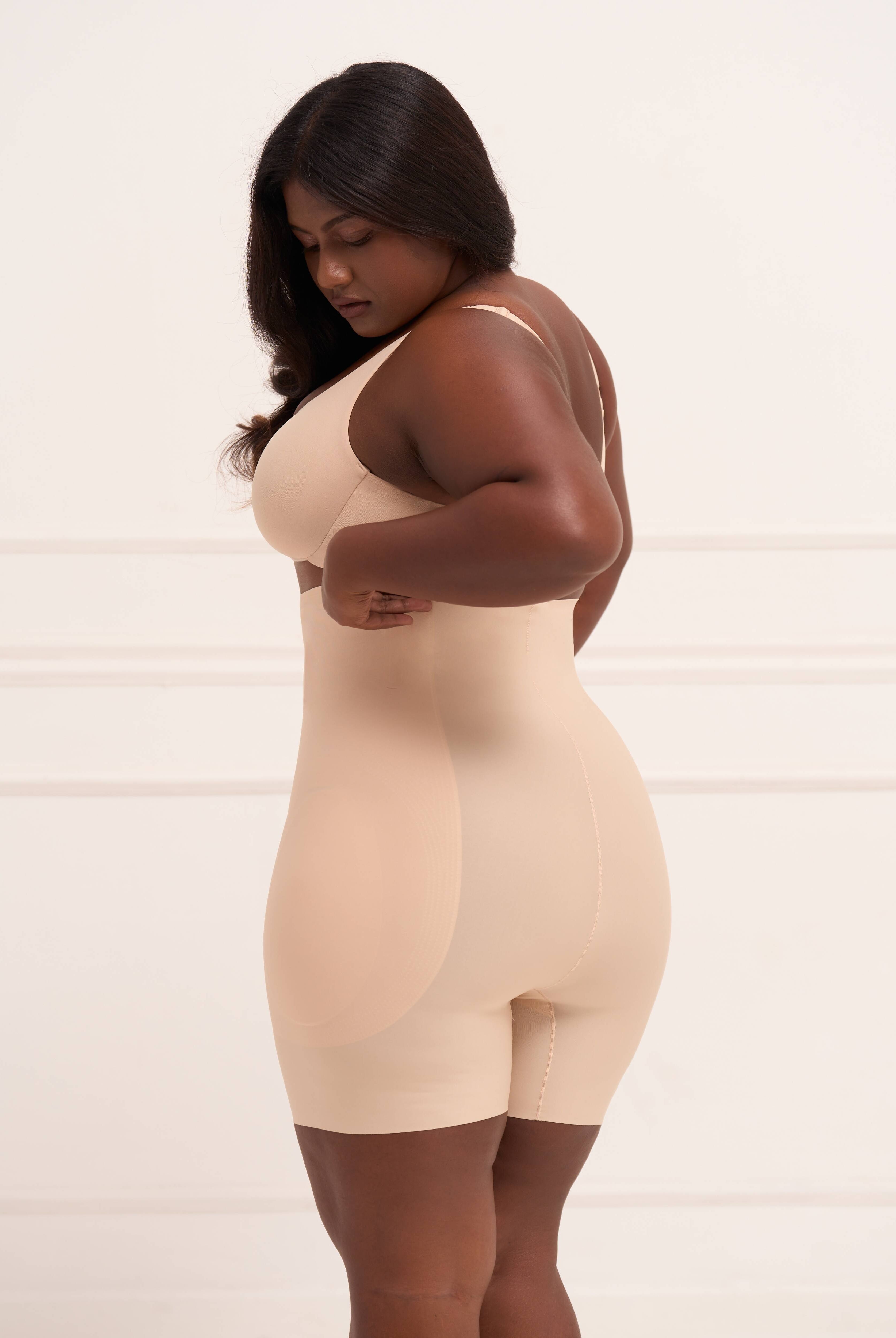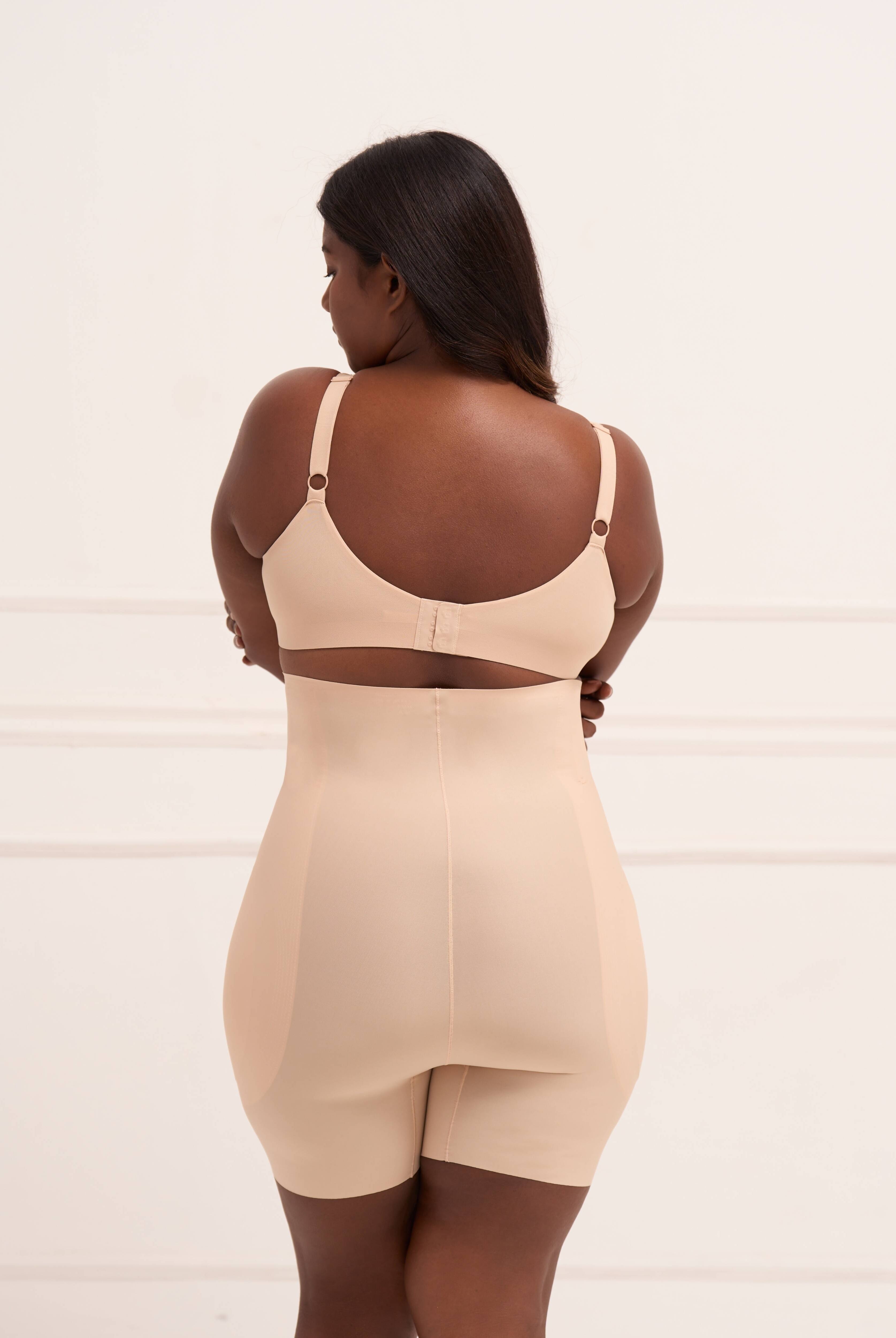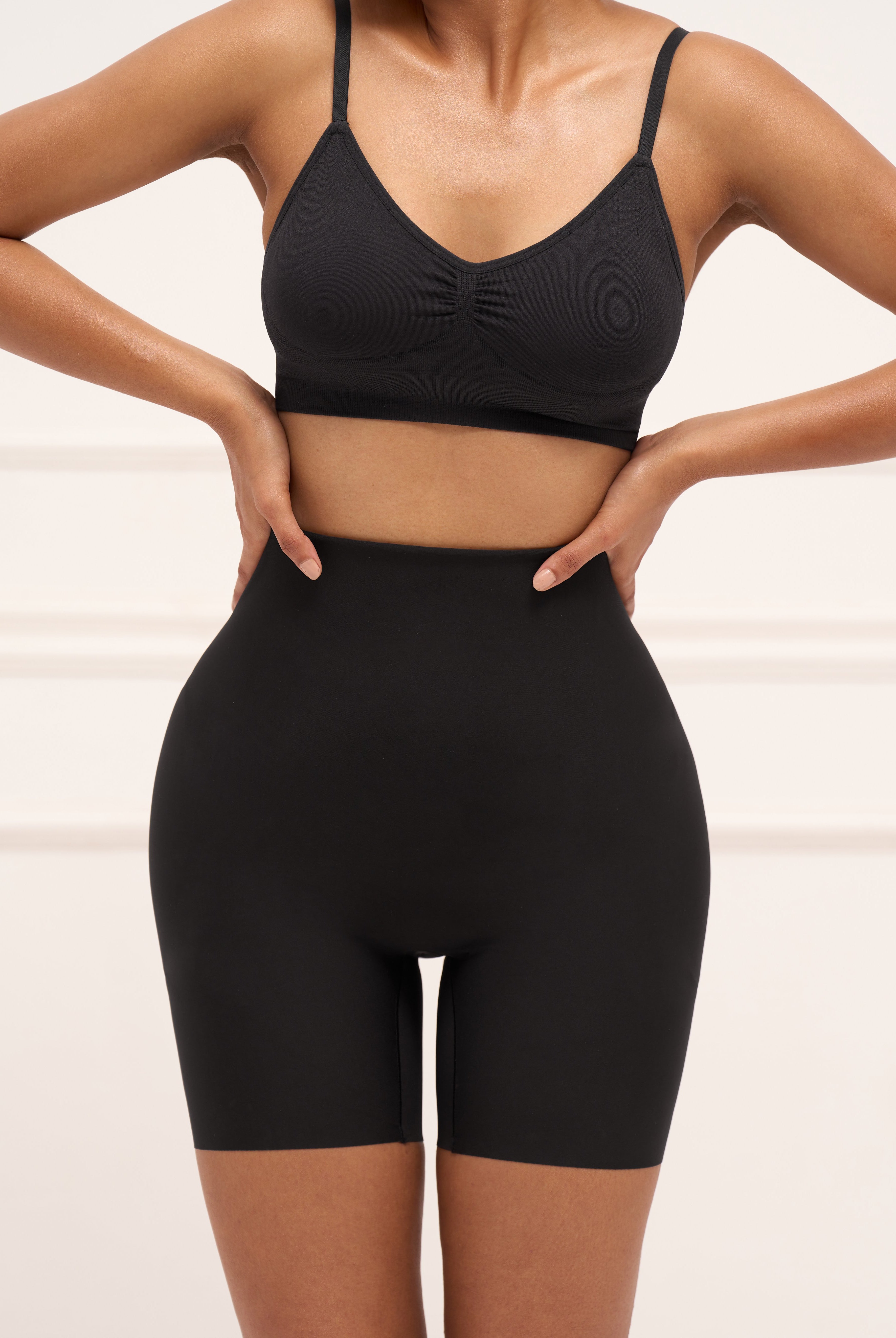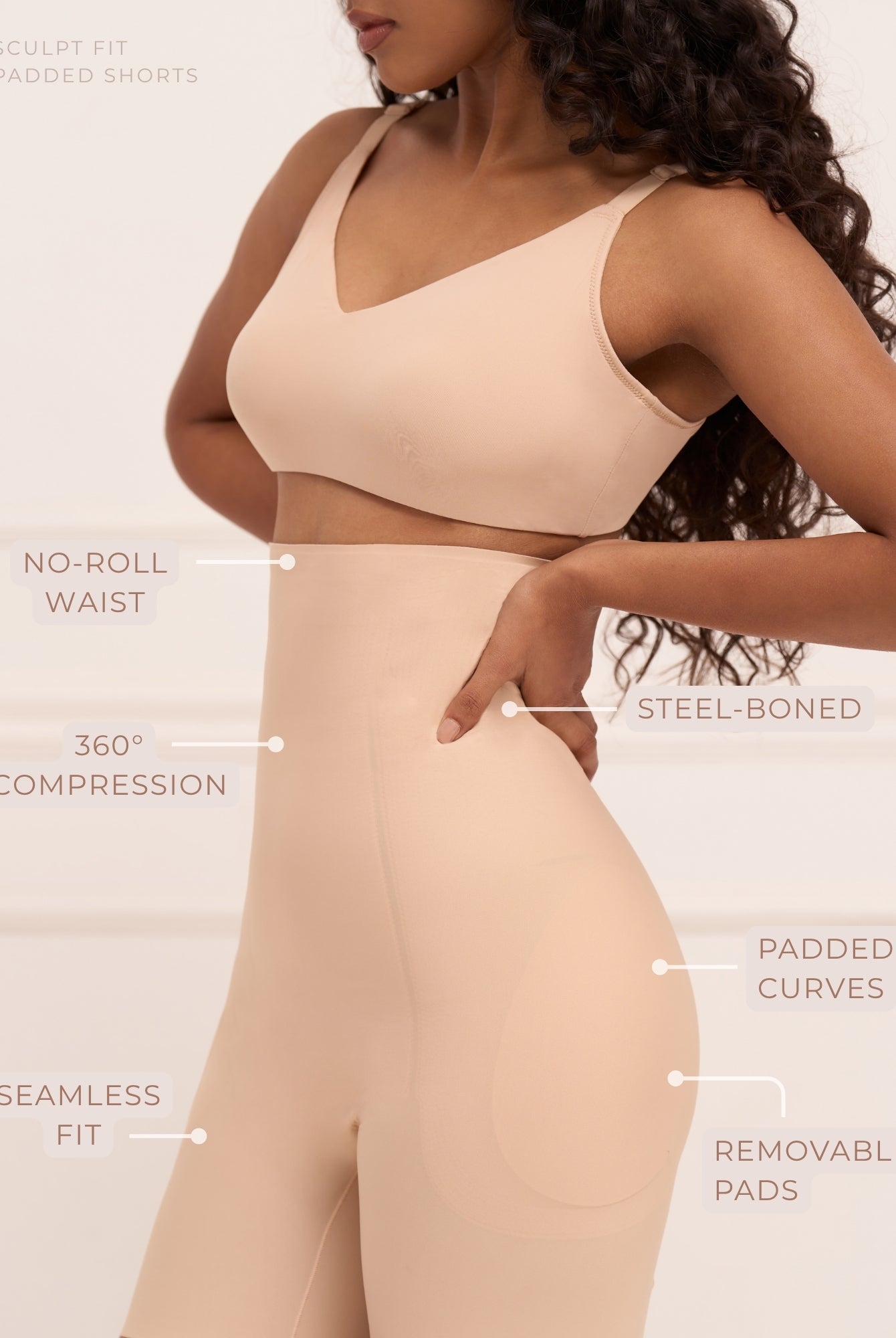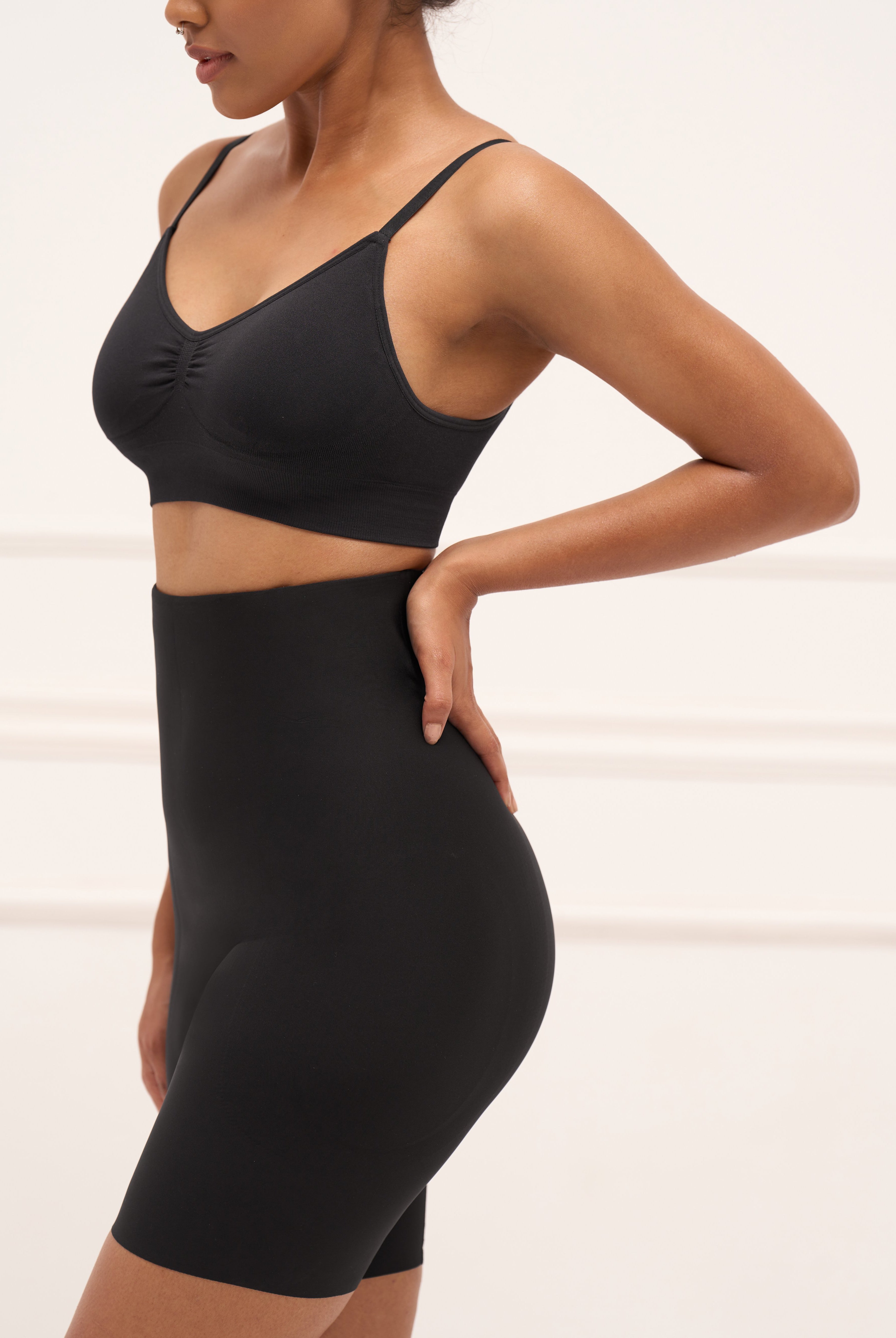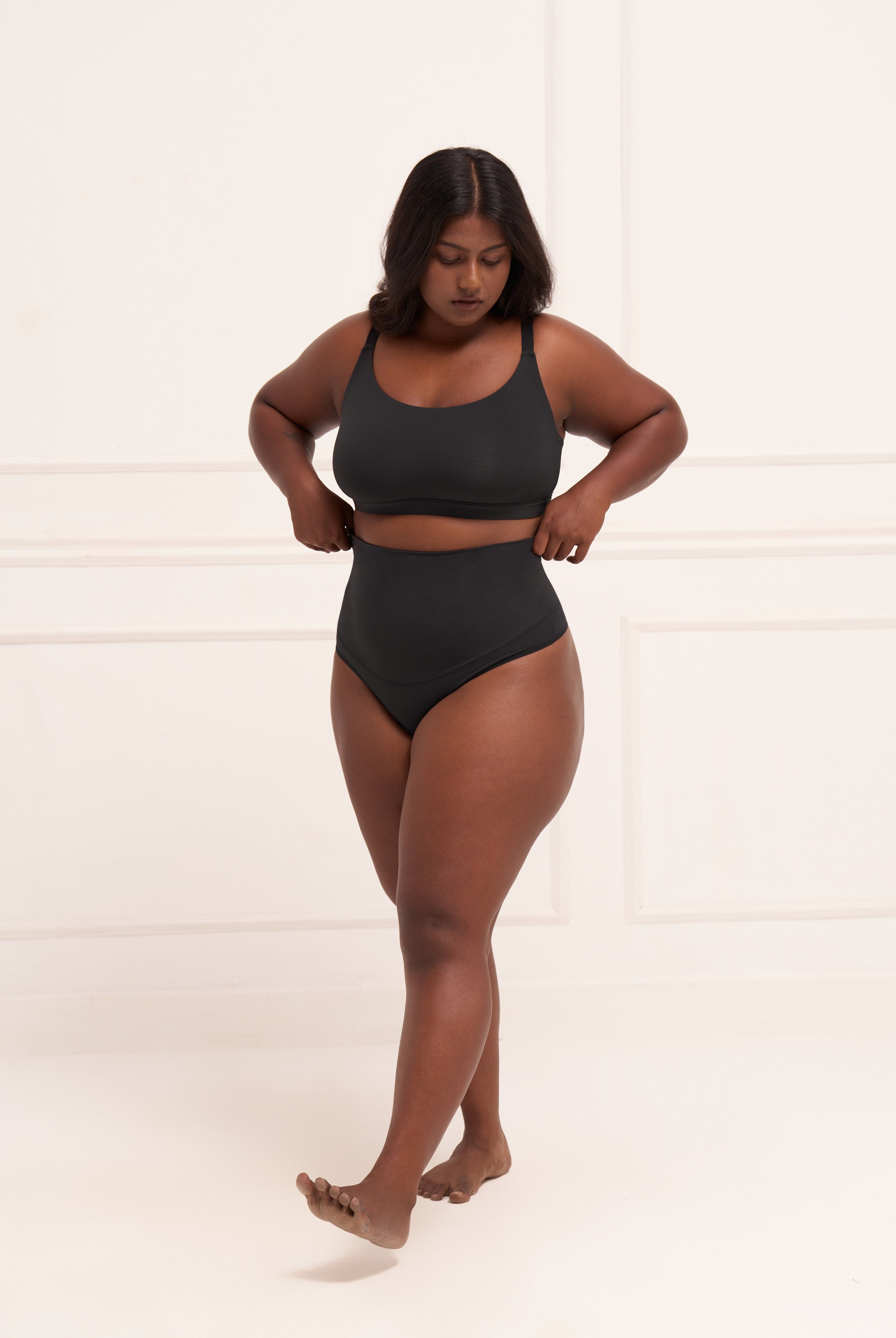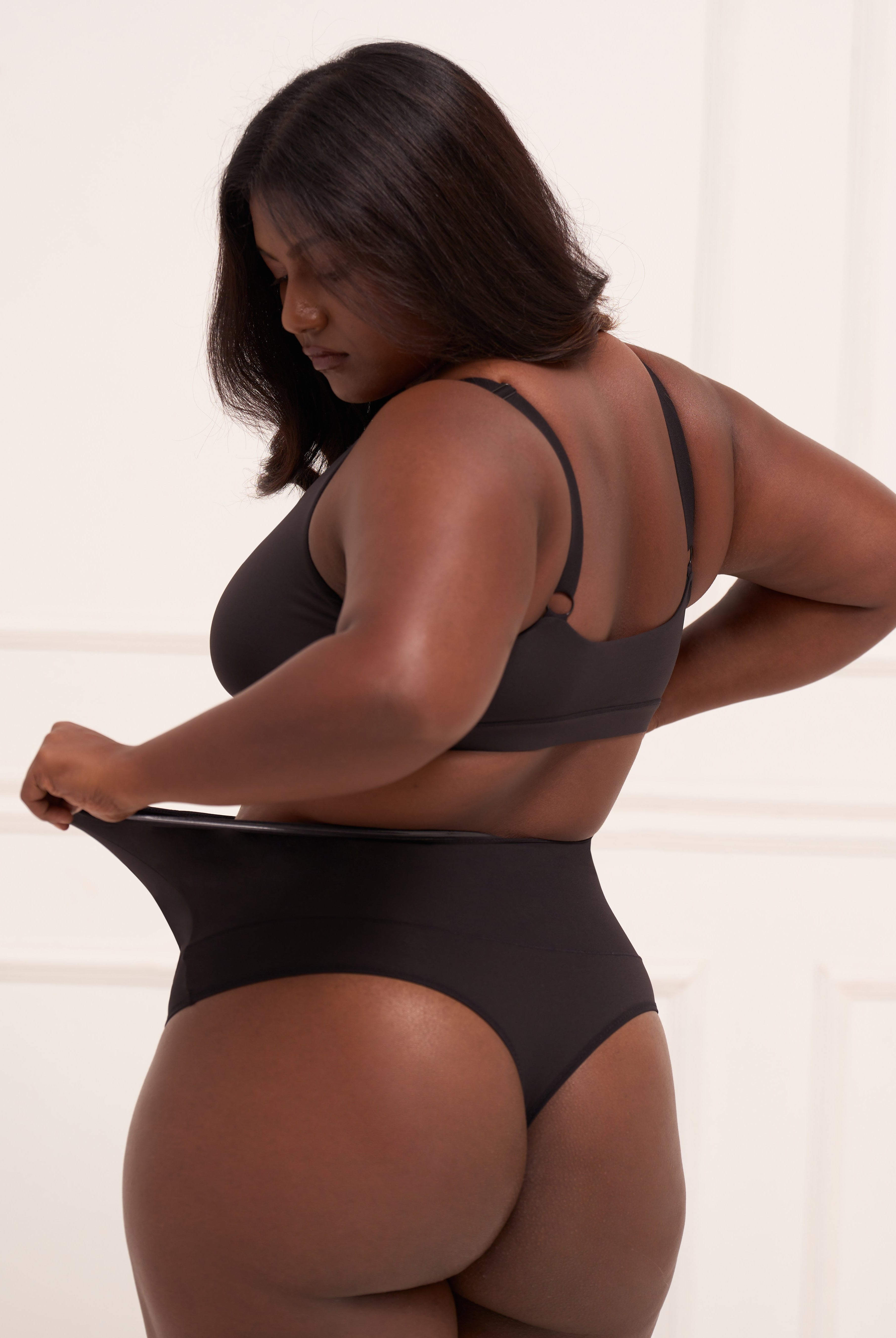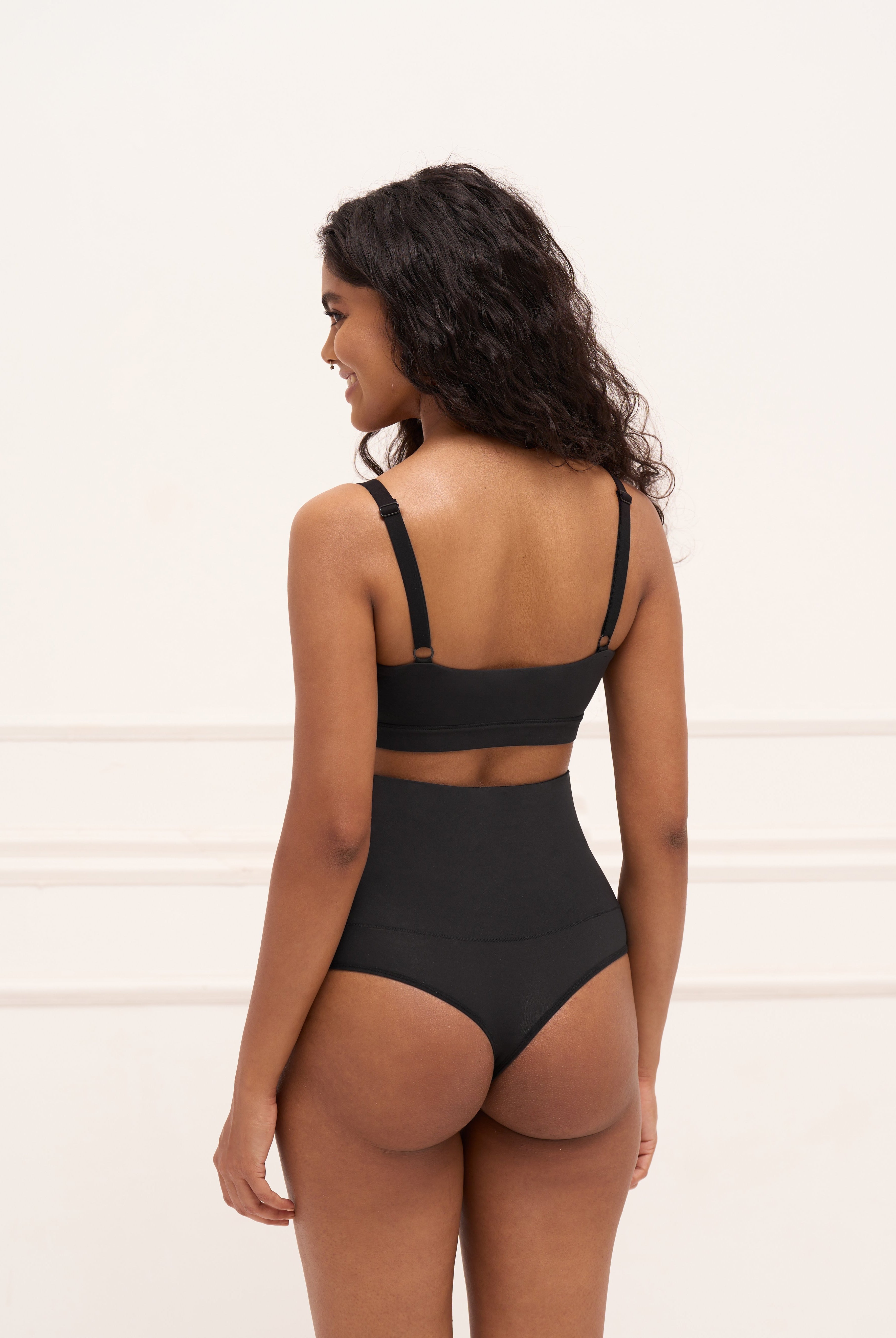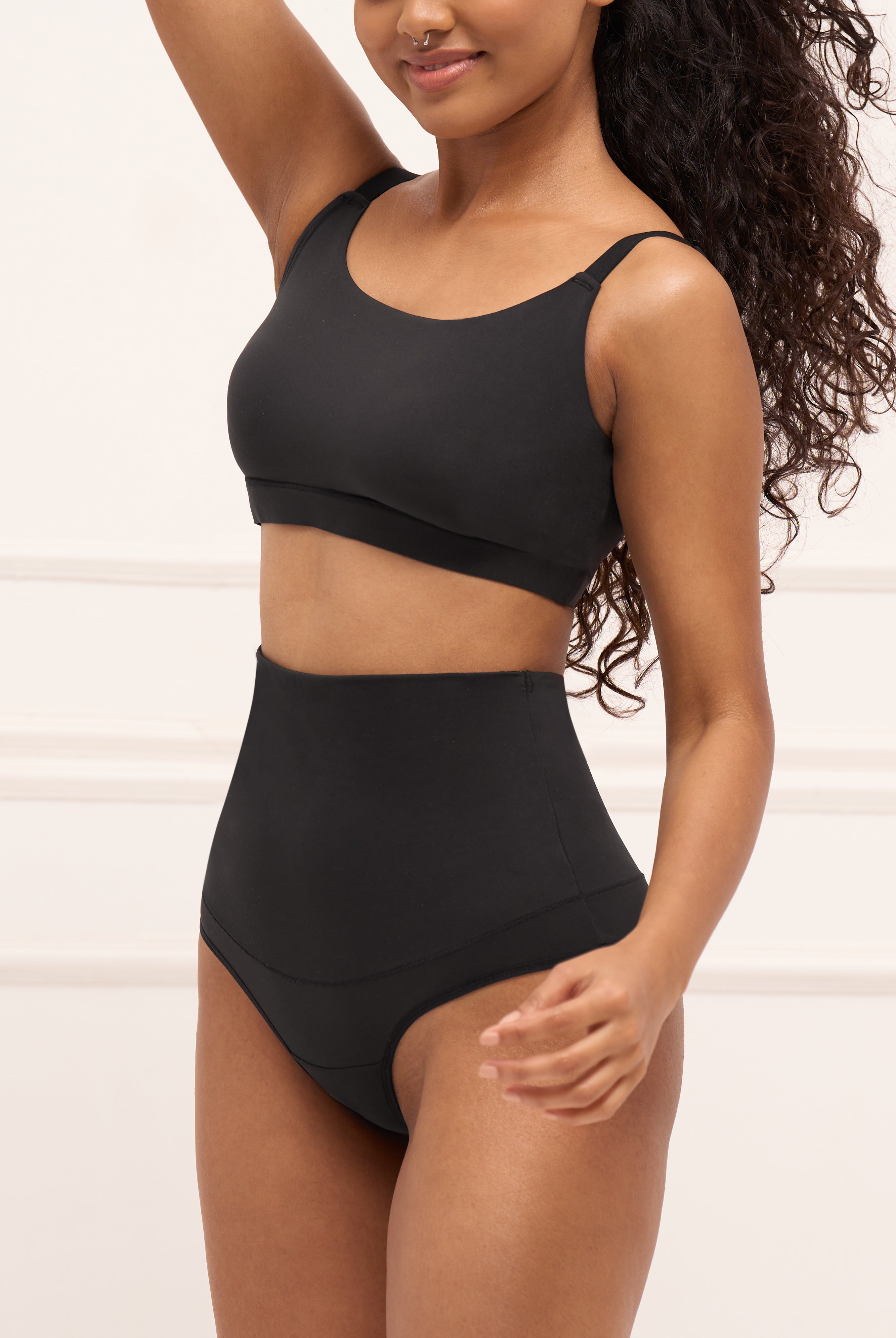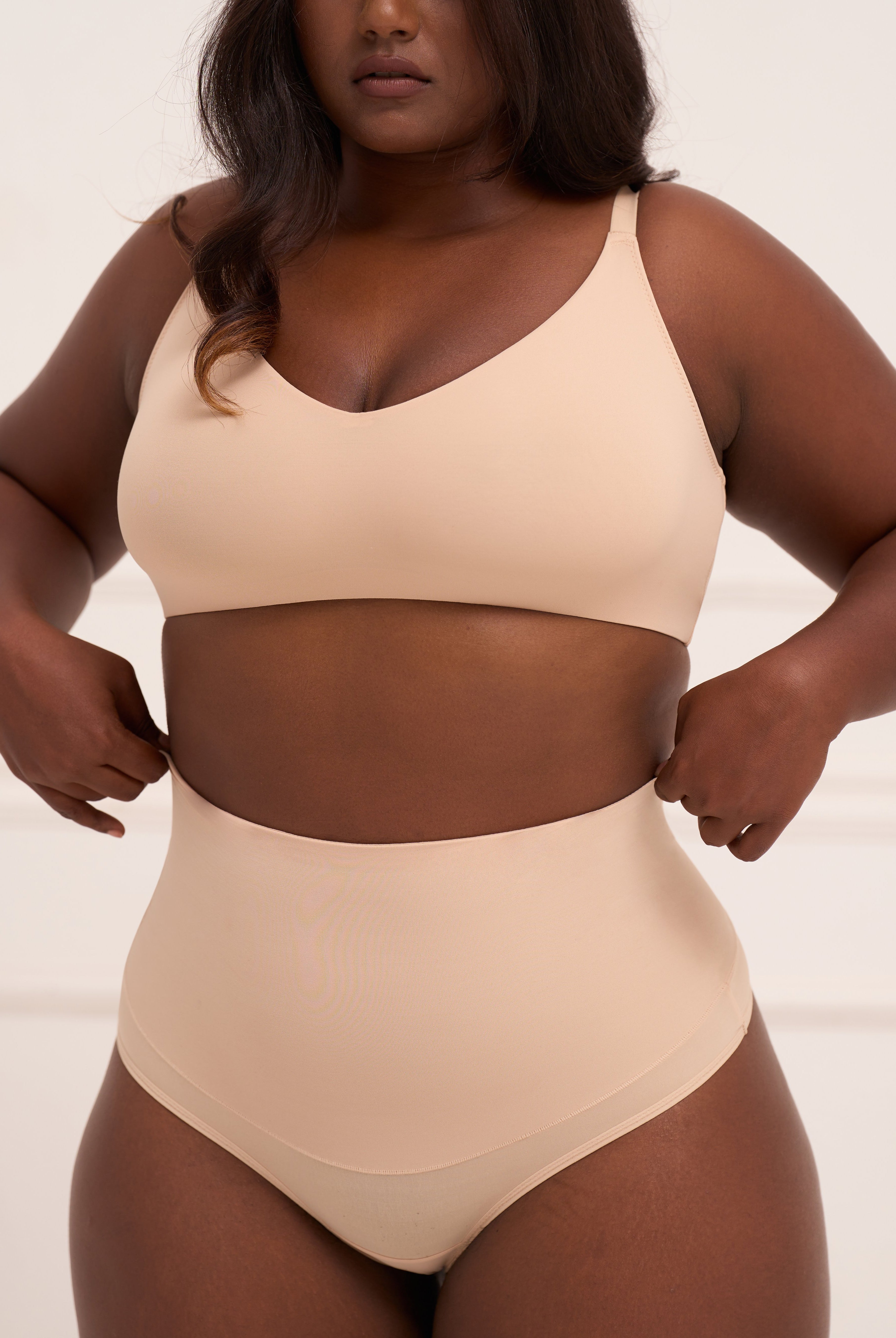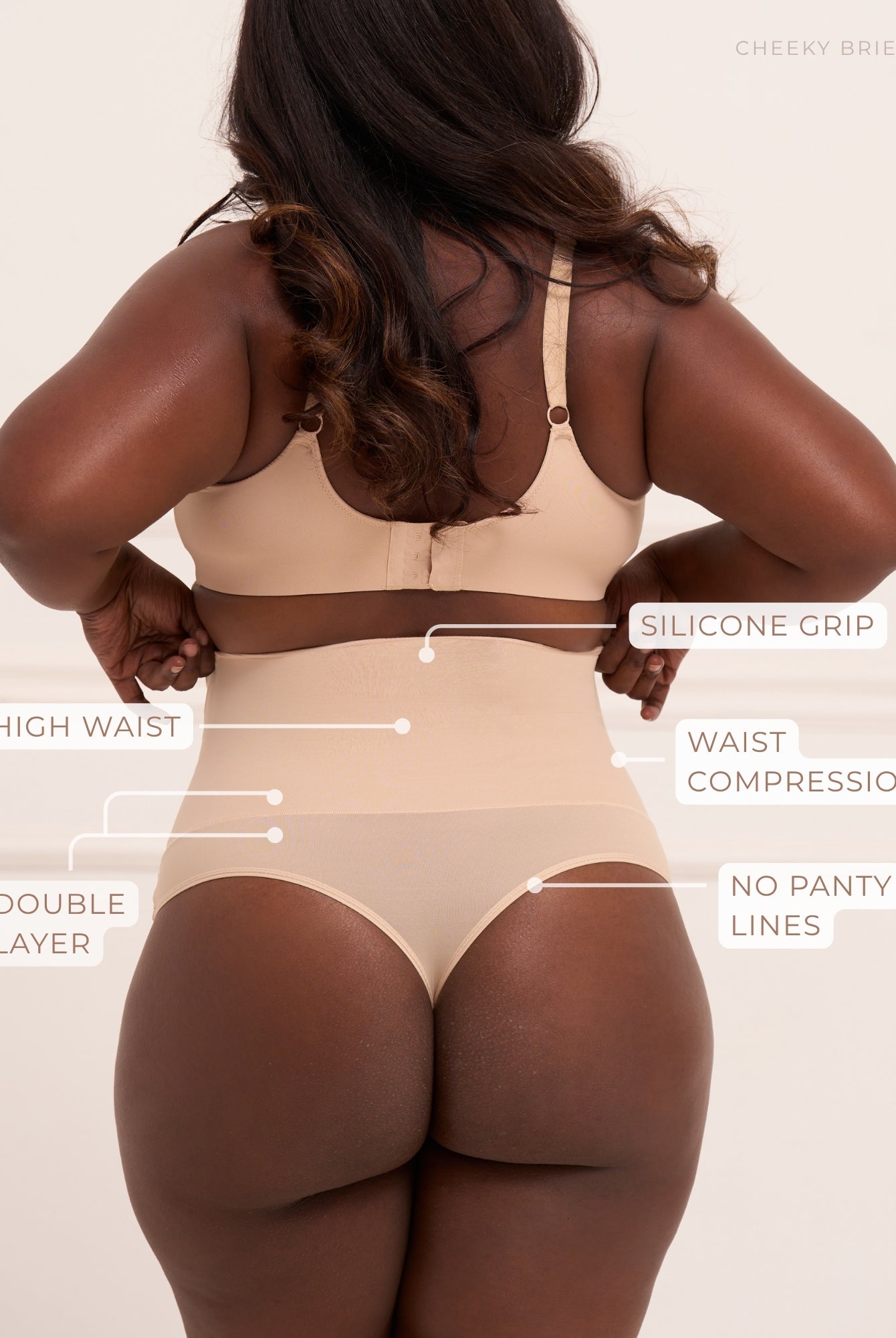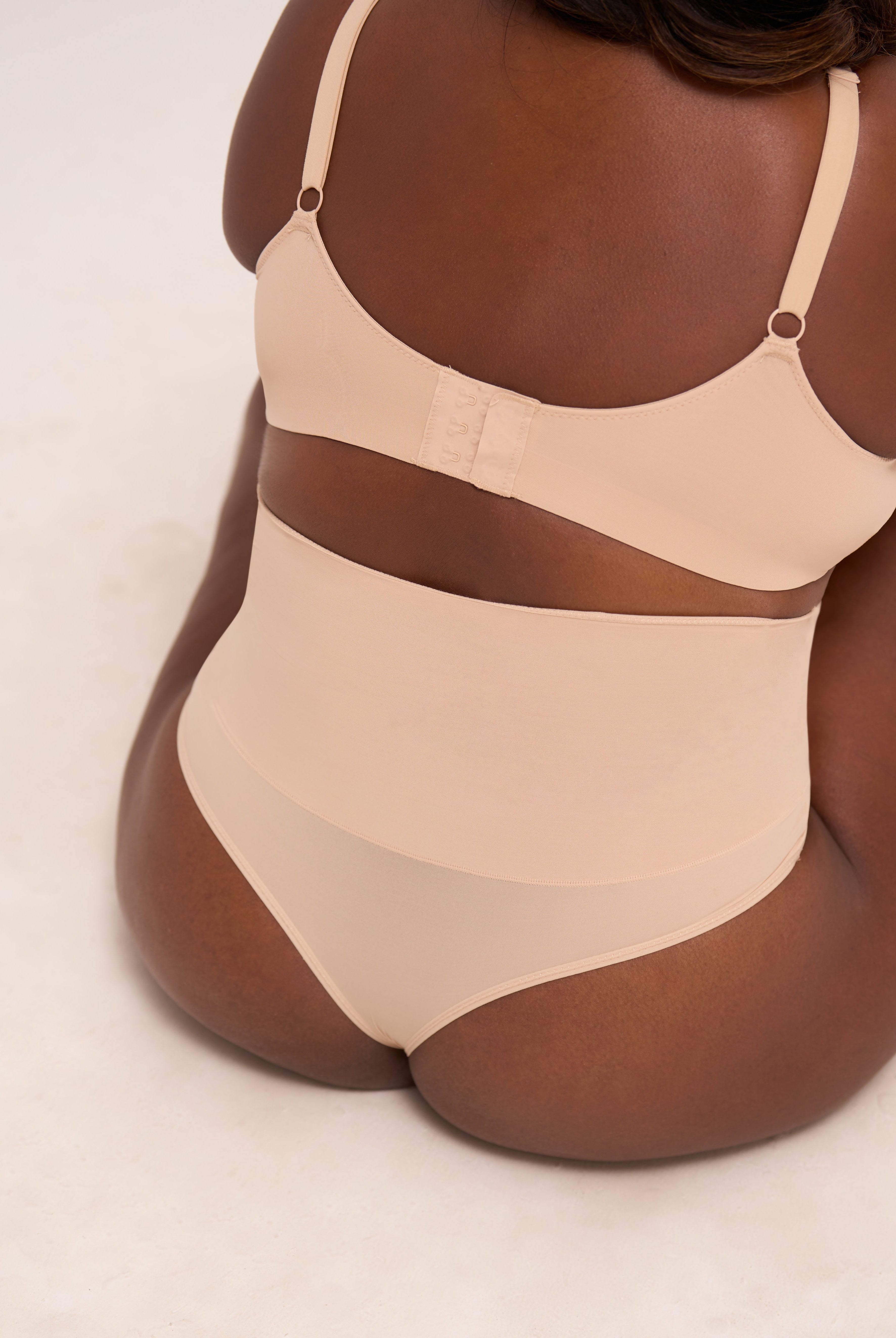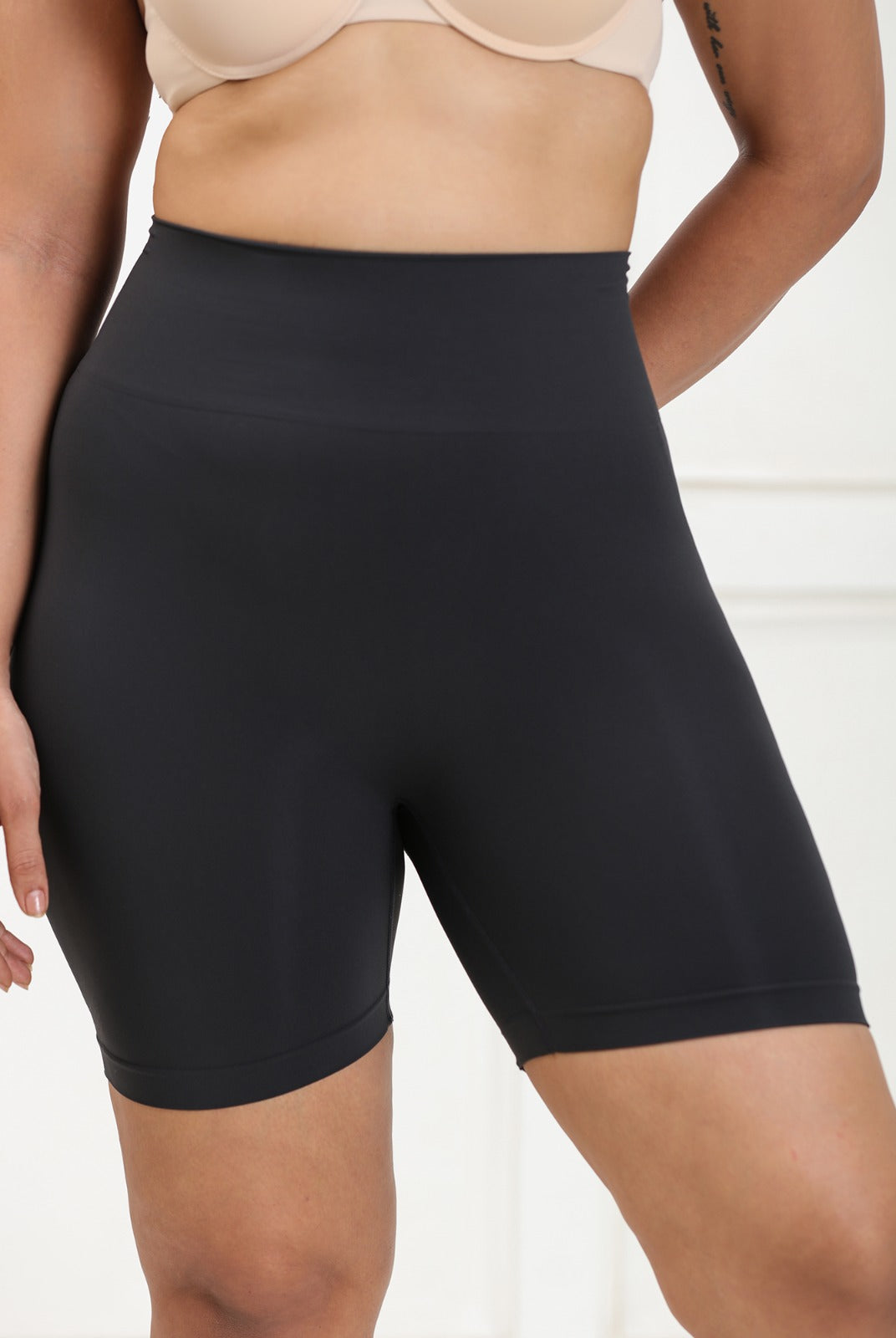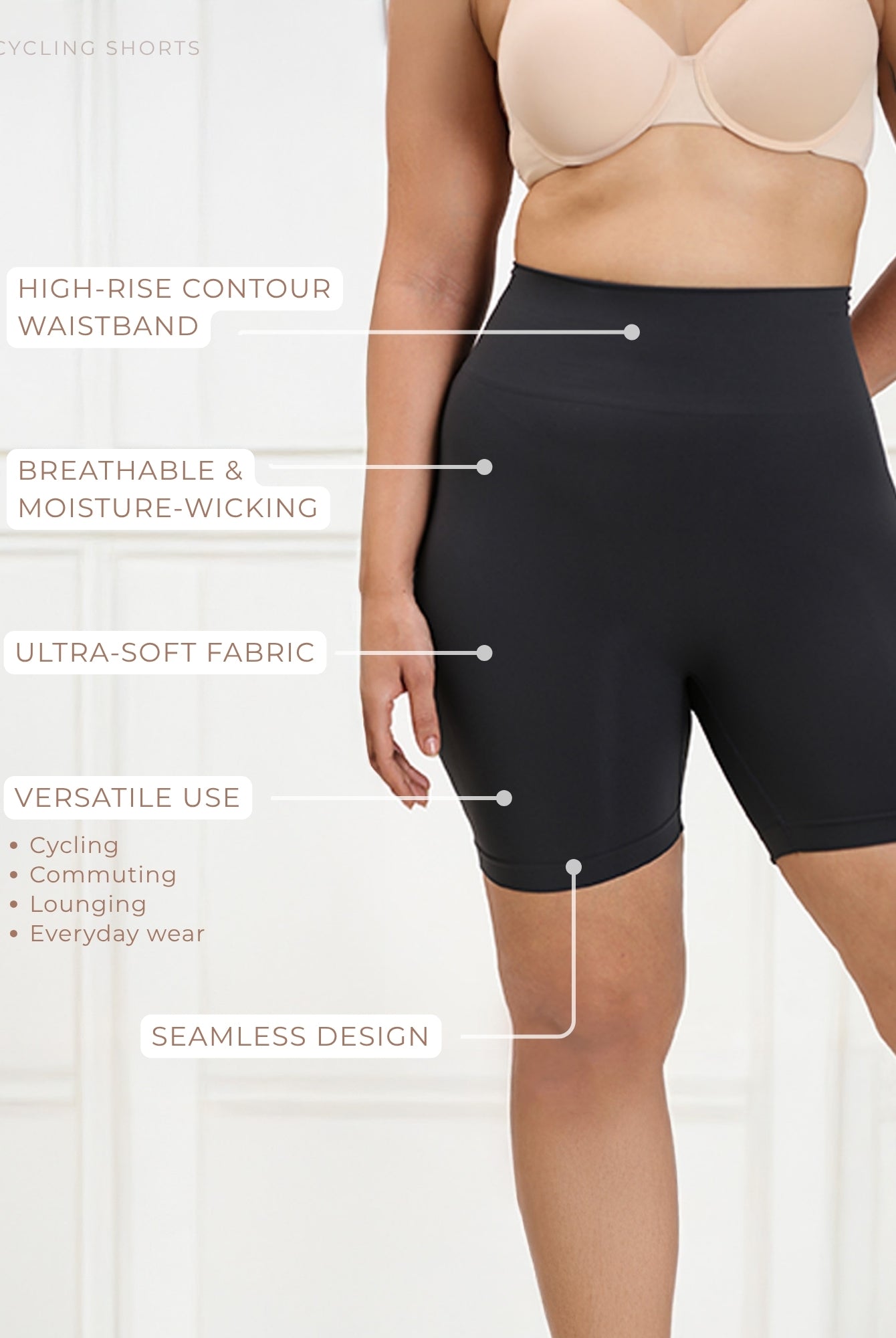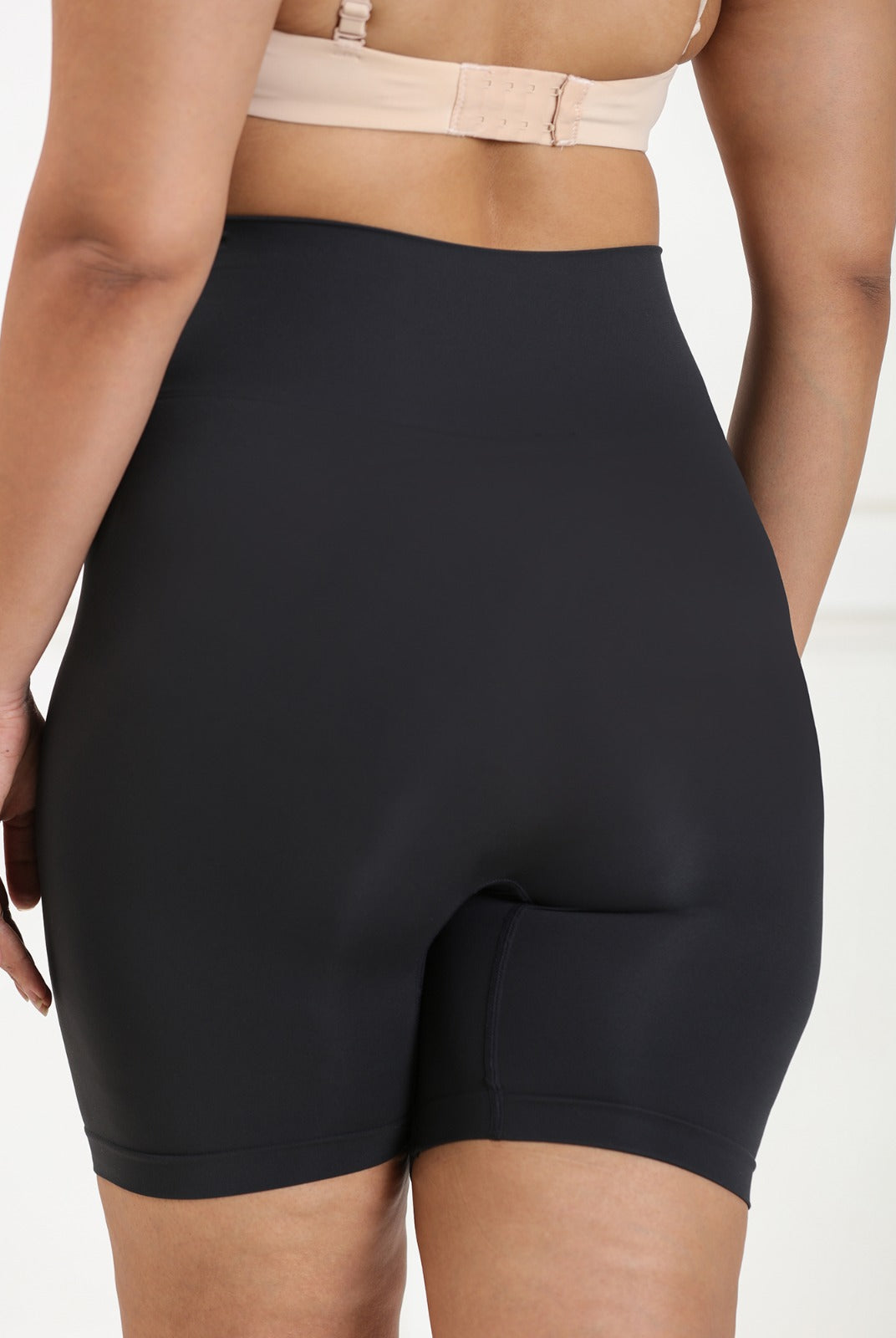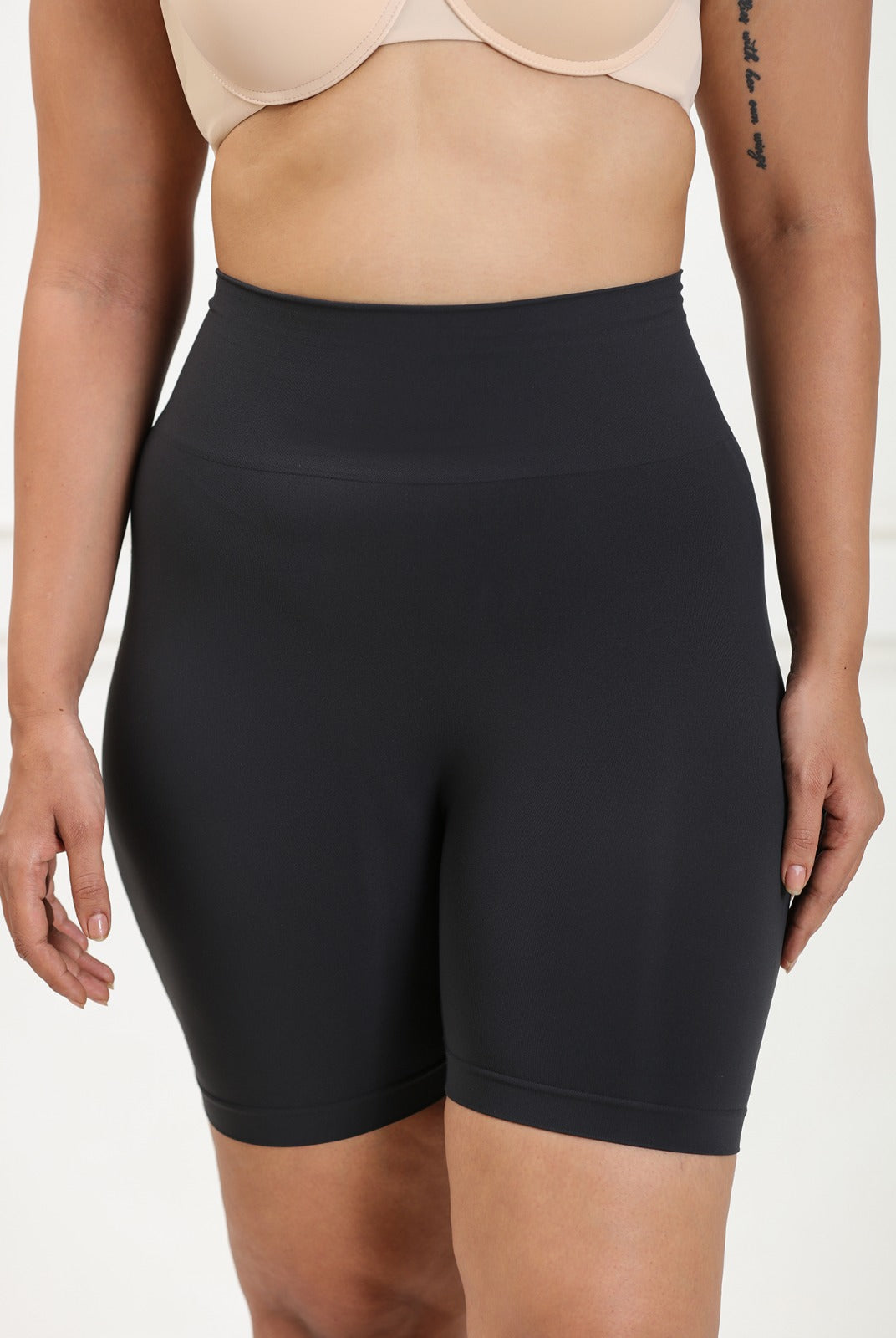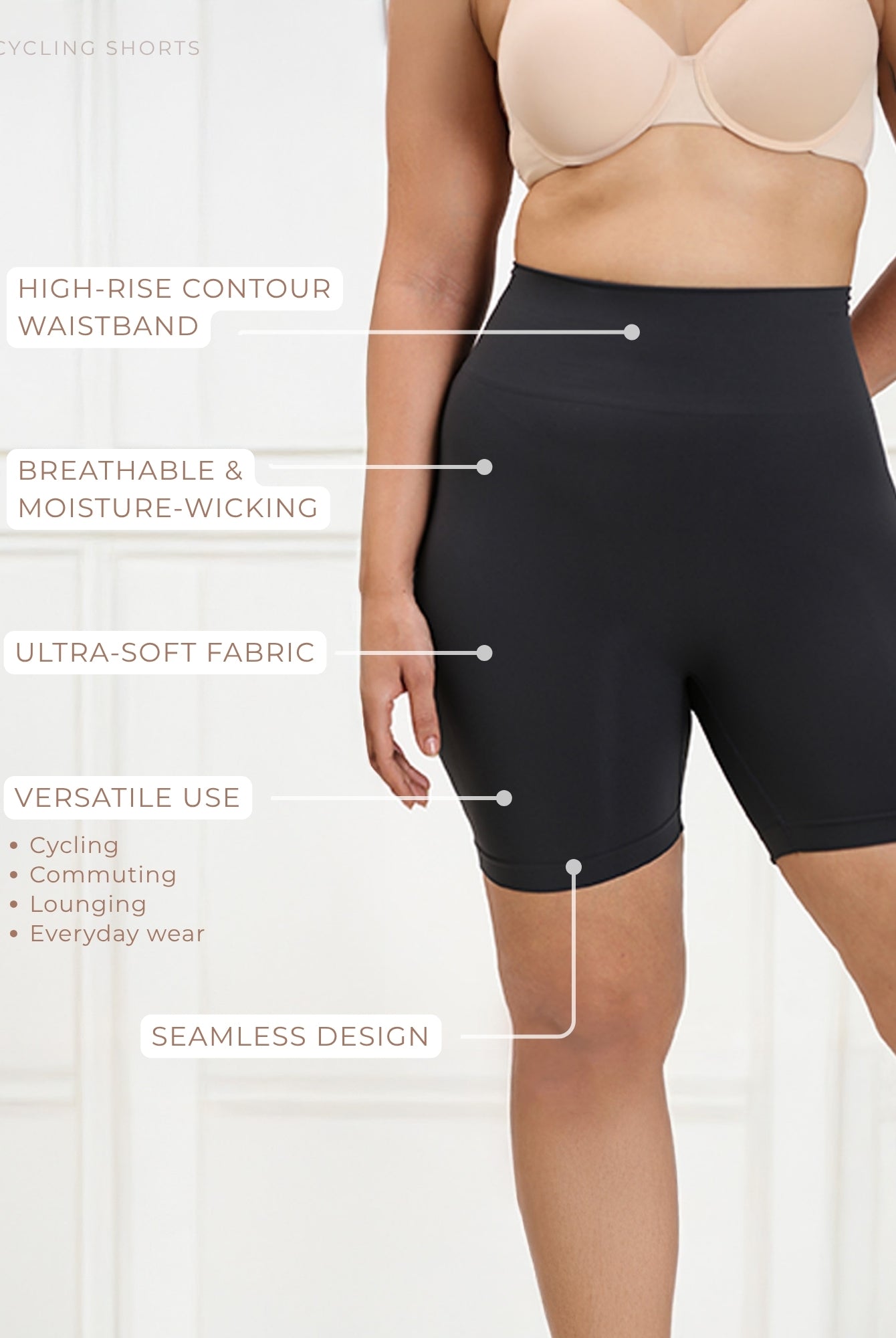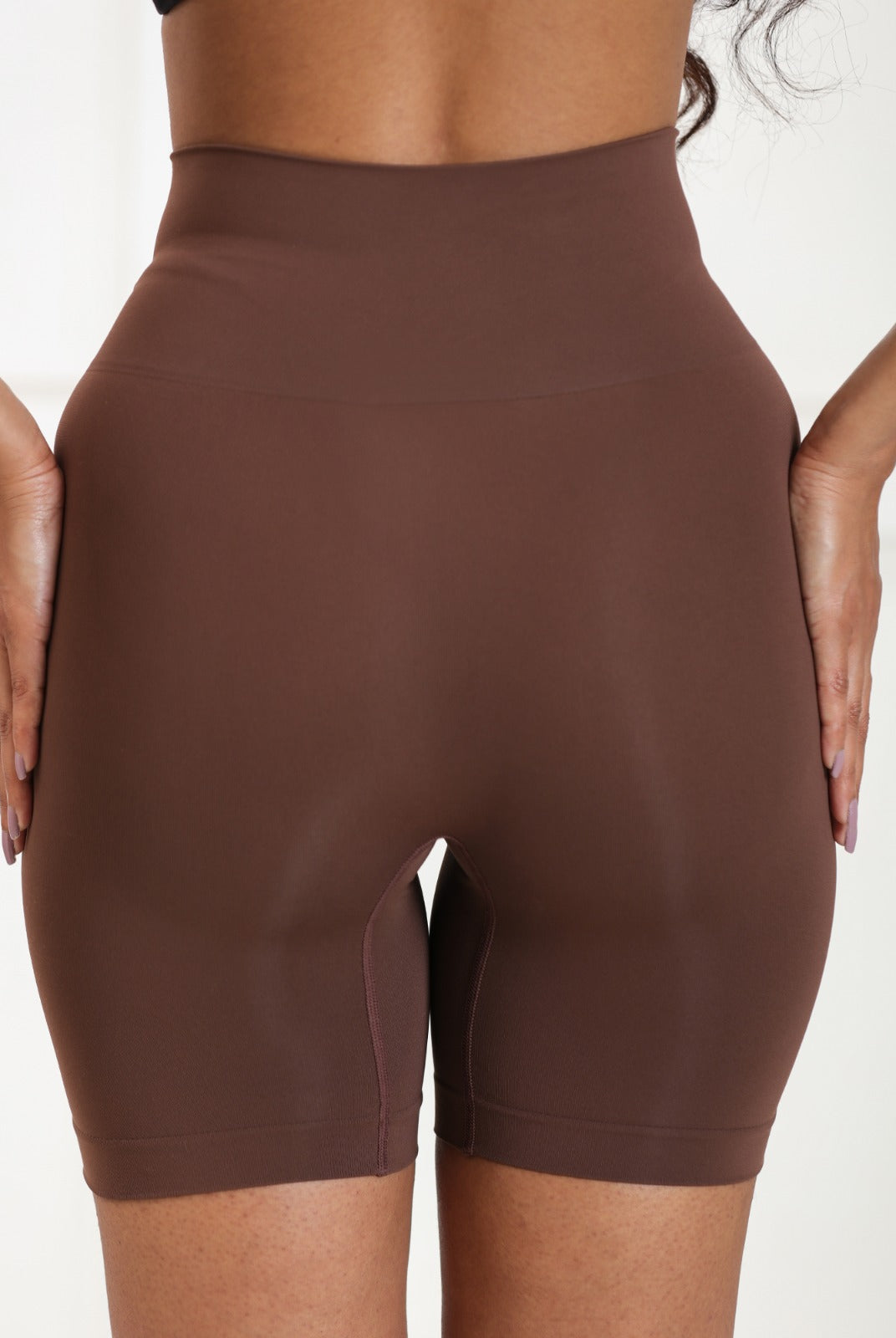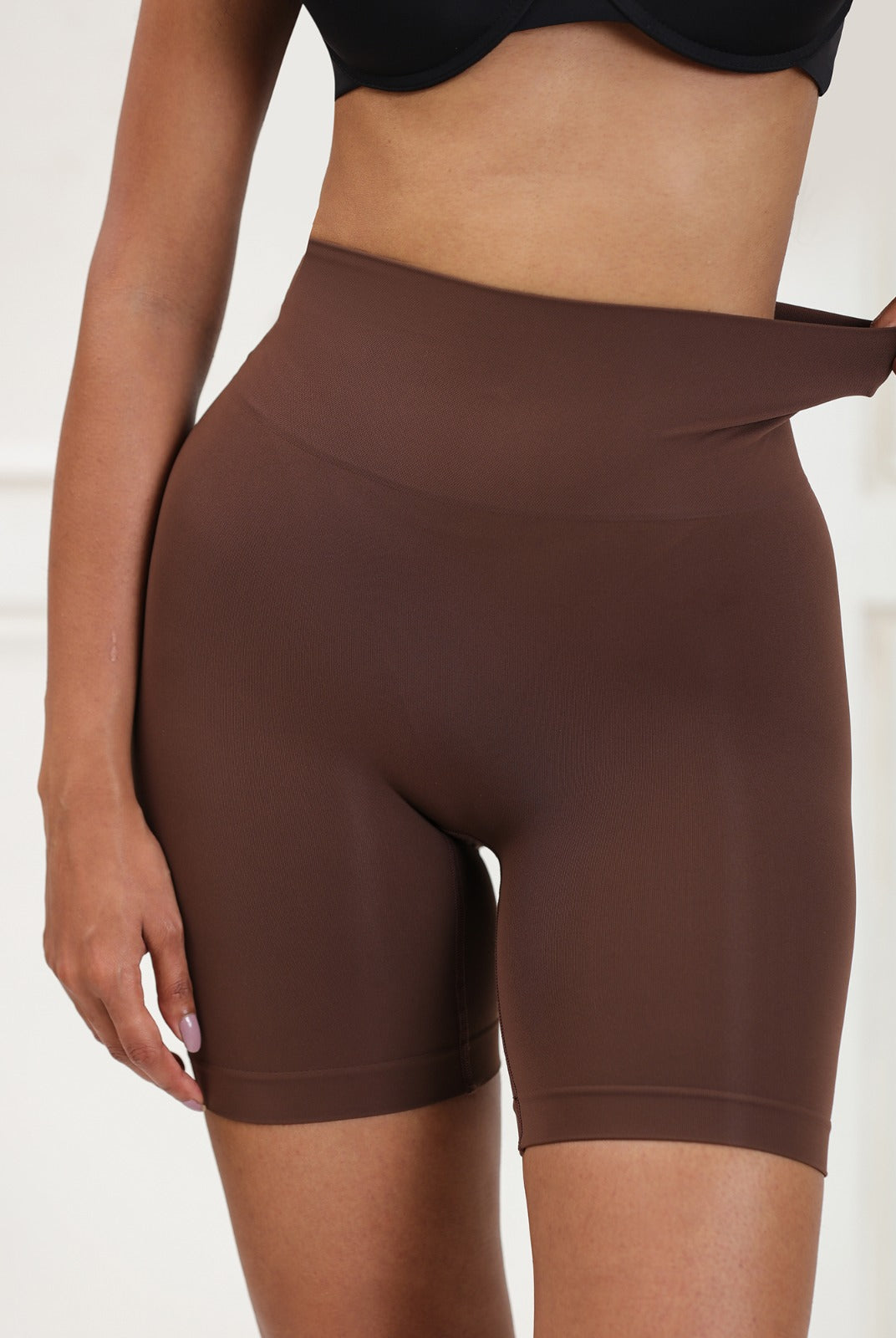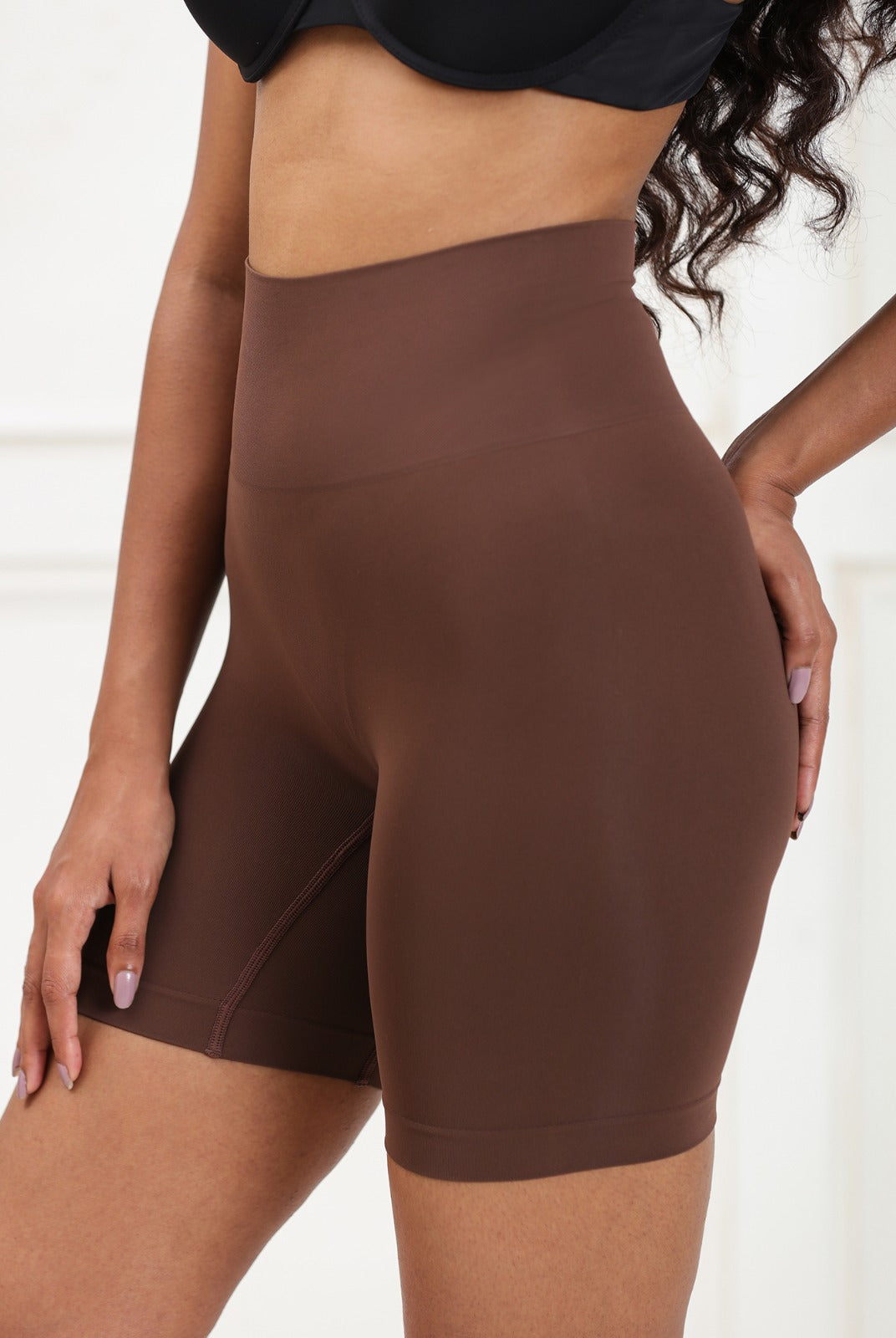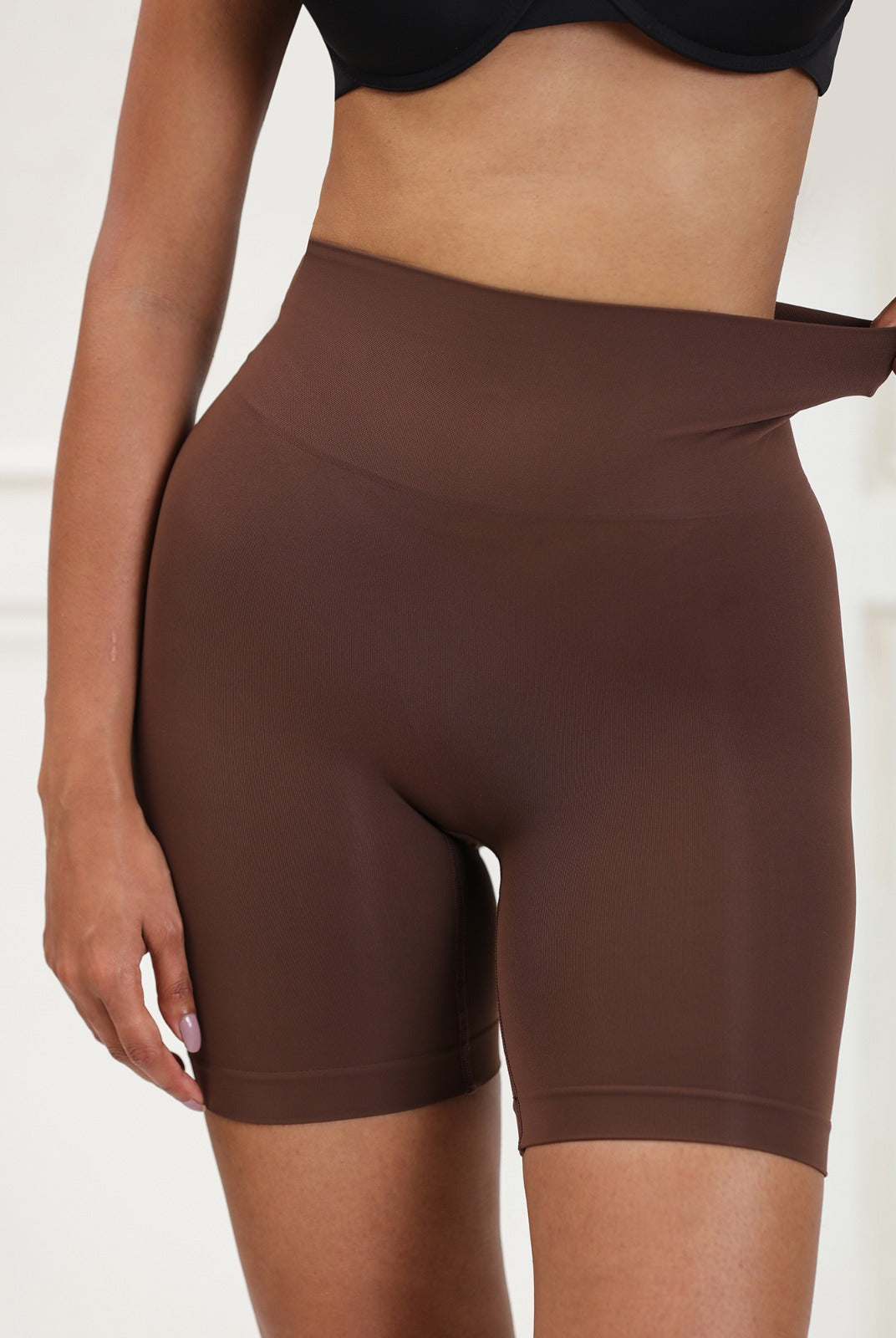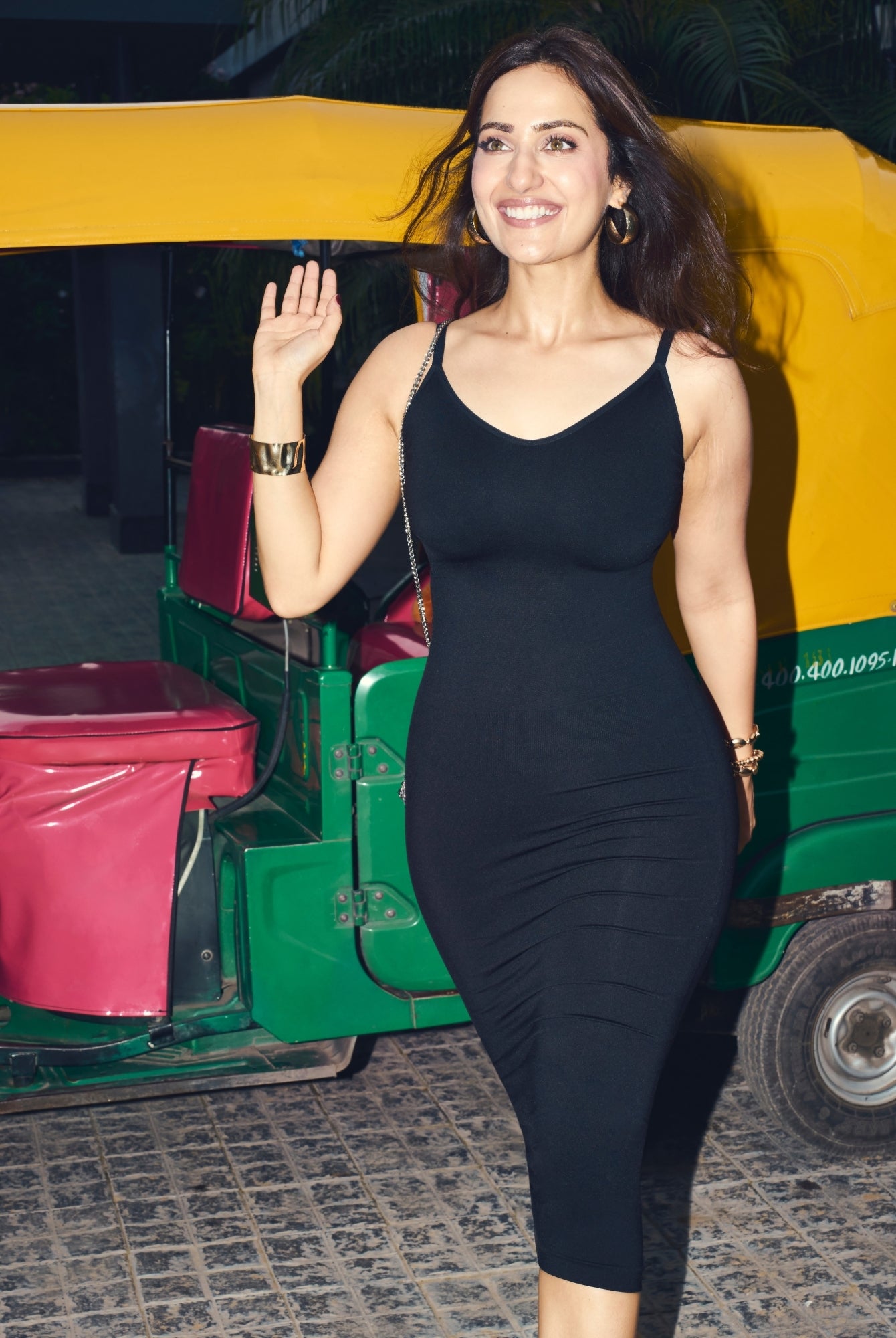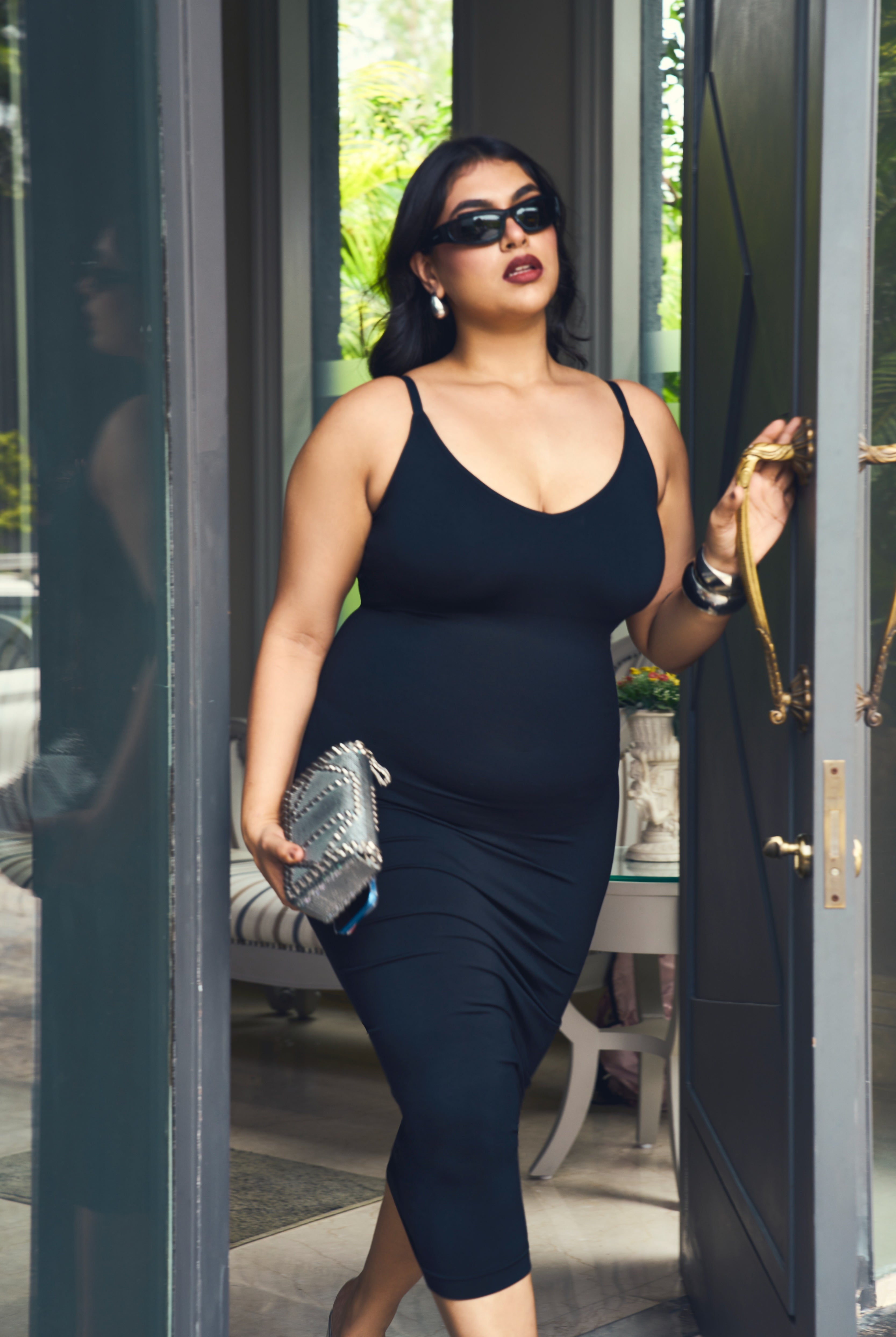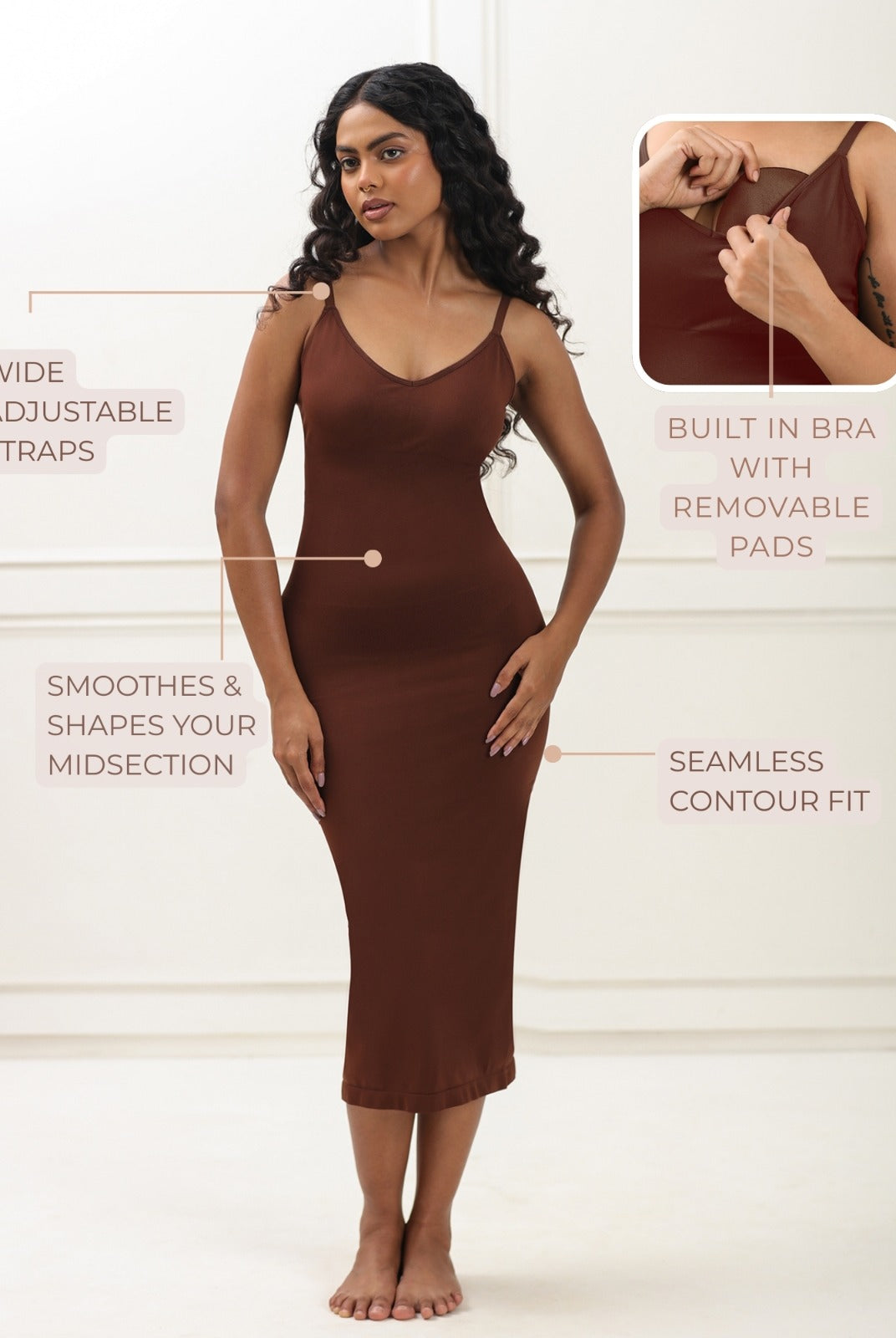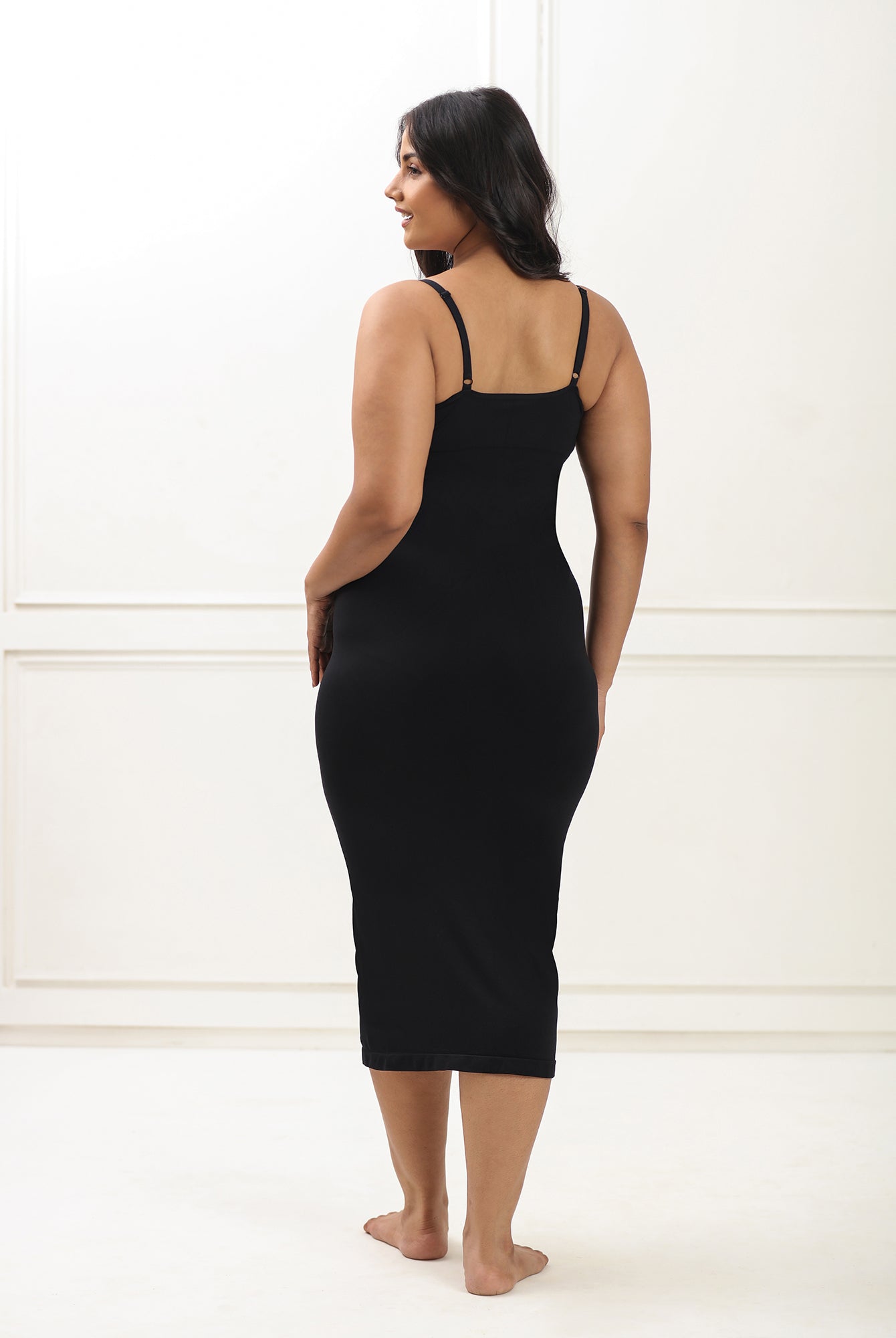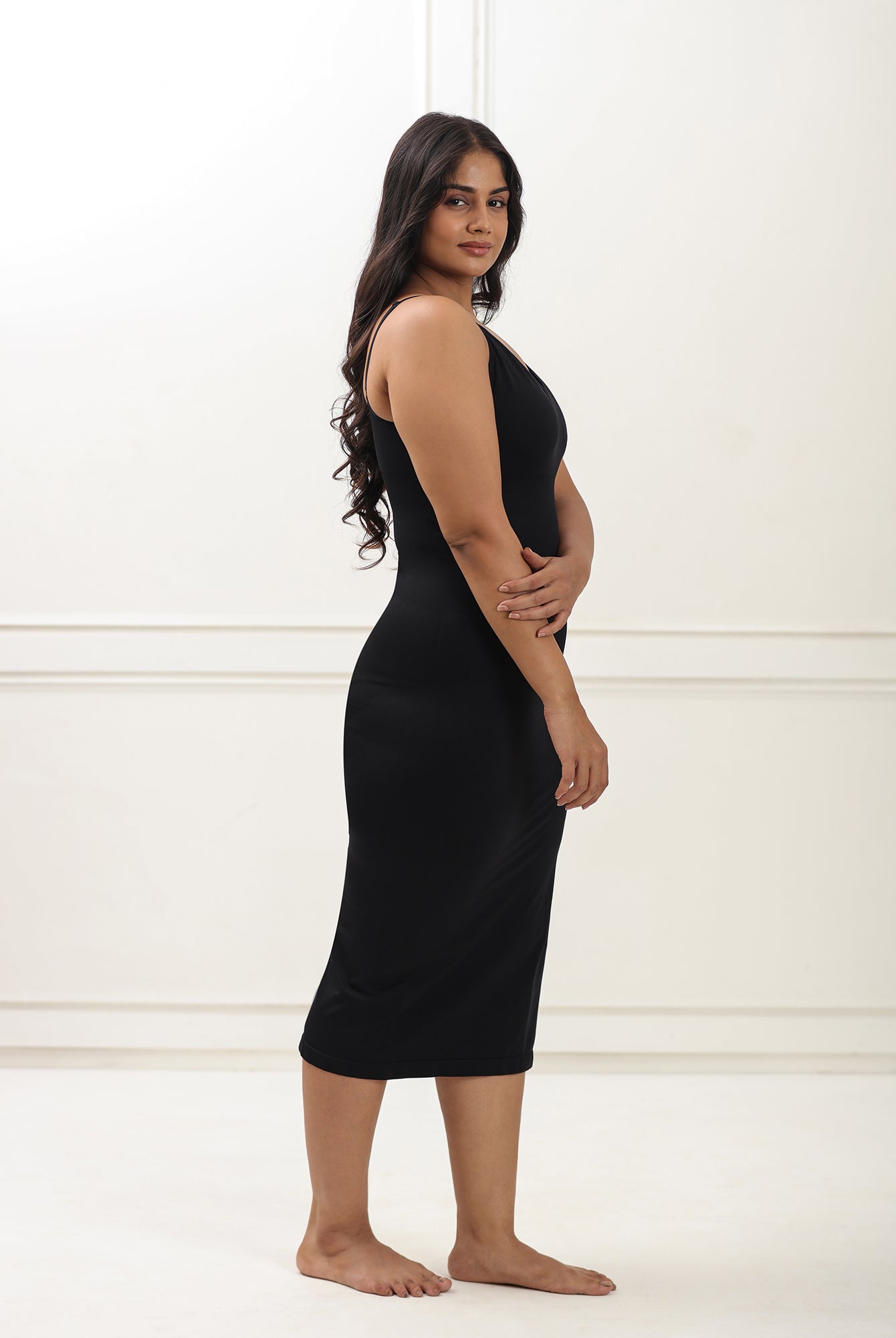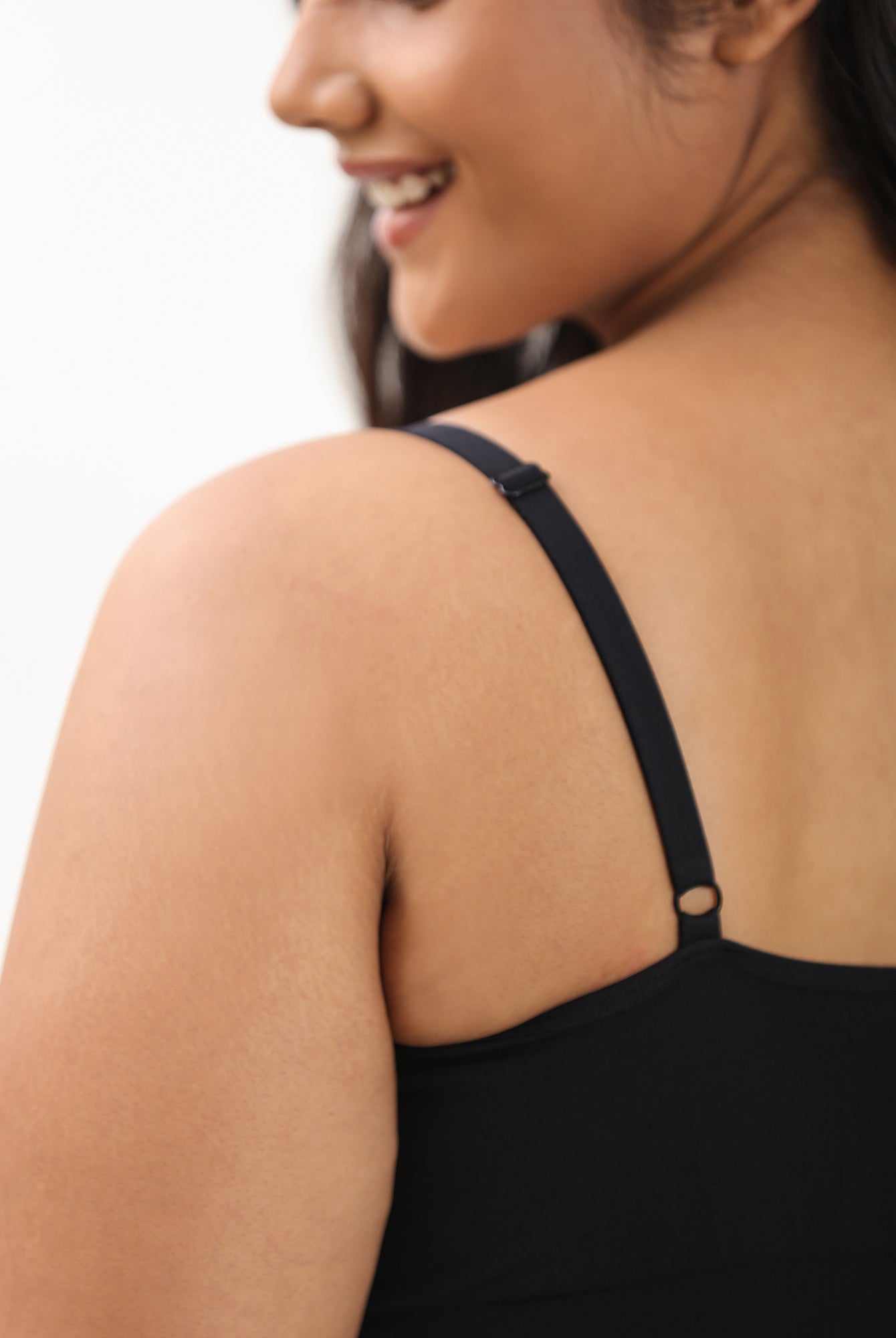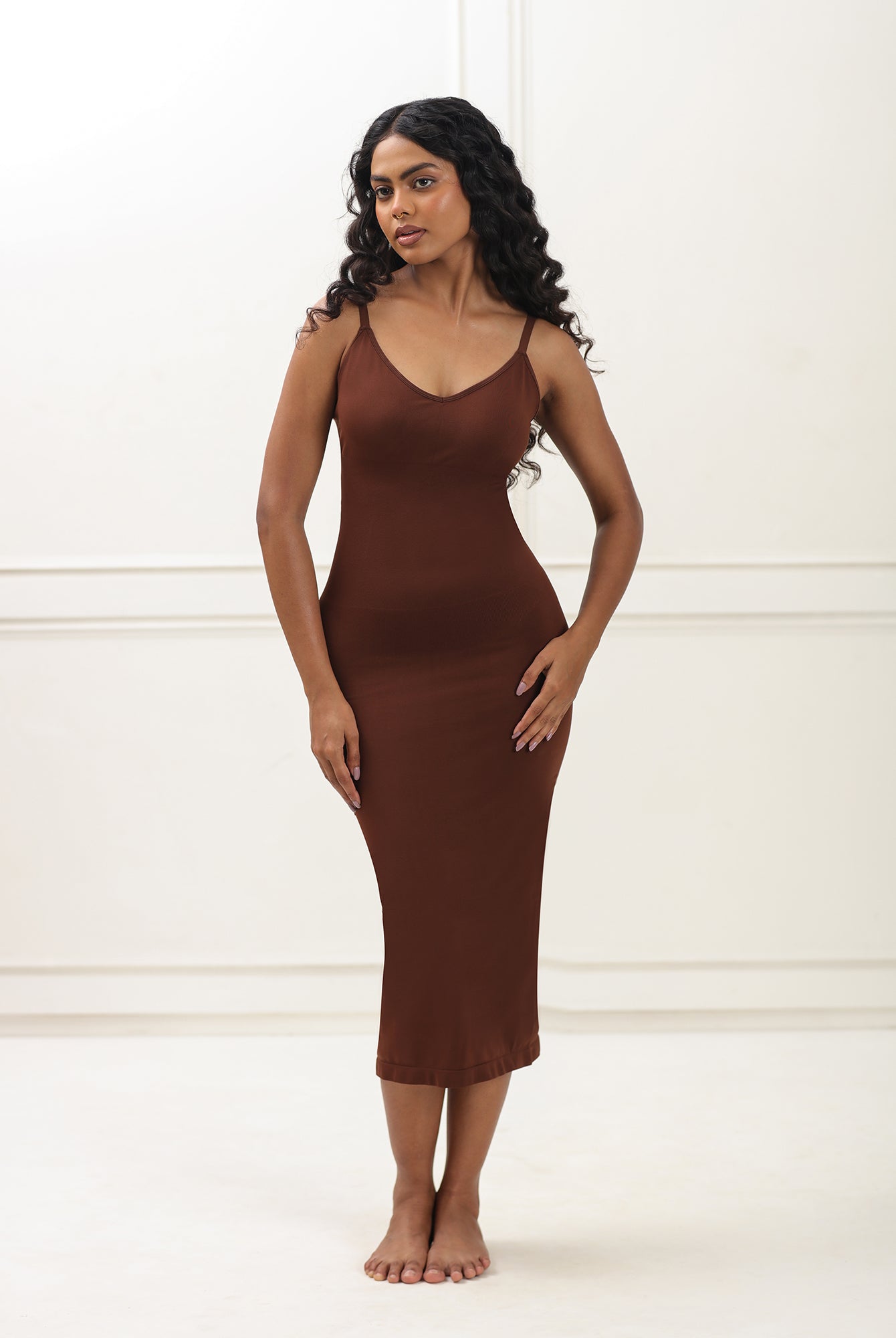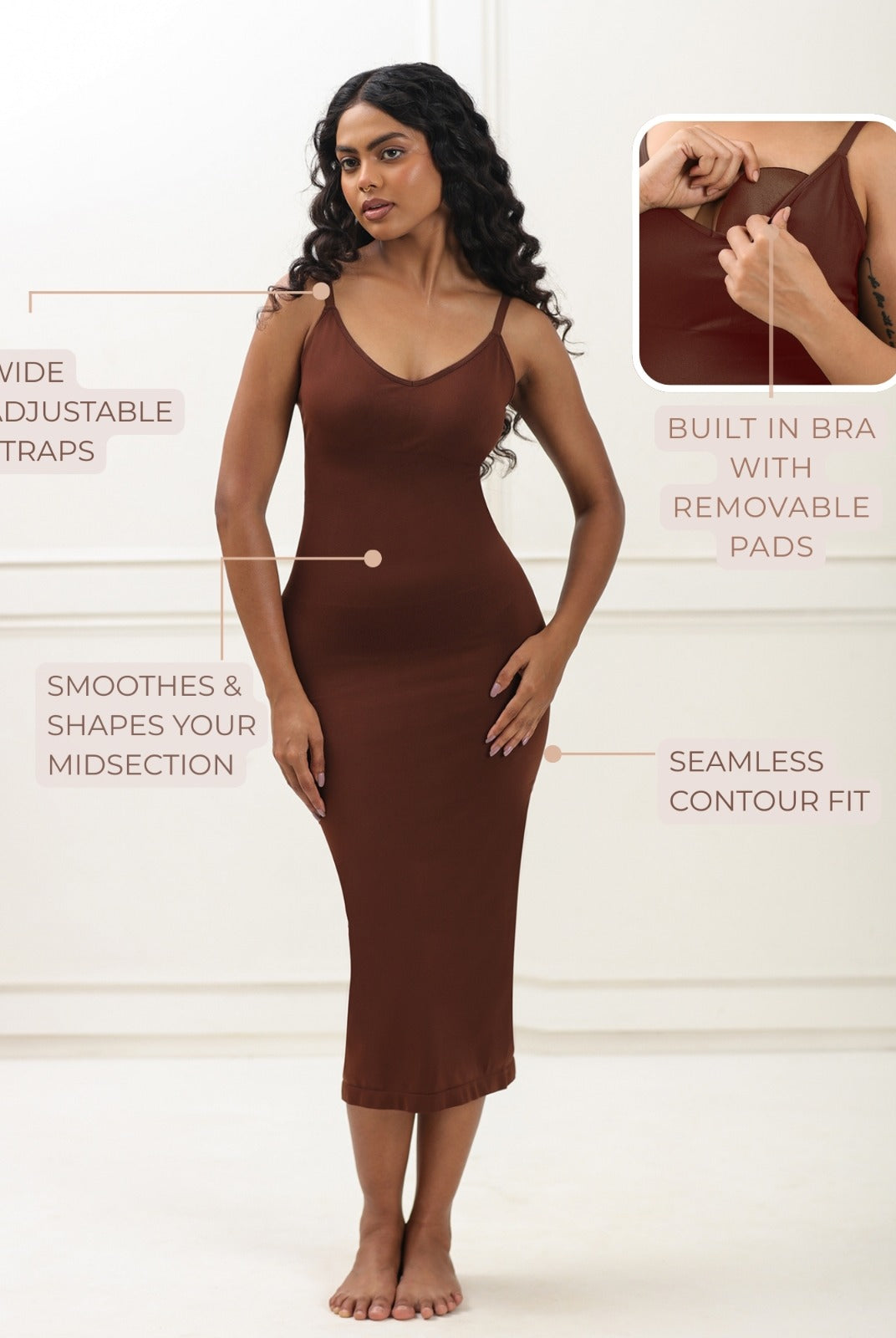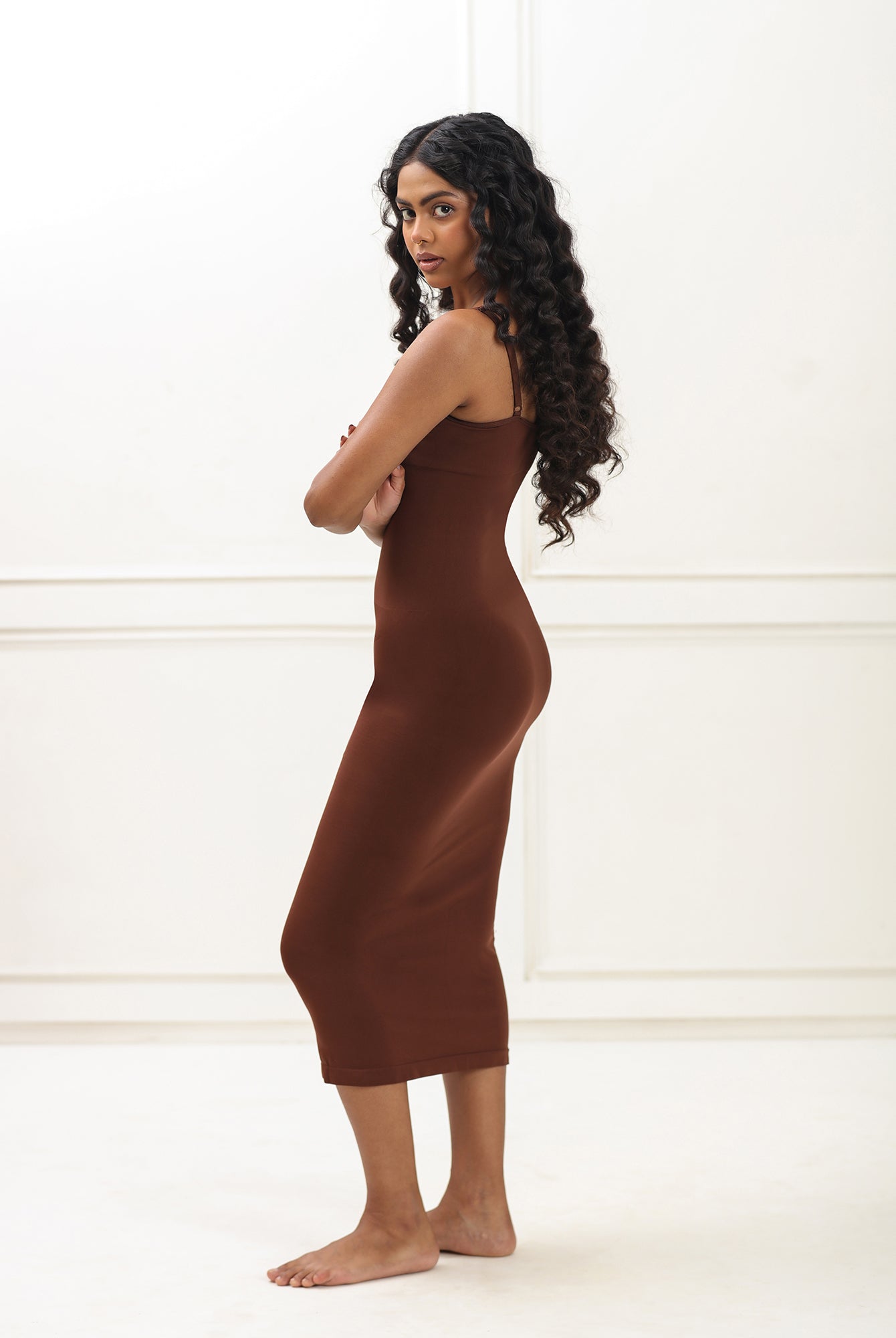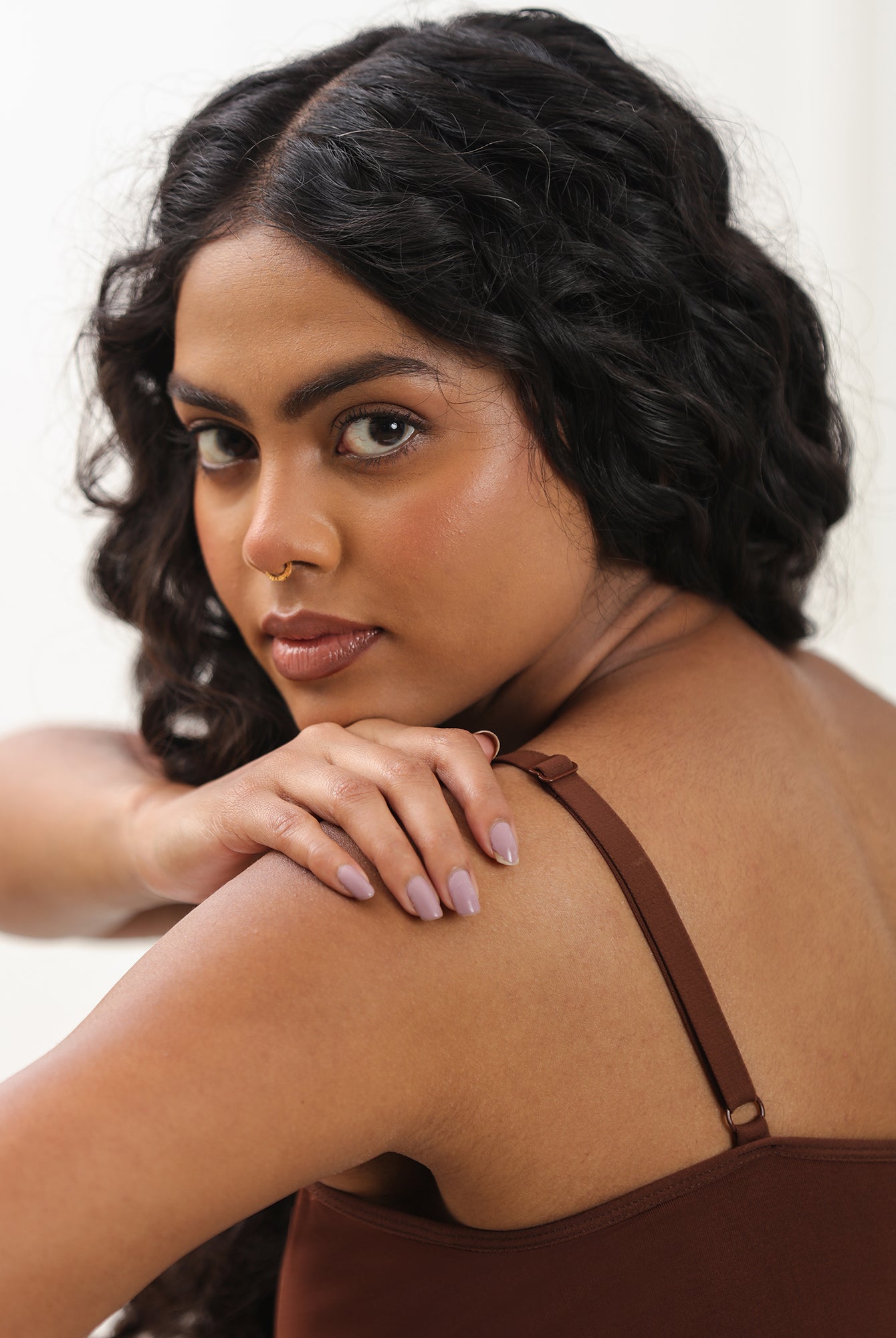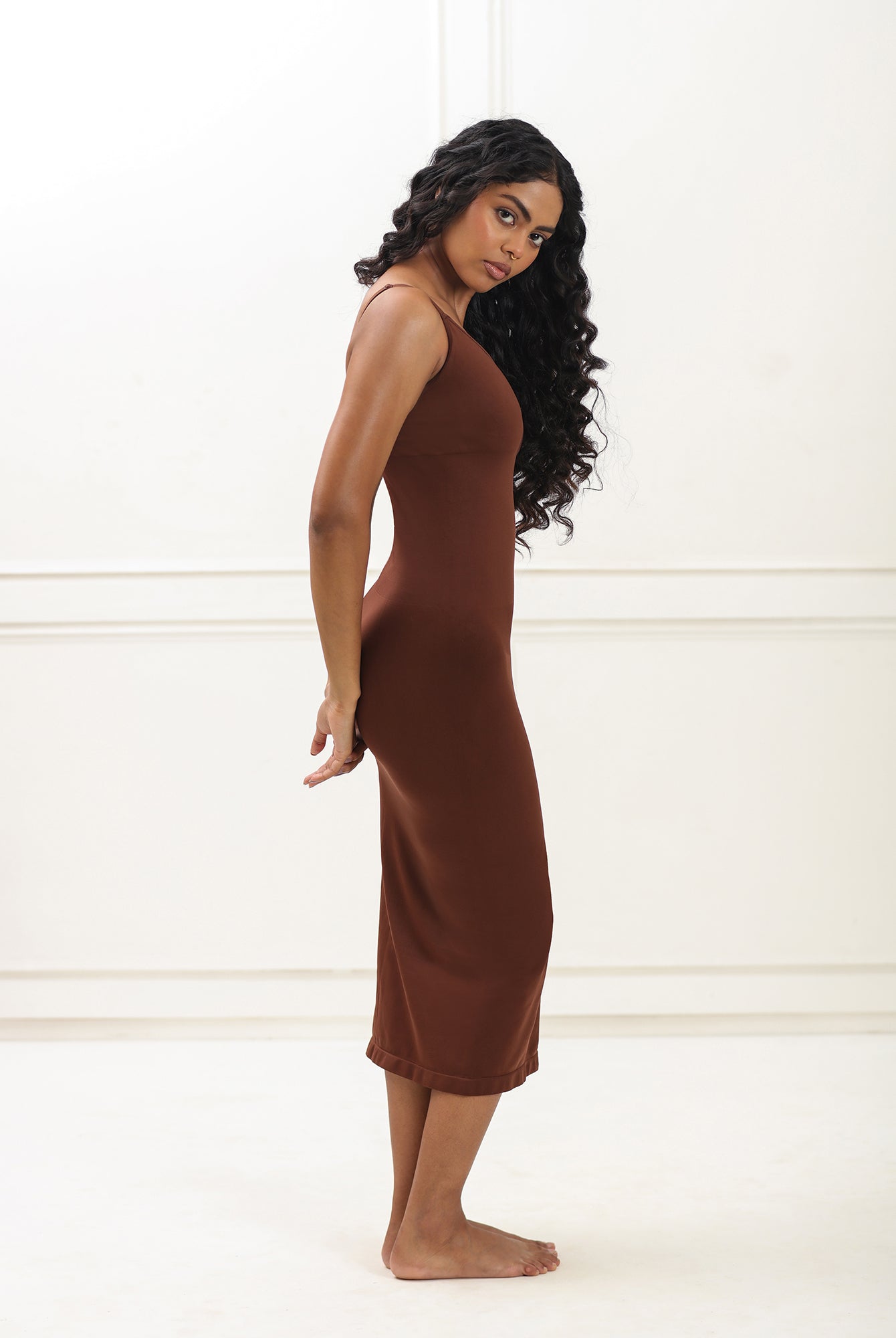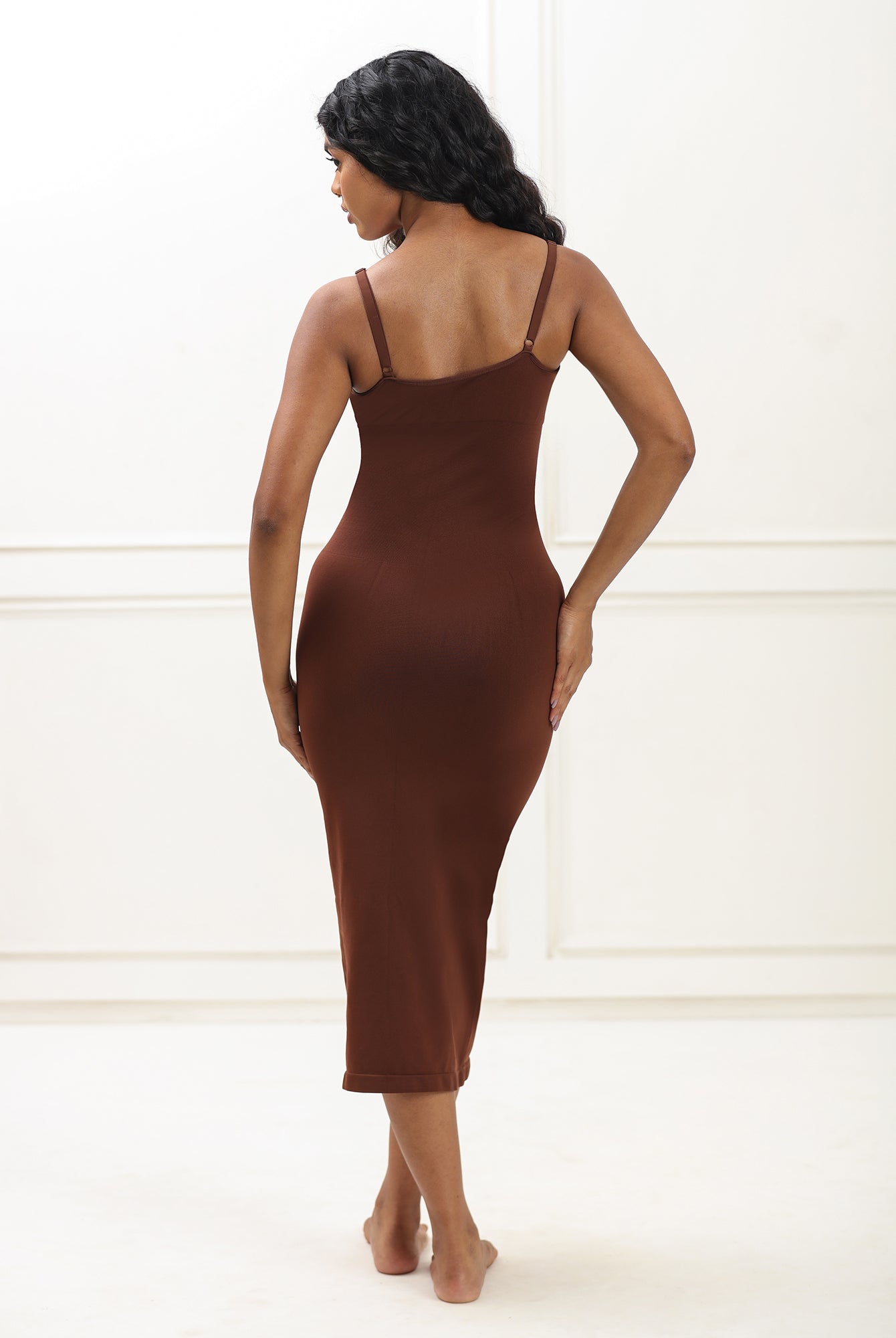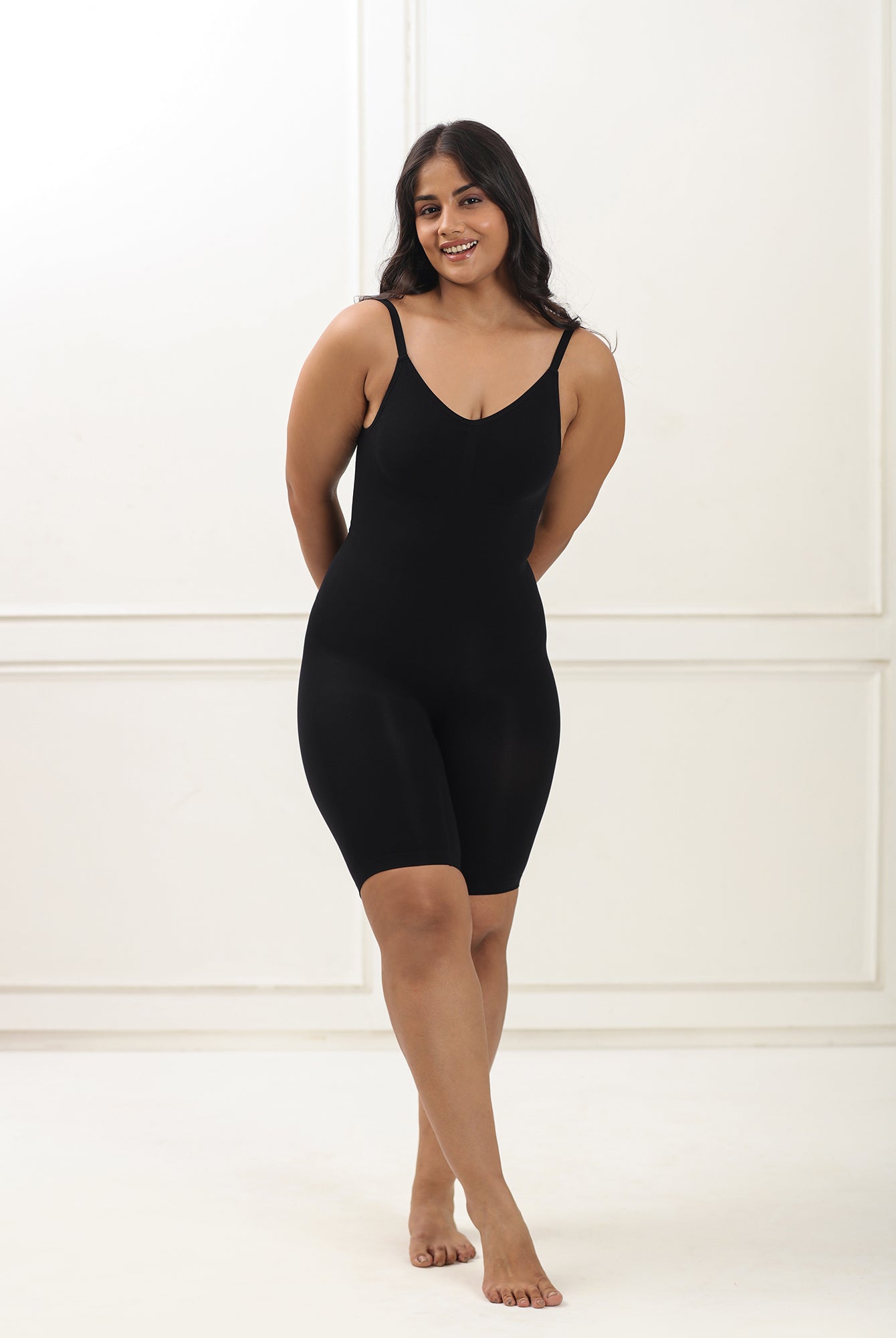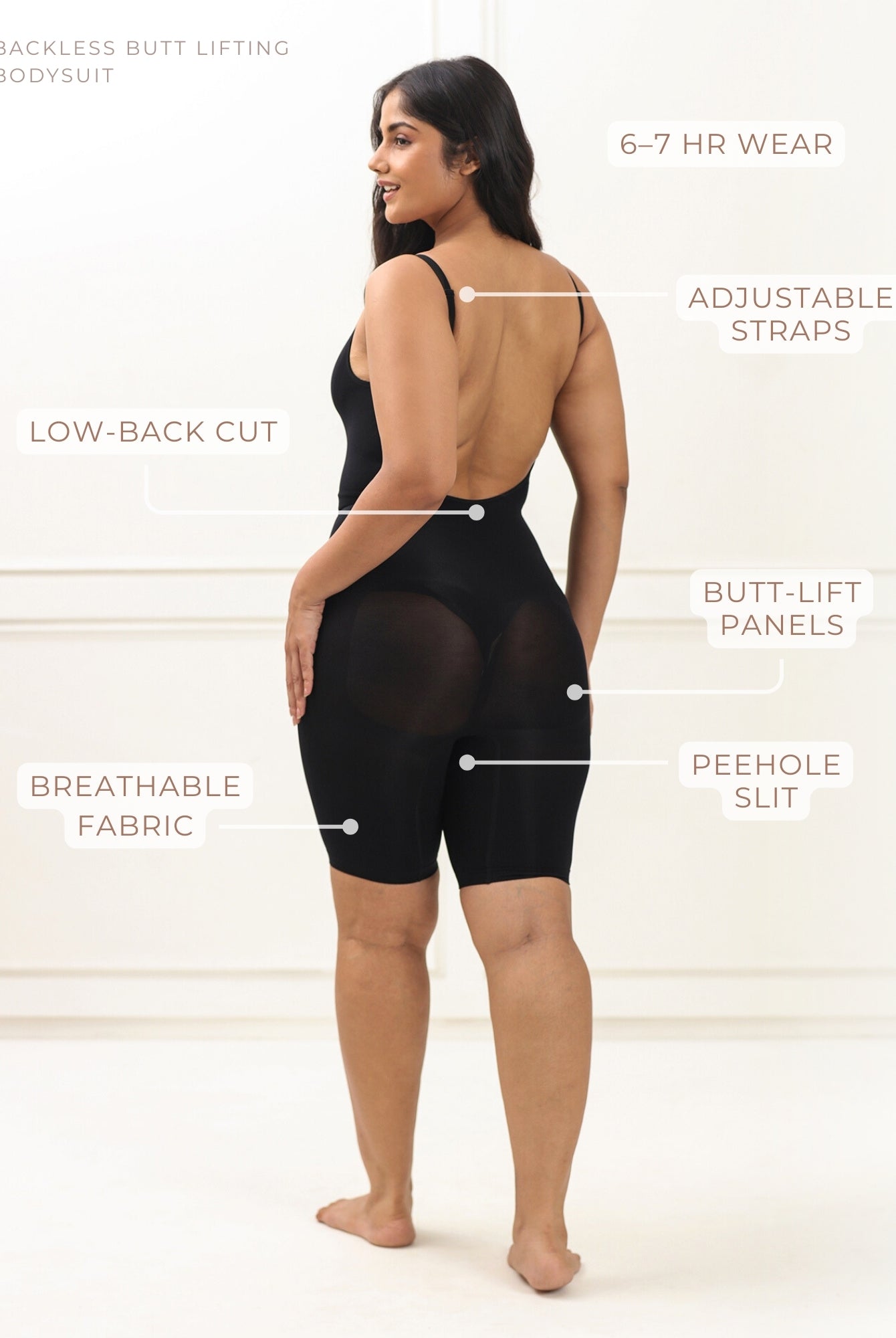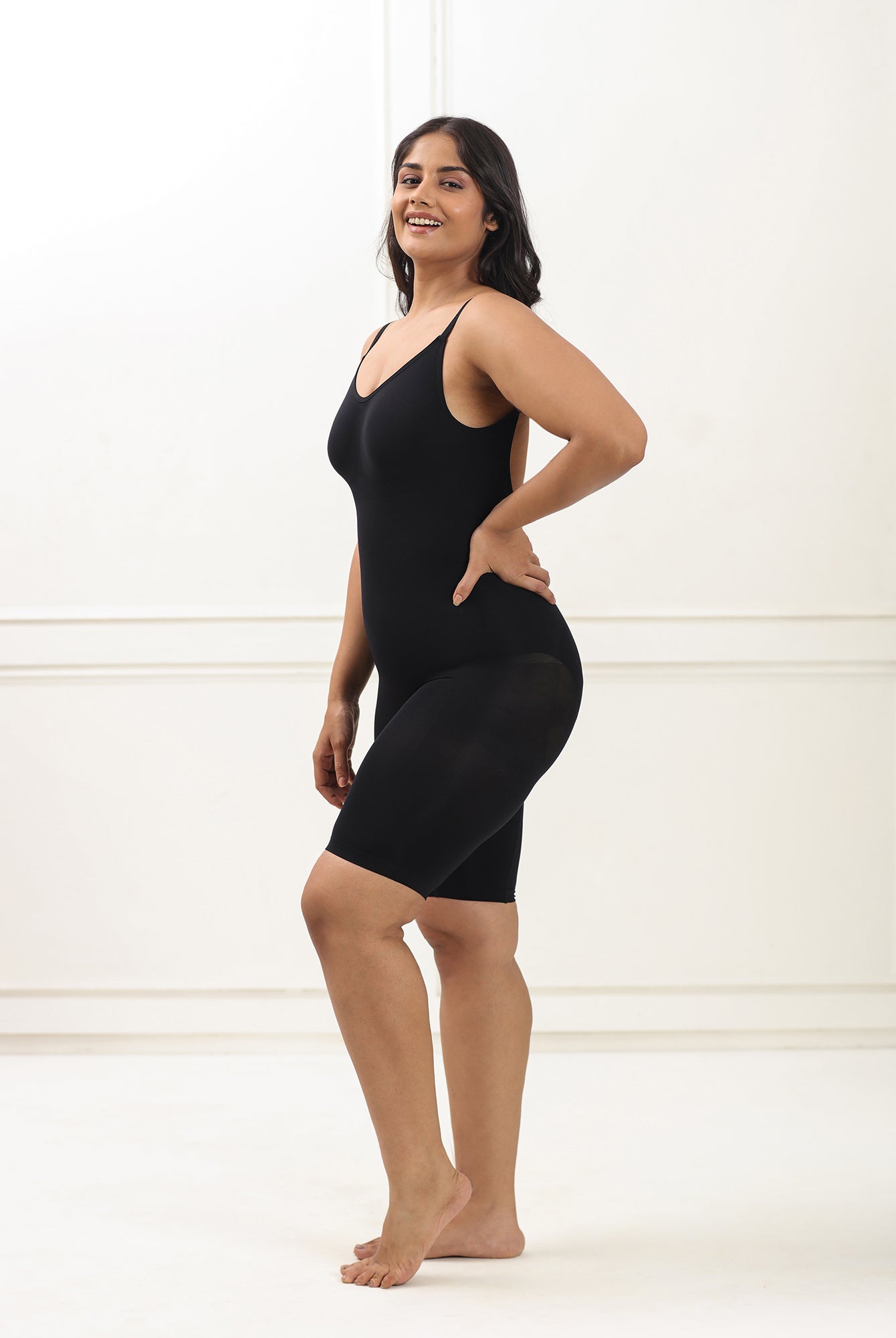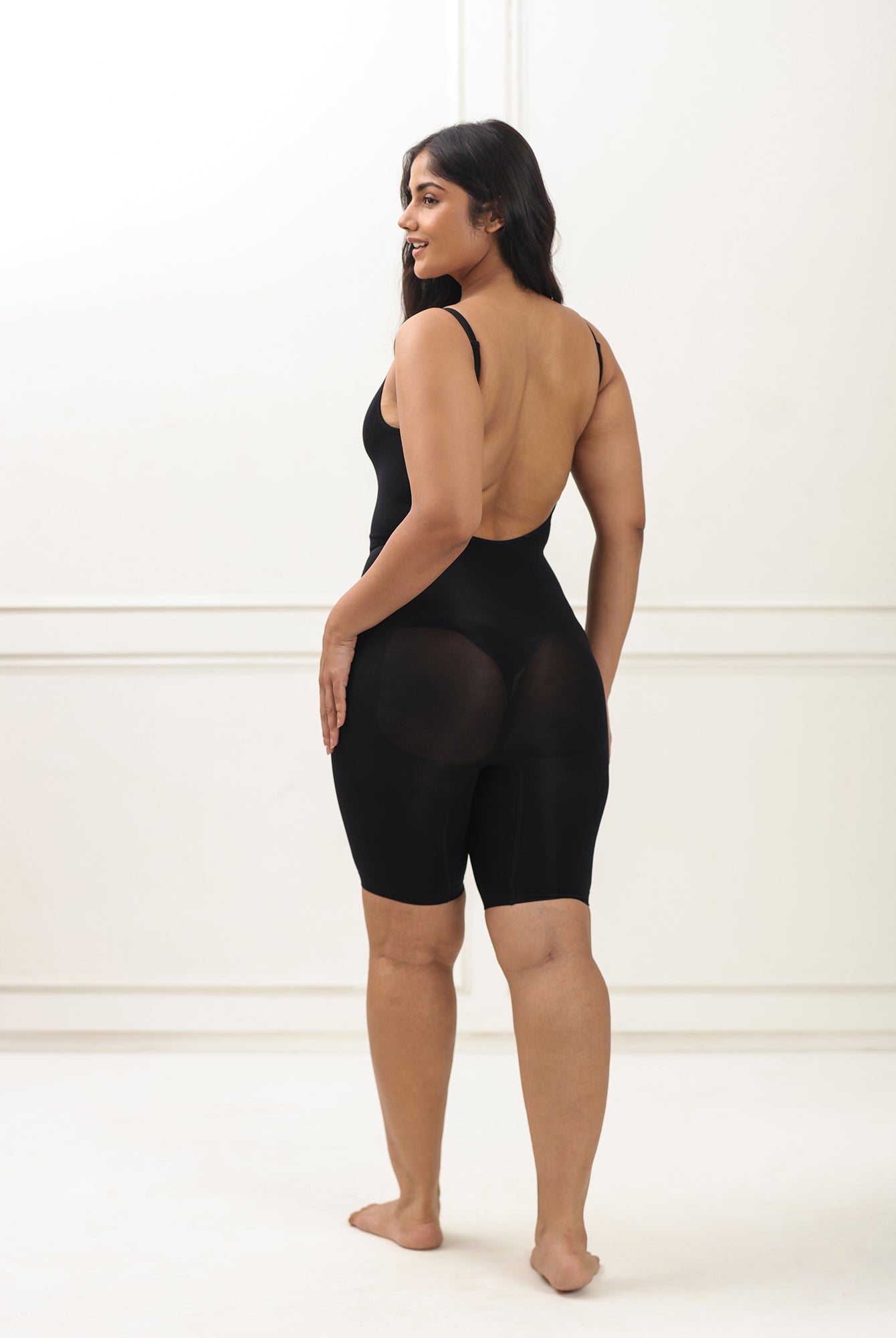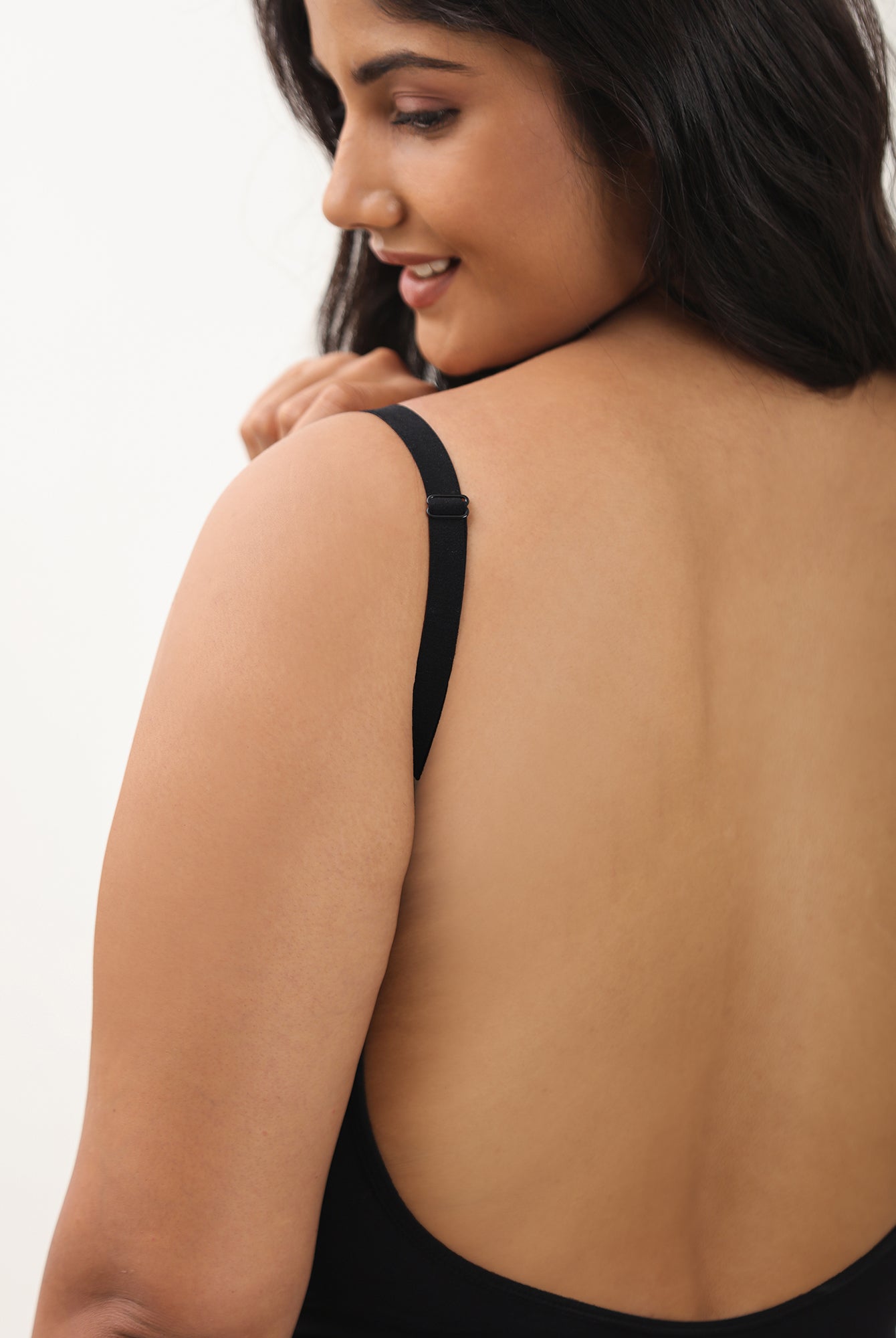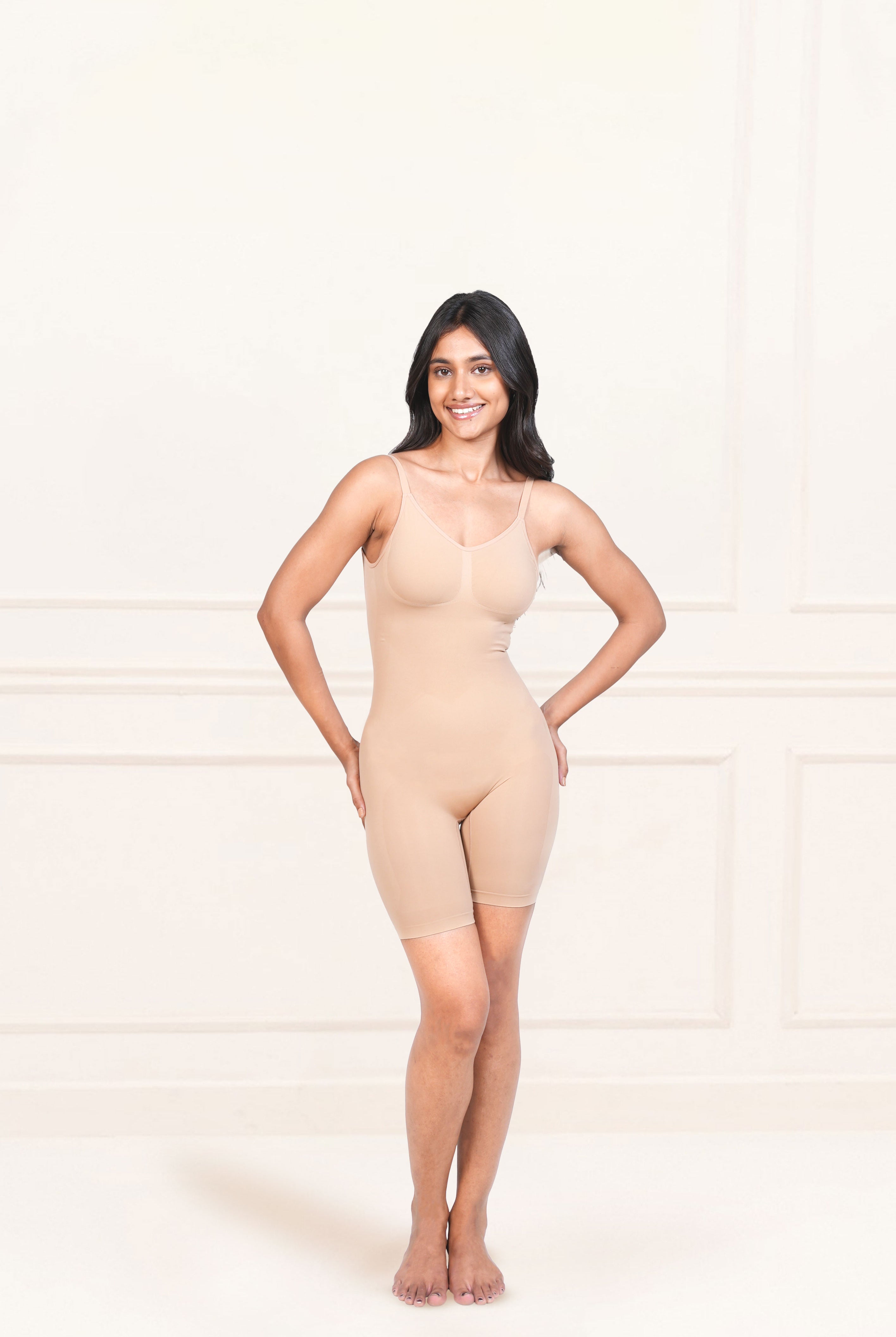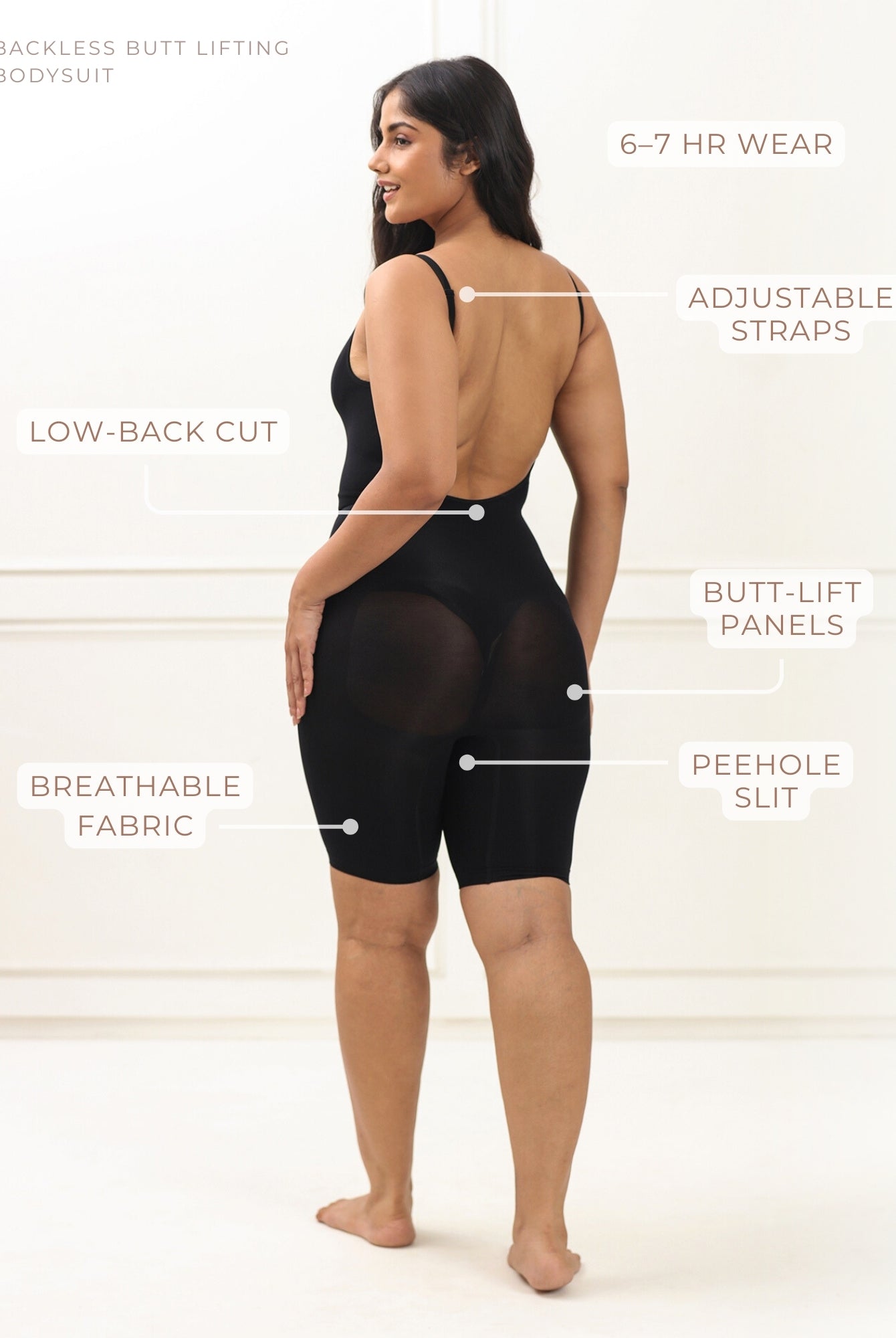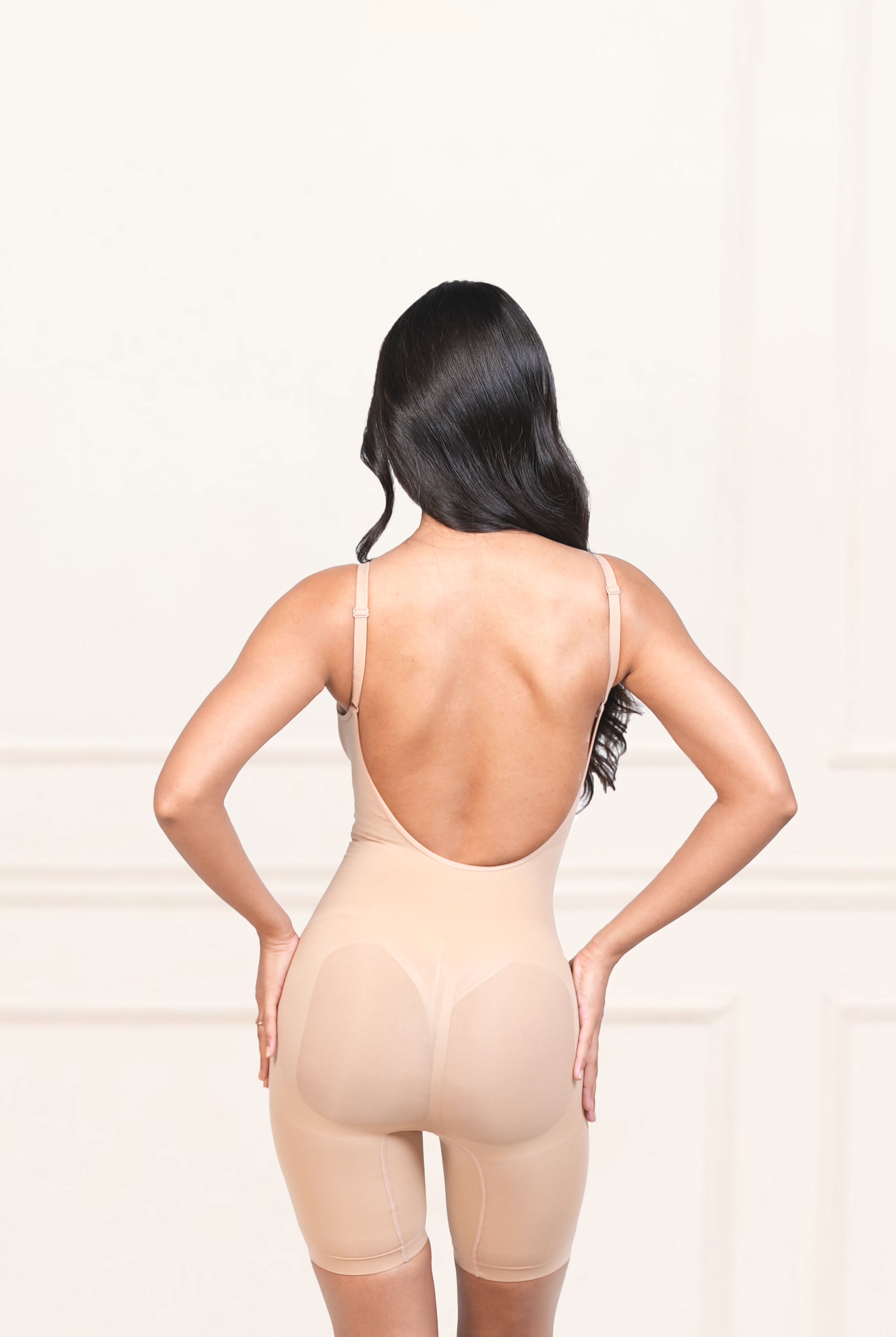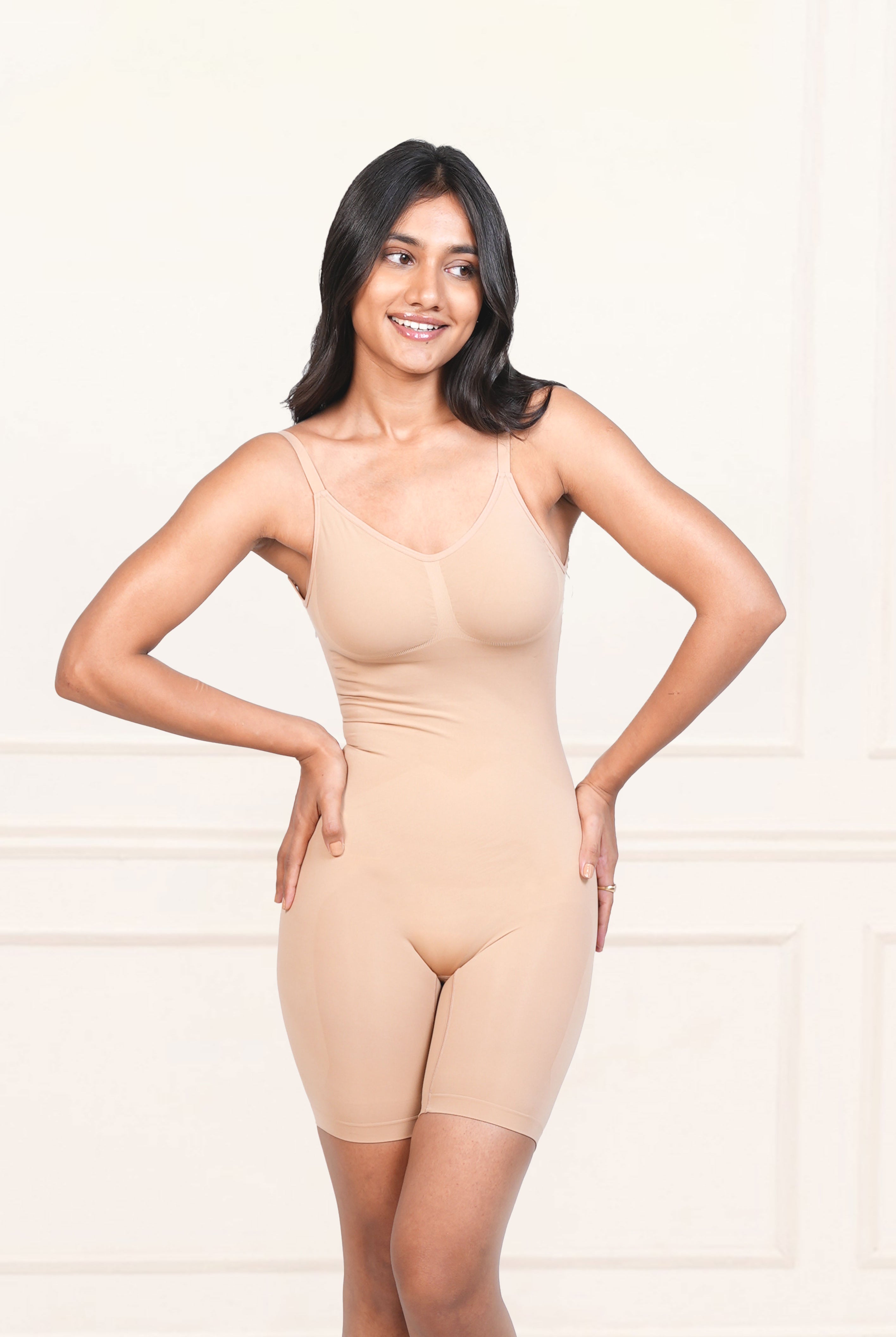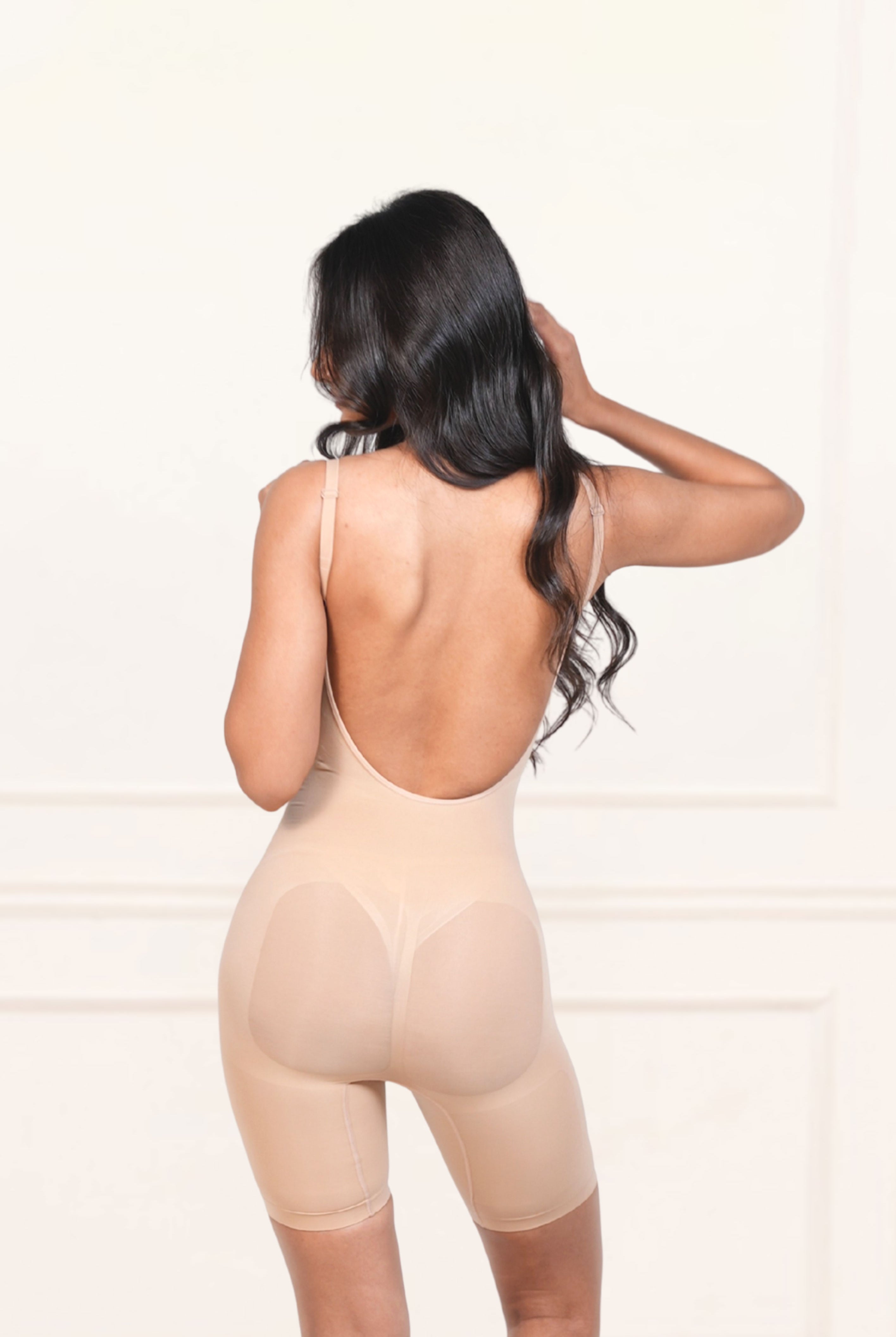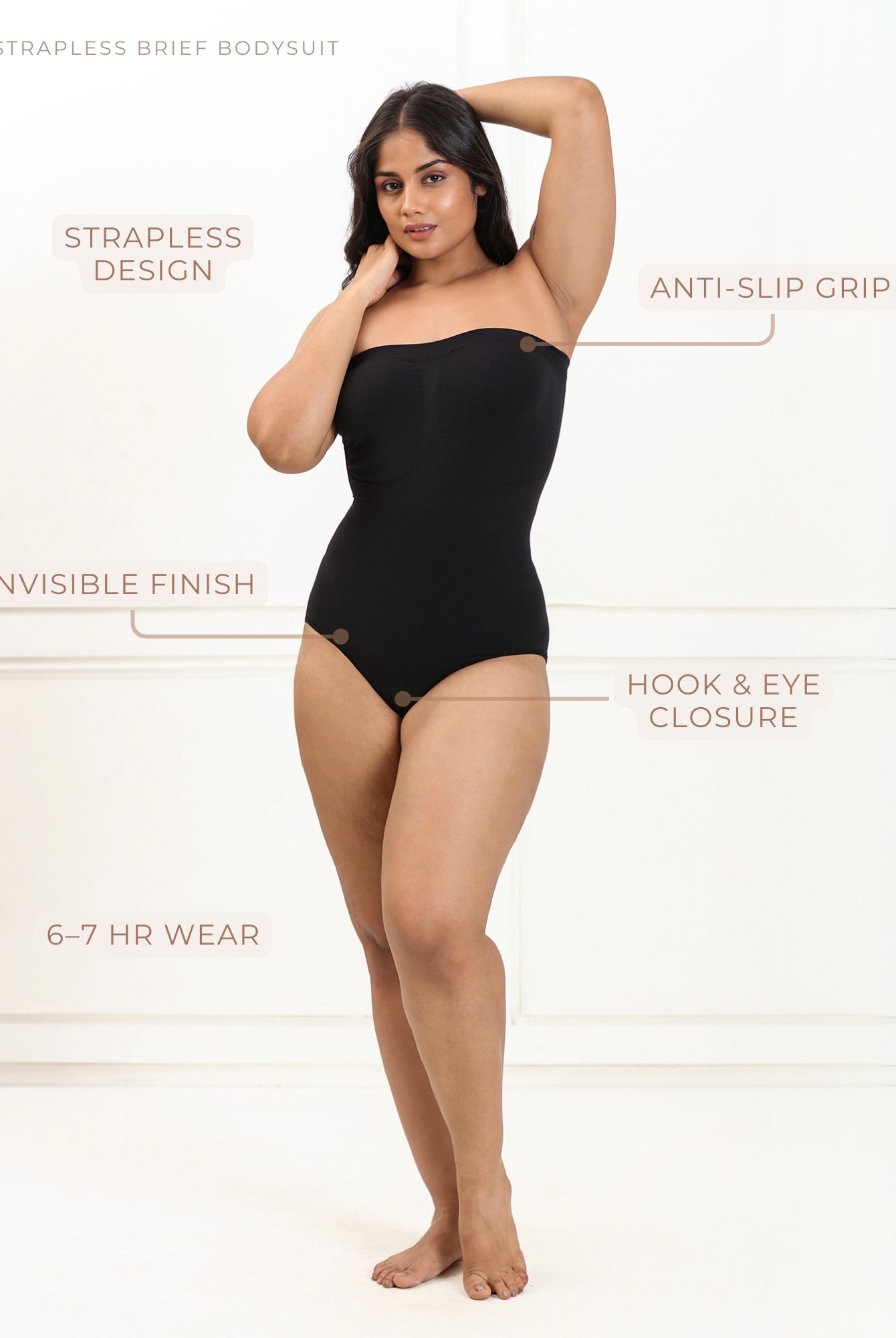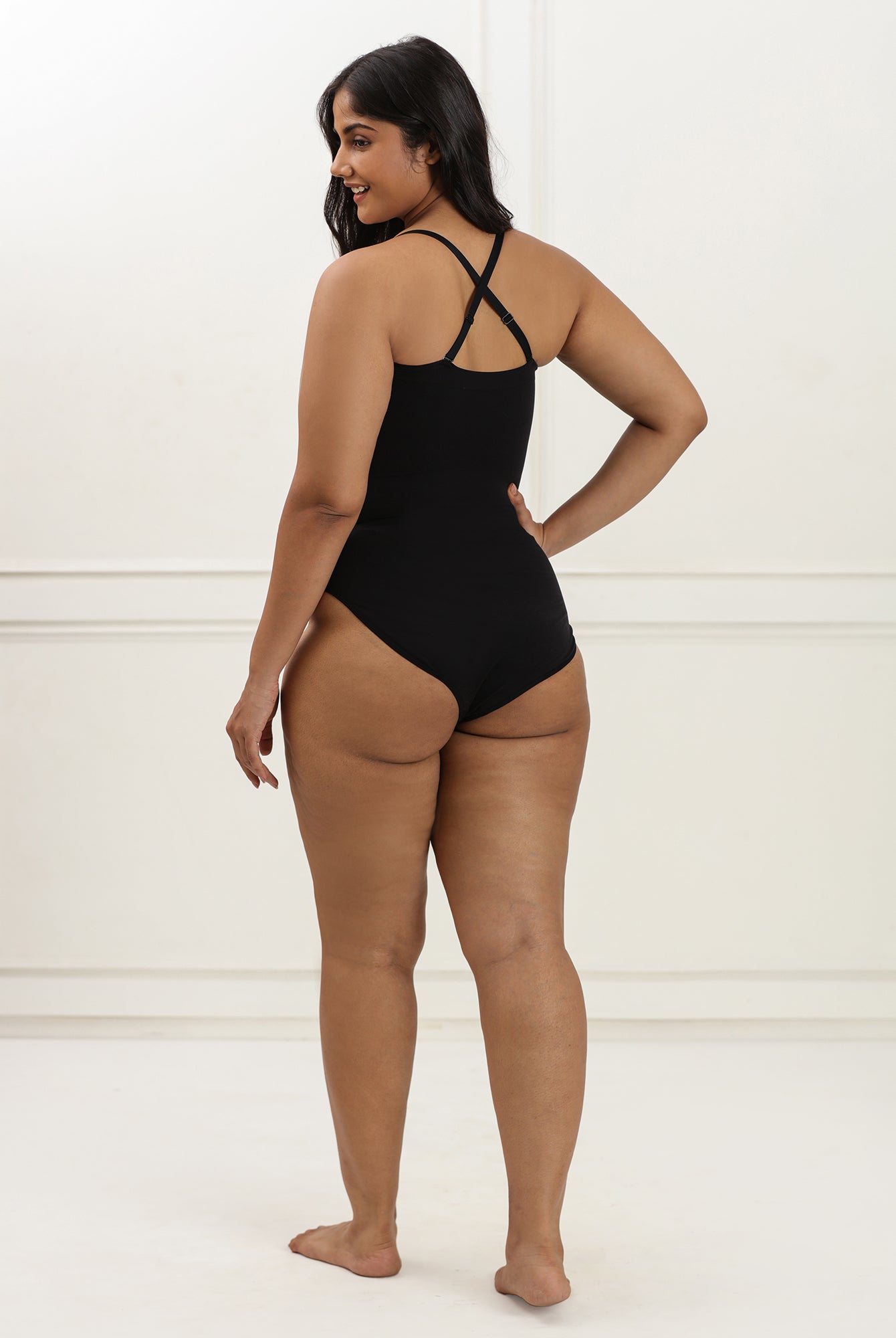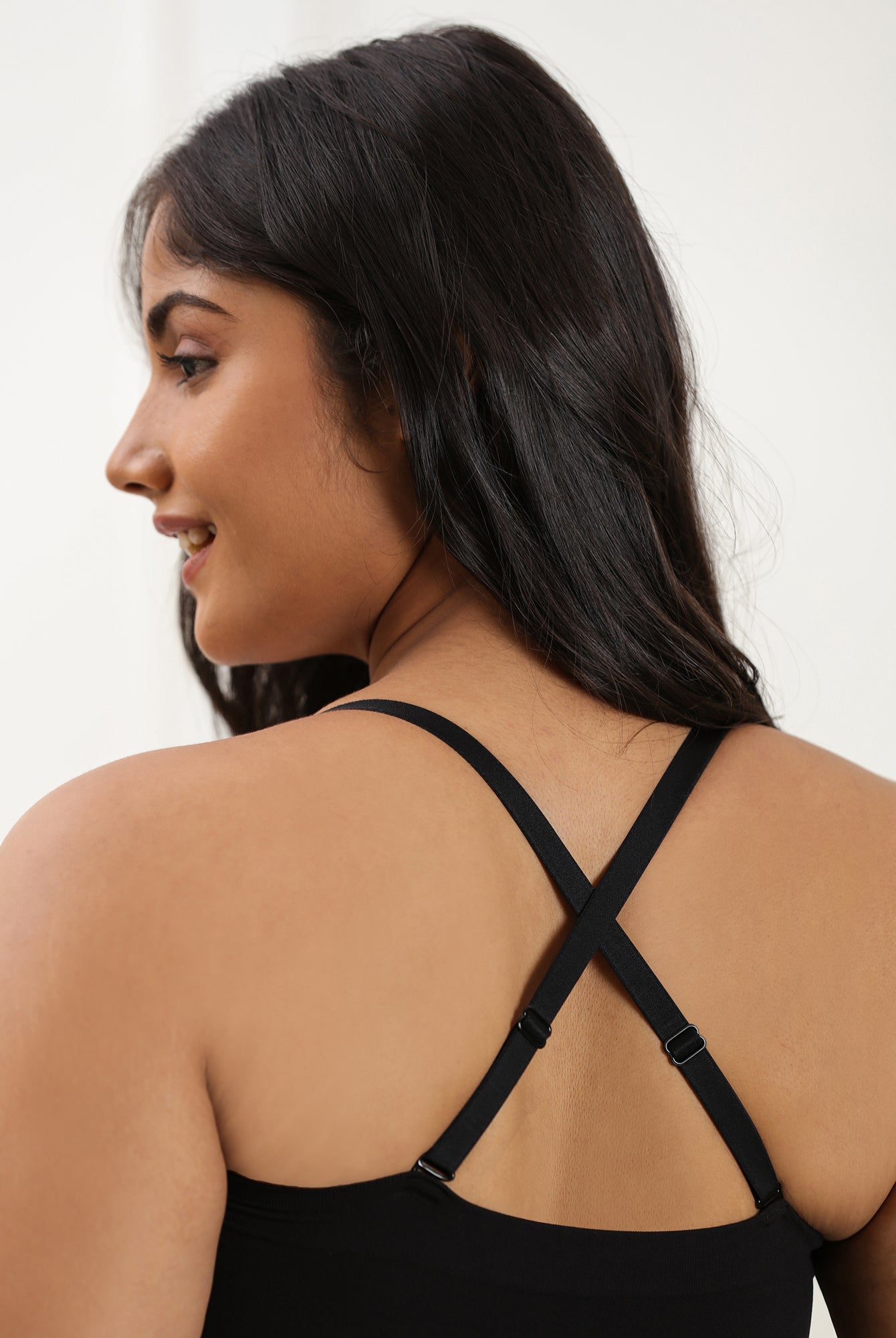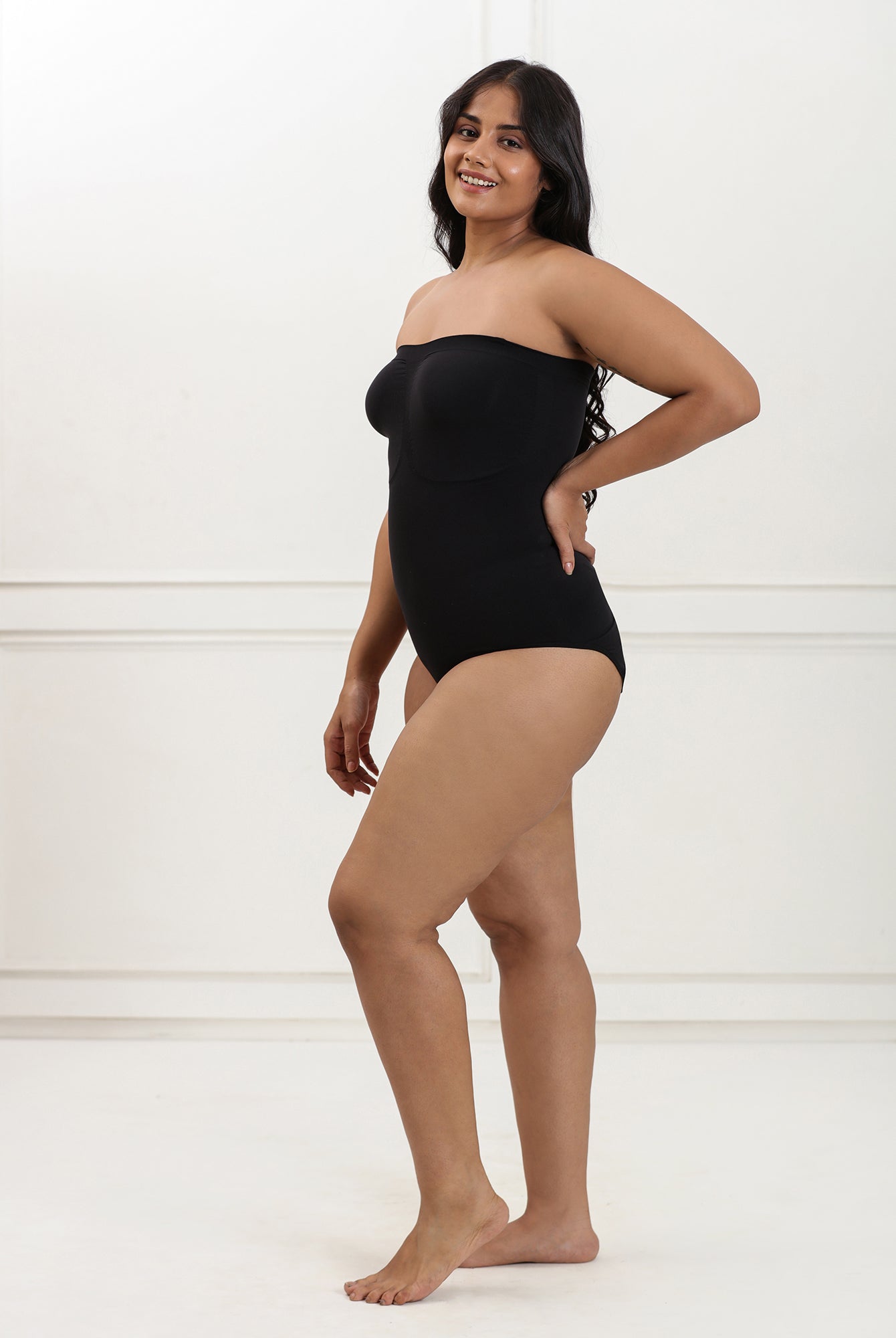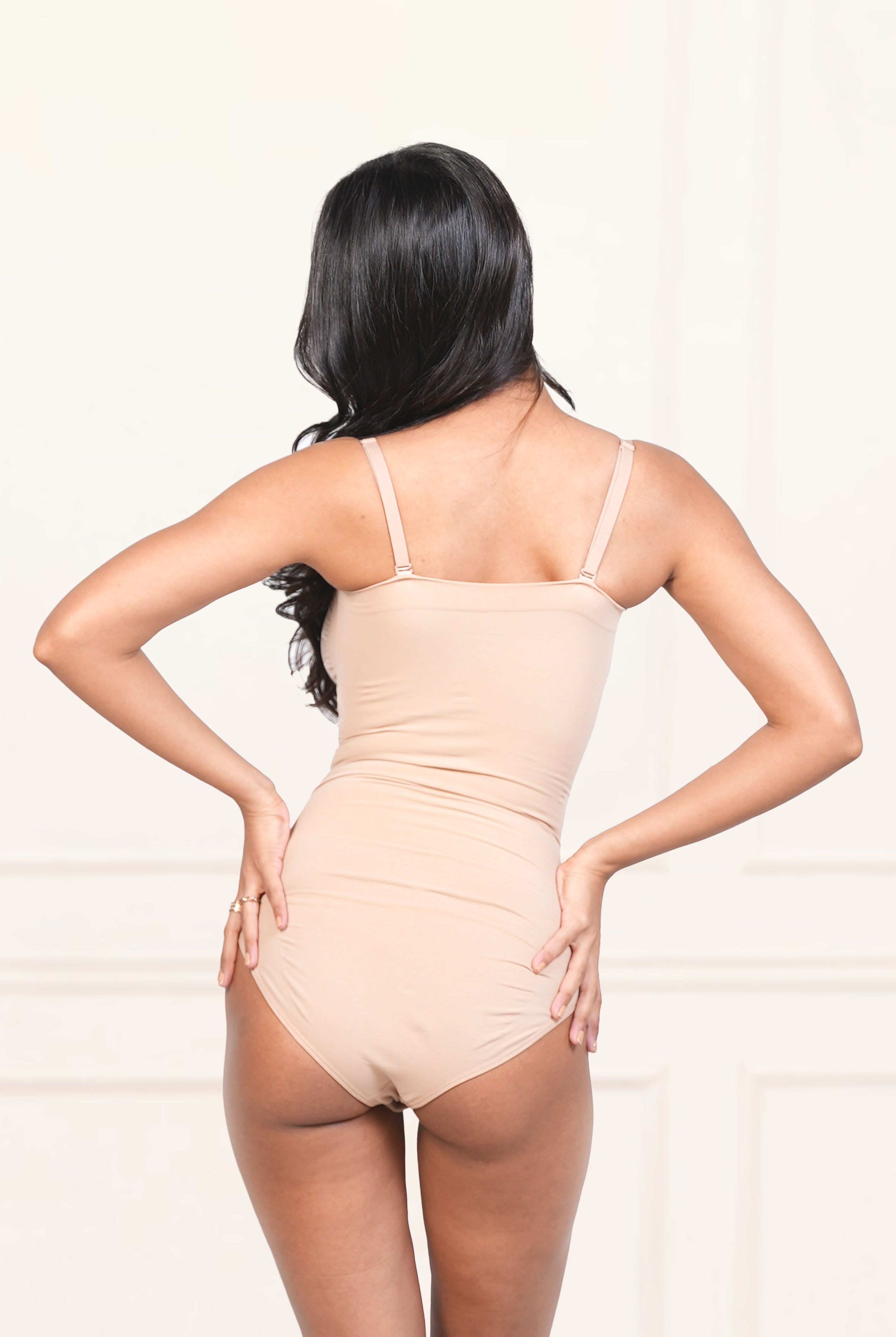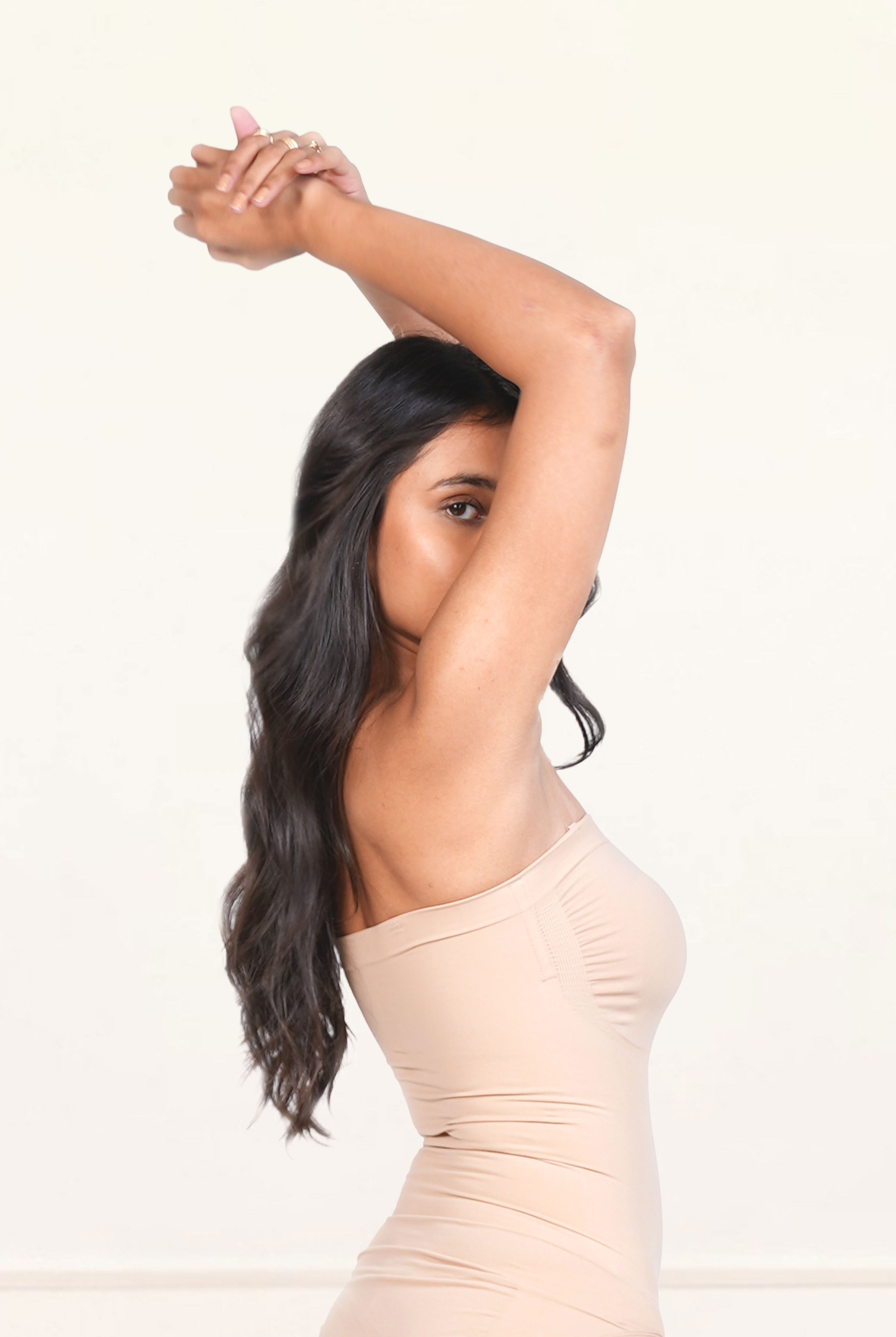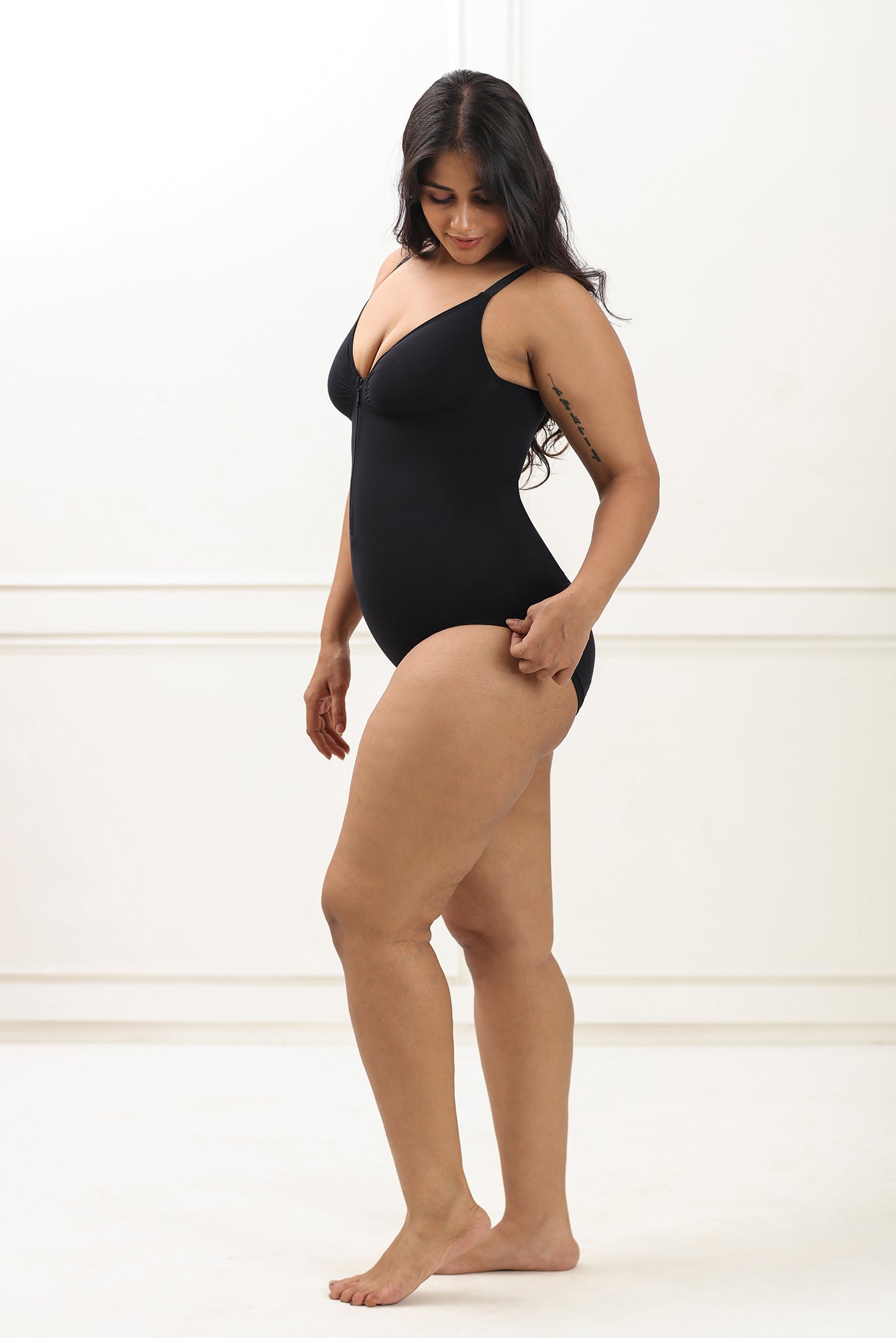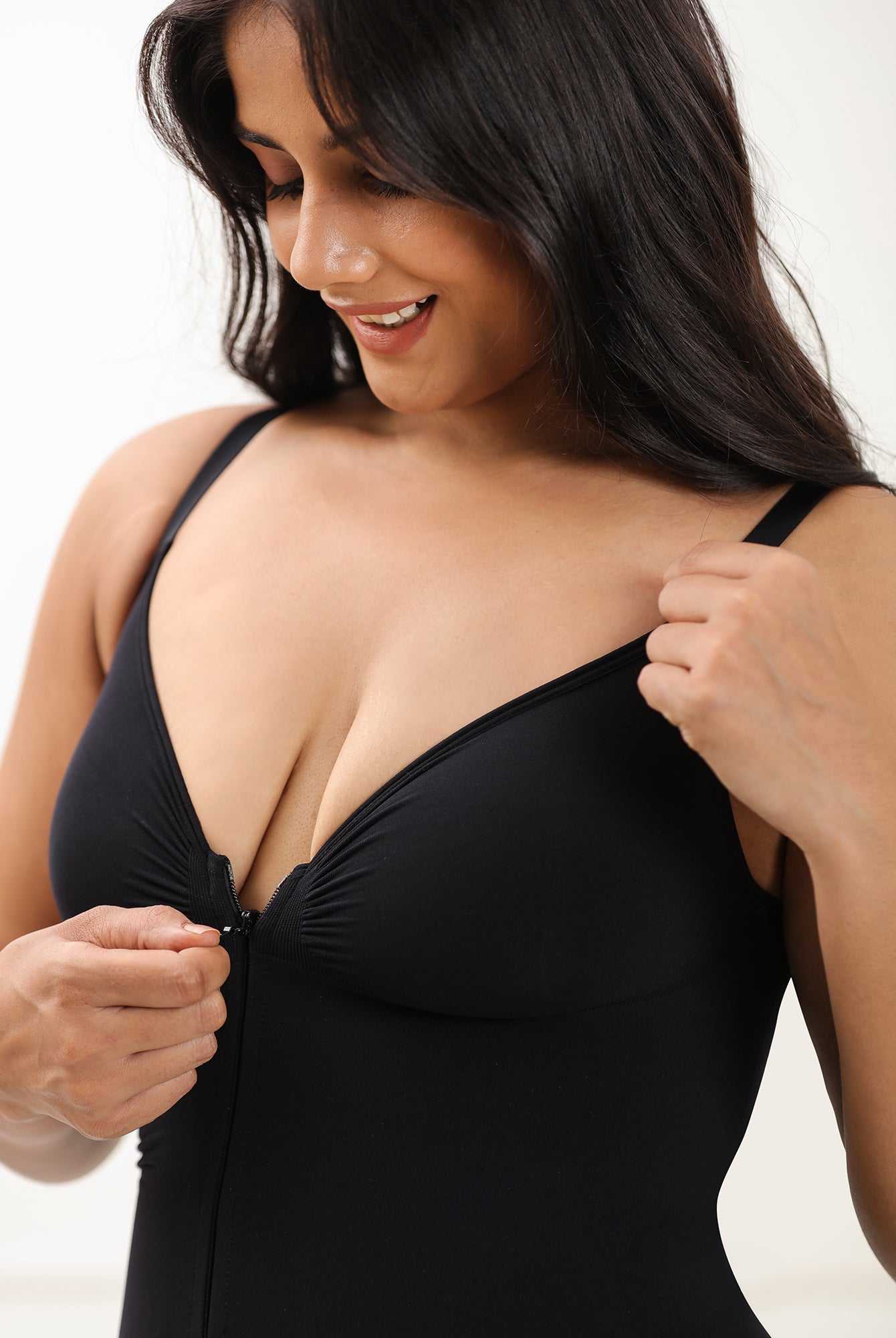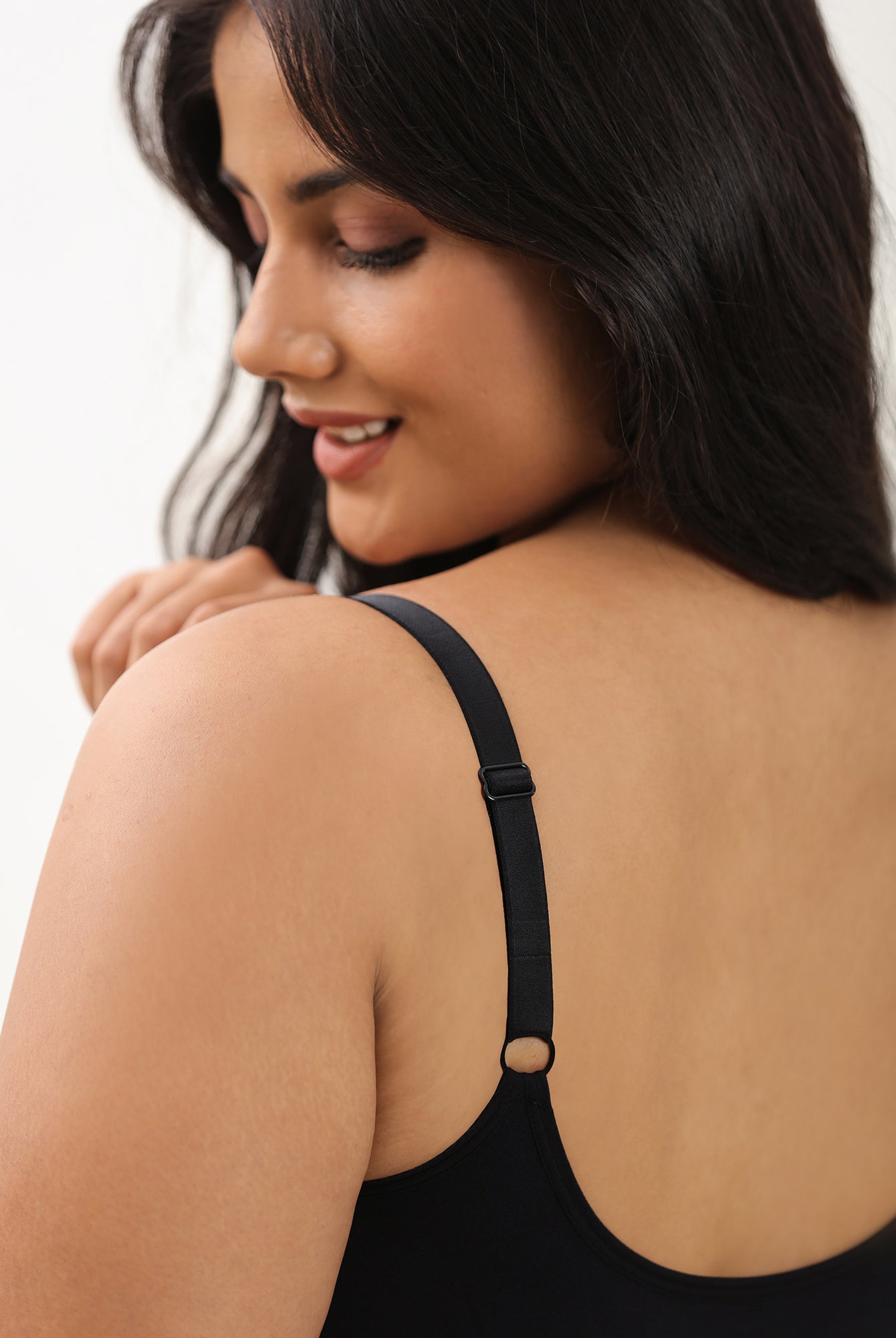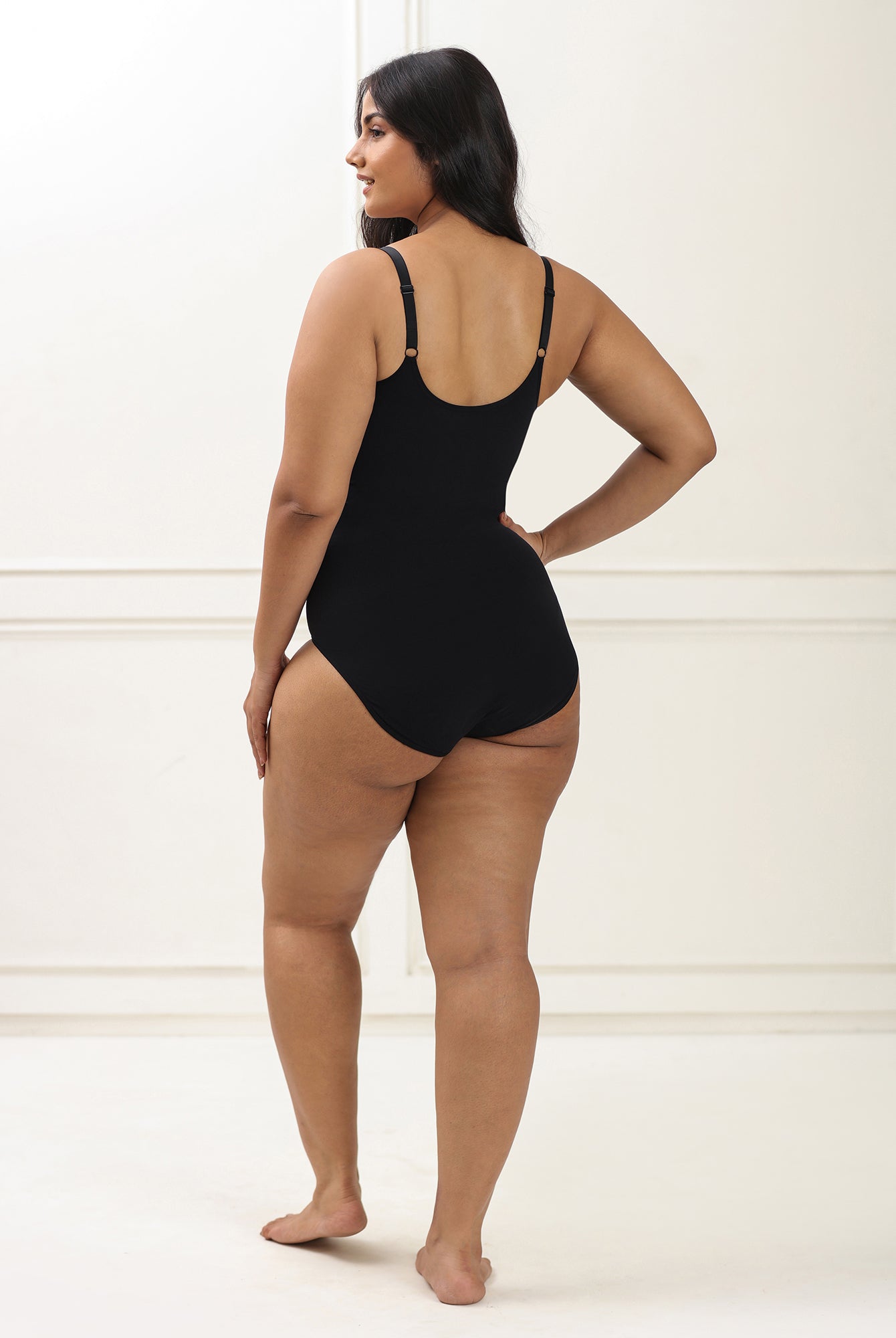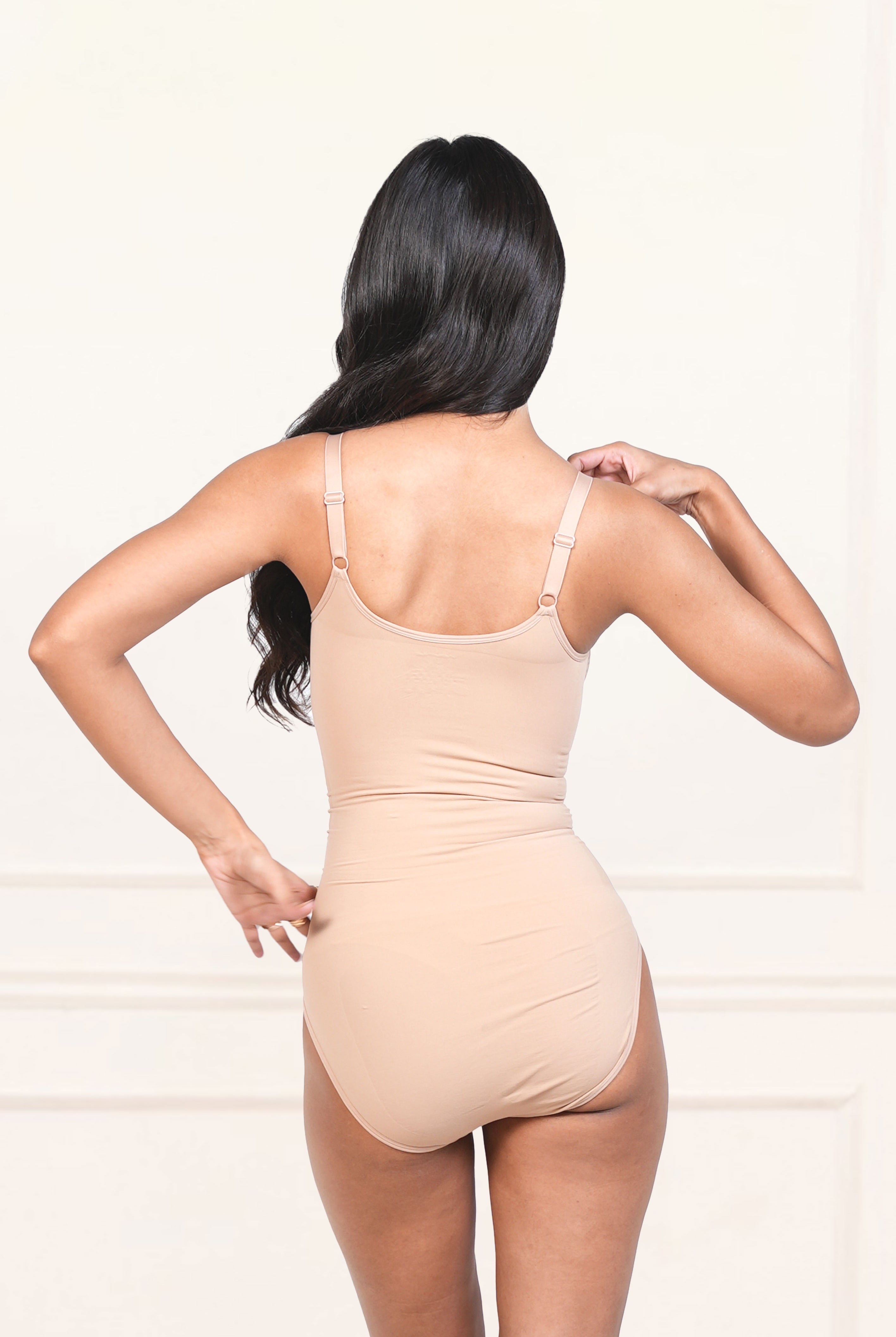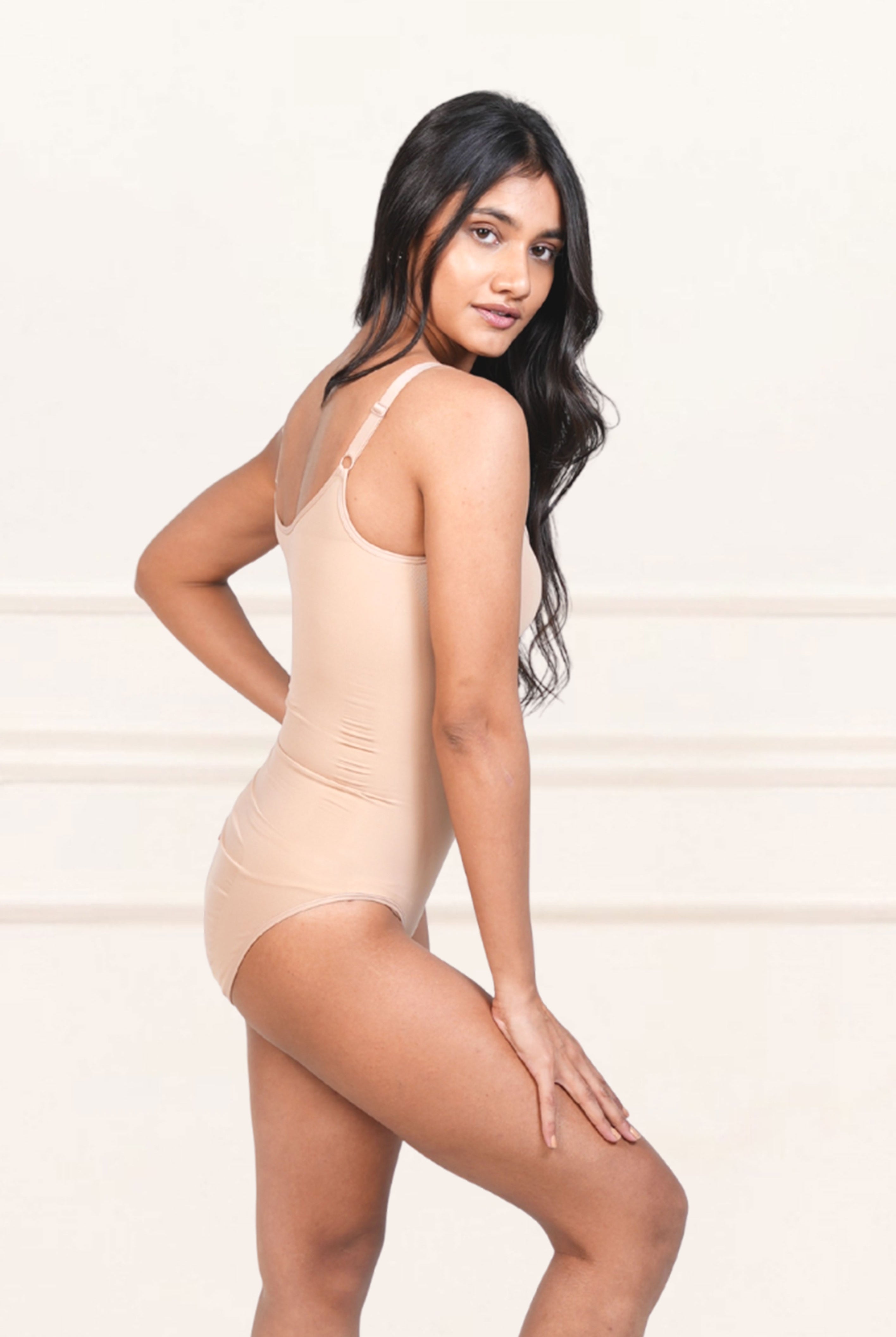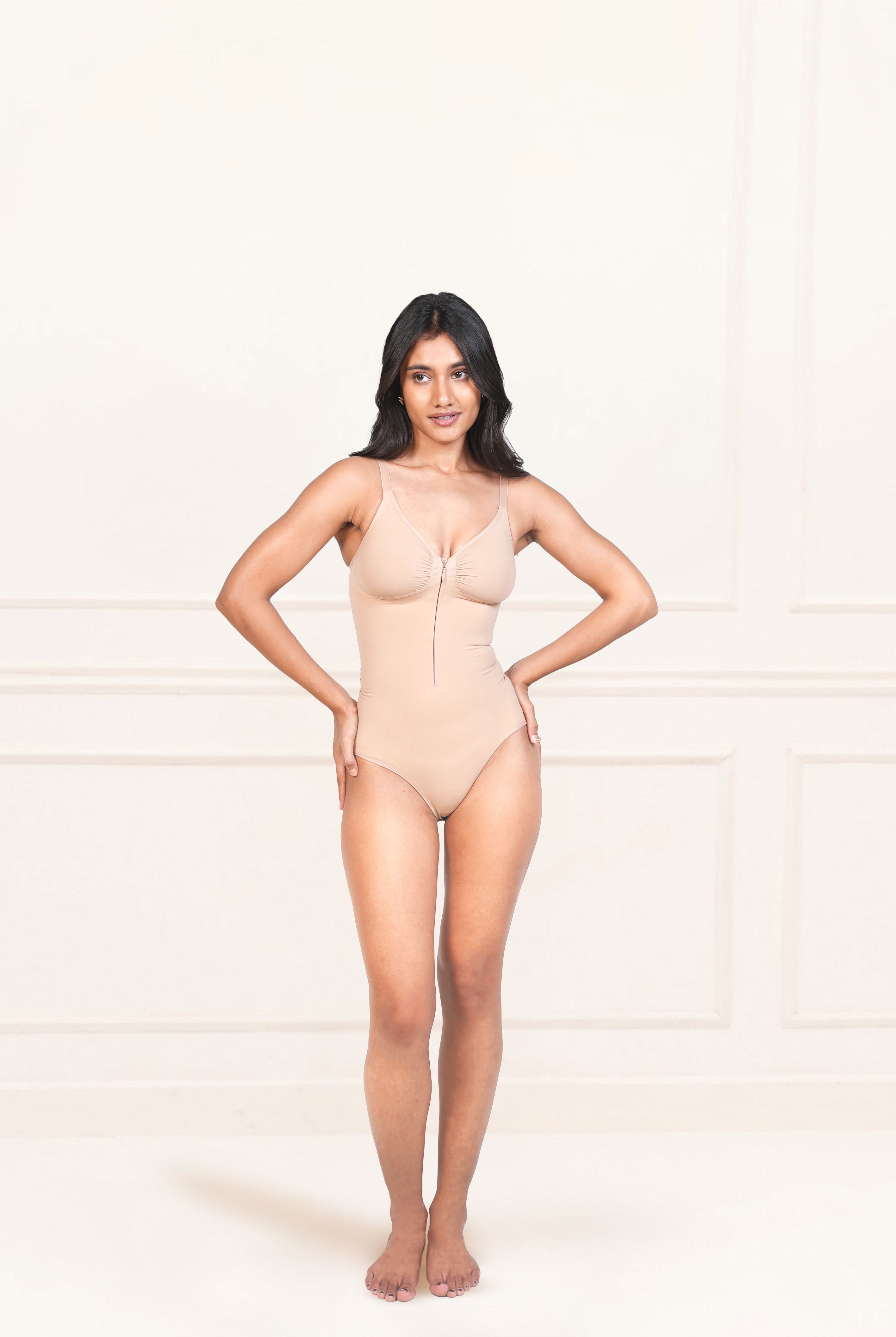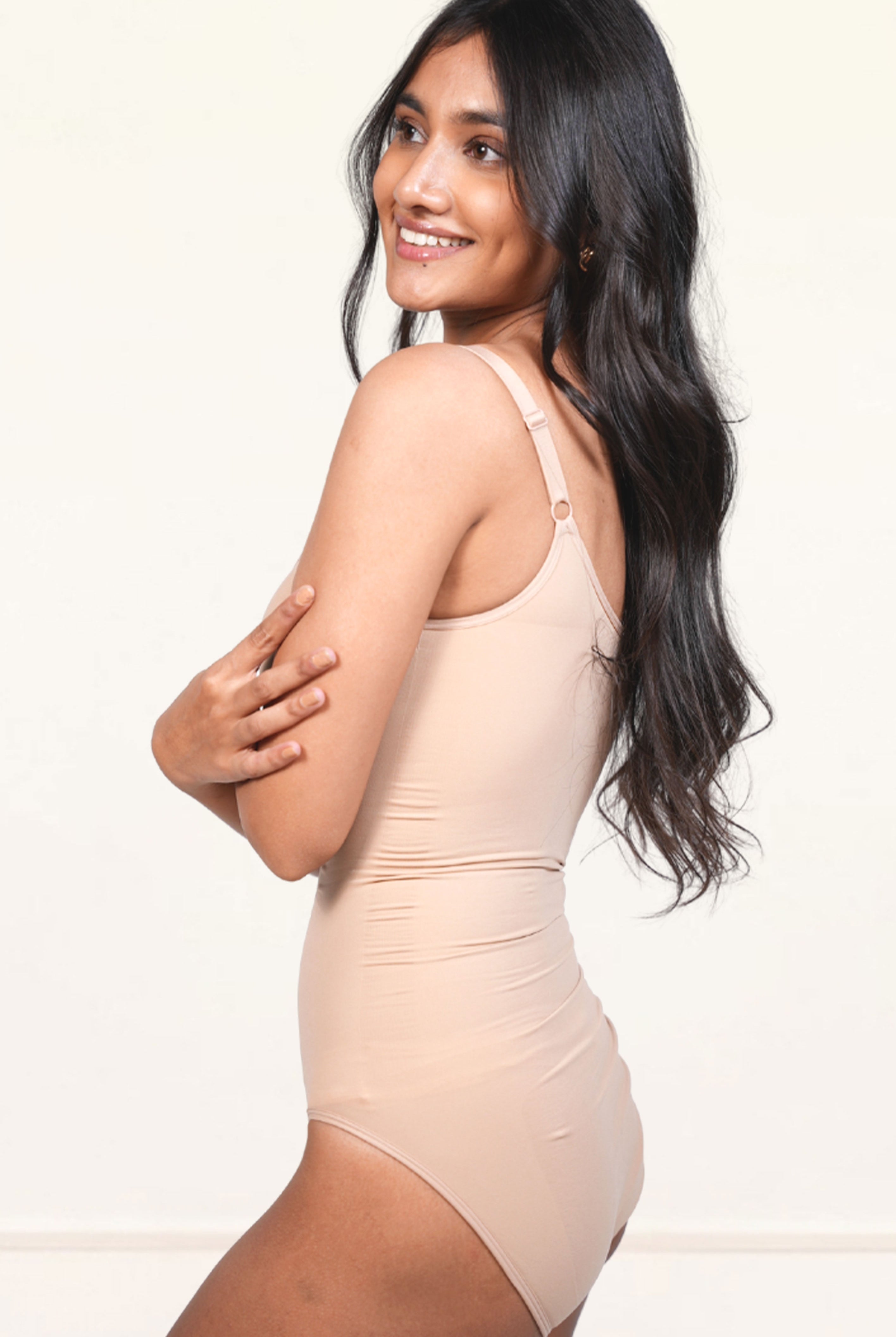Quick Summary
-
The Comfort Factor: Why Women Love Wireless Bras
-
The Science of Bust Support
-
Why Wireless Bras Fail Heavier Busts
-
Can Wireless Bras Still Work for You?
-
Push-Up Bras vs. Wireless Bras
-
Smarter Alternatives for a Wireless Bra
-
The Underneat Equation
-
Final Thoughts: Balancing Comfort and Support
Whether you’re from the generation that debated between Edward or Jacob or the one that’s debating team Conrad or Jeremiah, there’s one love triangle that’s been constant - the one between heavy-chested girlies, wireless and wired bras.
Wireless bras are often marketed as the ultimate answer to comfort: no wires poking, no stiff bands, no feeling trapped in your own lingerie. For smaller or medium busts, this promise works well. But if you have a heavier bust, you’ve likely discovered the harsh reality: wireless bras sometimes fail to give the support you really need.
Let’s break down the why of this and smarter alternatives that balance comfort and structure.
The Comfort Factor: Why Women Love Wireless Bras
We can all agree on the fact that the comfort of wireless bras is equivalent to that of lying on your bed after a long day. Wireless bra feels like a gentle hug with its soft, lightweight, and breathable fabric, that is flexible enough for everyday lounging. They’ve become the go-to choice for quick errands, Netflix marathons, and even working from home.
But here’s the catch: if you have a heavier bust, comfort without structure often leads to sagging, shoulder pain, and spillage (and you’re telling us that somehow that doesn’t make things more difficult for us than they already are?). Breast support isn’t just about fabric; it’s about engineering.
The Science of Bust Support
Breasts are supported by Cooper’s ligaments. They’re delicate connective tissues that help maintain shape. But these ligaments can’t fight gravity alone, especially when it comes to women with heavier busts. Bras are meant to take that load off your ligaments, shoulders, and back.
Underwire bras use a solid anchor to lift and redistribute weight. Wireless bras, however, rely only on elastic bands and fabric. For women with heavier breasts, that simply isn’t enough, and the result? Sagging, strain, and posture struggles that make your life even more difficult.
Why Wireless Bras Fail For Heavier Busts
Lack of Lift
Wireless bras often “hold” but don’t truly lift. Heavier busts sit lower on the chest, pulling shoulders forward and making clothes fit awkwardly.
Side Spillage
Without strong side panels or wires, your breast tissue can escape sideways like the little criminals they are. Cue the constant adjusting under kurtis, tees, and blouses.
Strap Strain
Fabric Stretch
Elastic stretches faster with heavier loads. A wireless bra that felt secure on Day 1 can lose shape within weeks.
Sweat and Humidity
In India’s hot, sticky climate, wireless bras cling uncomfortably to the skin. Without airflow channels, sweat causes irritation and rashes.
Can Wireless Bras Still Work for You?
Yes, but only in the right conditions. Think of them as part-time comfort wear, not all-day partners. Wireless bras are fine if:
-
They have broad bands for stability
-
Provide full coverage cups with reinforced seams
-
The fabric is high-quality and less prone to stretching
-
You wear them for short durations
Push-Up Bras vs. Wireless Bras
If lift and shape are your priority, then push-up bras beat wireless bras hands down. Their structured cups and padding help elevate the bust, prevent sagging, and create a smoother silhouette. While they’re often seen as “cleavage bras,” for heavier busts, they’re actually functional allies and not just a fashion trend.
Smarter Alternatives for a Wireless Bra
Instead of struggling with a wireless bra all day, try:
-
Support bras with stronger bands and wider straps
-
Minimizer bras to distribute tissue evenly
-
Underwire bras for reliable long-term support
-
Push-up bras when you want lift and shape
-
Hybrid bras that combine soft fabrics with light flexi-wires
The Underneat Equation
At Underneat, we see a bra as more than just lingerie, it’s a crucial piece of body shaping, supporting your posture, health, and confidence. That's why we engineer our collection with real Indian women and real bodies in mind, tackling everything from humid weather to long days.
Here’s how our shapewear bras are designed to offer specialized support:
-
Support Bras: They smooth and hold without digging in, acting like a gentle shaper for your back and sides.
-
Push-Up Bras: Get a beautifully sculpted natural lift that feels comfy all day.
-
Wireless Bras: These feature side and under-bust reinforcement panels to provide shaping and reliable support, minus the wire.
-
Inclusive Sizing: Our sizes are made for real curves, ensuring every woman gets the tailored fit and shaping she deserves, not just a model's figure.
Final Thoughts: Balancing Comfort and Support
You can accidentally bake a good cookie, but you can’t accidentally engineer a supportive bra. That takes precision, not a slip of the wrist! It needs a smart decision to ensure the bra suits both your body and outfit.
Wireless bras promise comfort, but for heavier busts, they sacrifice support, ultimately leading to sagging, spillage, and strap strain. The good news? You don’t have to choose. Support bras, push-up bras, and hybrid styles give you both comfort and structure, truly the best of both worlds. And with Underneat, you get bras that shape and move with your body, support your health, and feel like a second skin.
FAQs
Which type of bra is suitable for heavy breasts?
Bras with structured support are best, specifically those with underwire, wide bands, and thick, supportive straps. Styles like minimizer bras, push-up bras, and supportive full-coverage bras help to lift and distribute weight properly. The key is to find a bra that anchors the bust to take the load off your back and shoulders.
Can wireless bras prevent sagging for bigger busts?
Nope! While they can offer comfy support and shaping, no bra can truly "prevent" natural sagging. Think of them as great smoothers, not anti-gravity machines!
Can wireless bras cause back or shoulder pain for heavier busts?
Yes, when you aren’t wearing the right one. For a heavier bust, you need a wireless bra with strong support (like those reinforced panels). A weak or flimsy one won't distribute the weight properly, which can lead to back and shoulder aches.
Is it better to wear a wired or wireless bra?
It depends on your bust size and the occasion. For comfort and lounging, a wireless bra is a cozy choice. However, for heavier busts or for reliable, all-day structure and lift, a wired bra is scientifically better because the underwire redistributes weight and protects your Cooper's ligaments.











